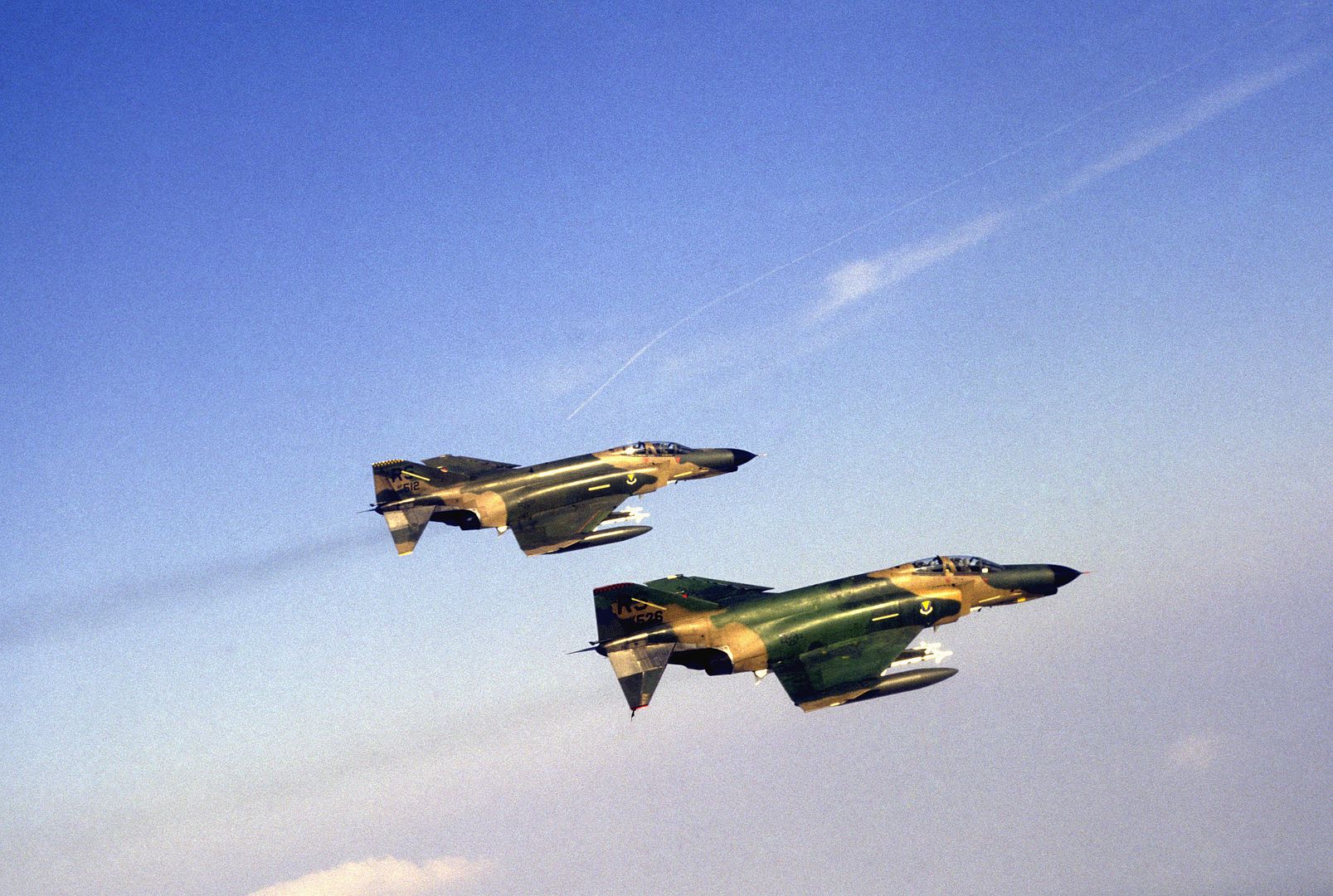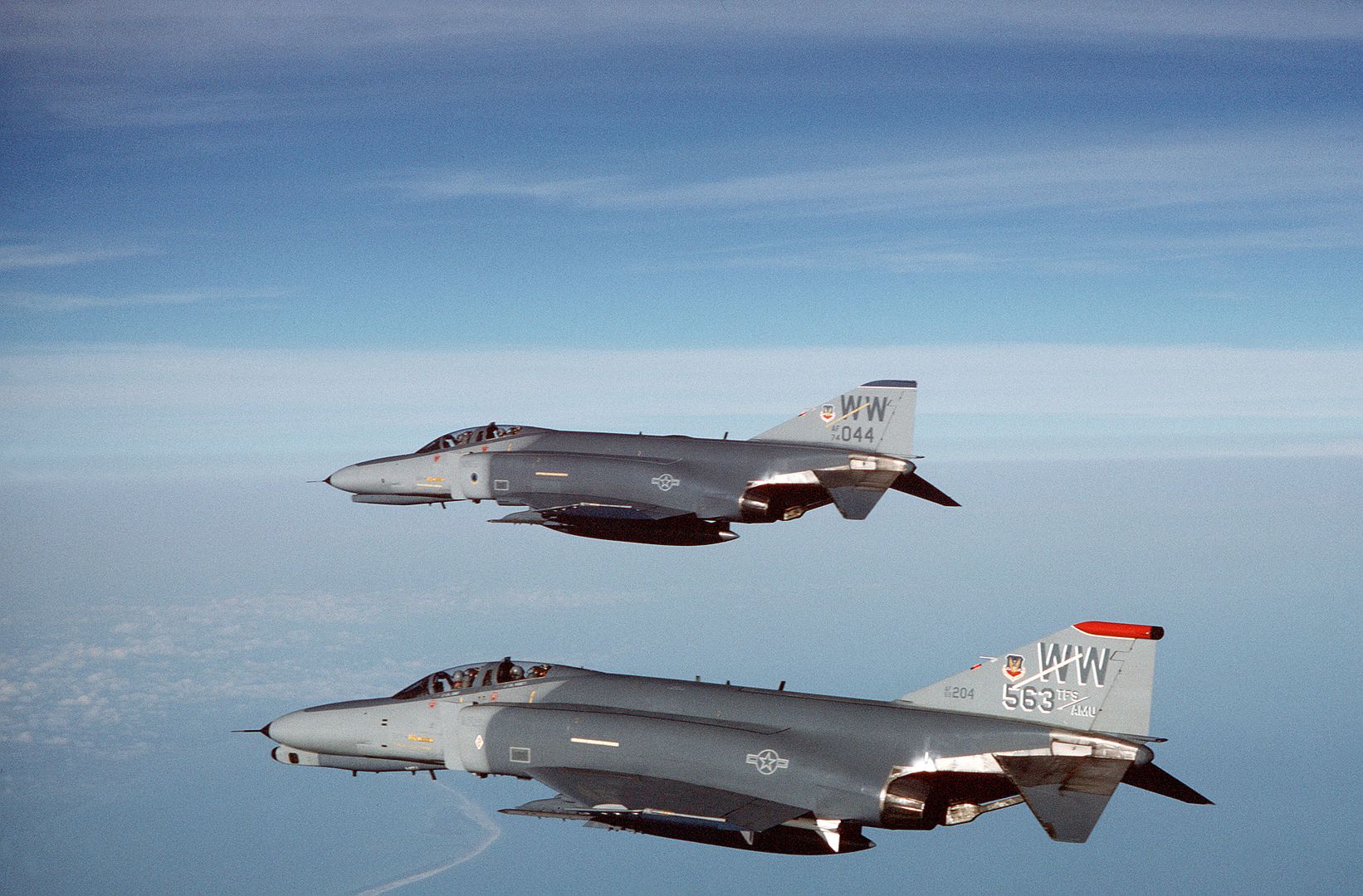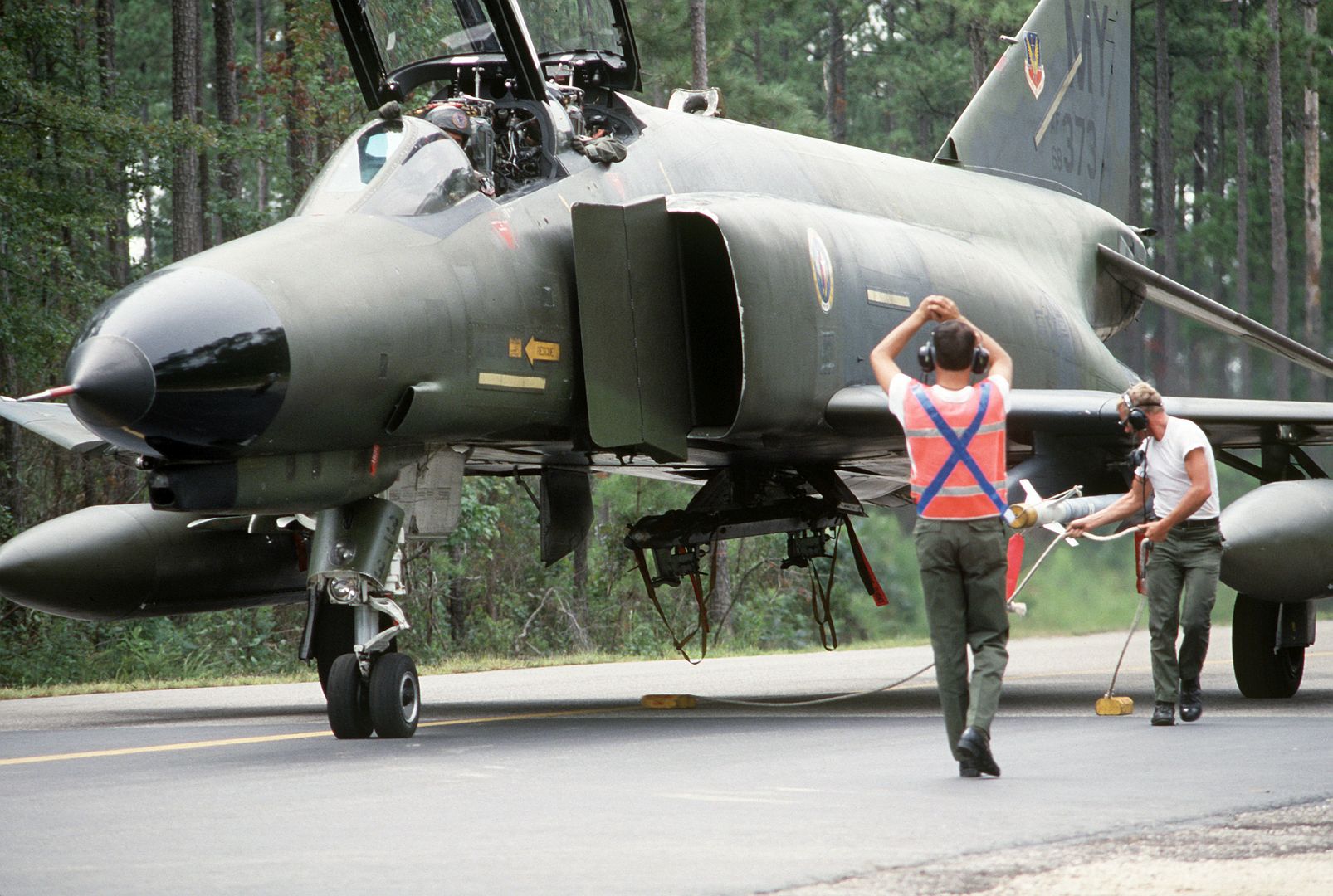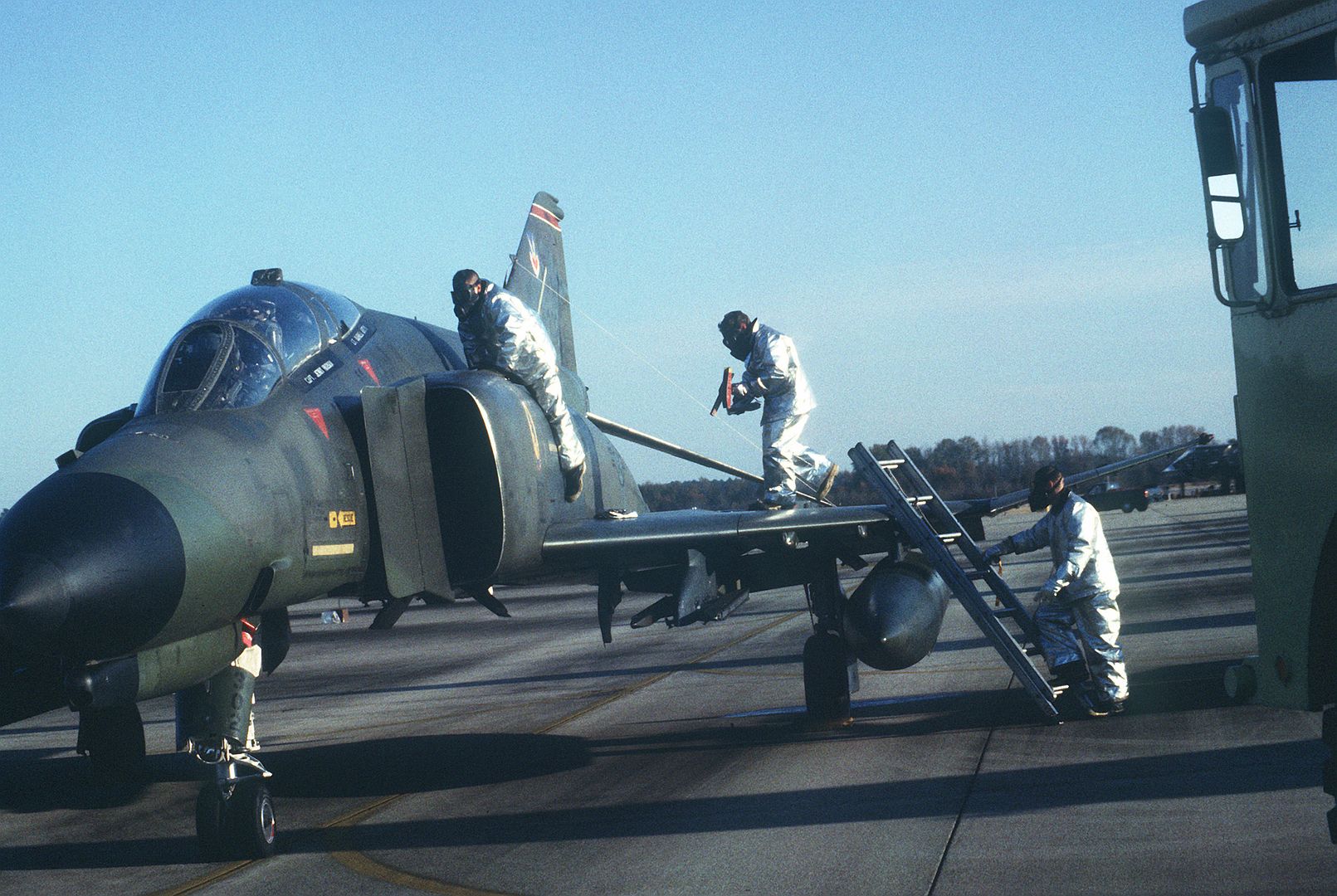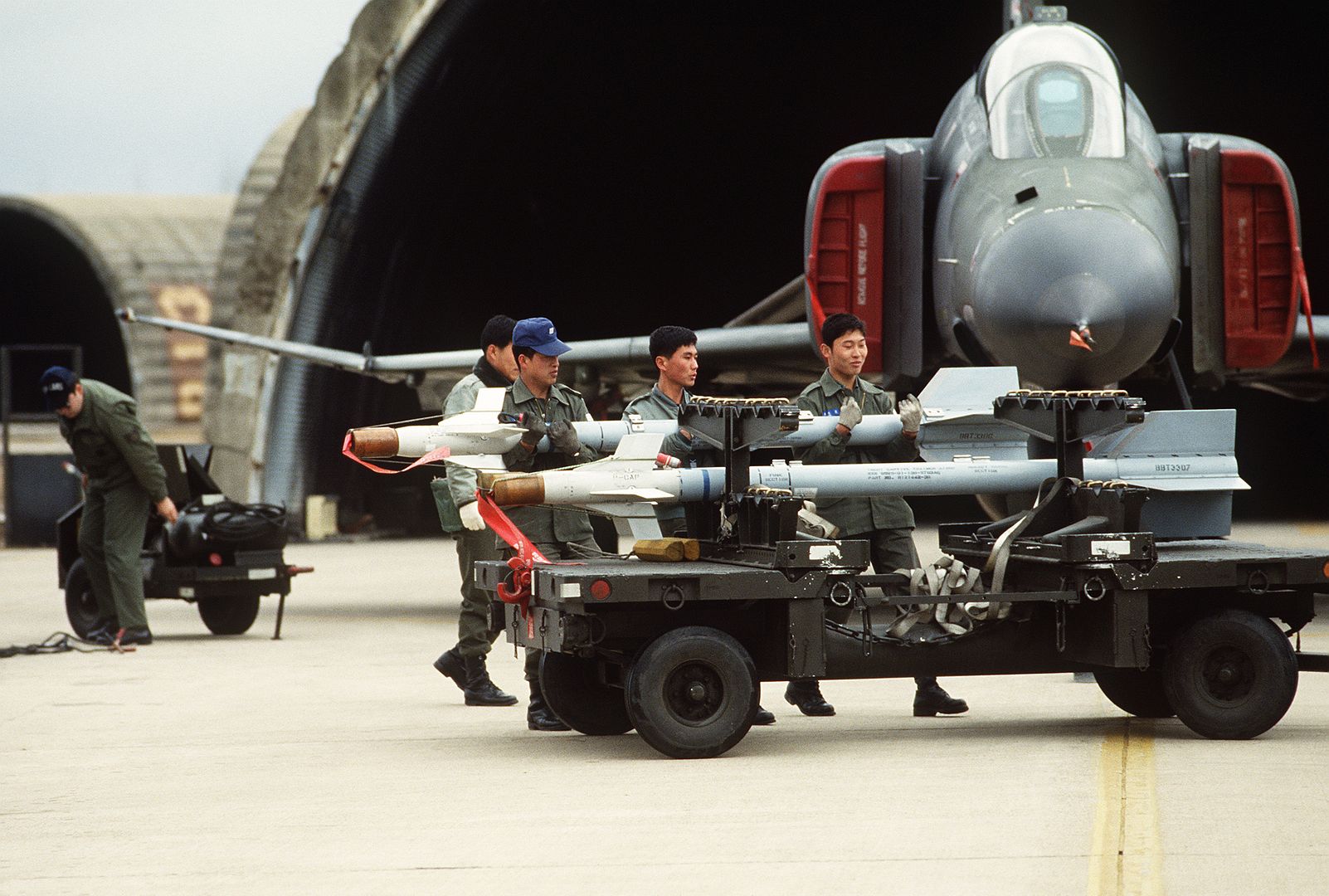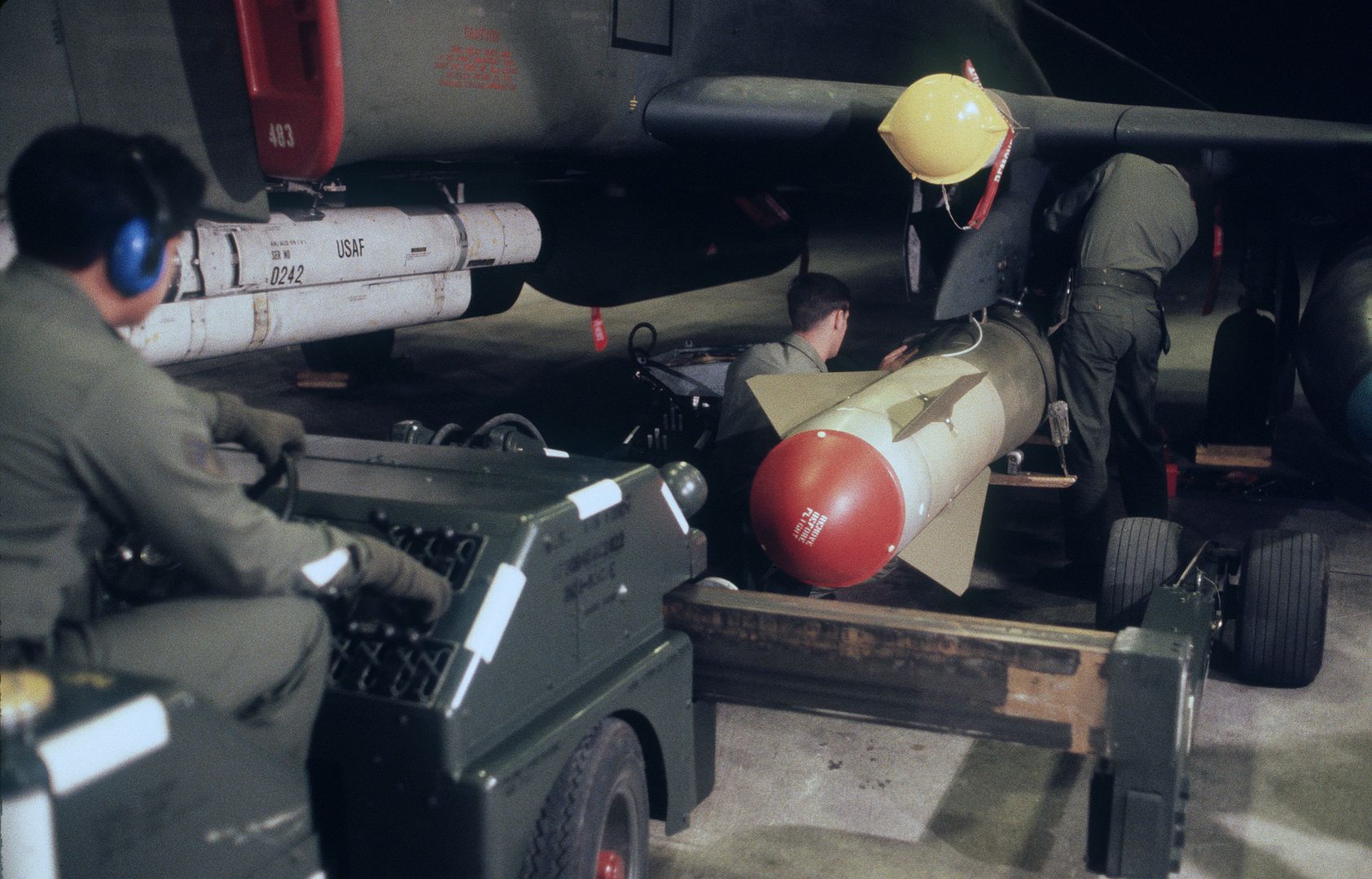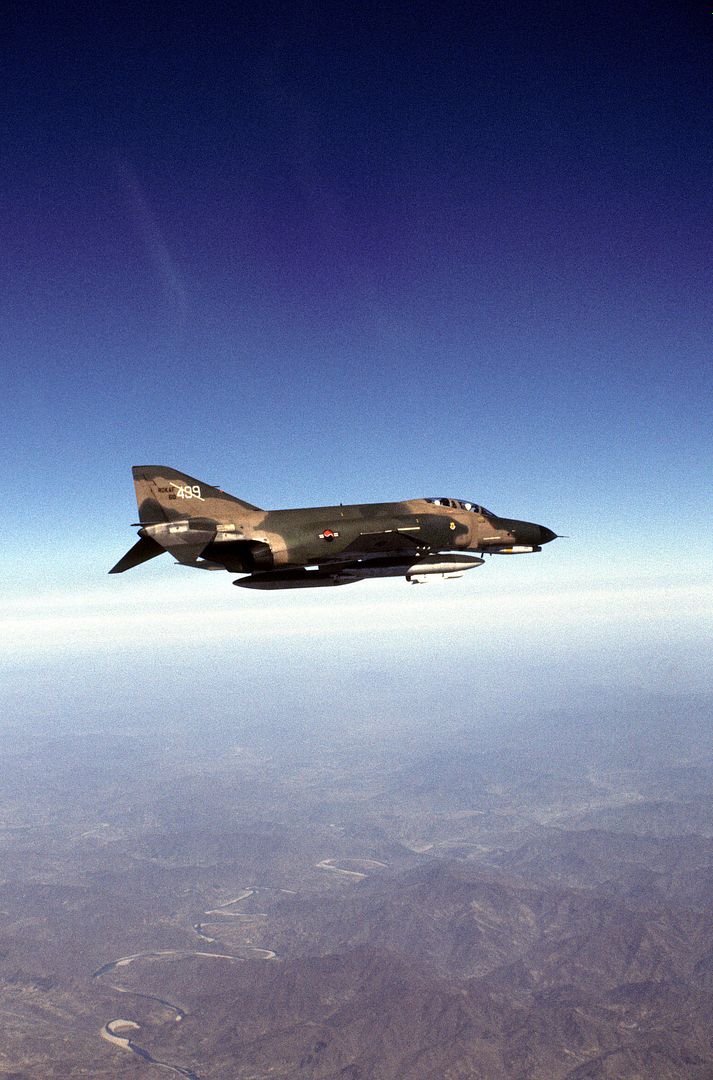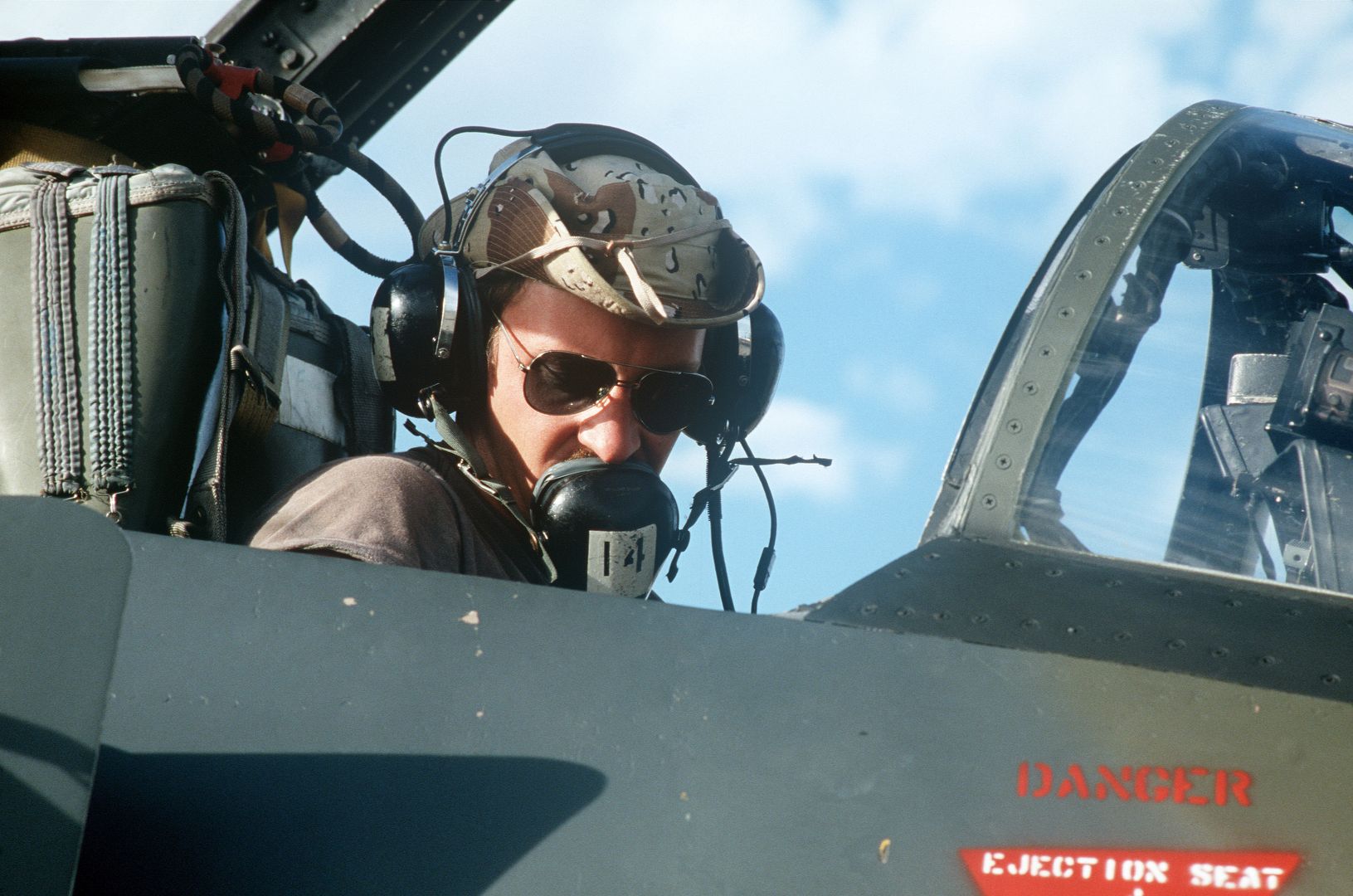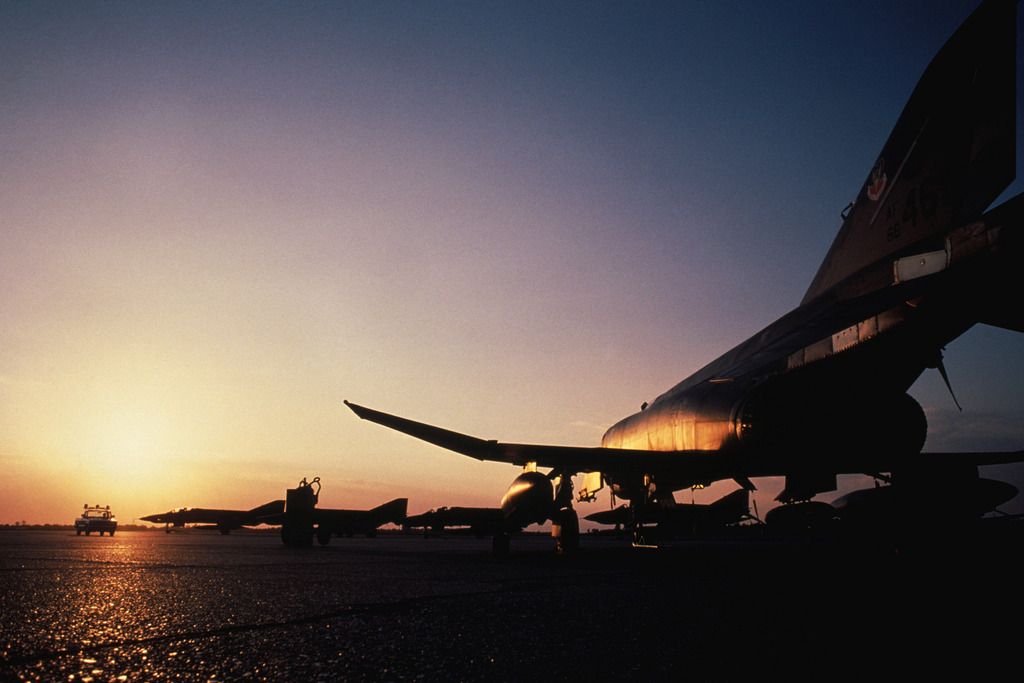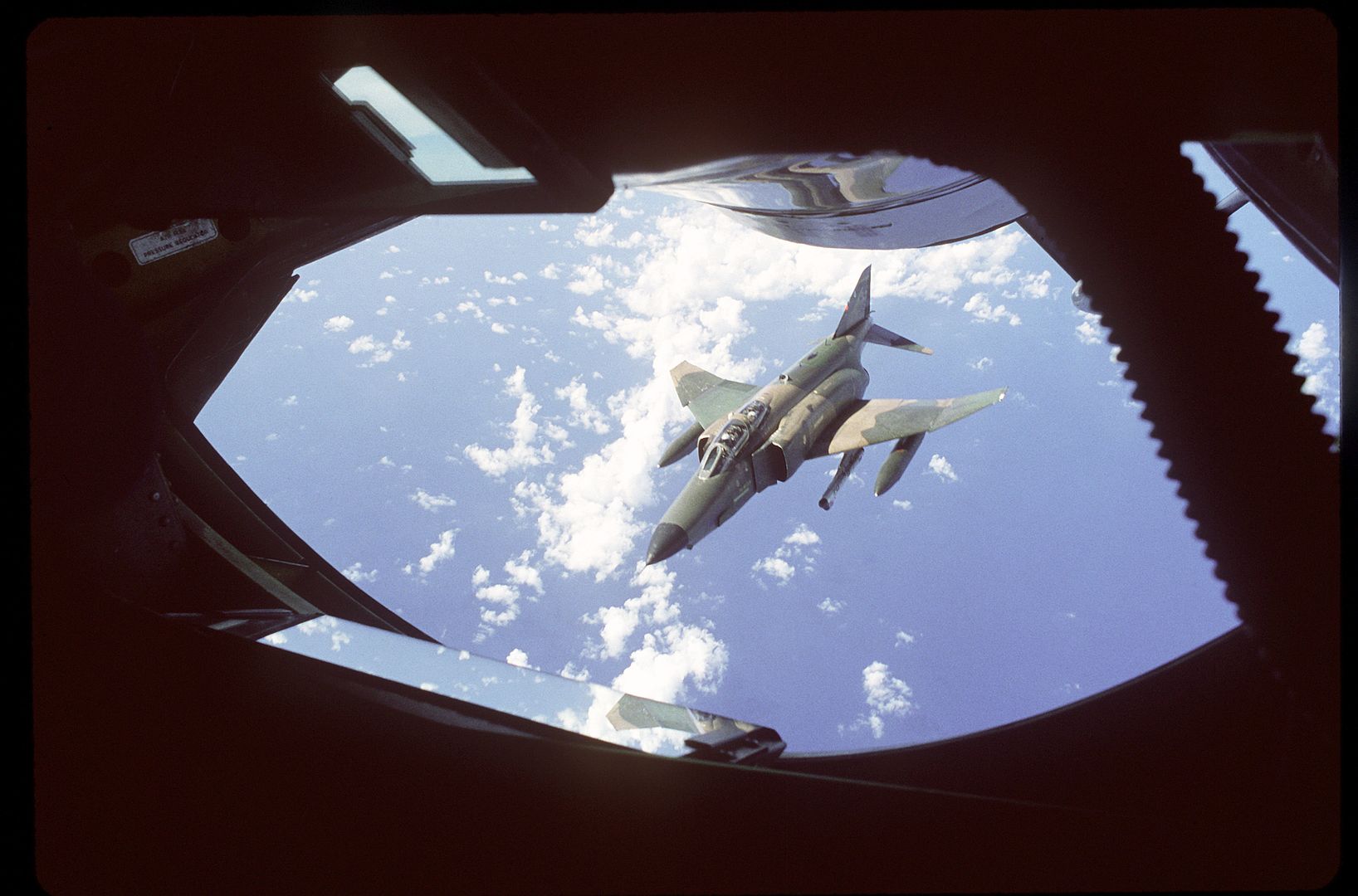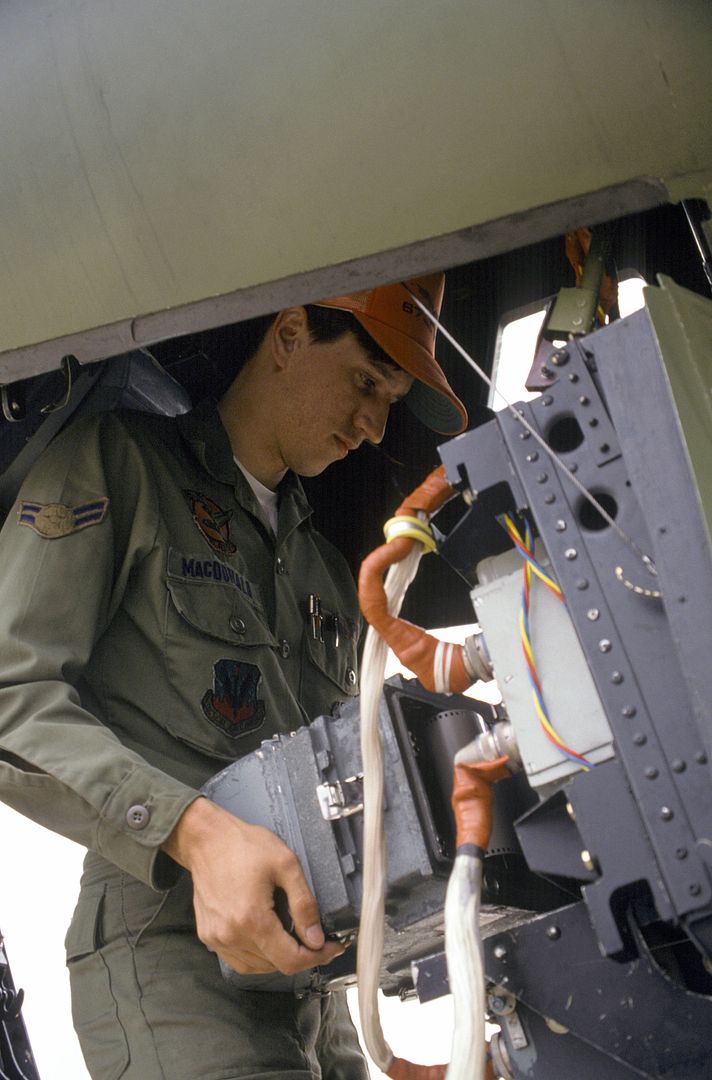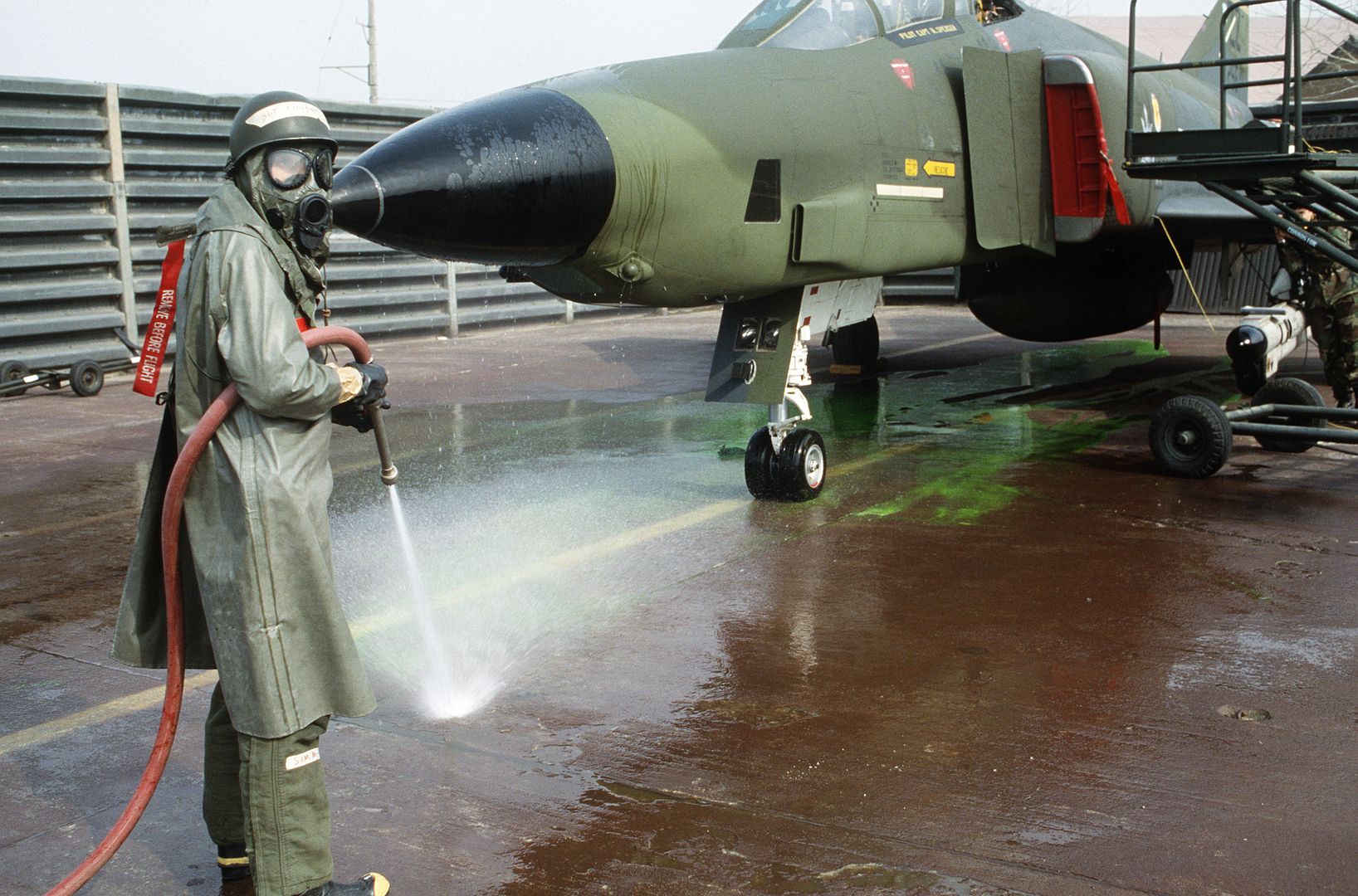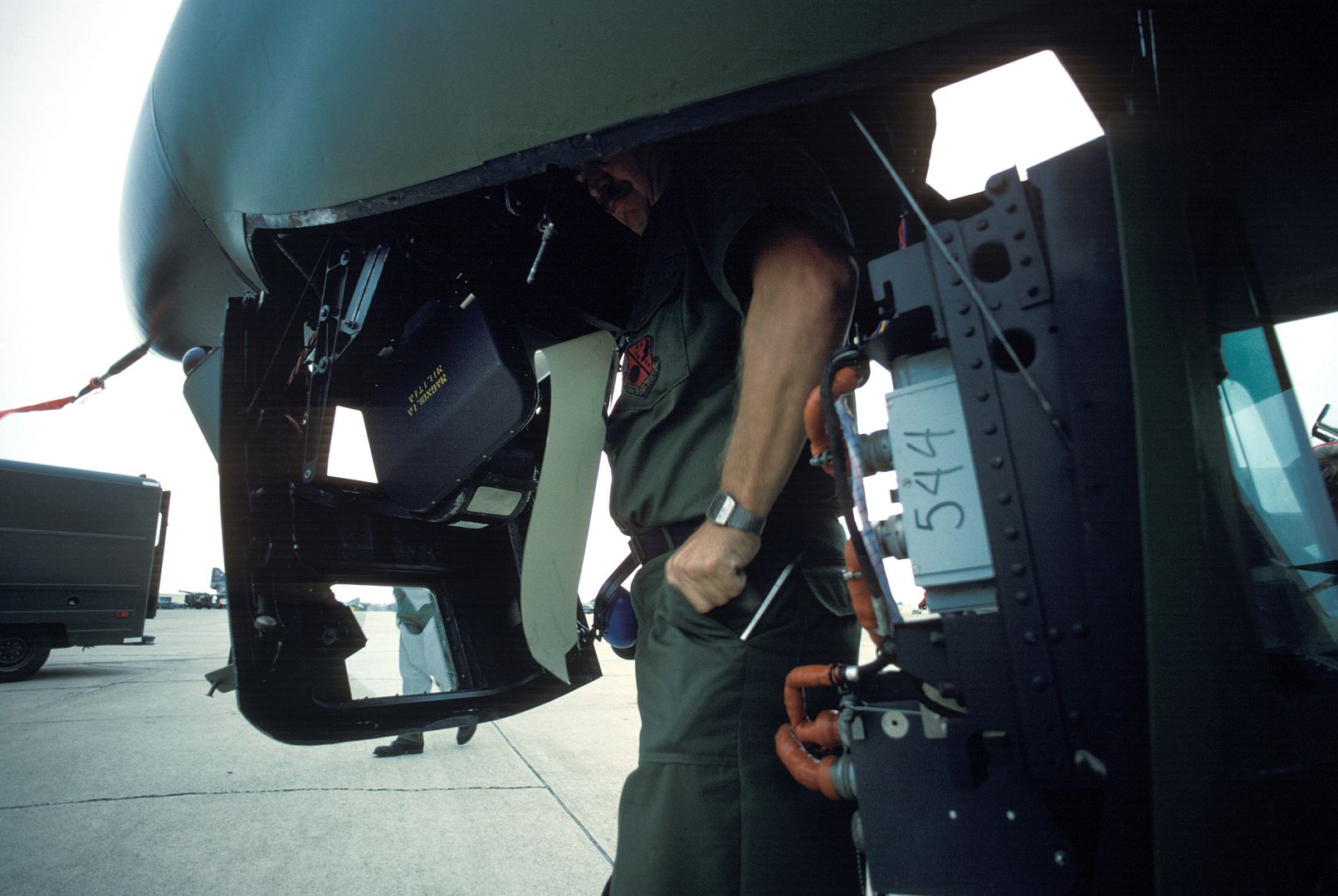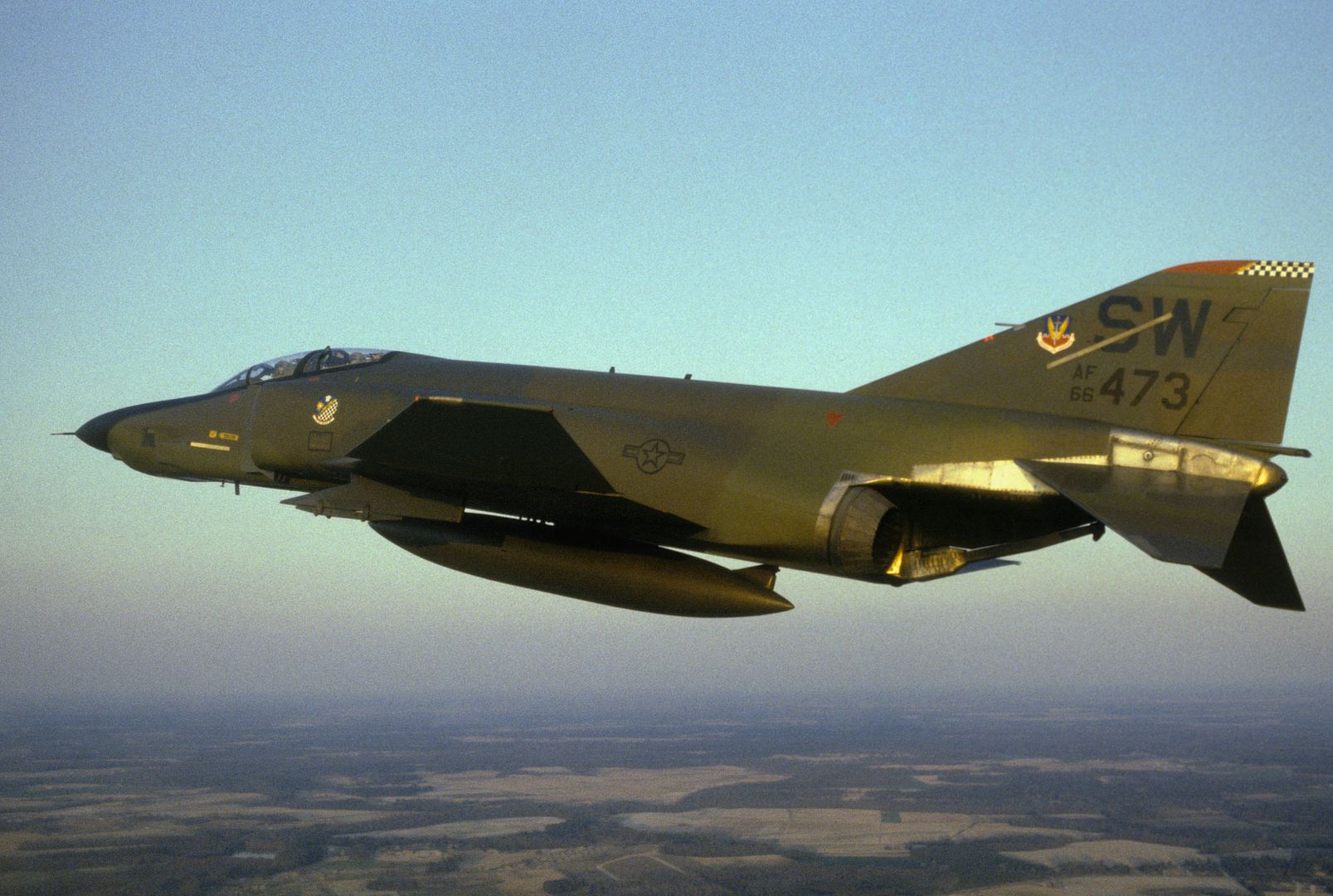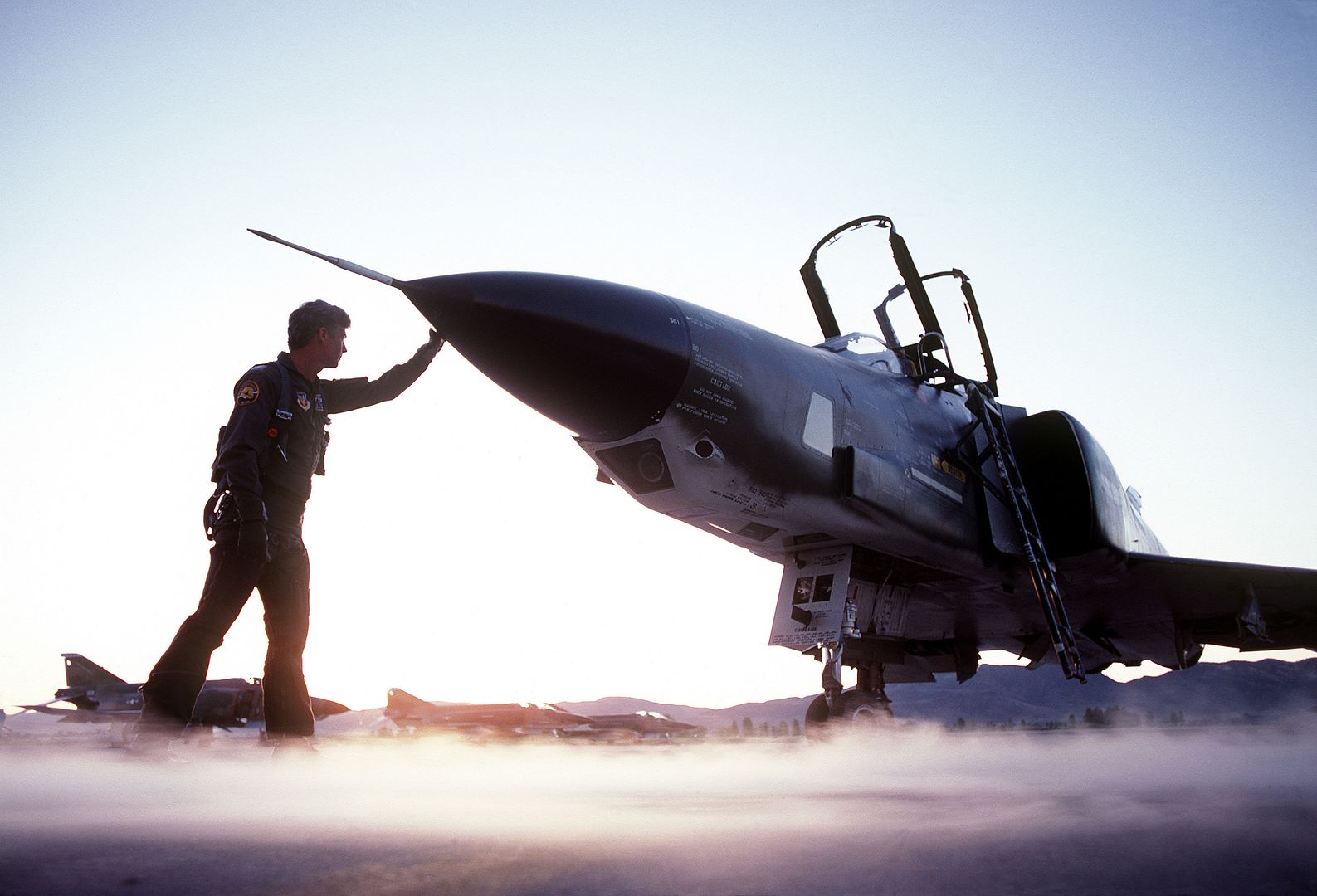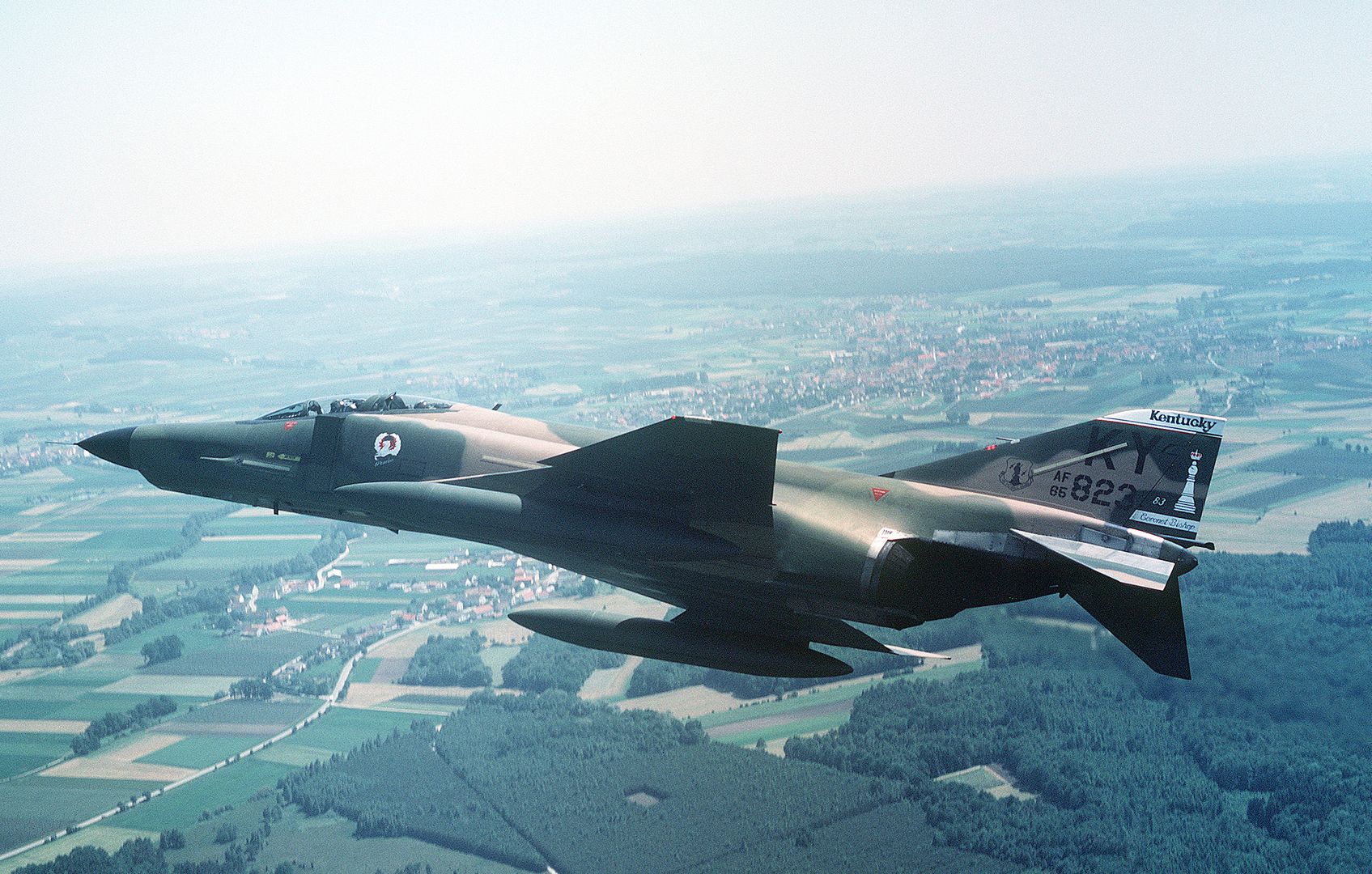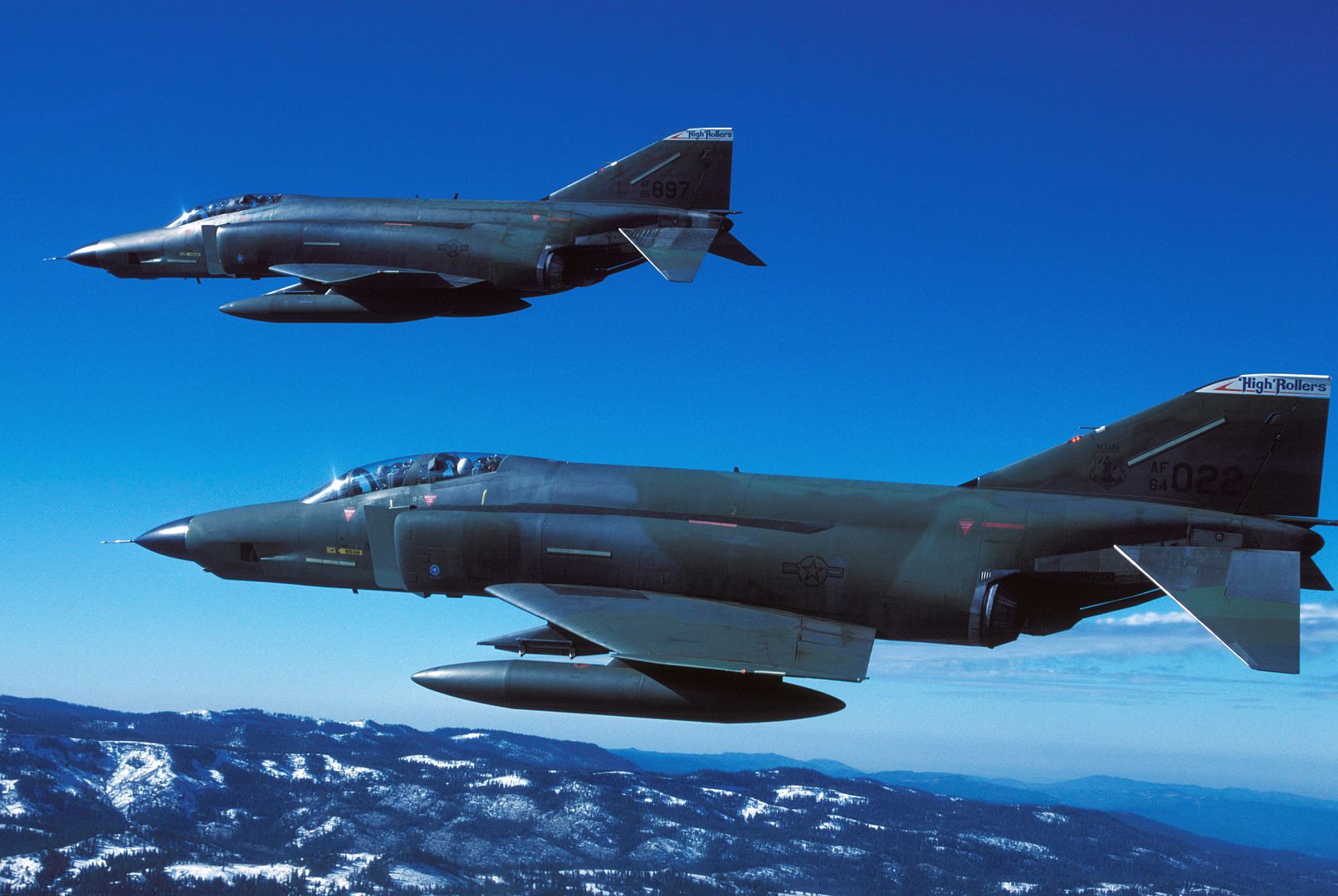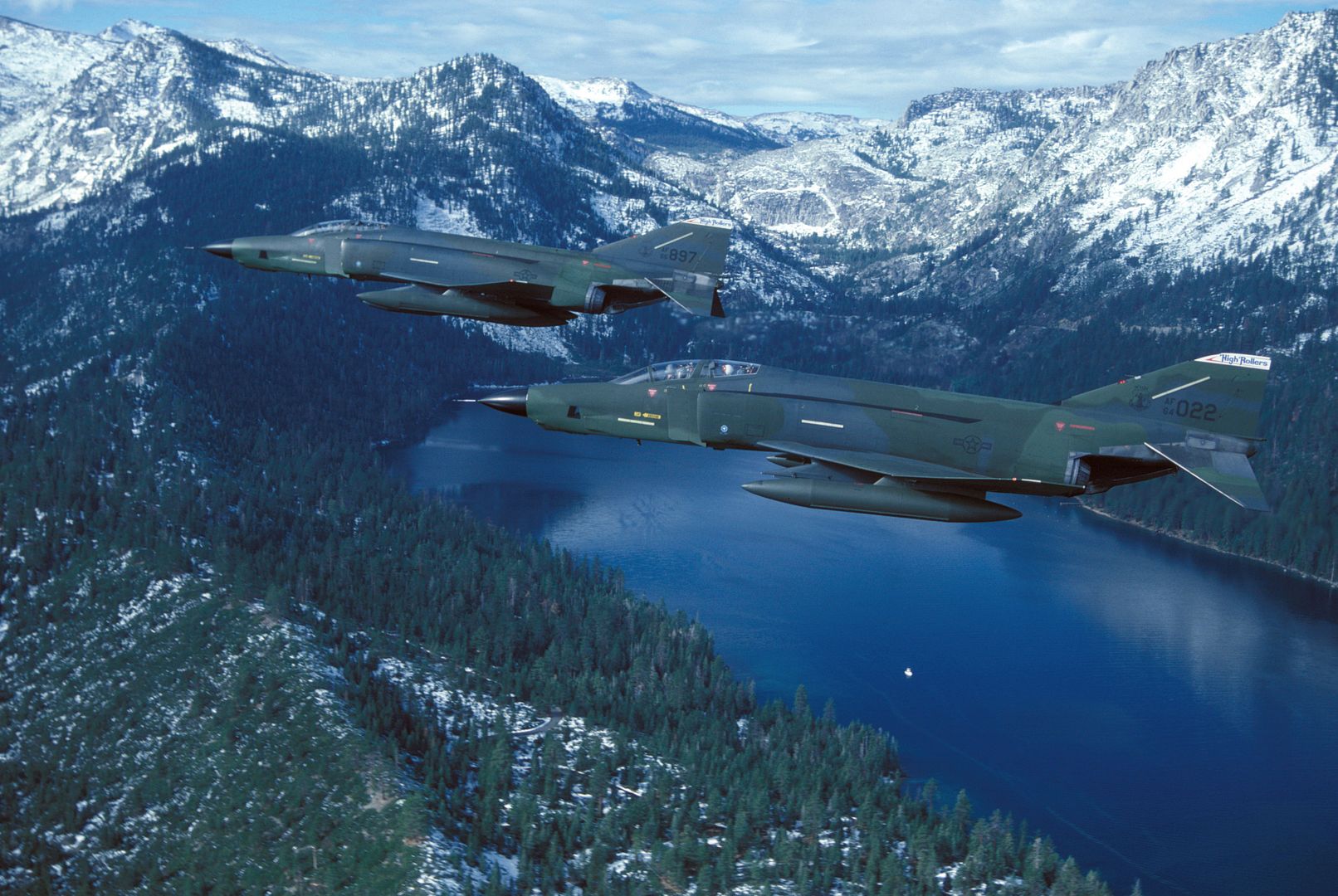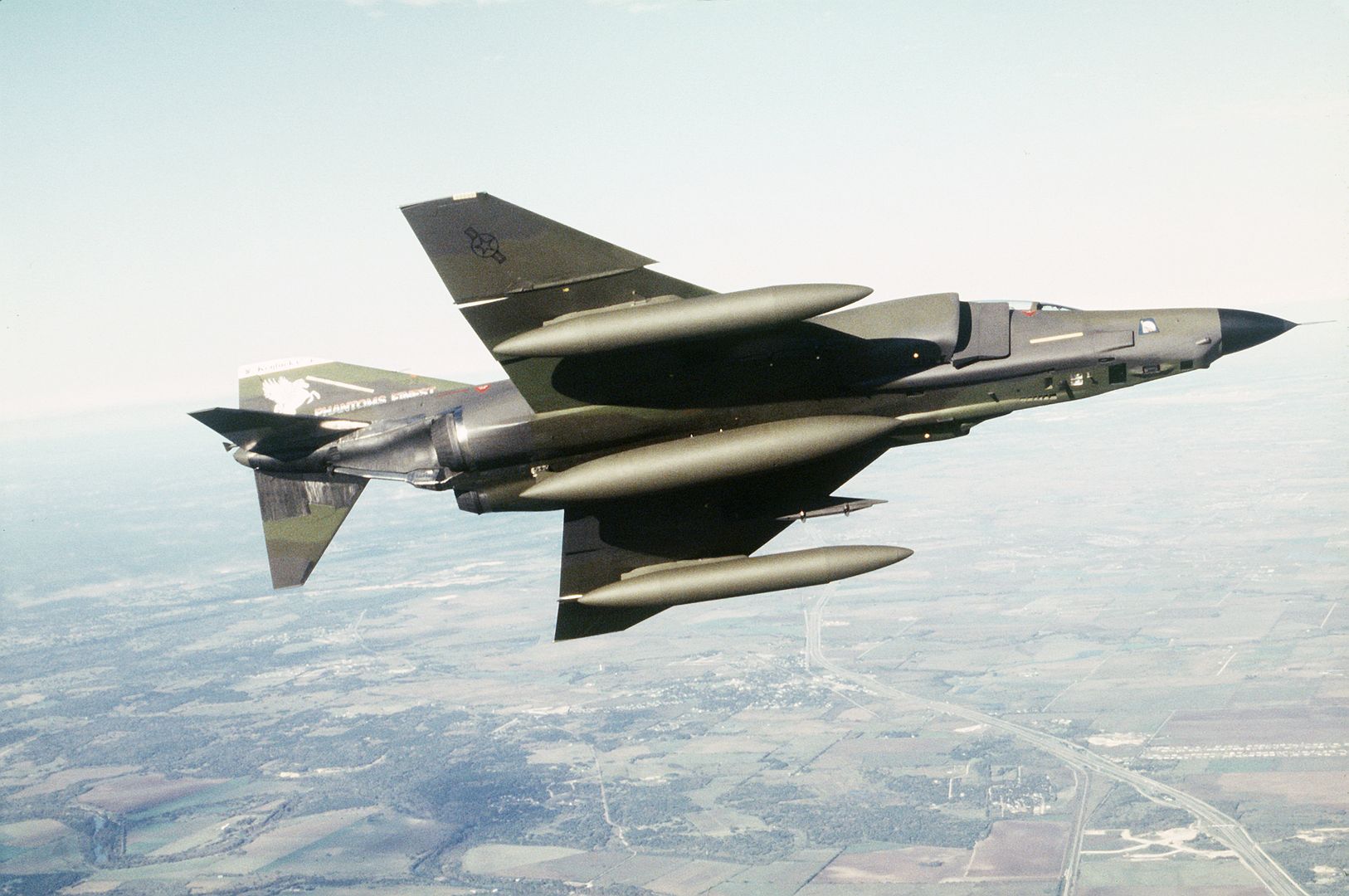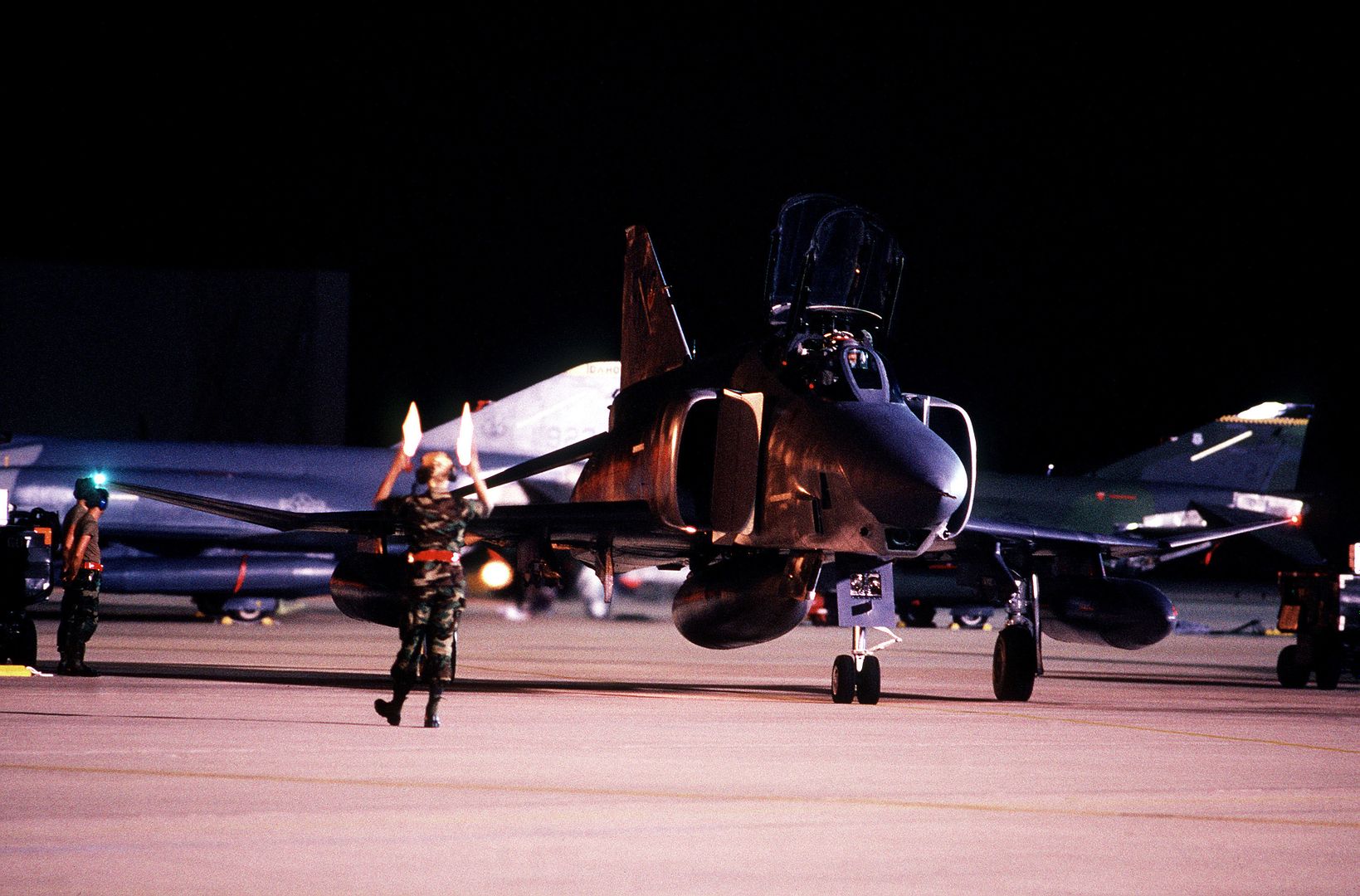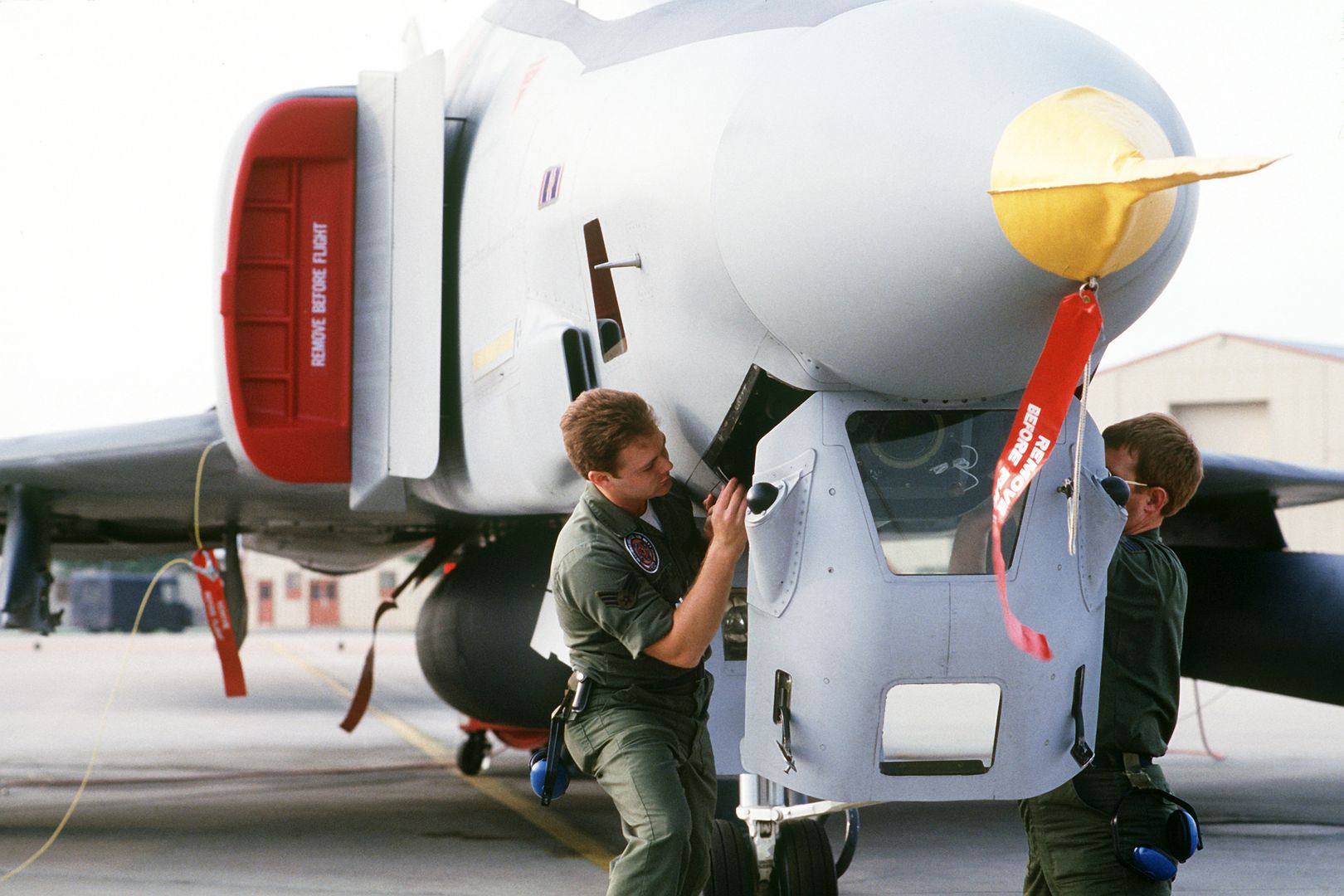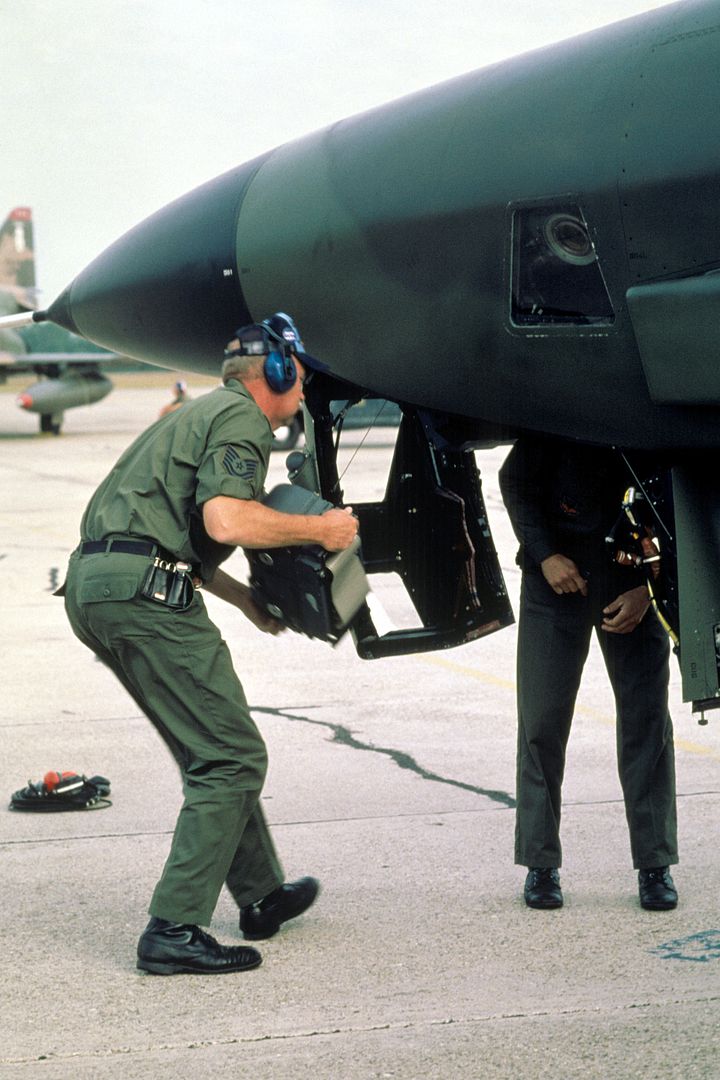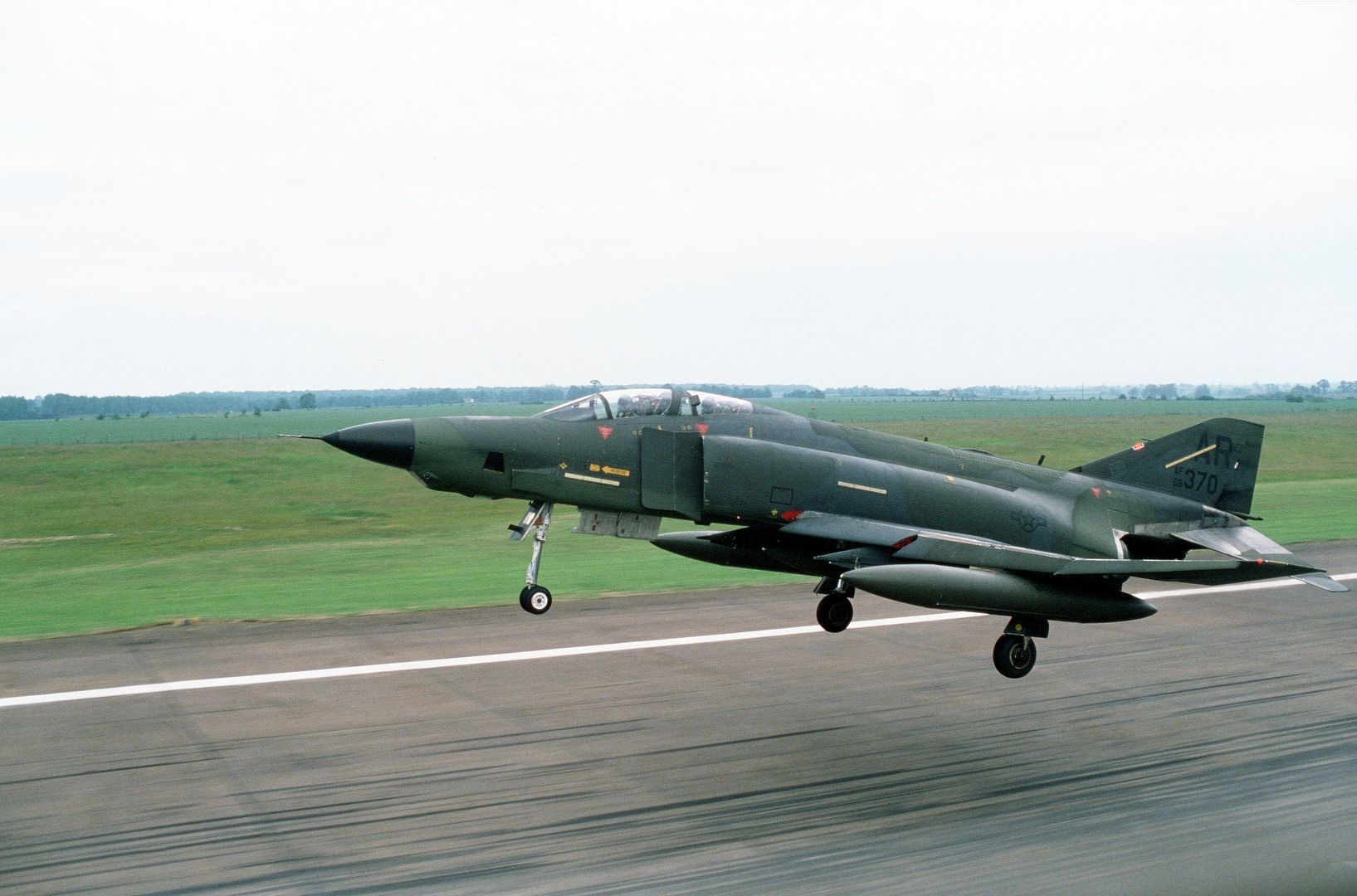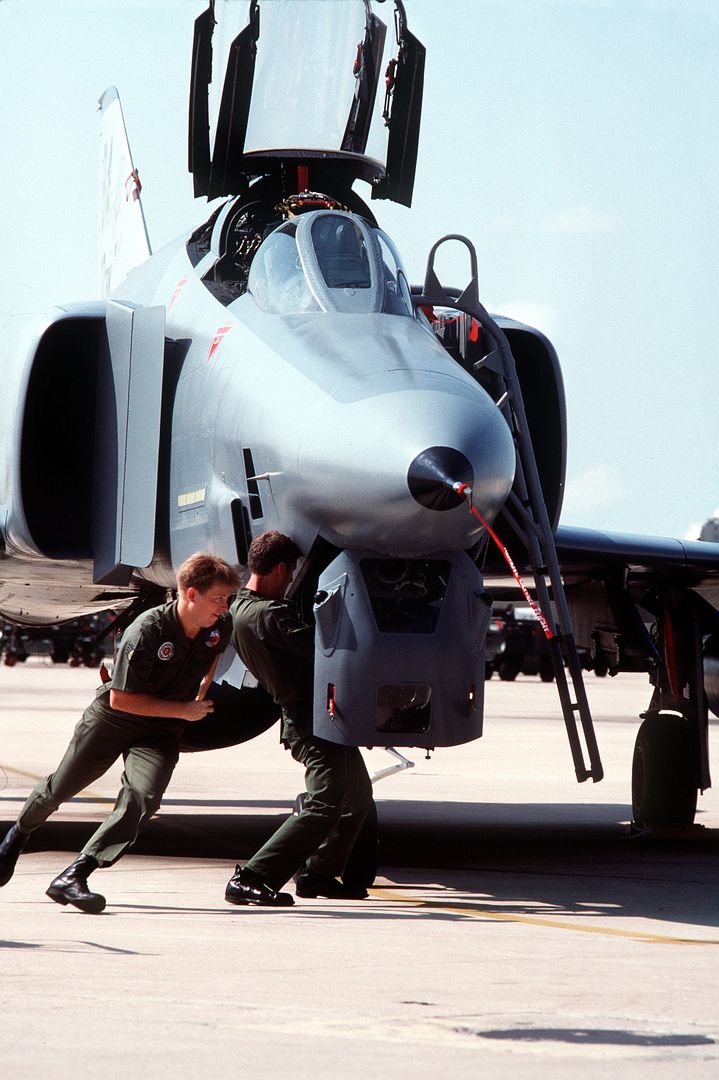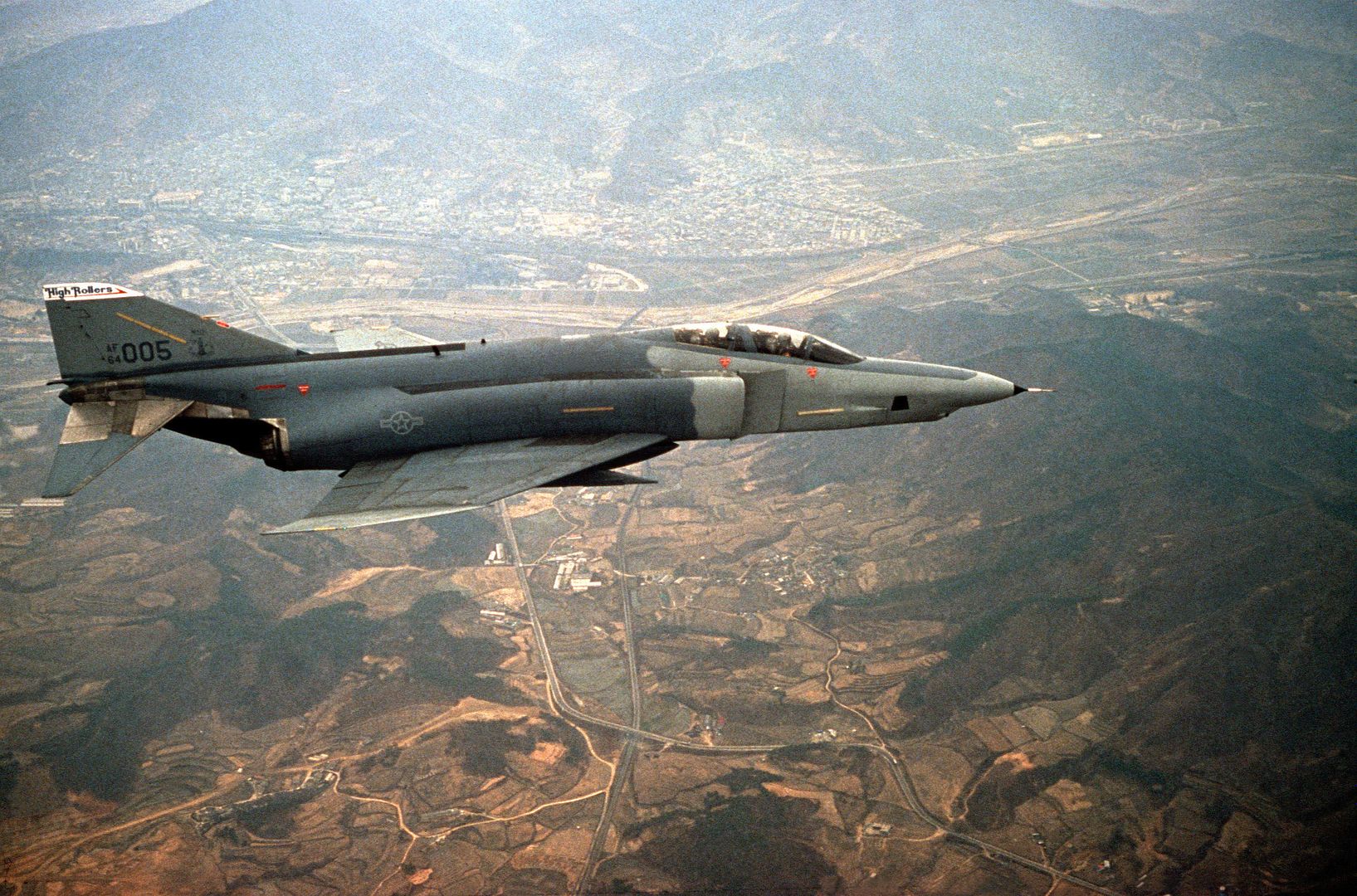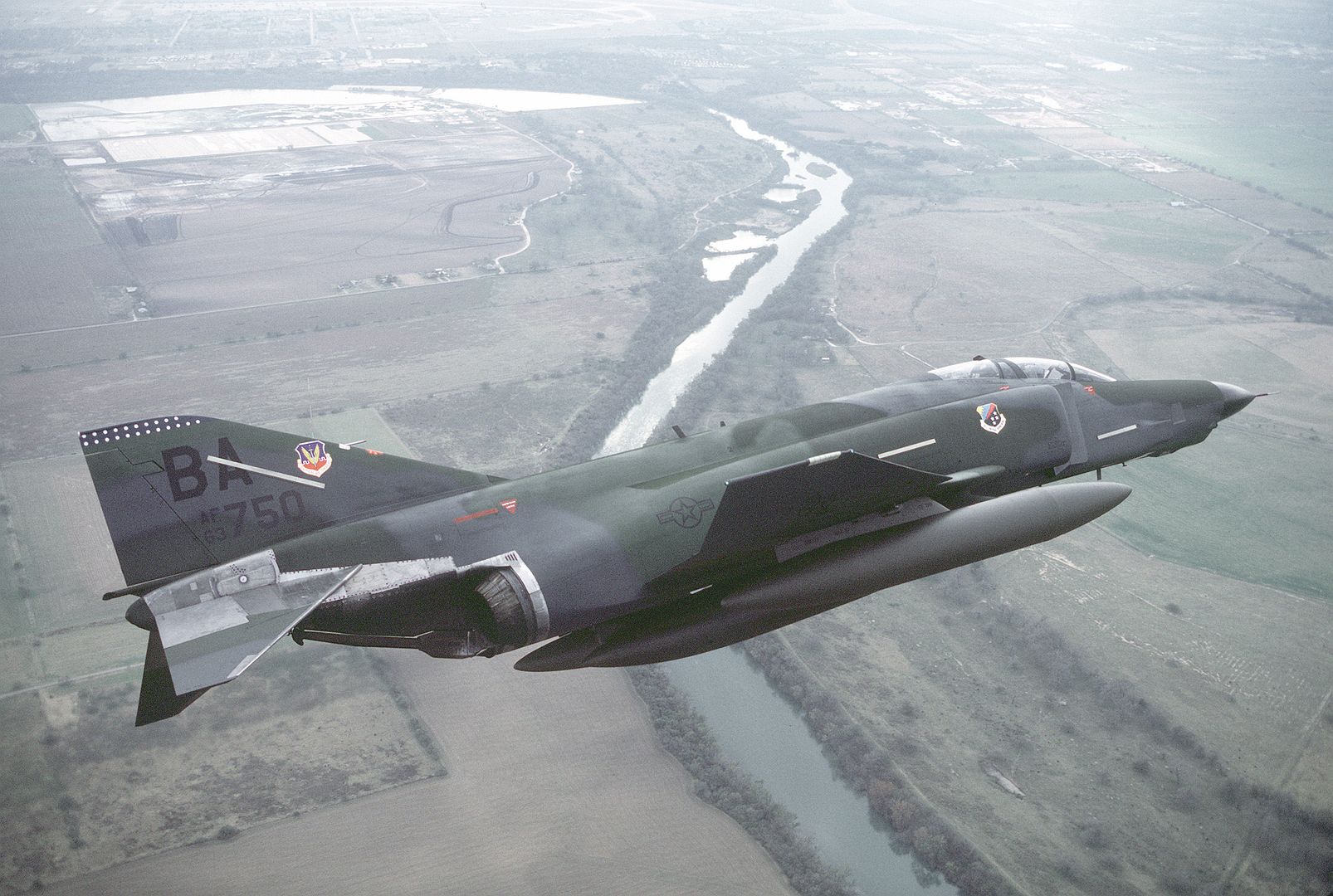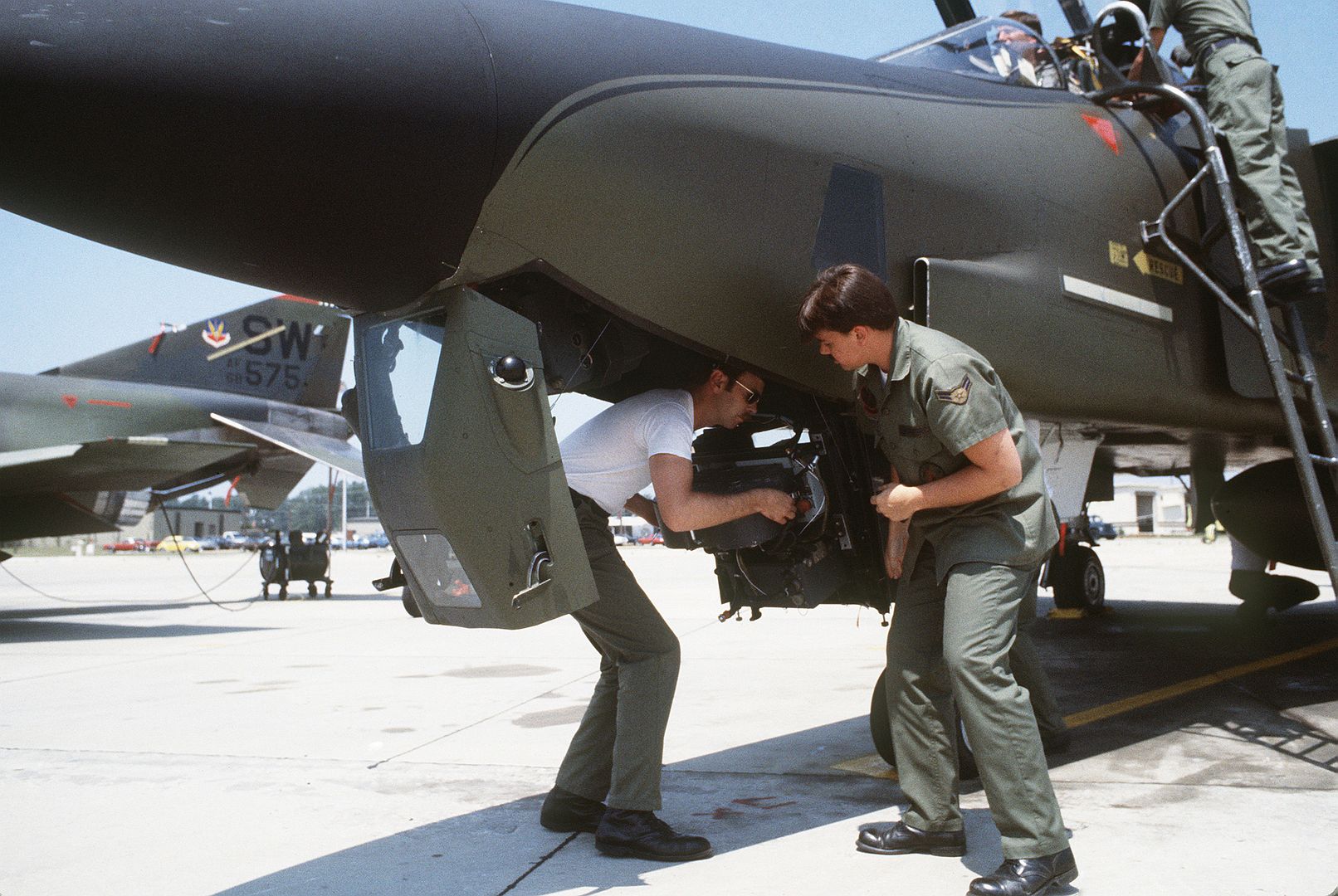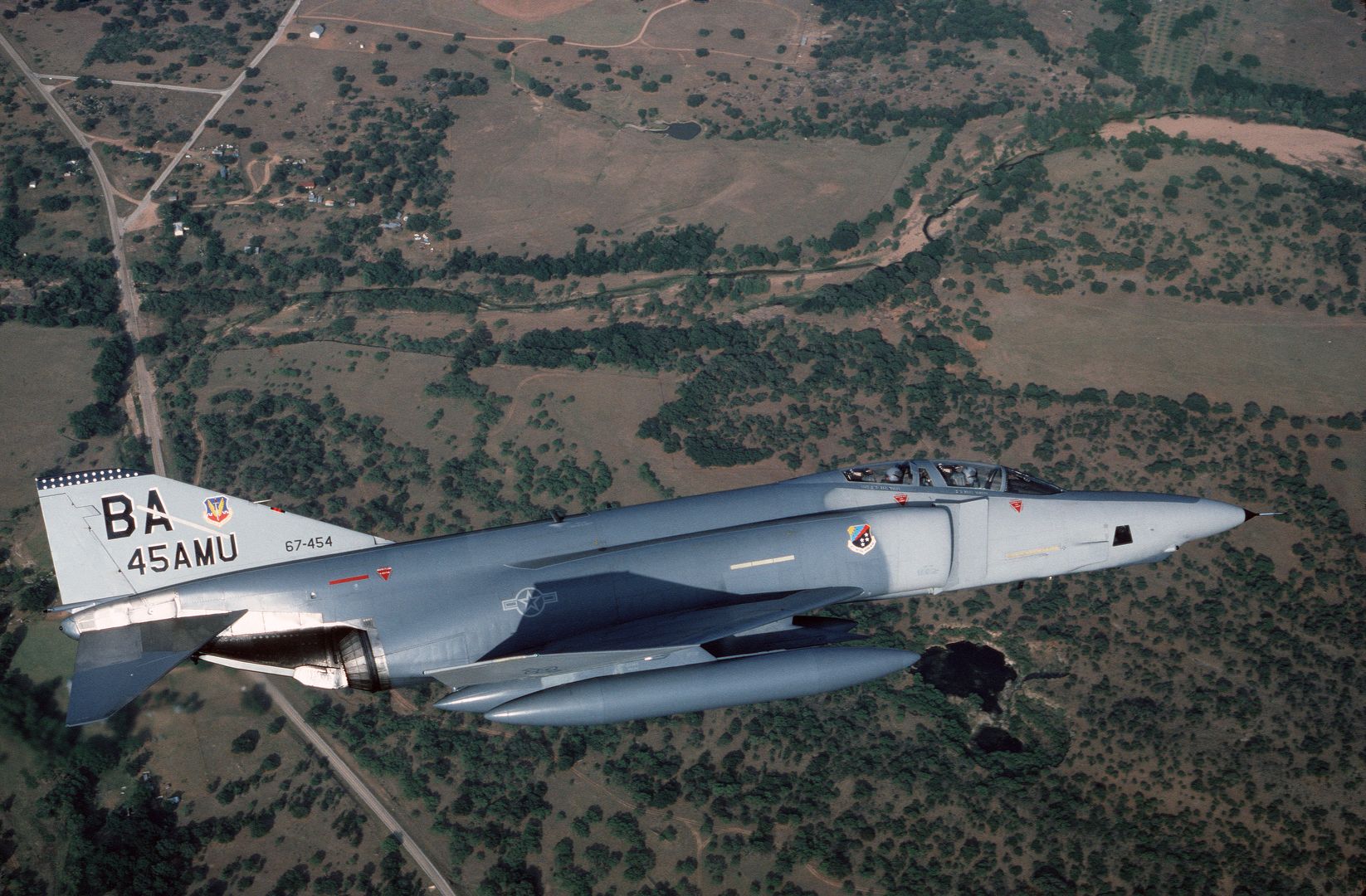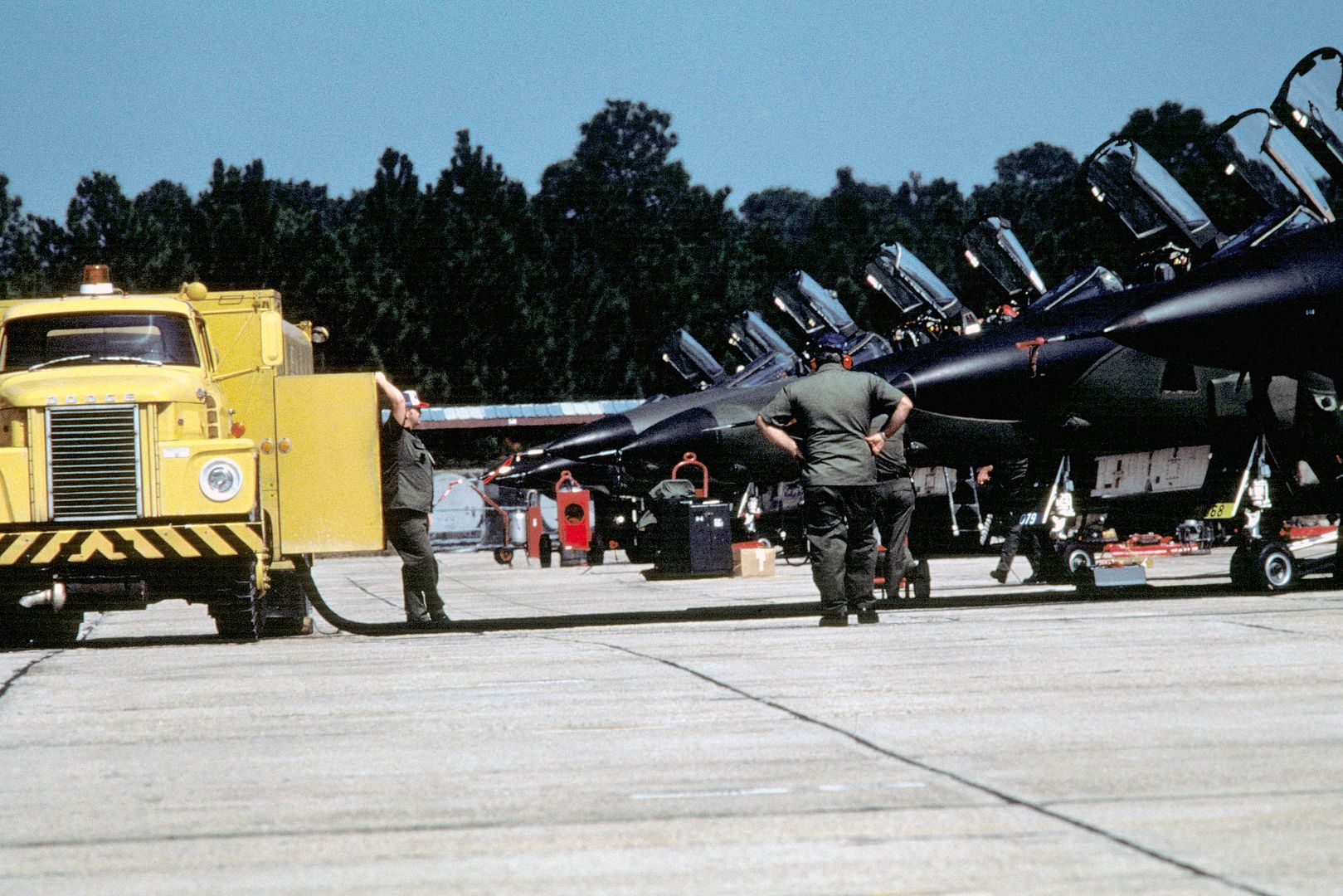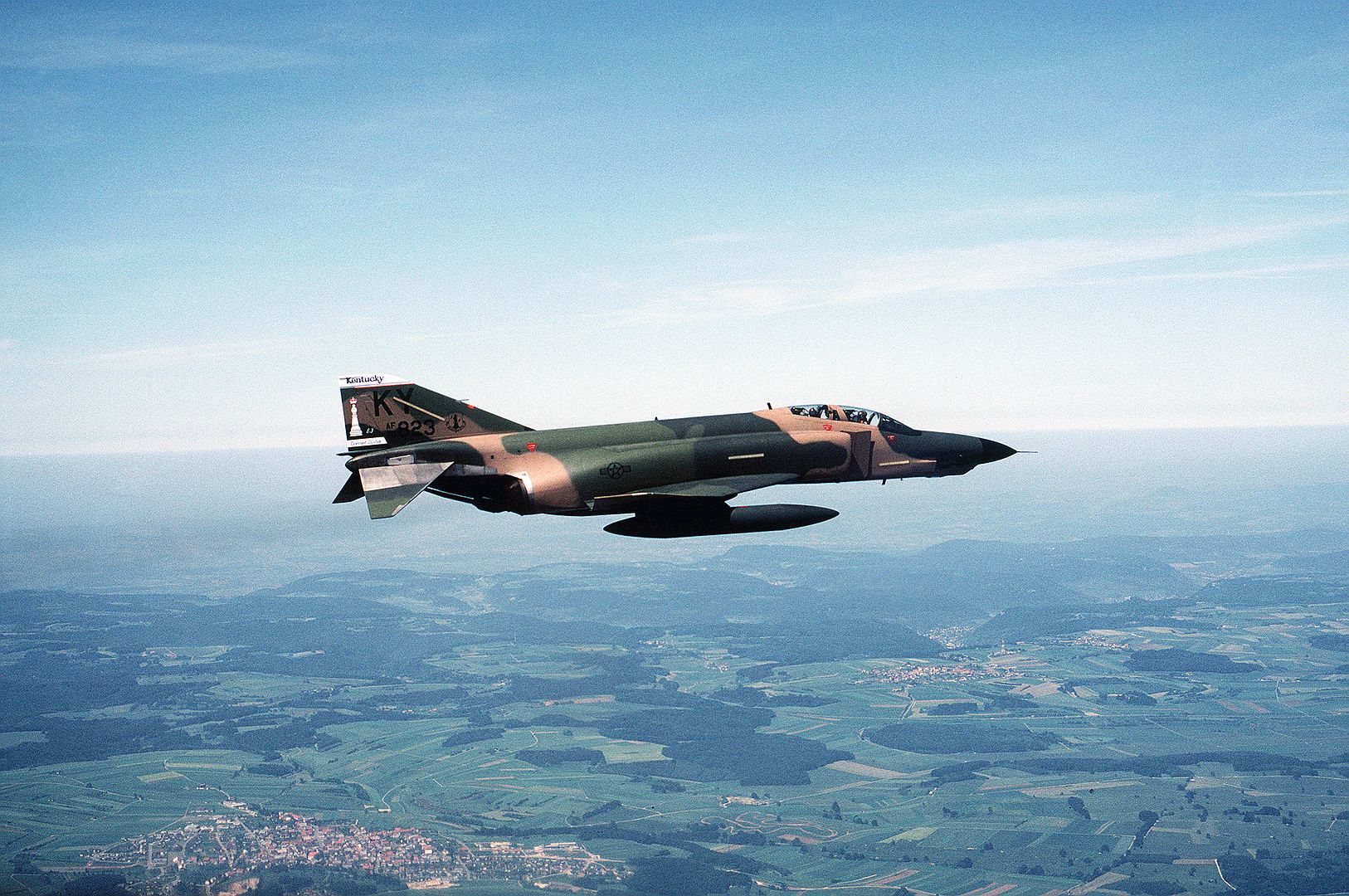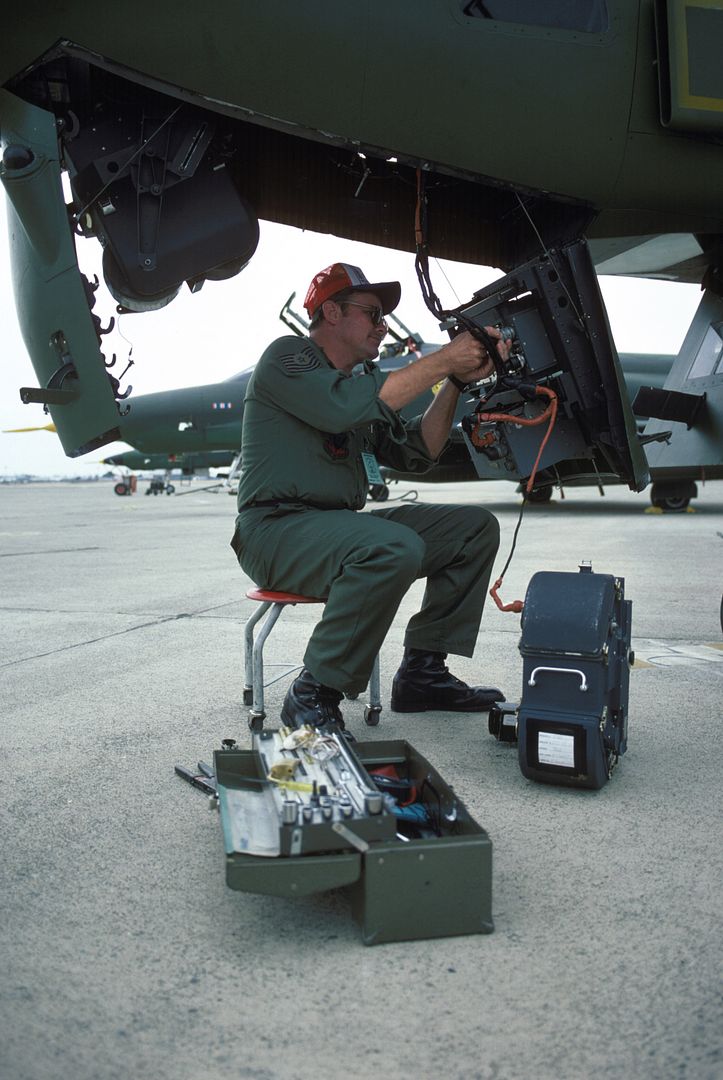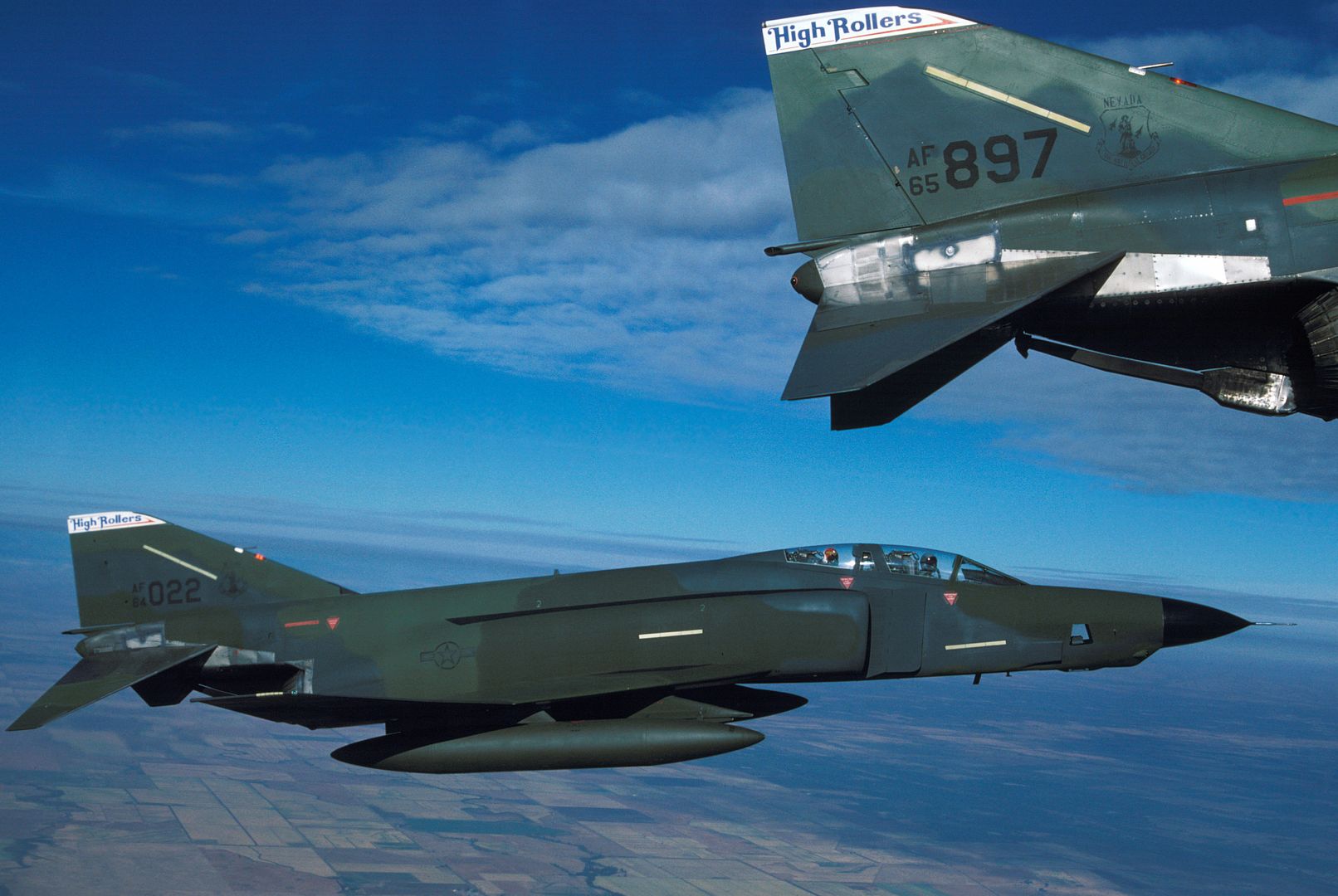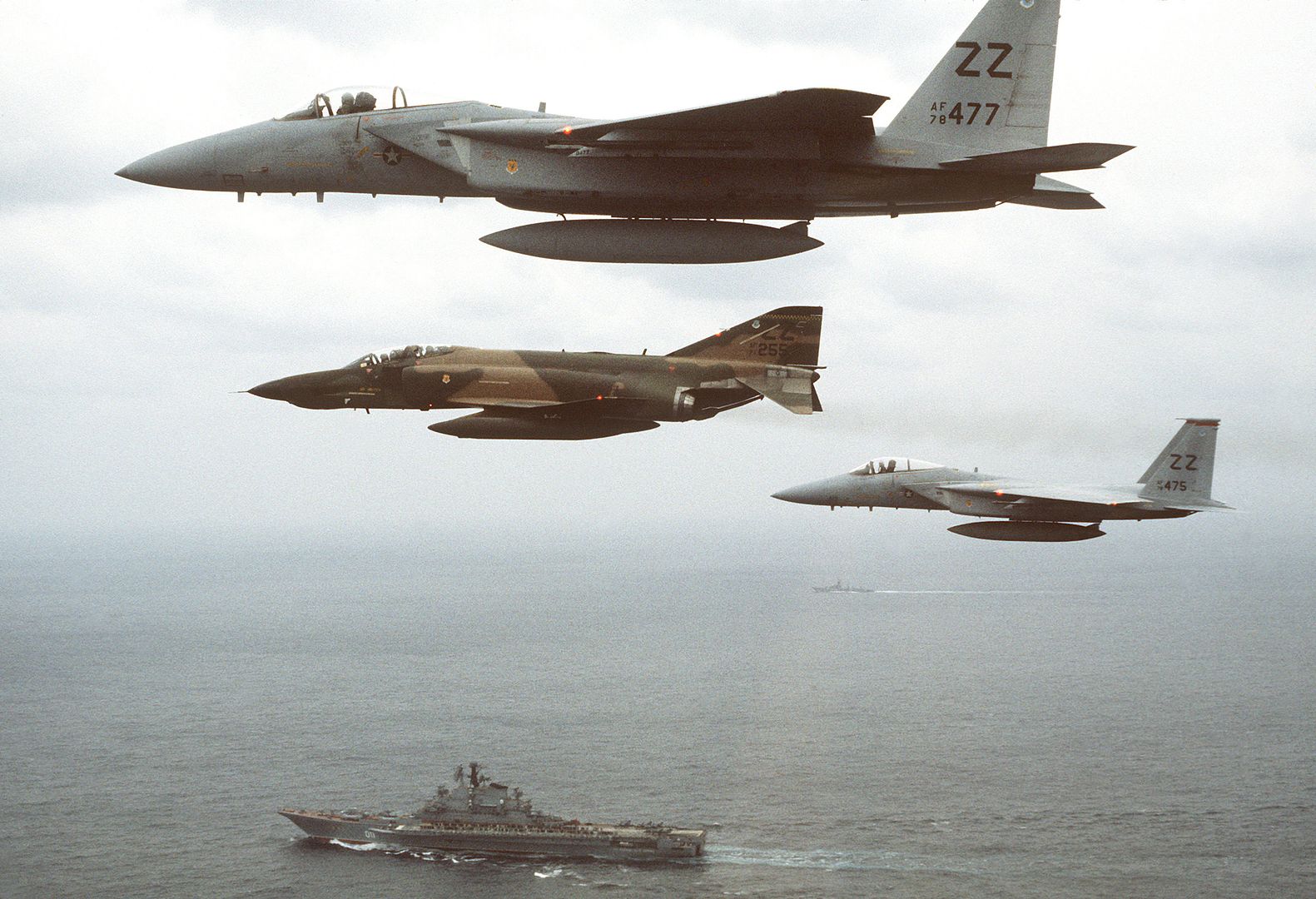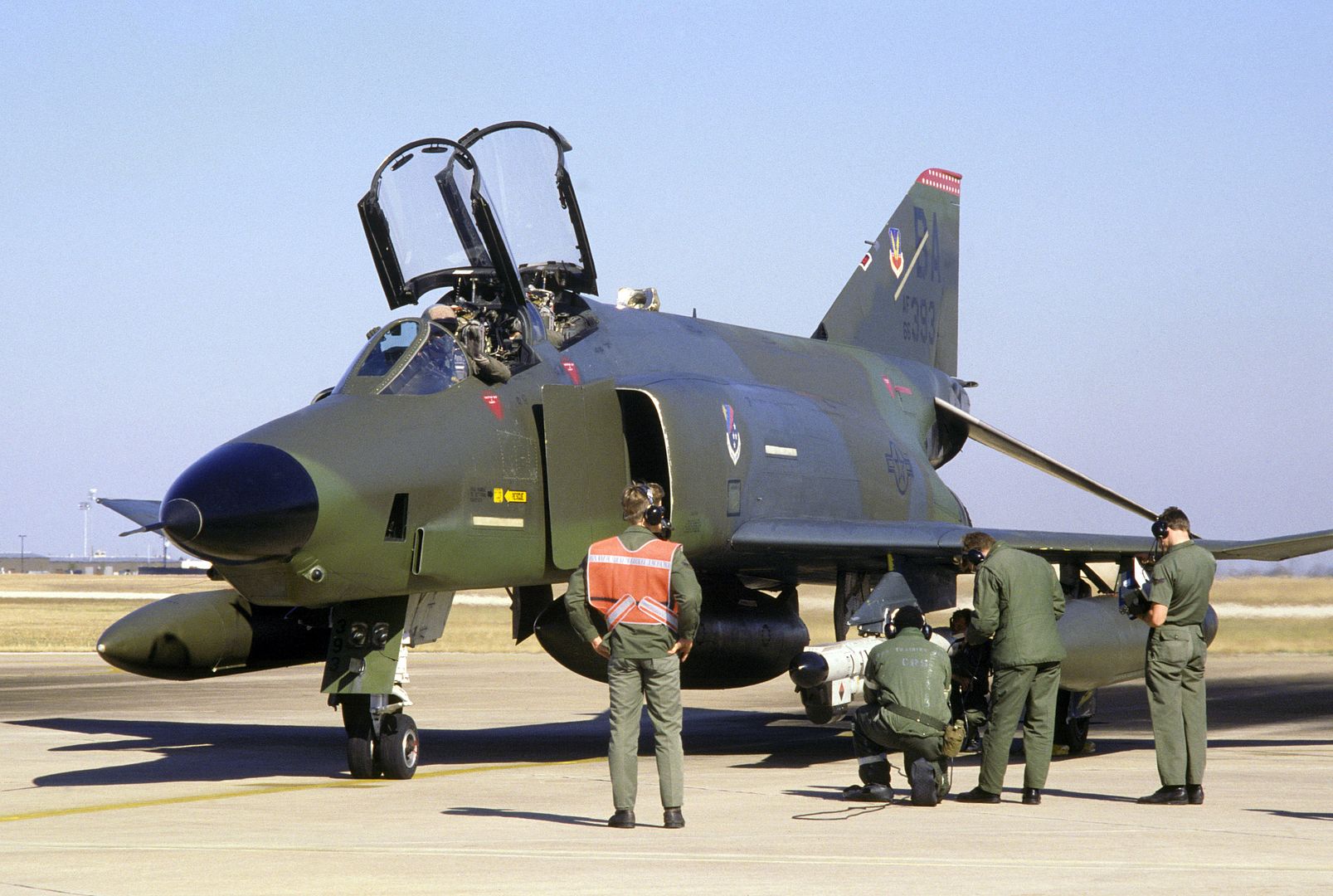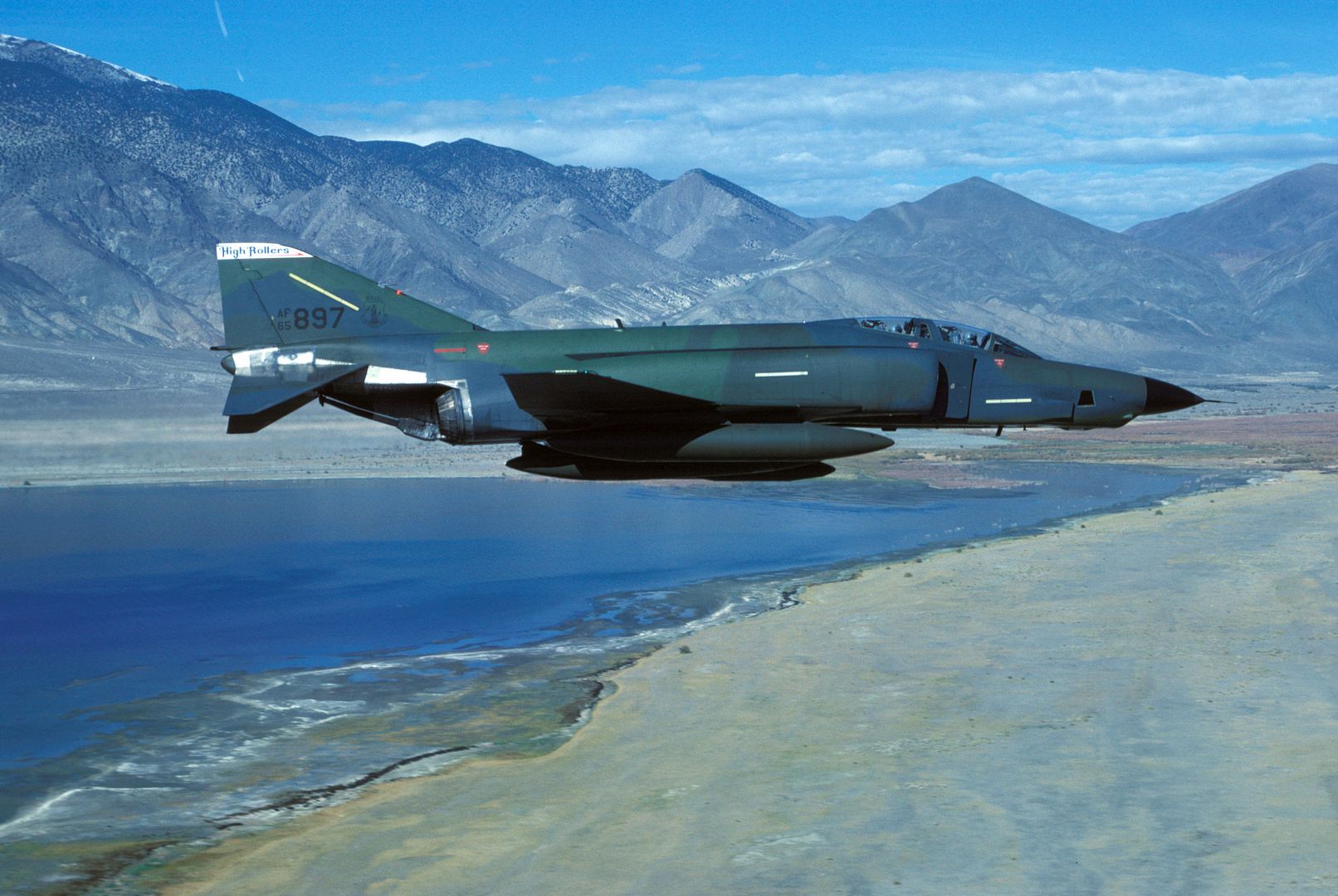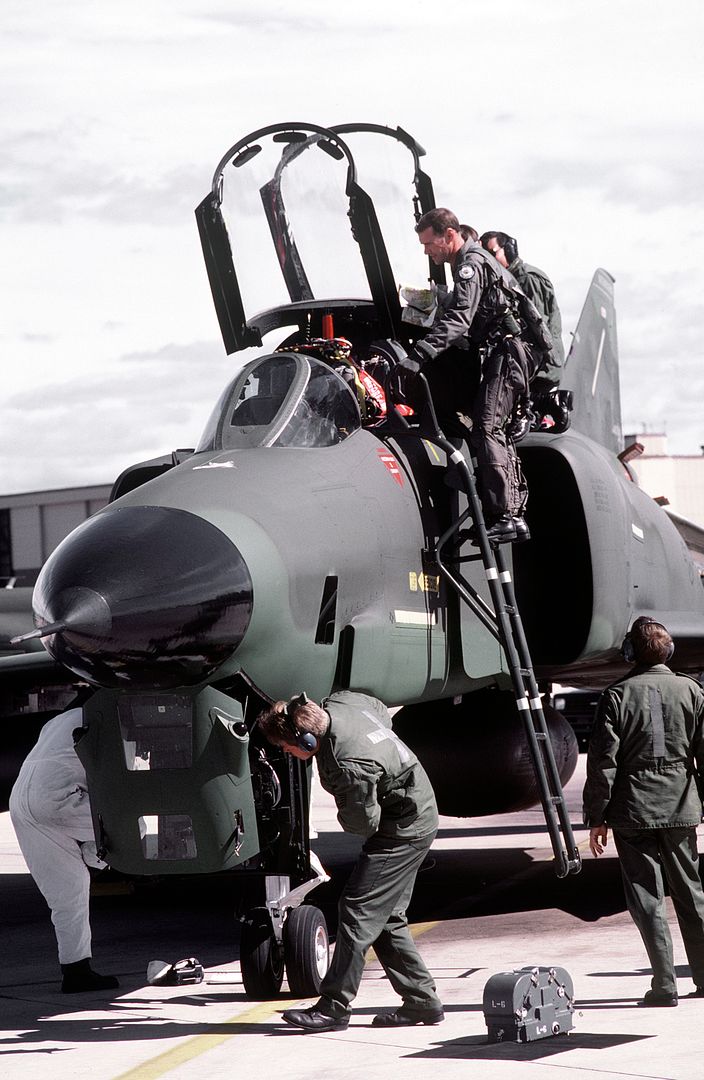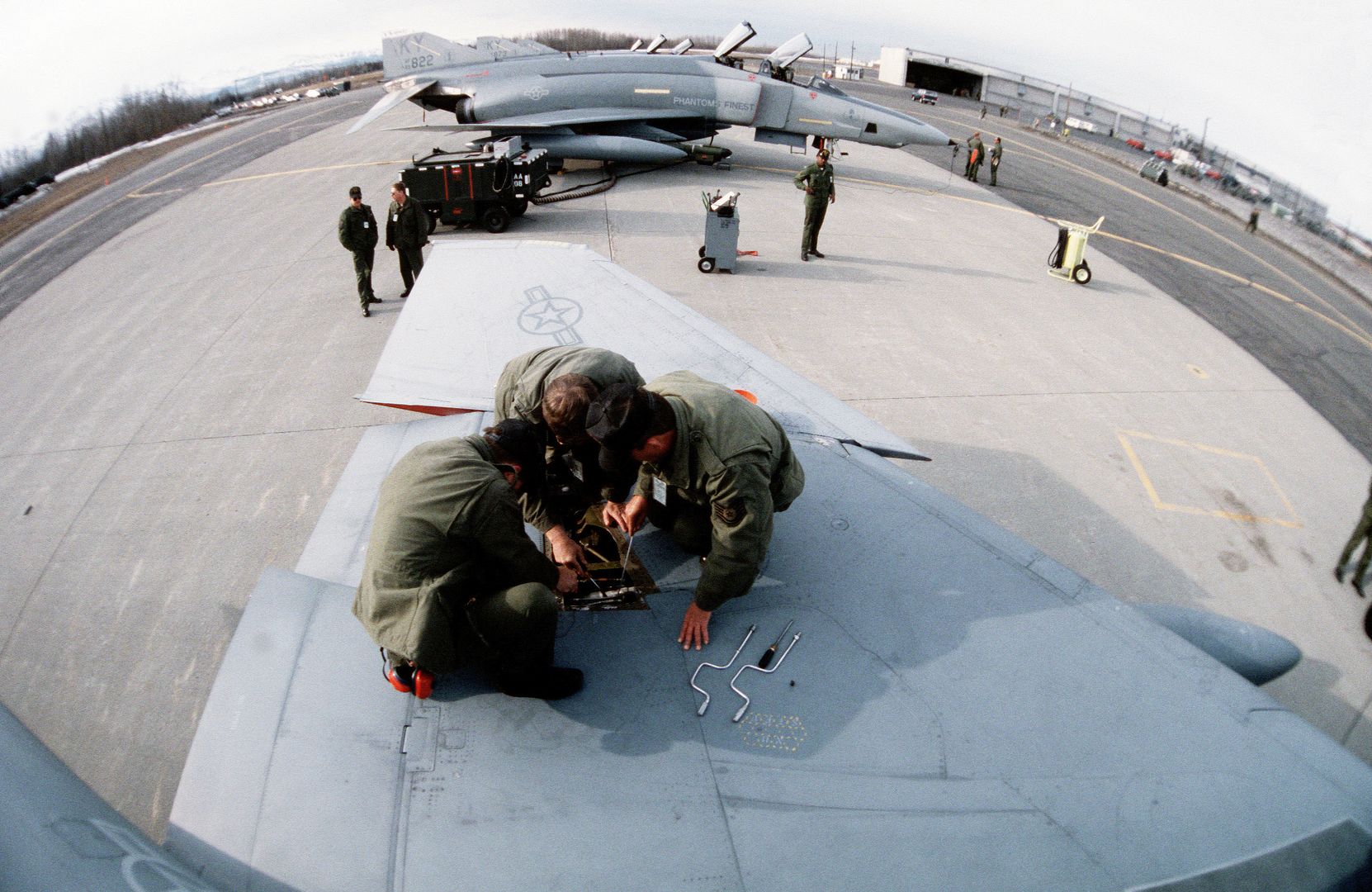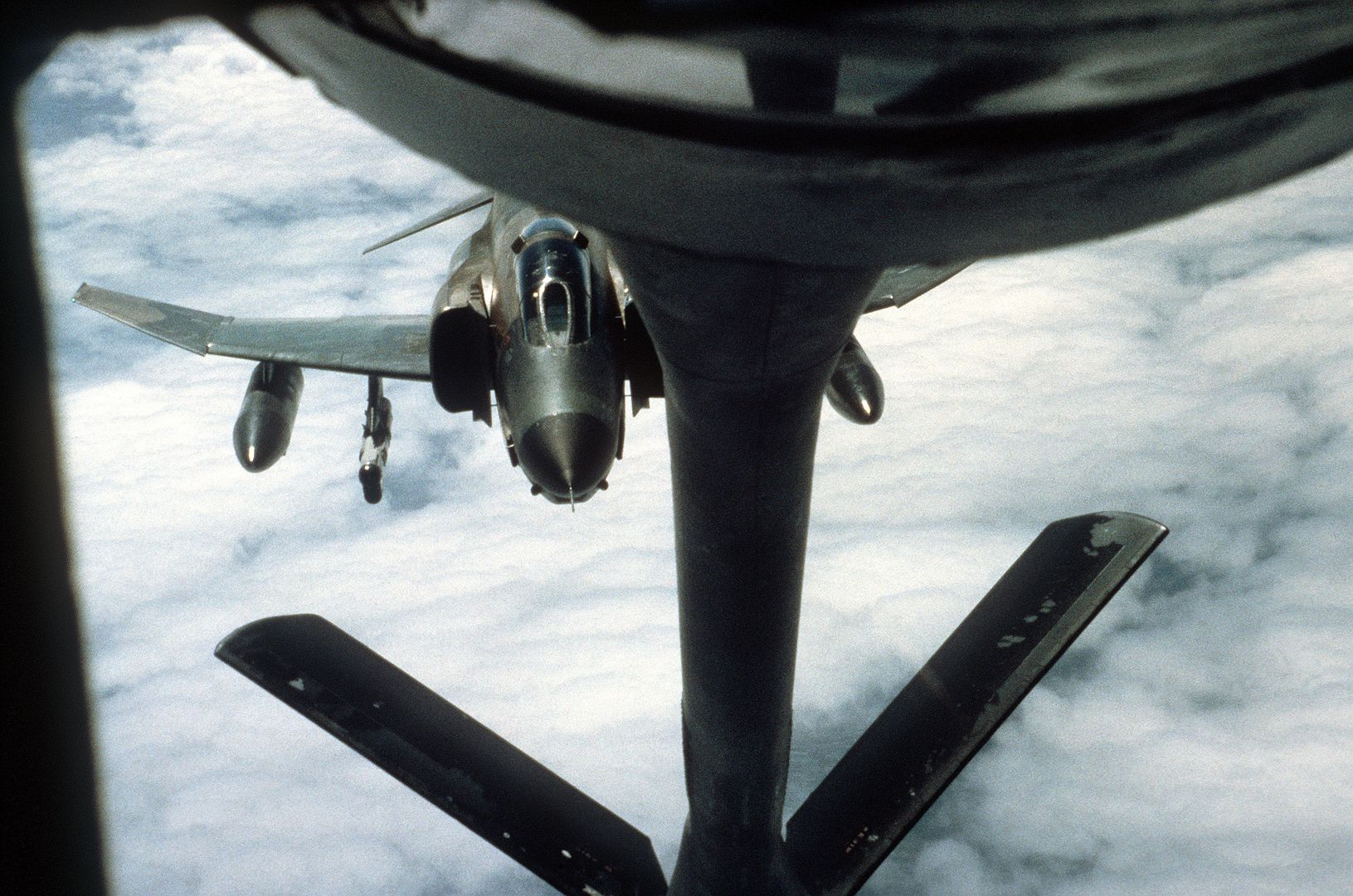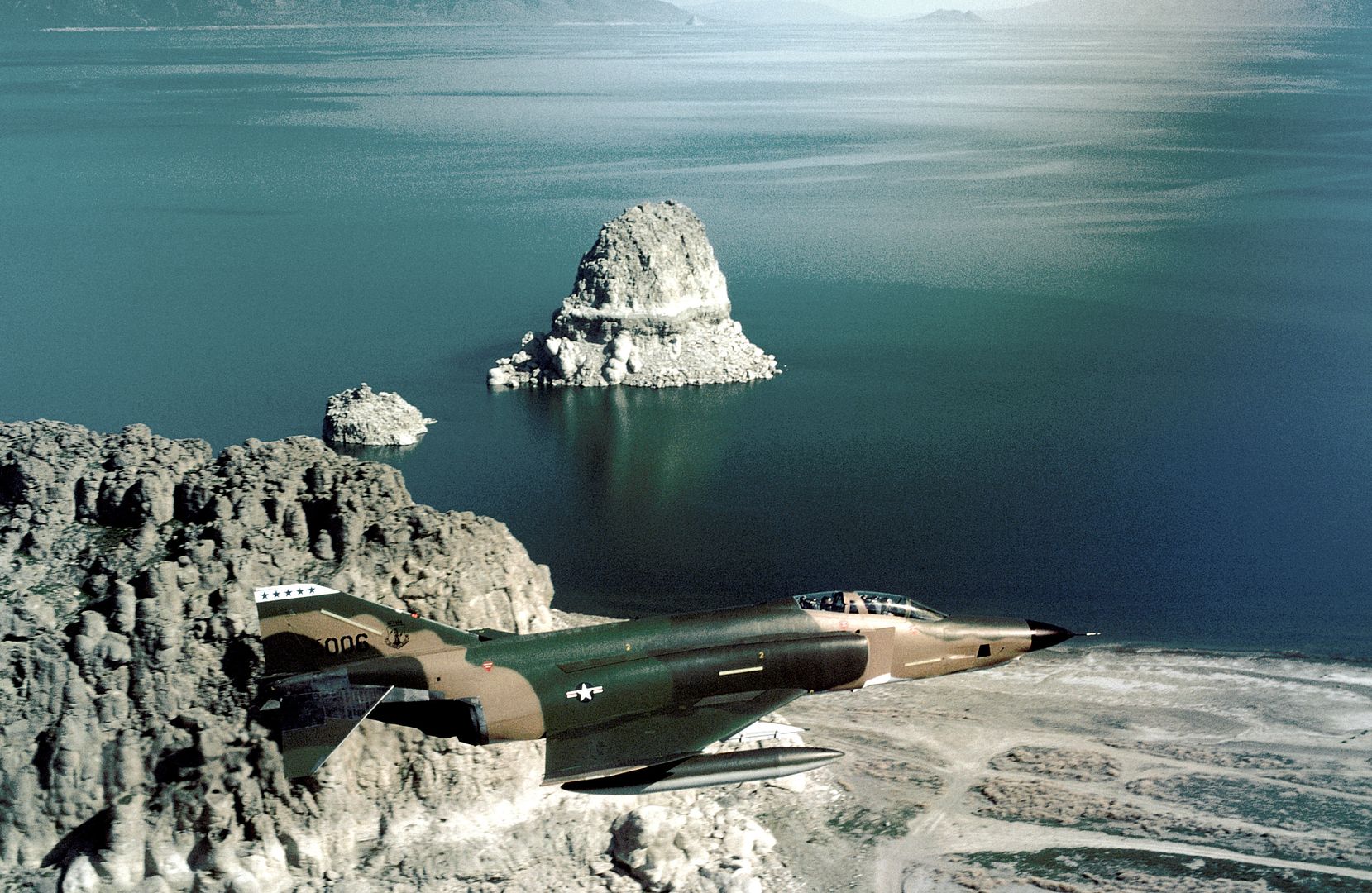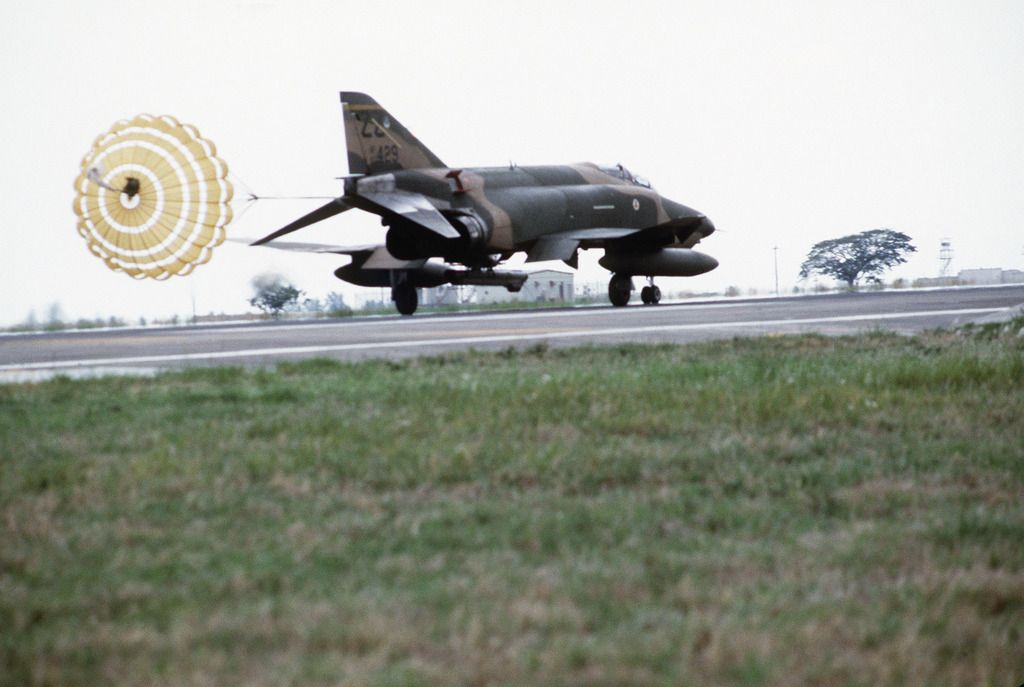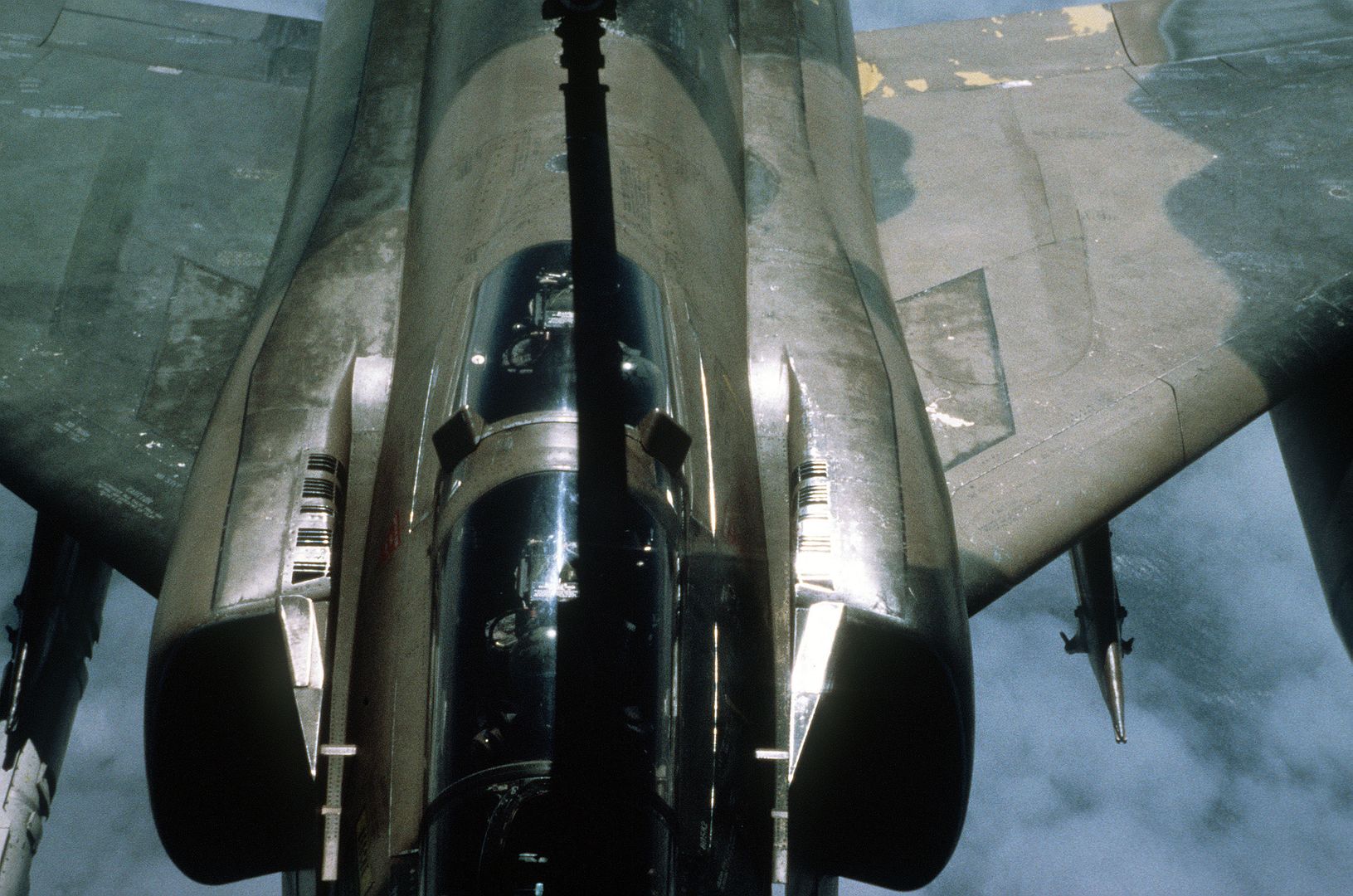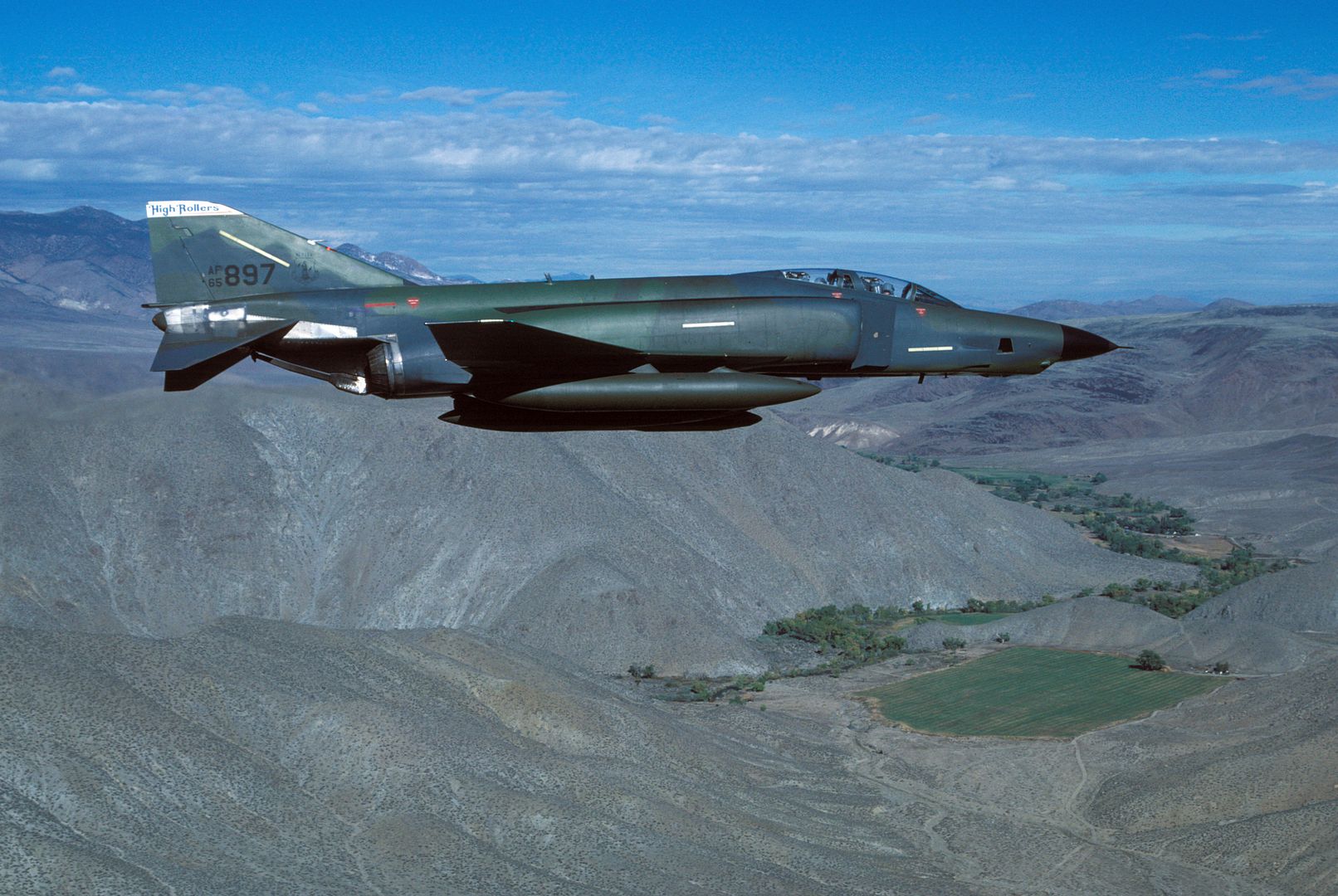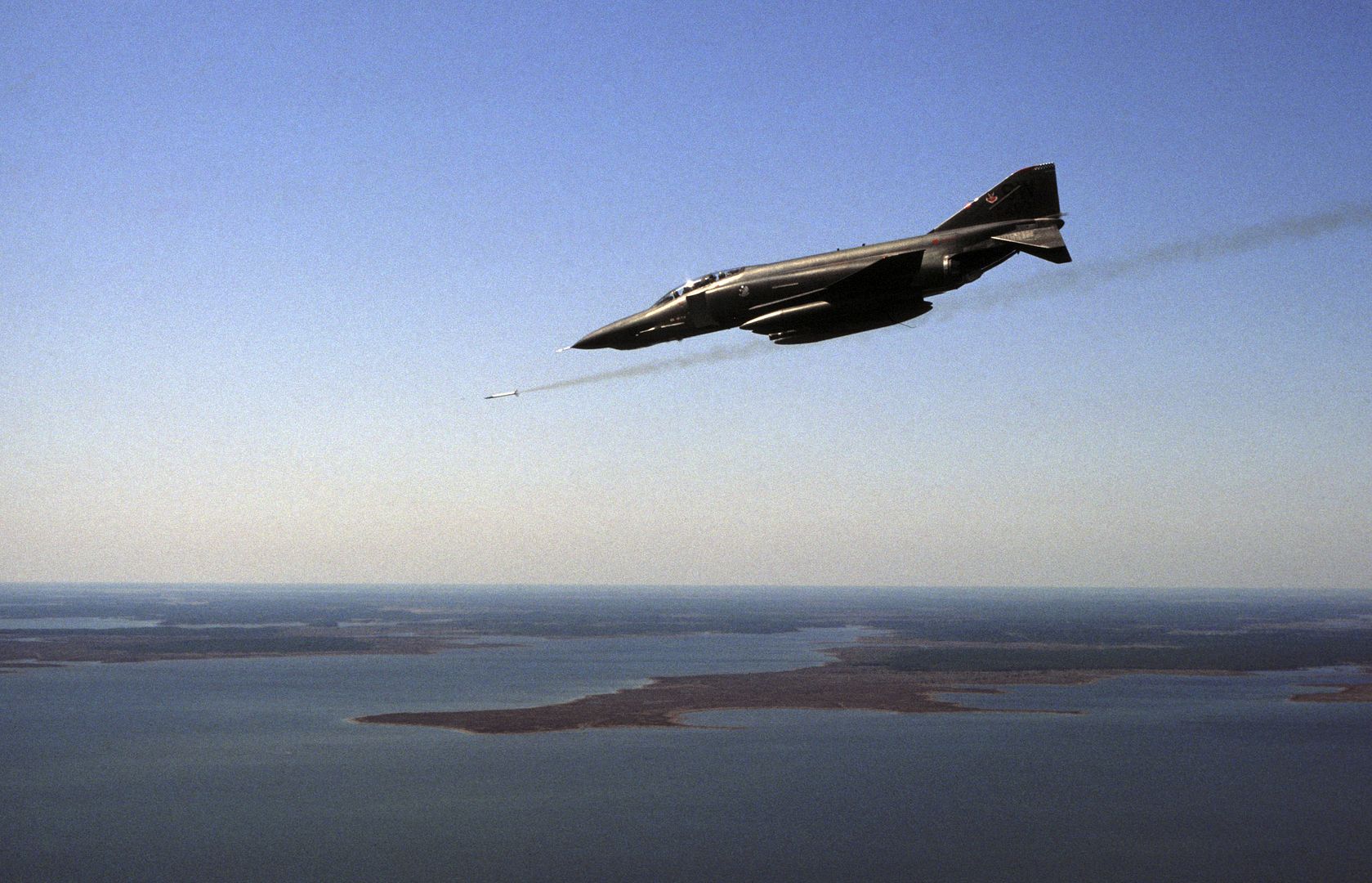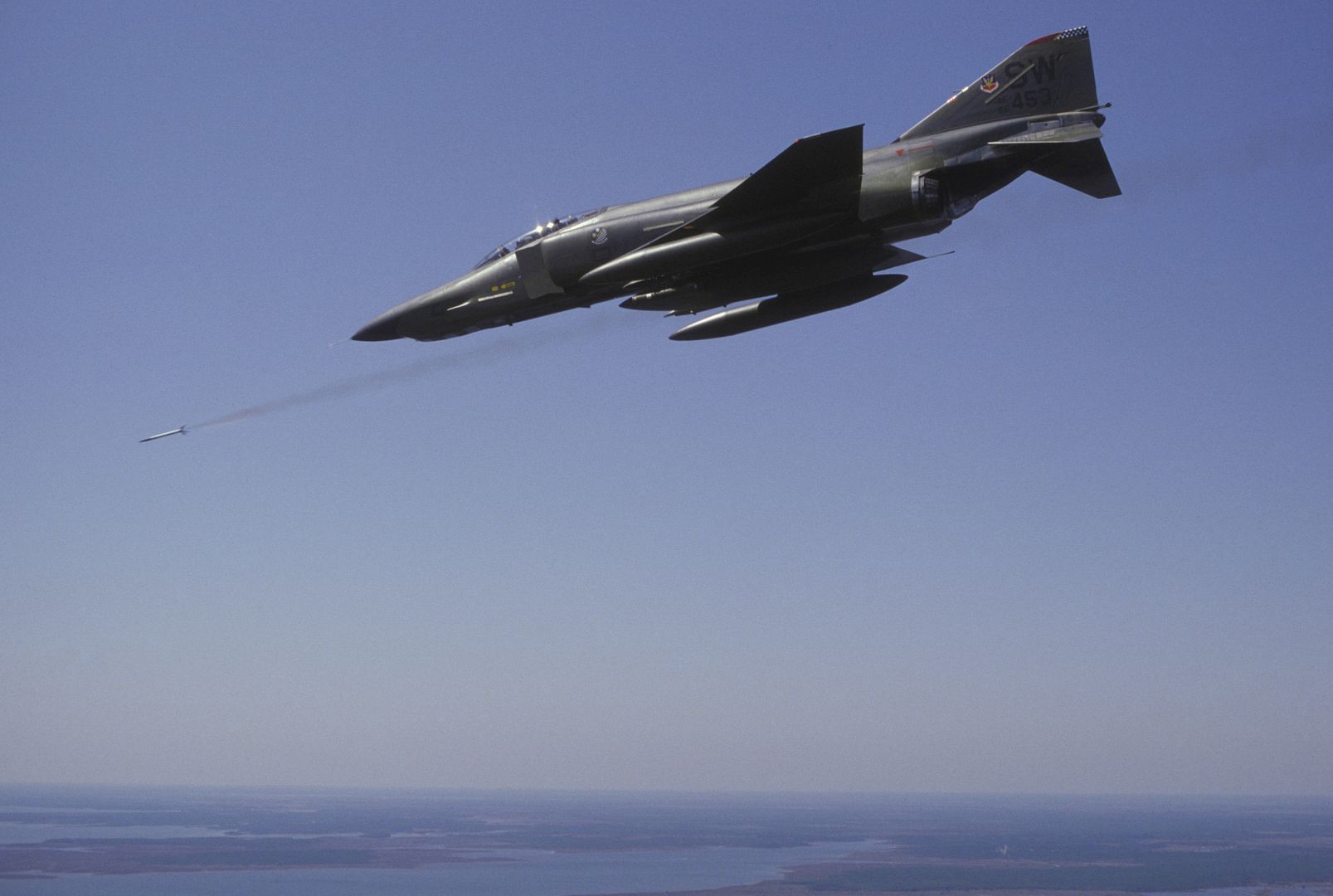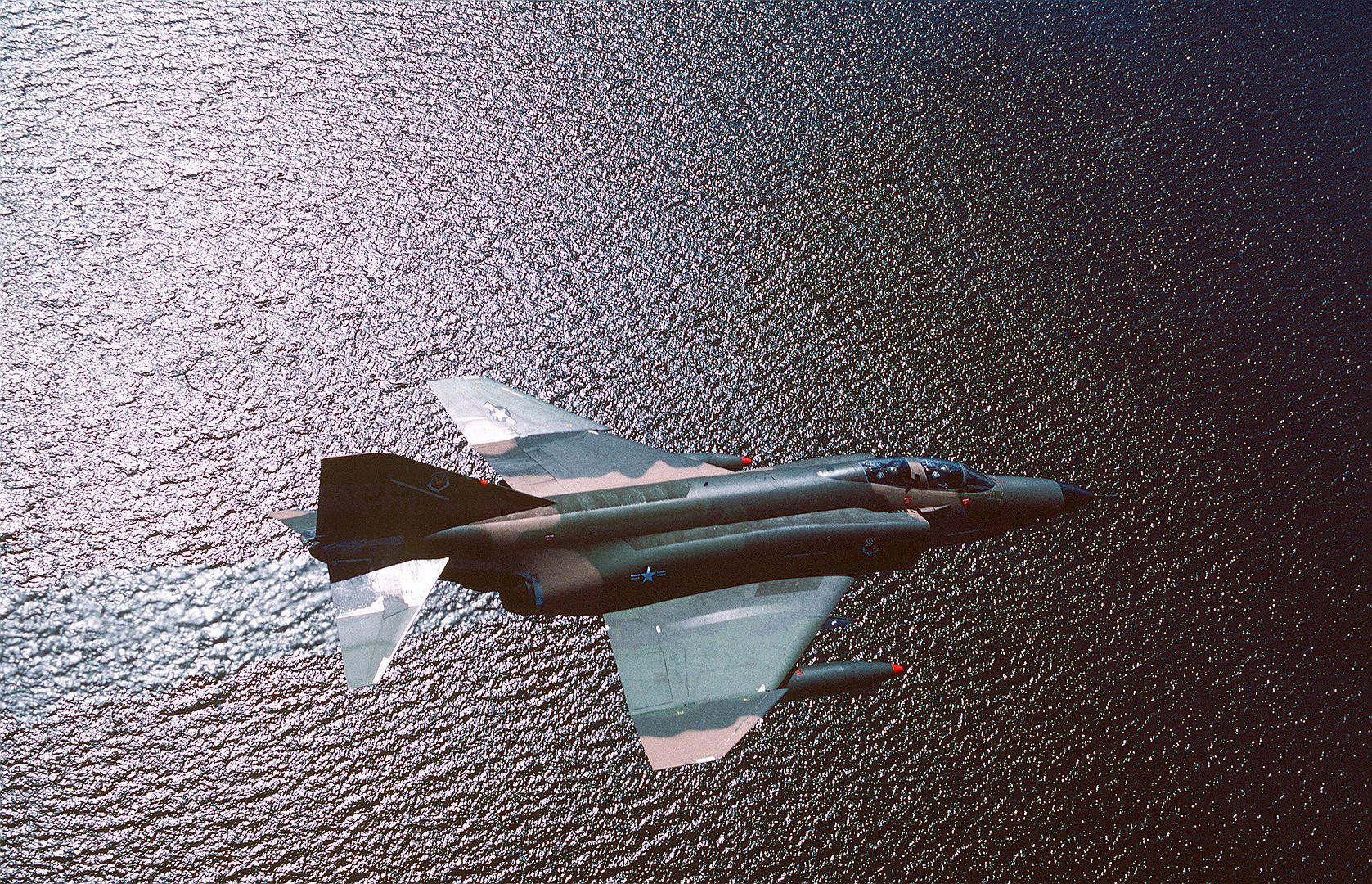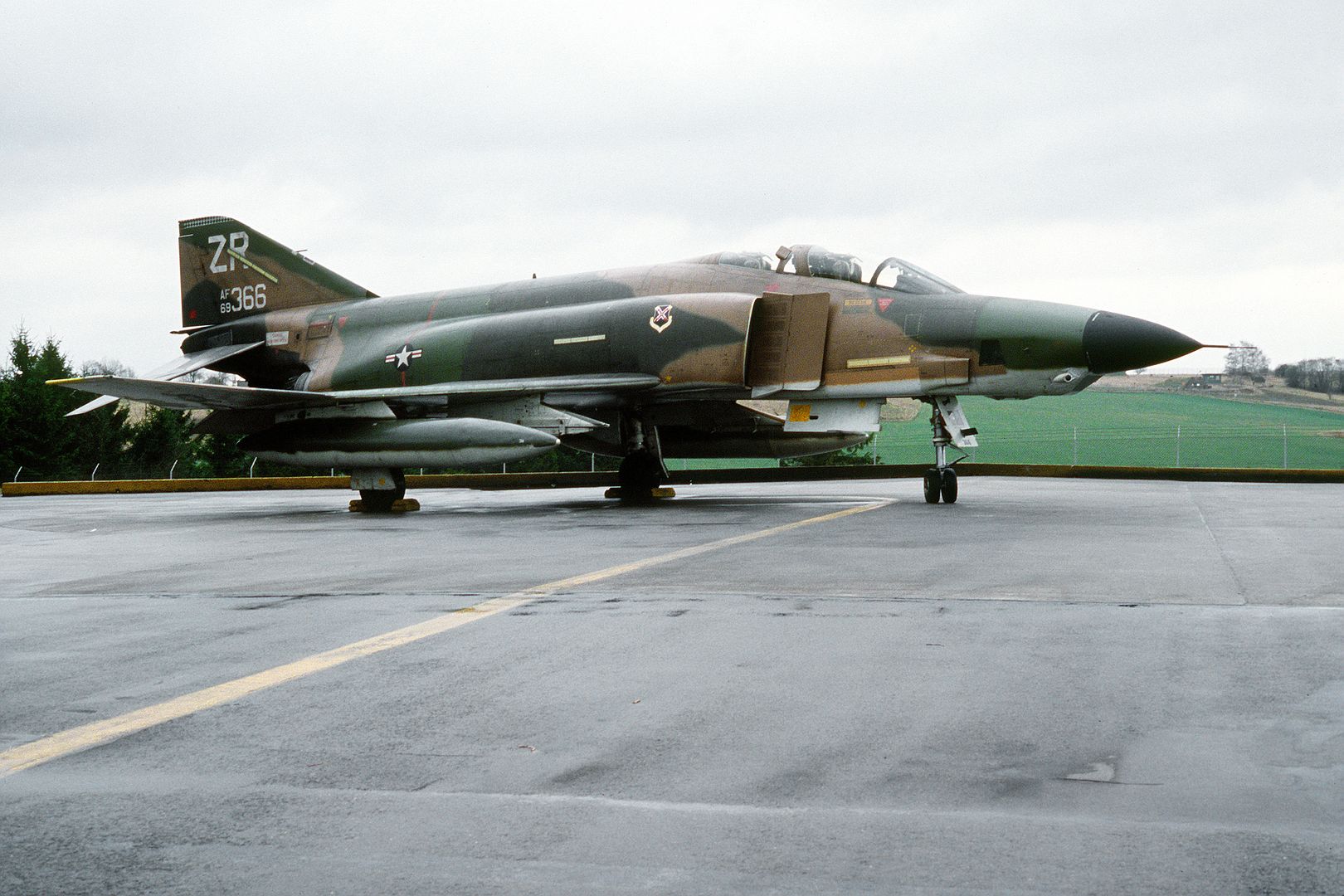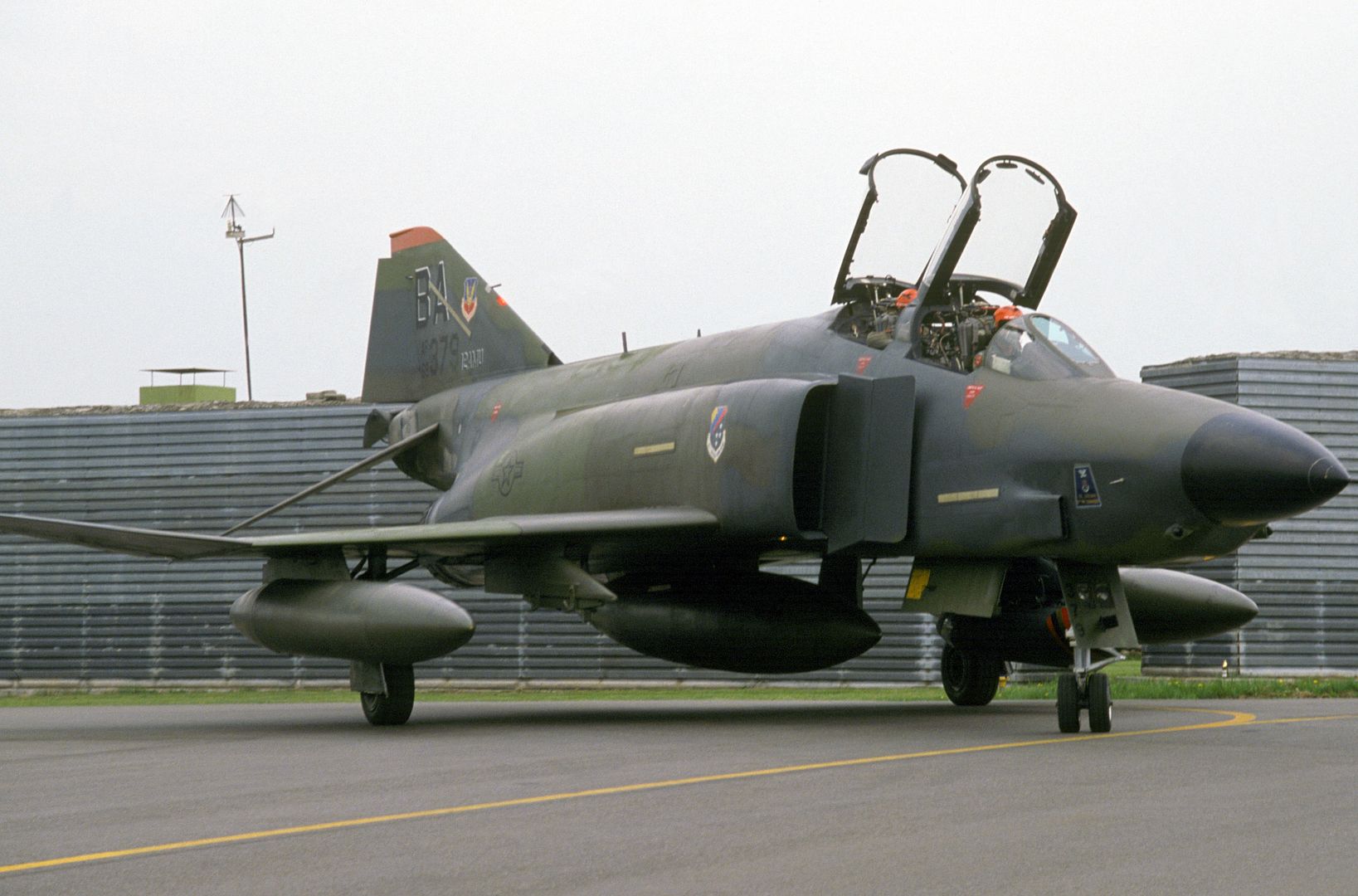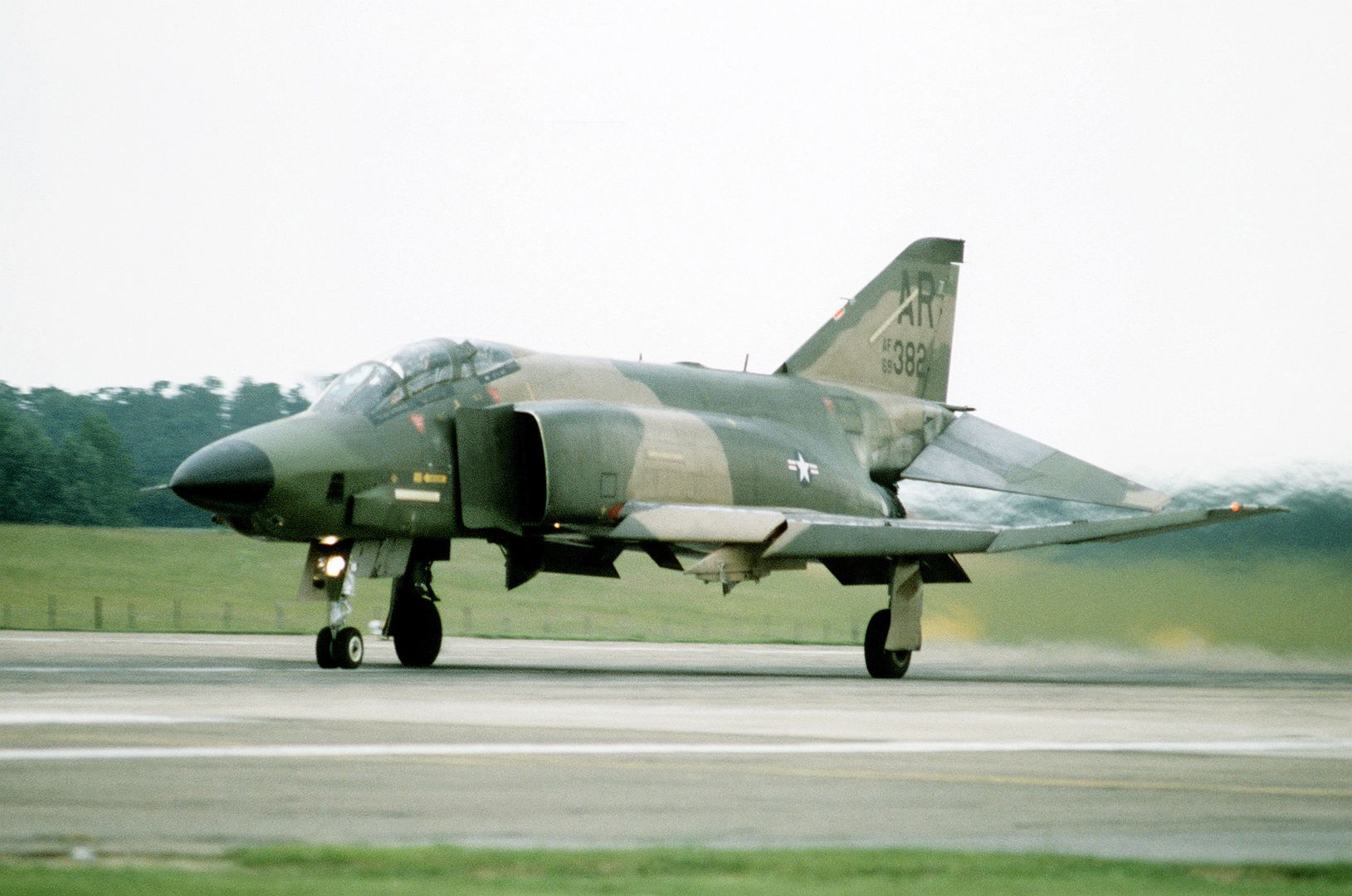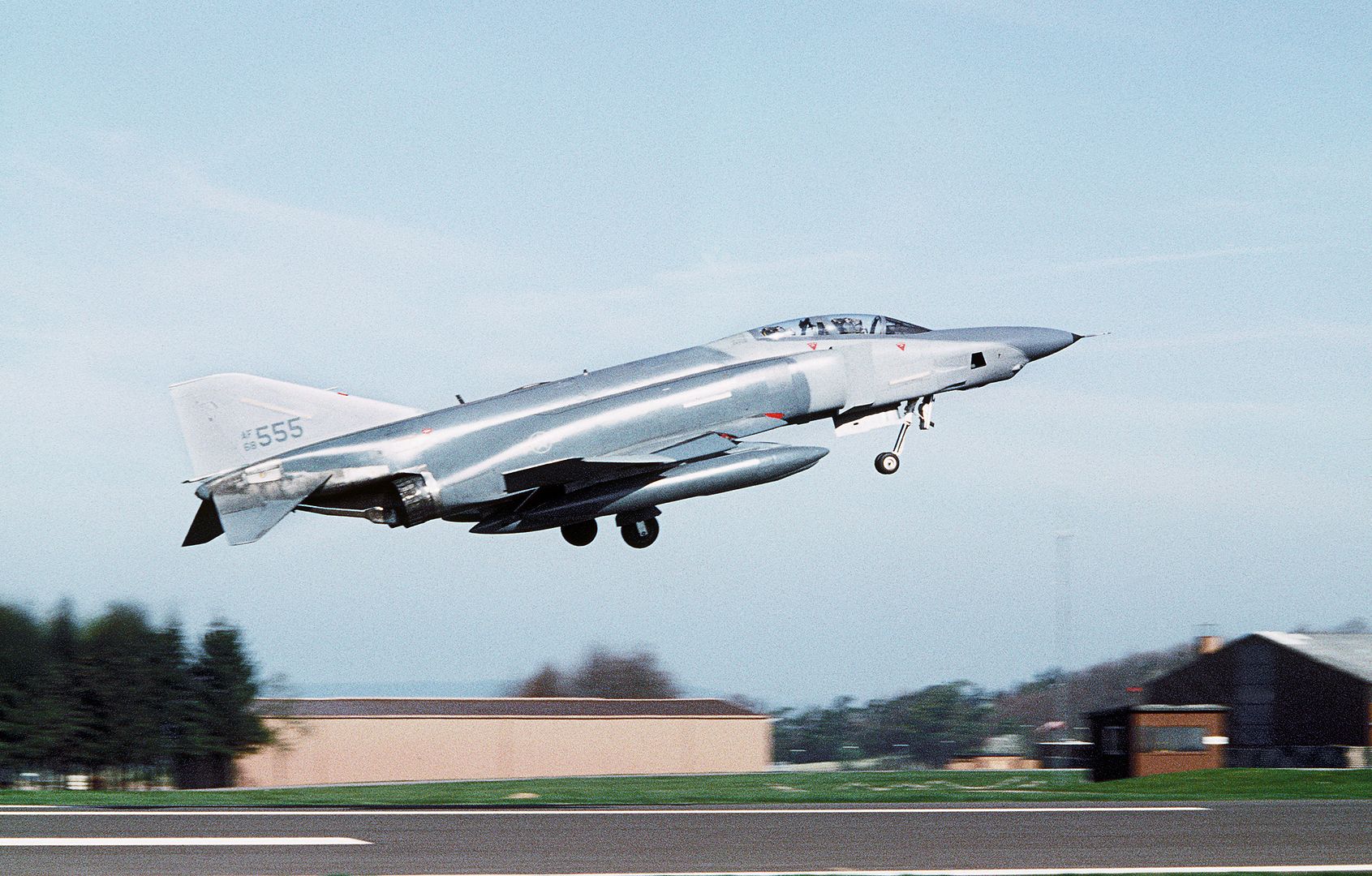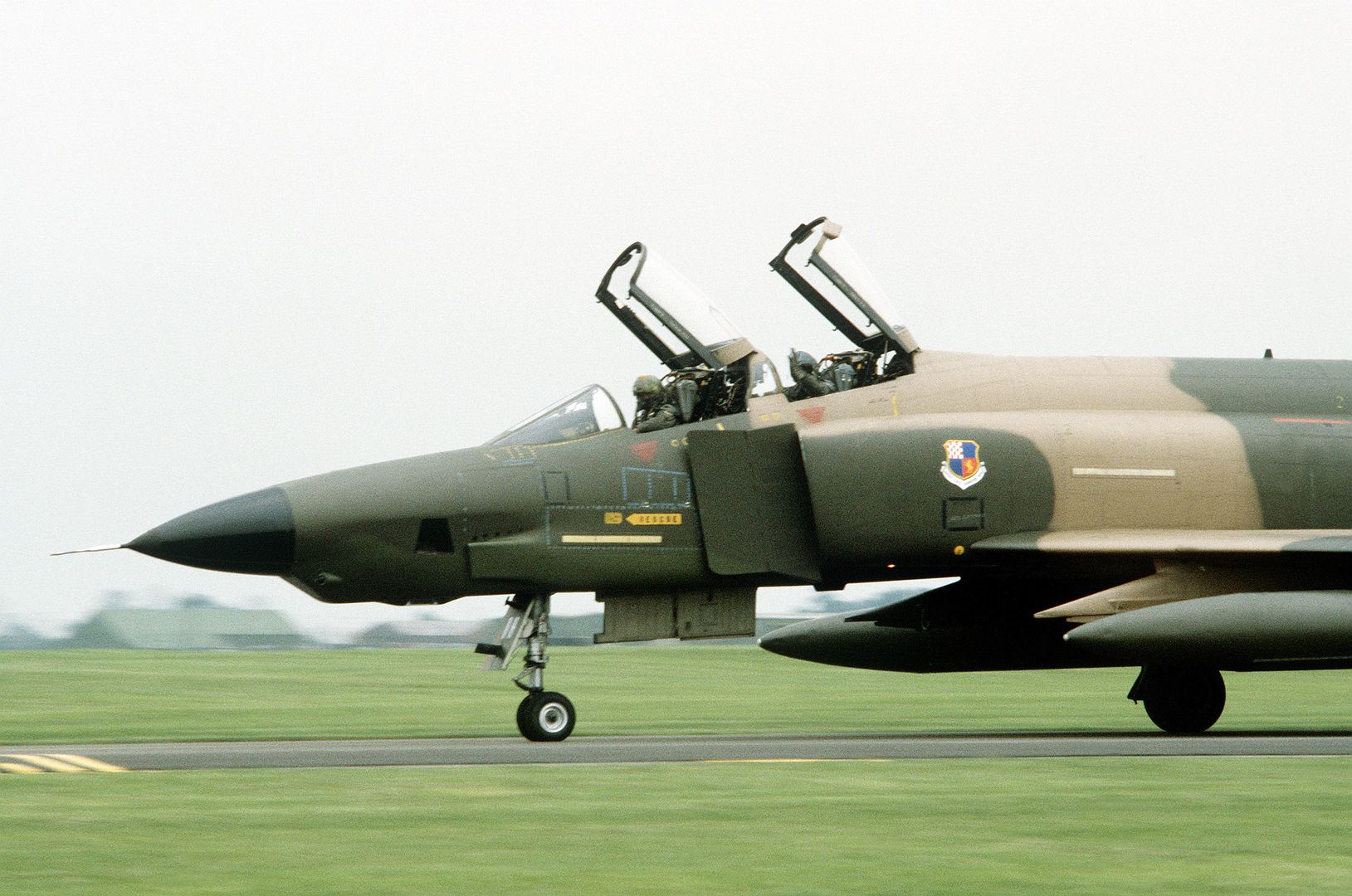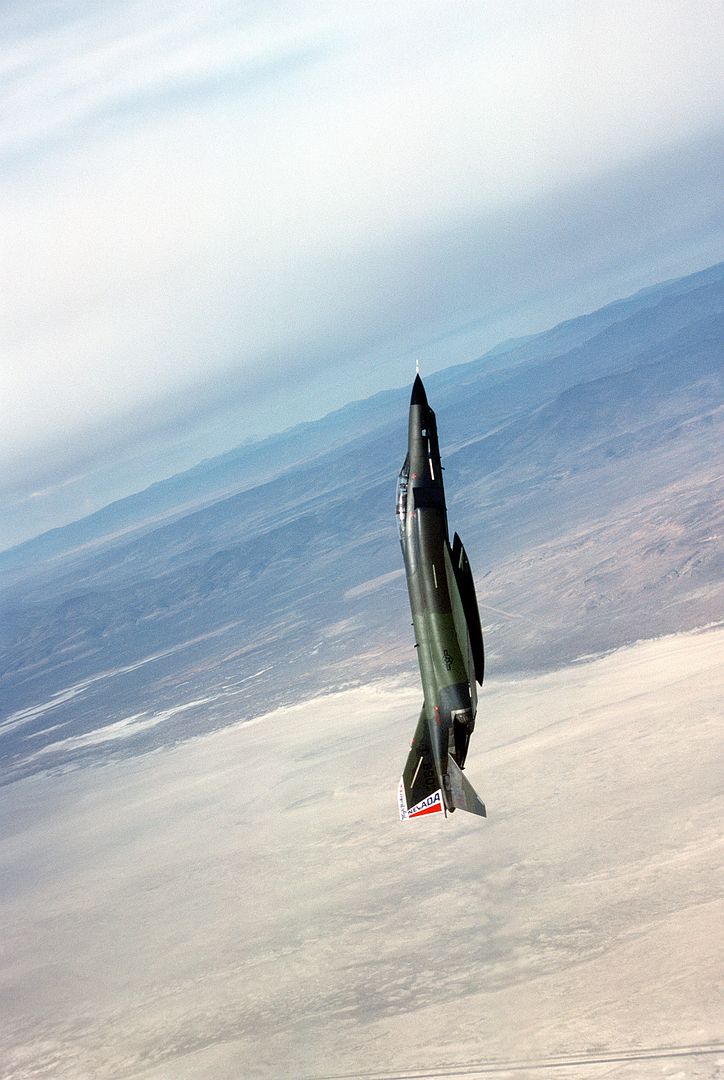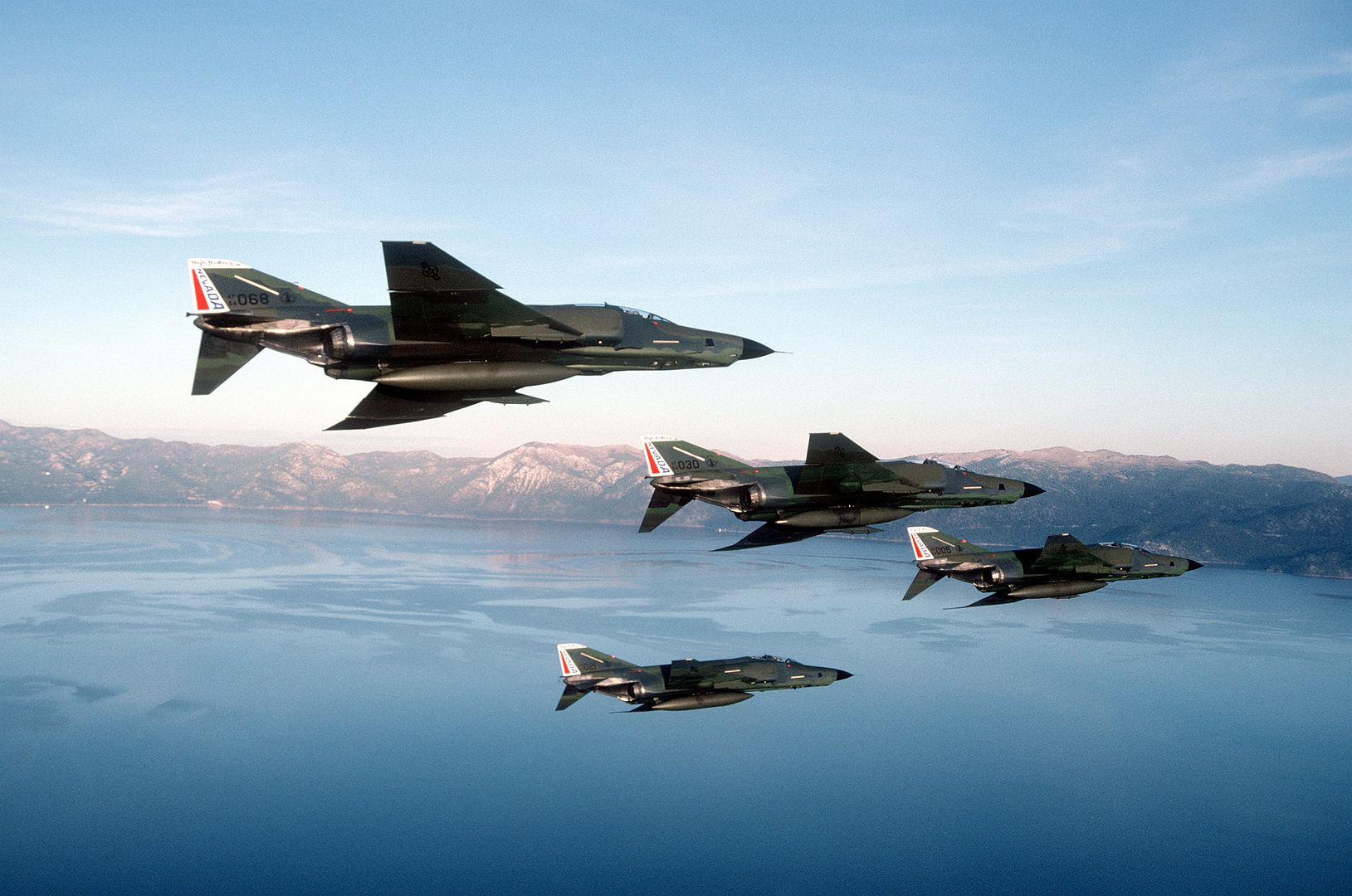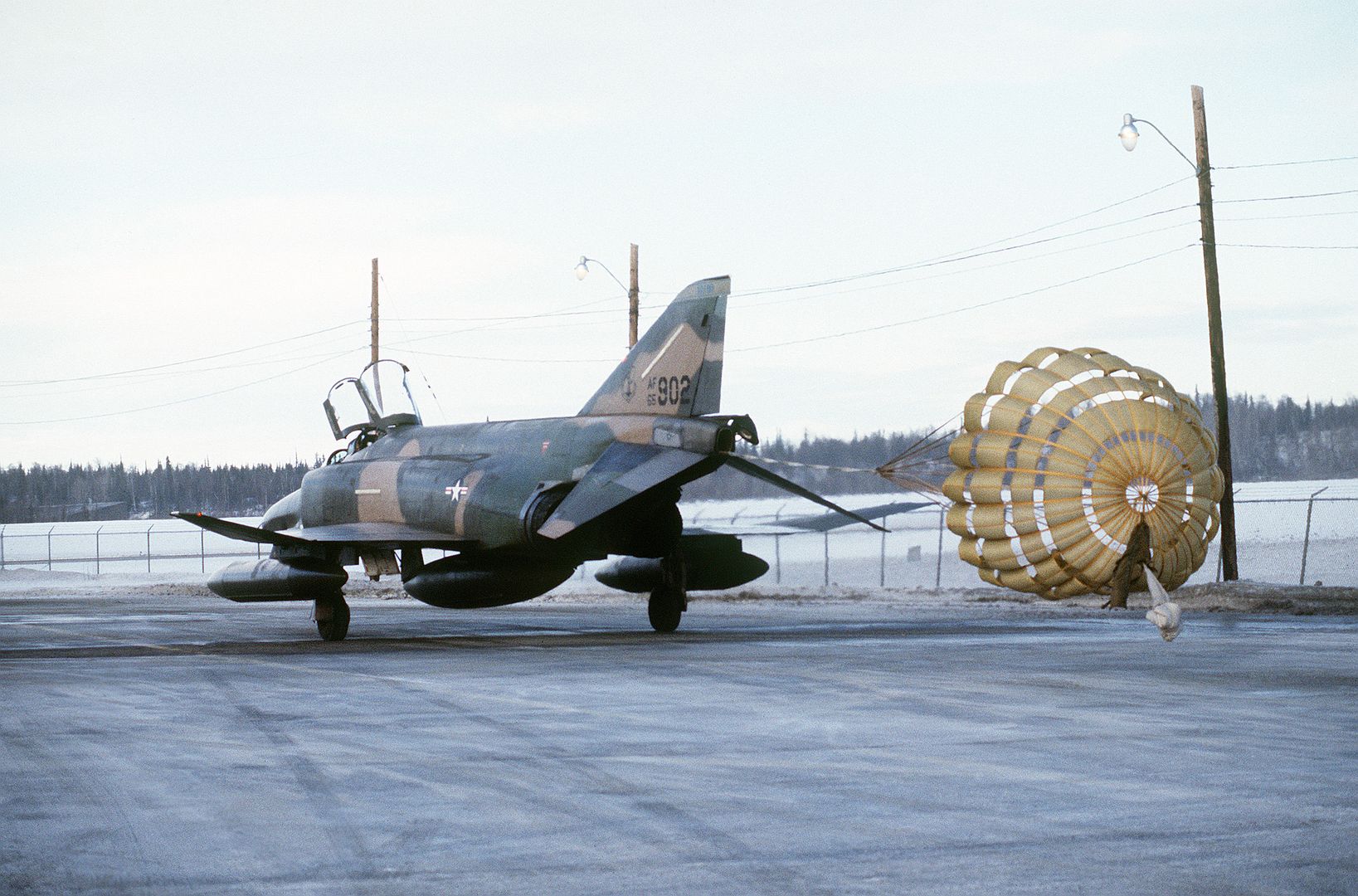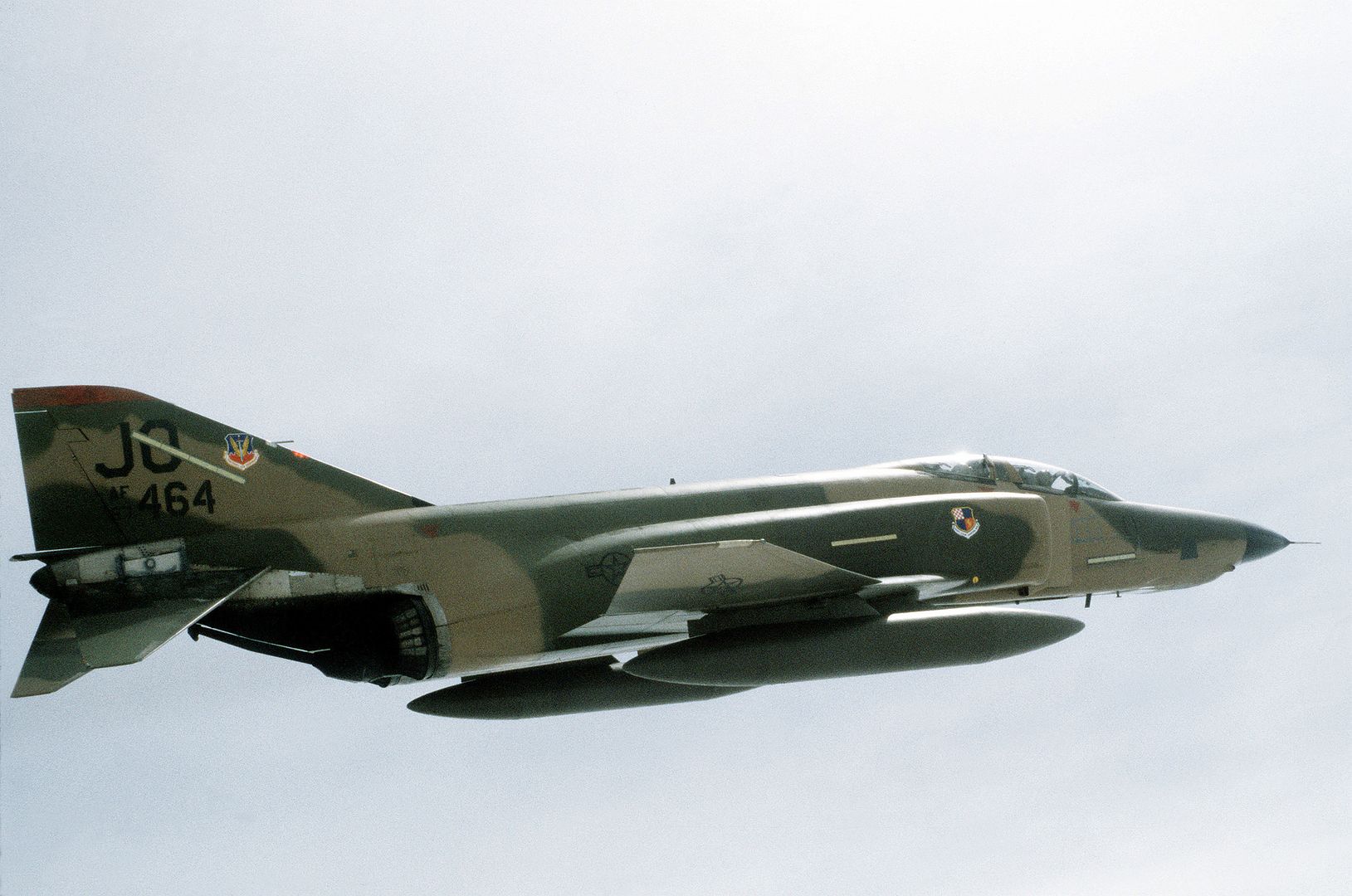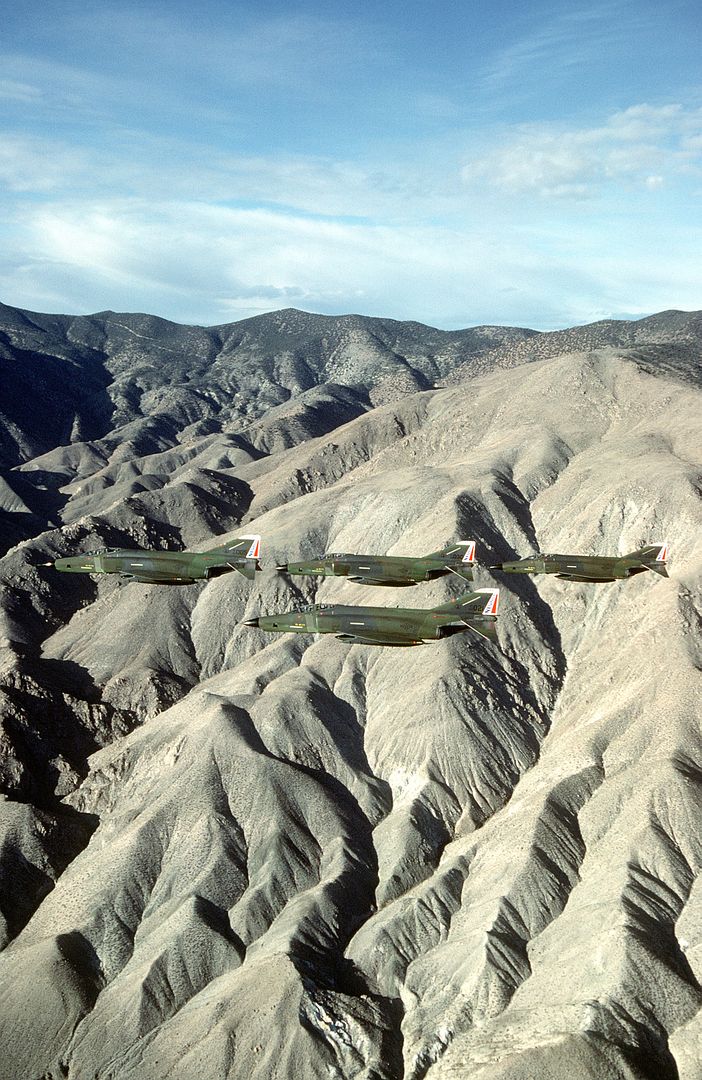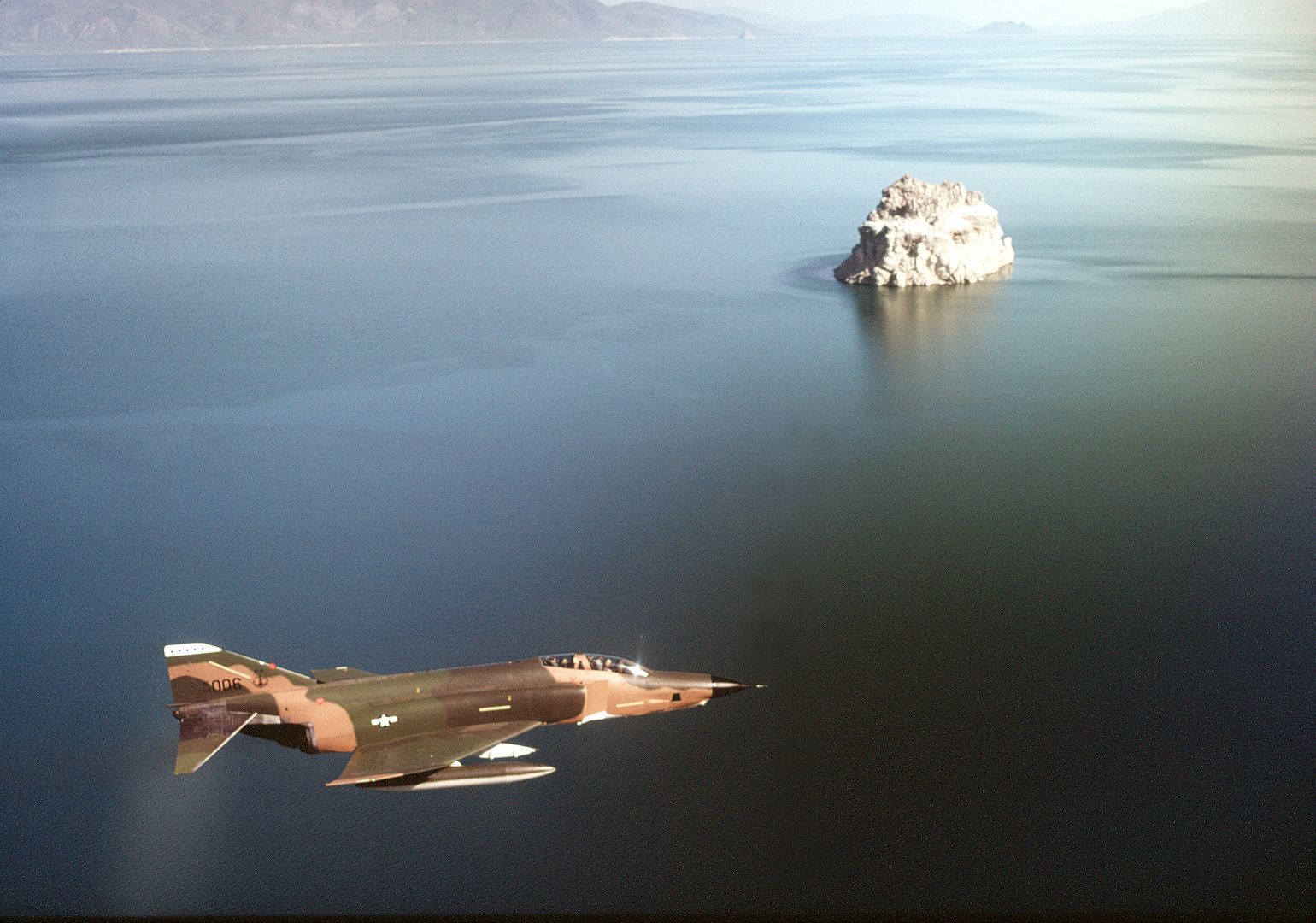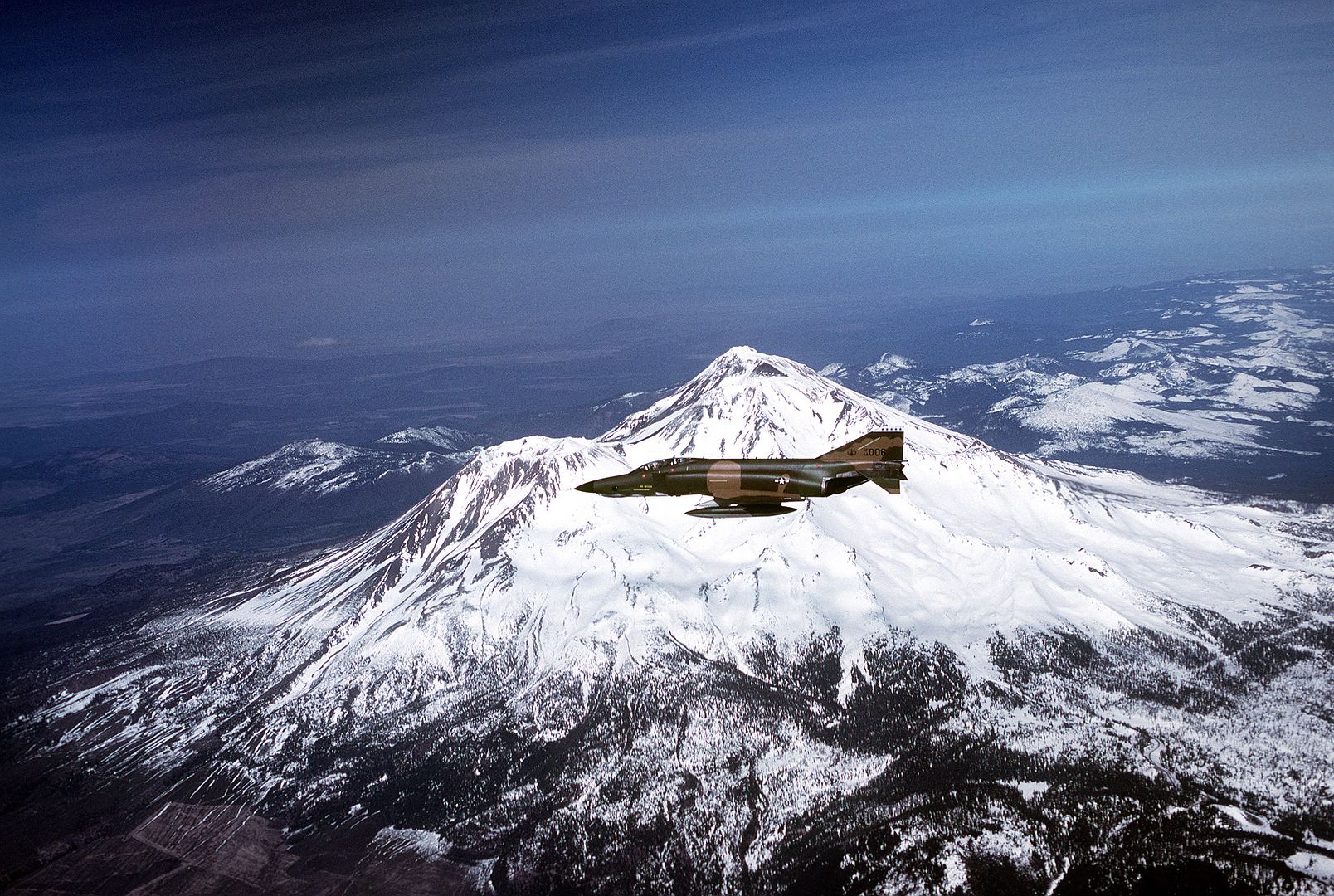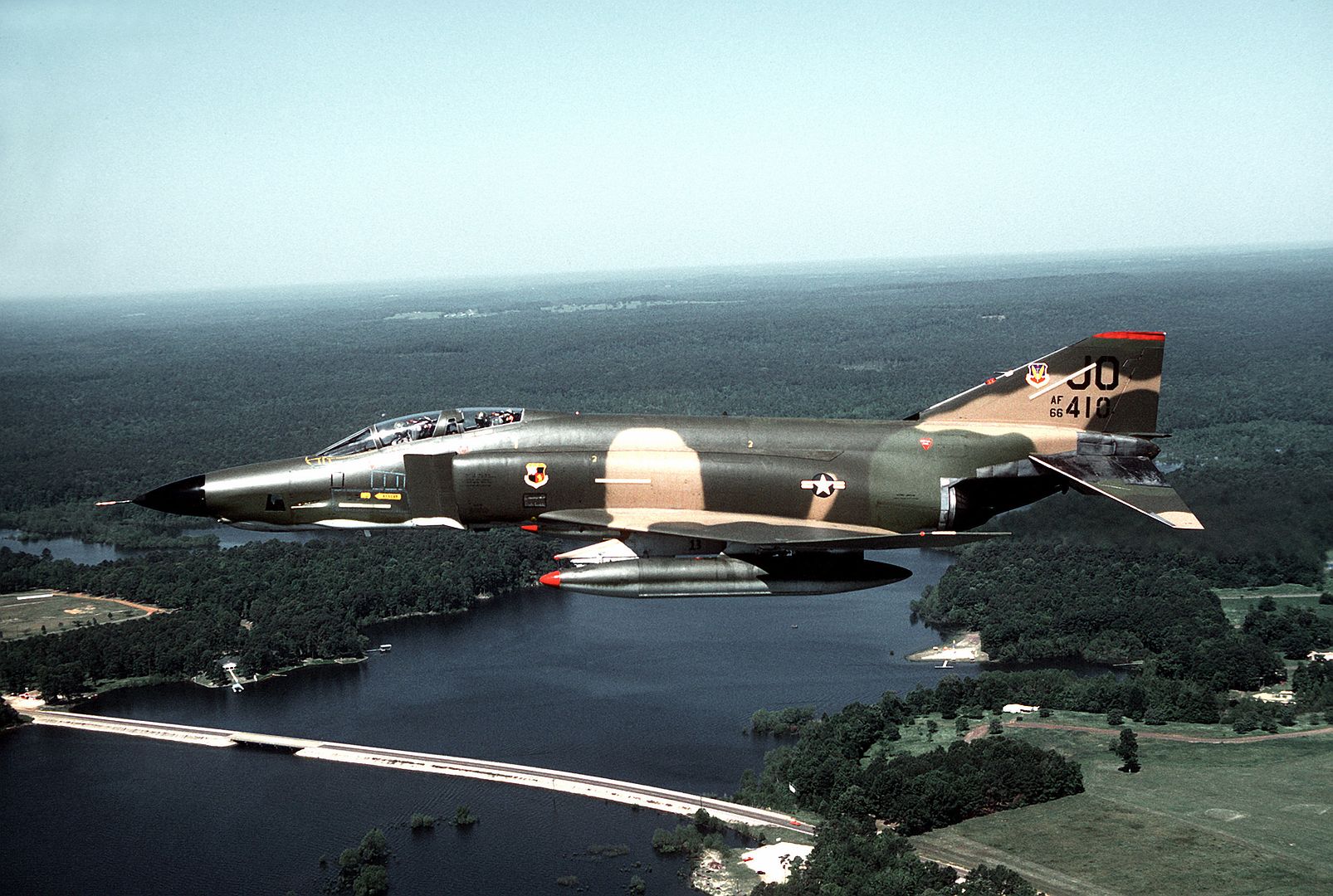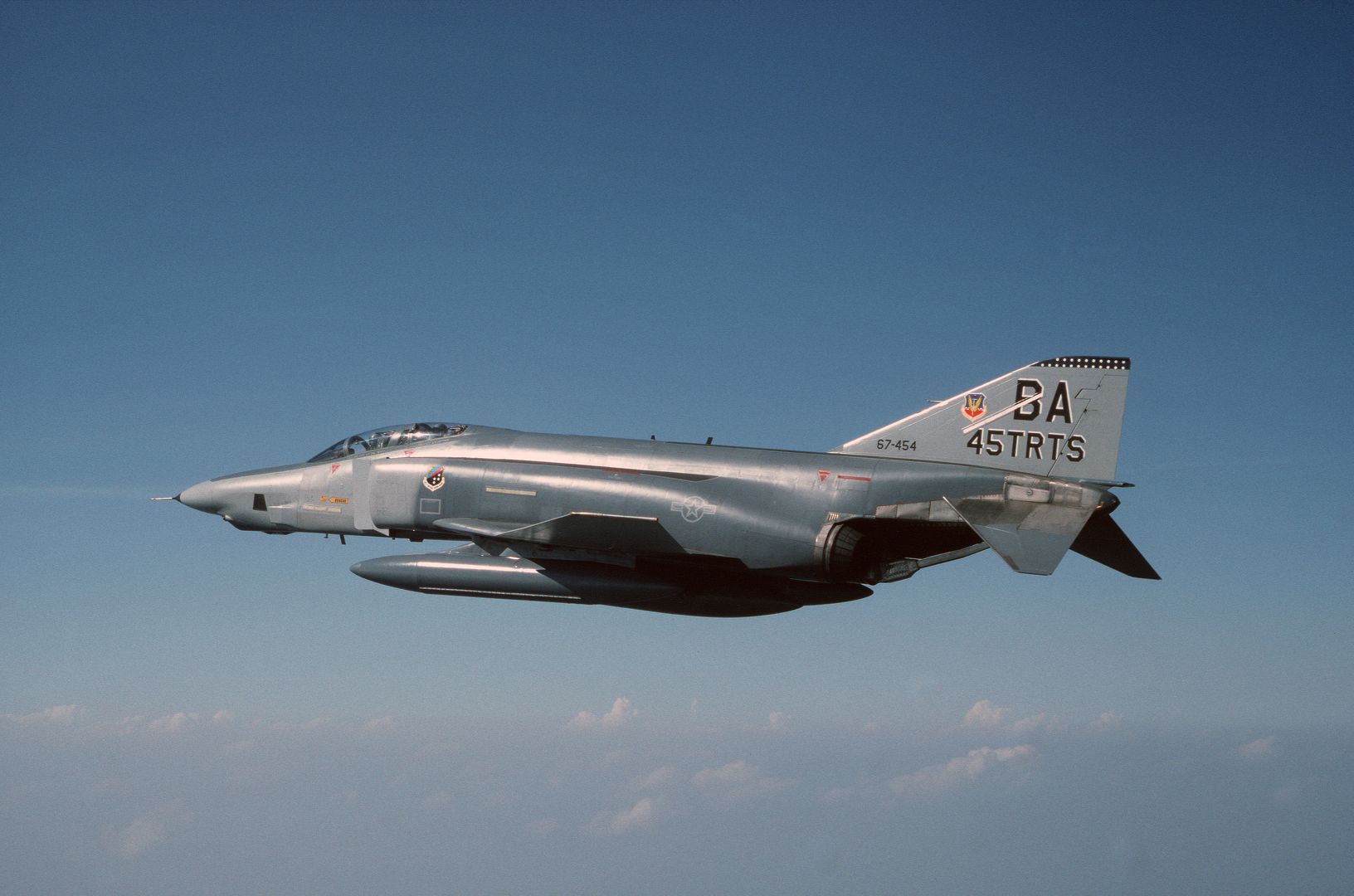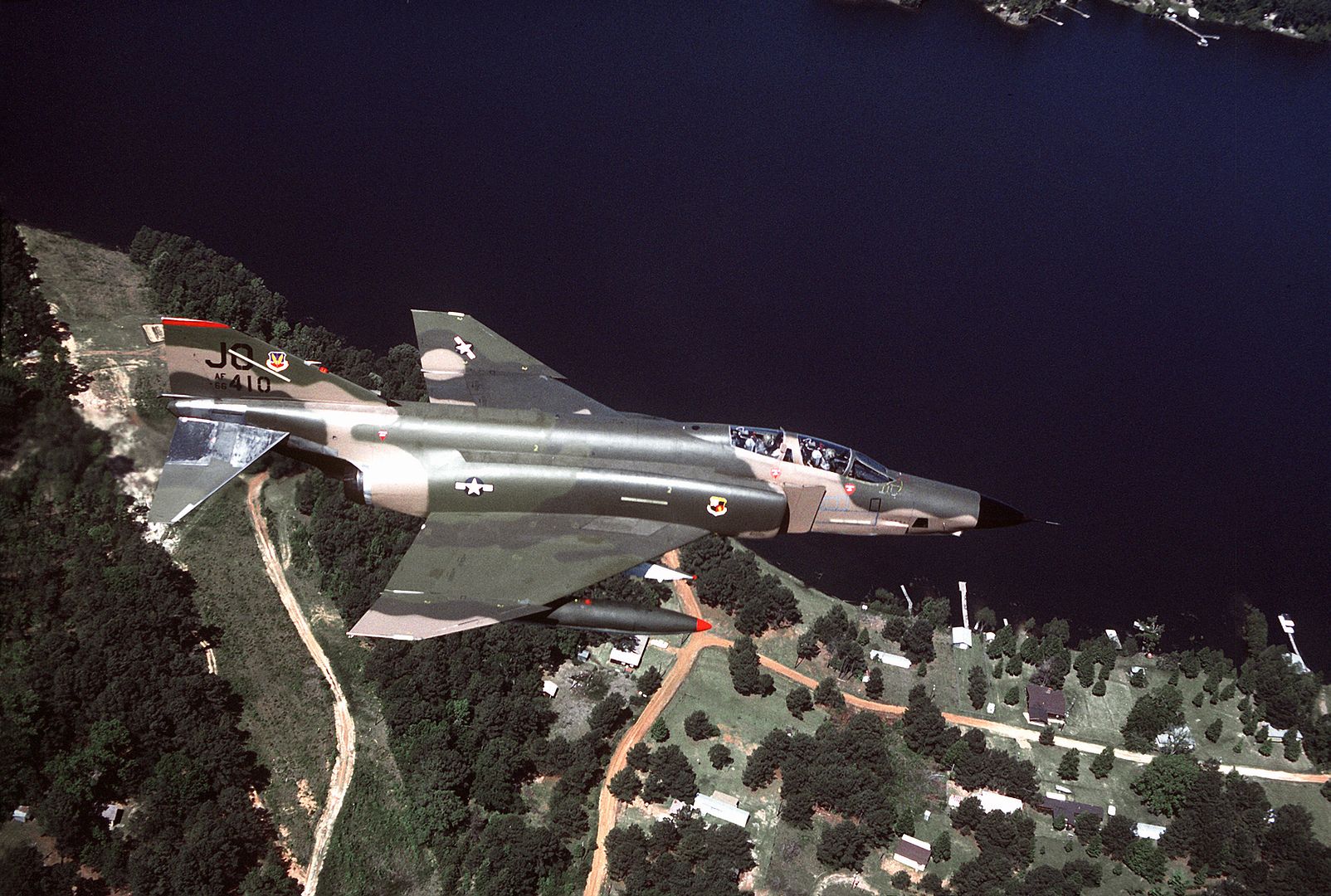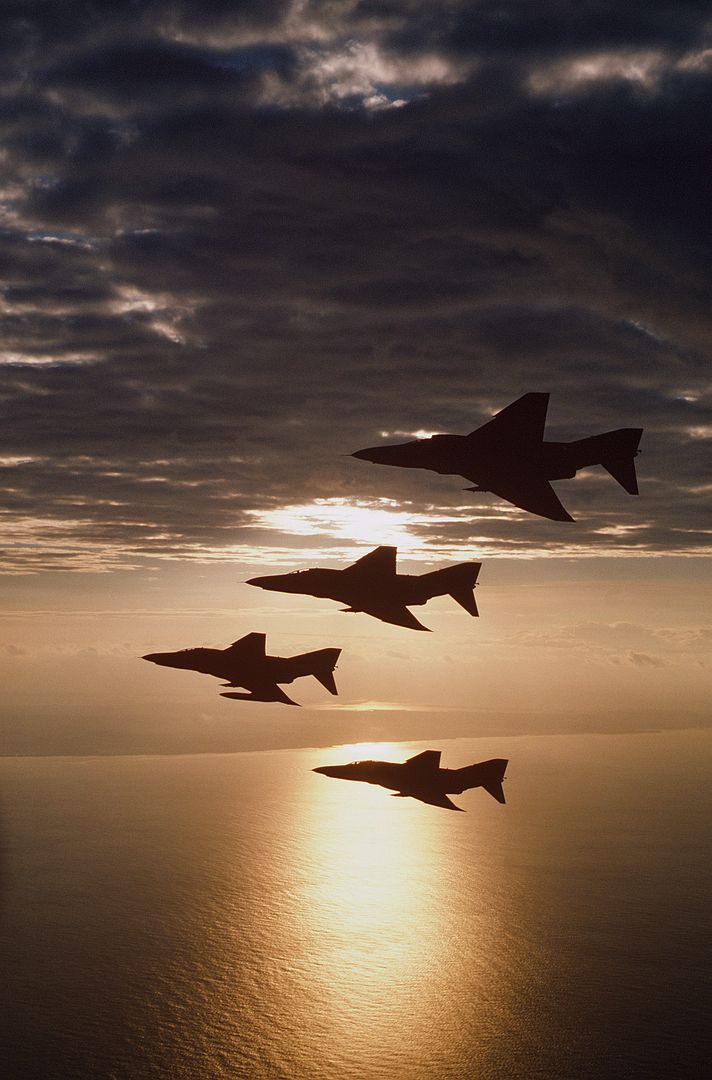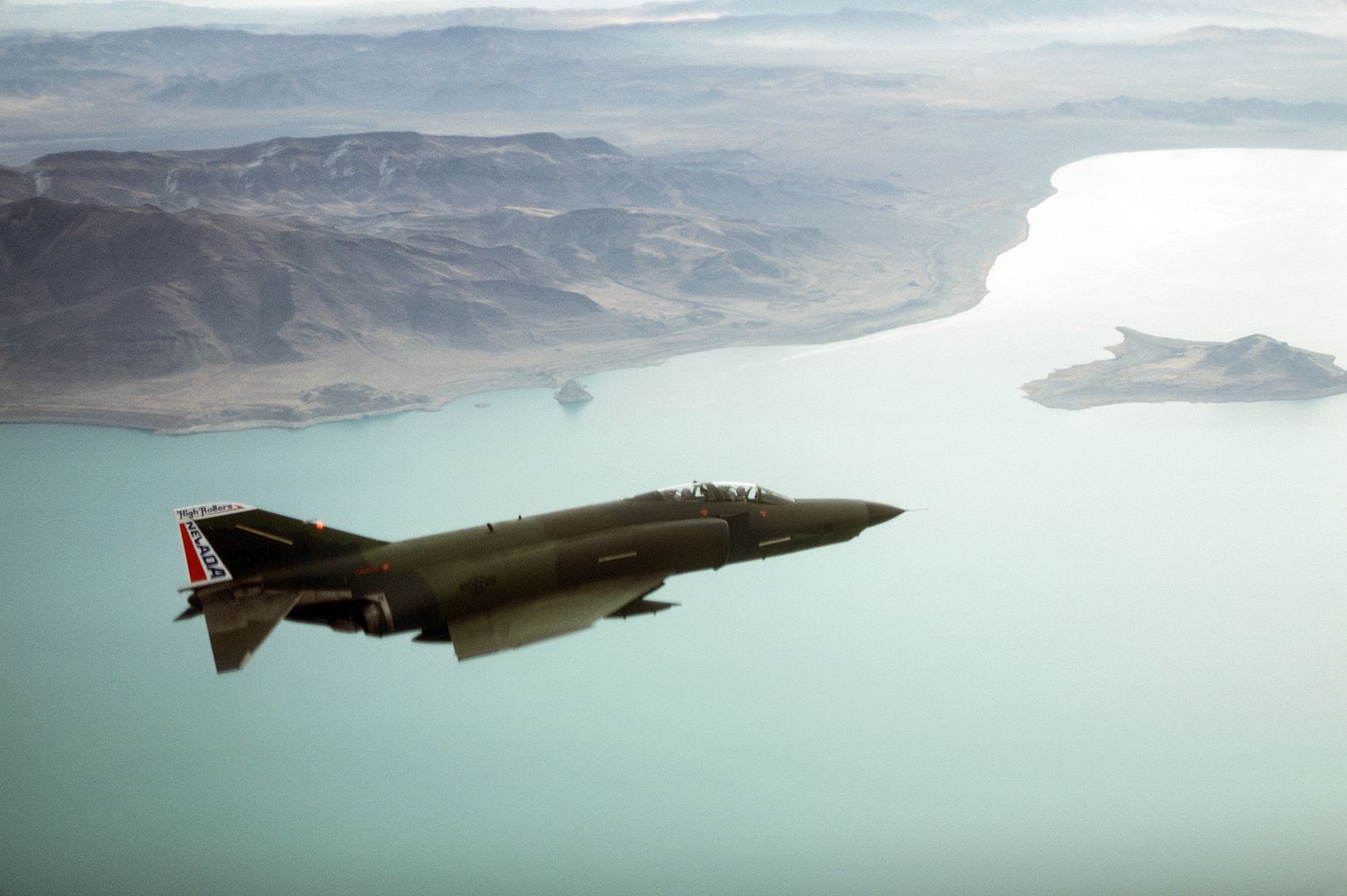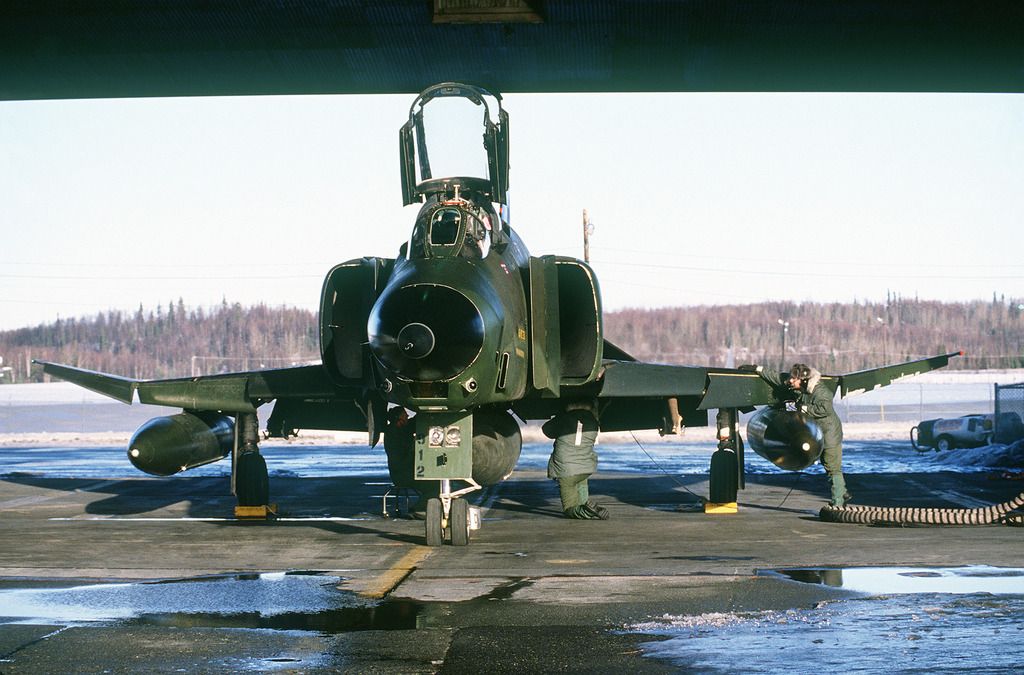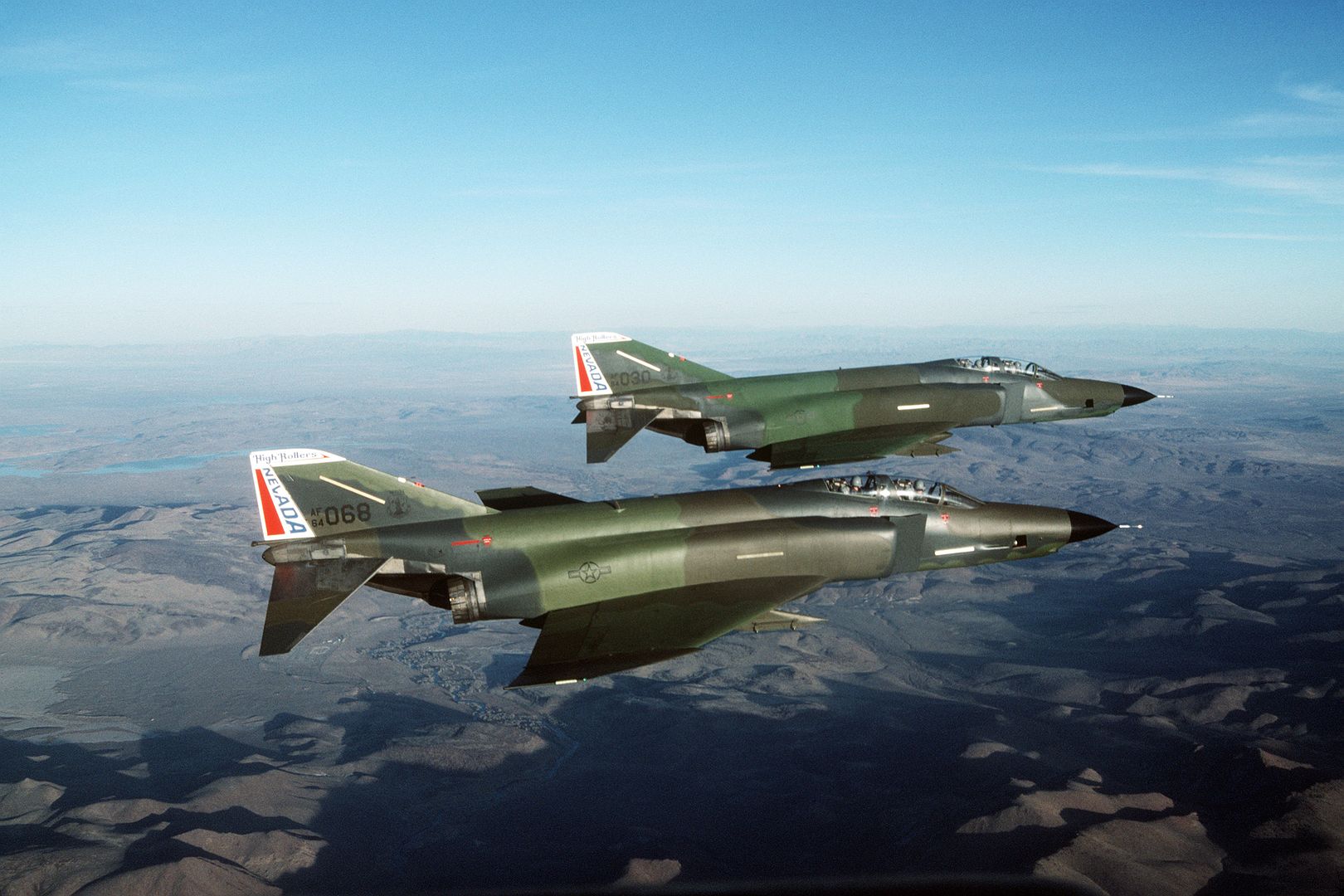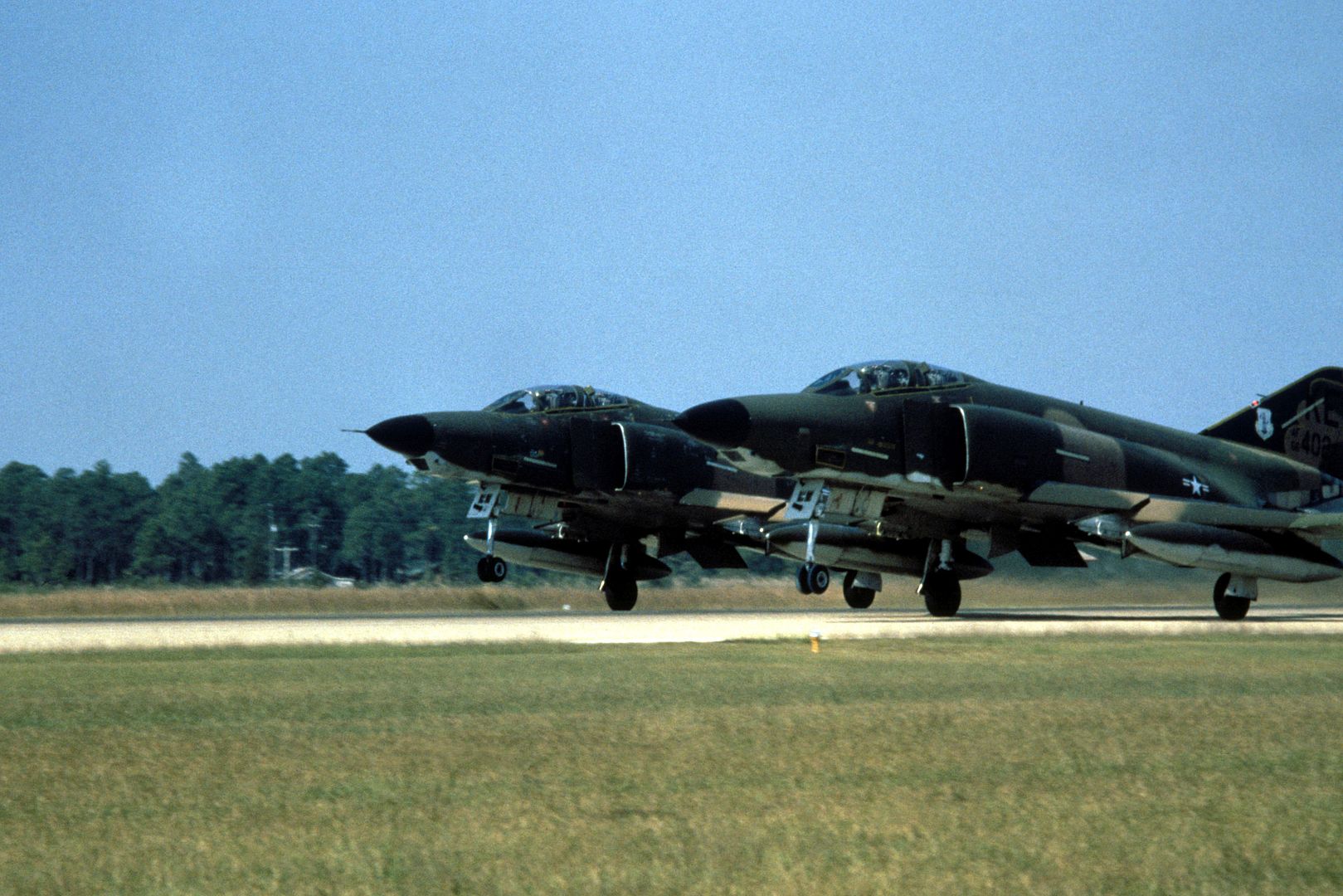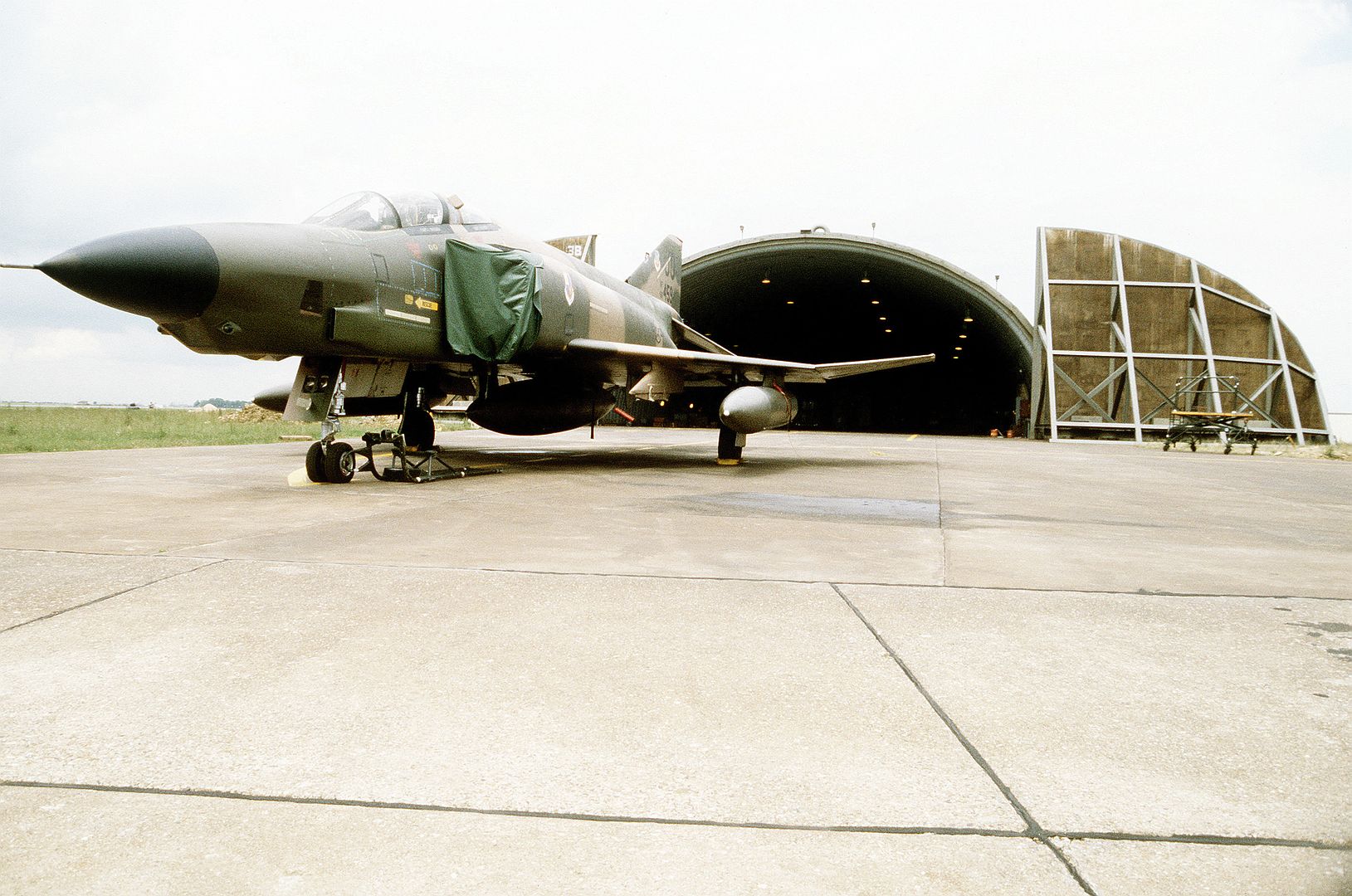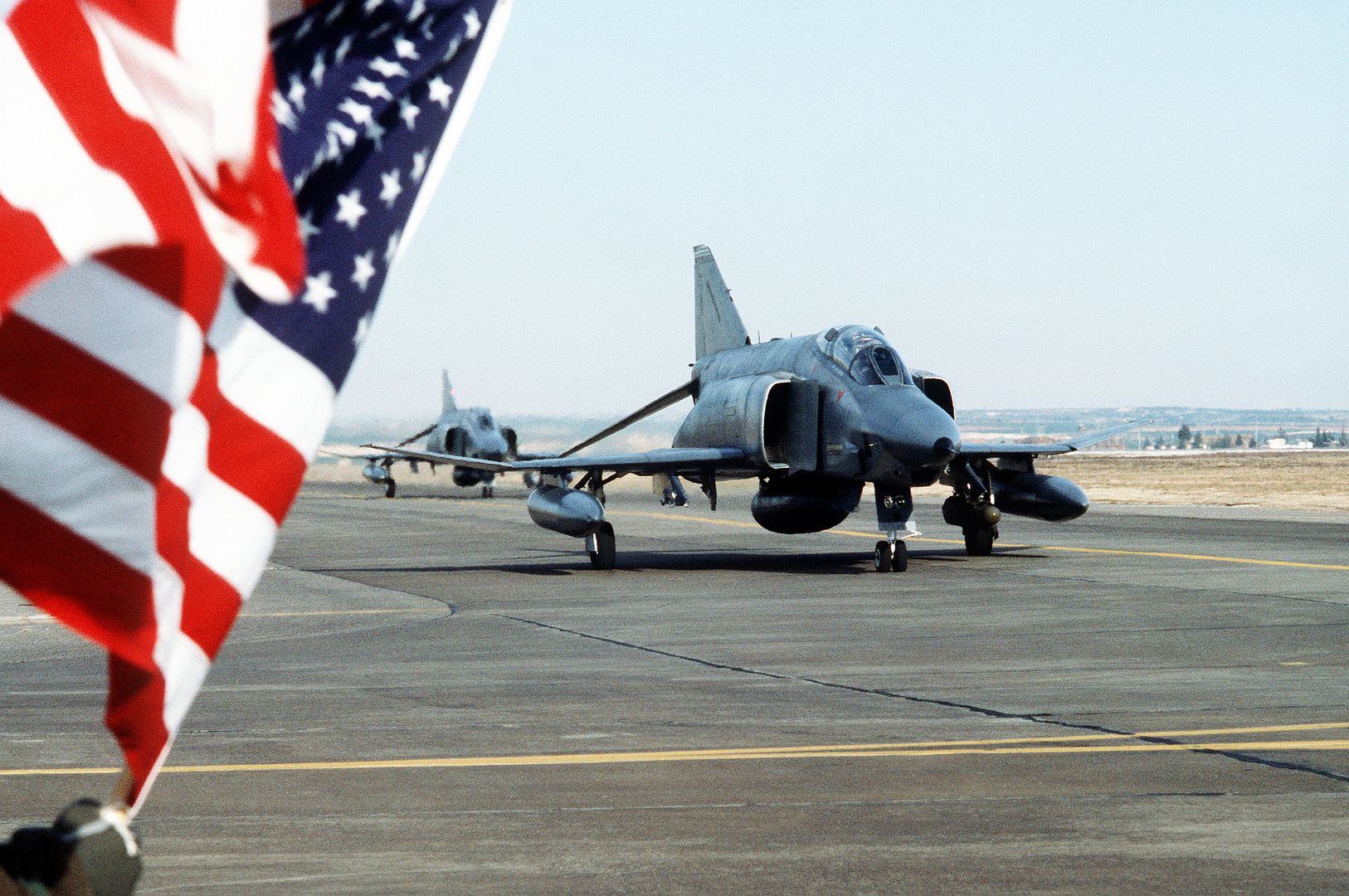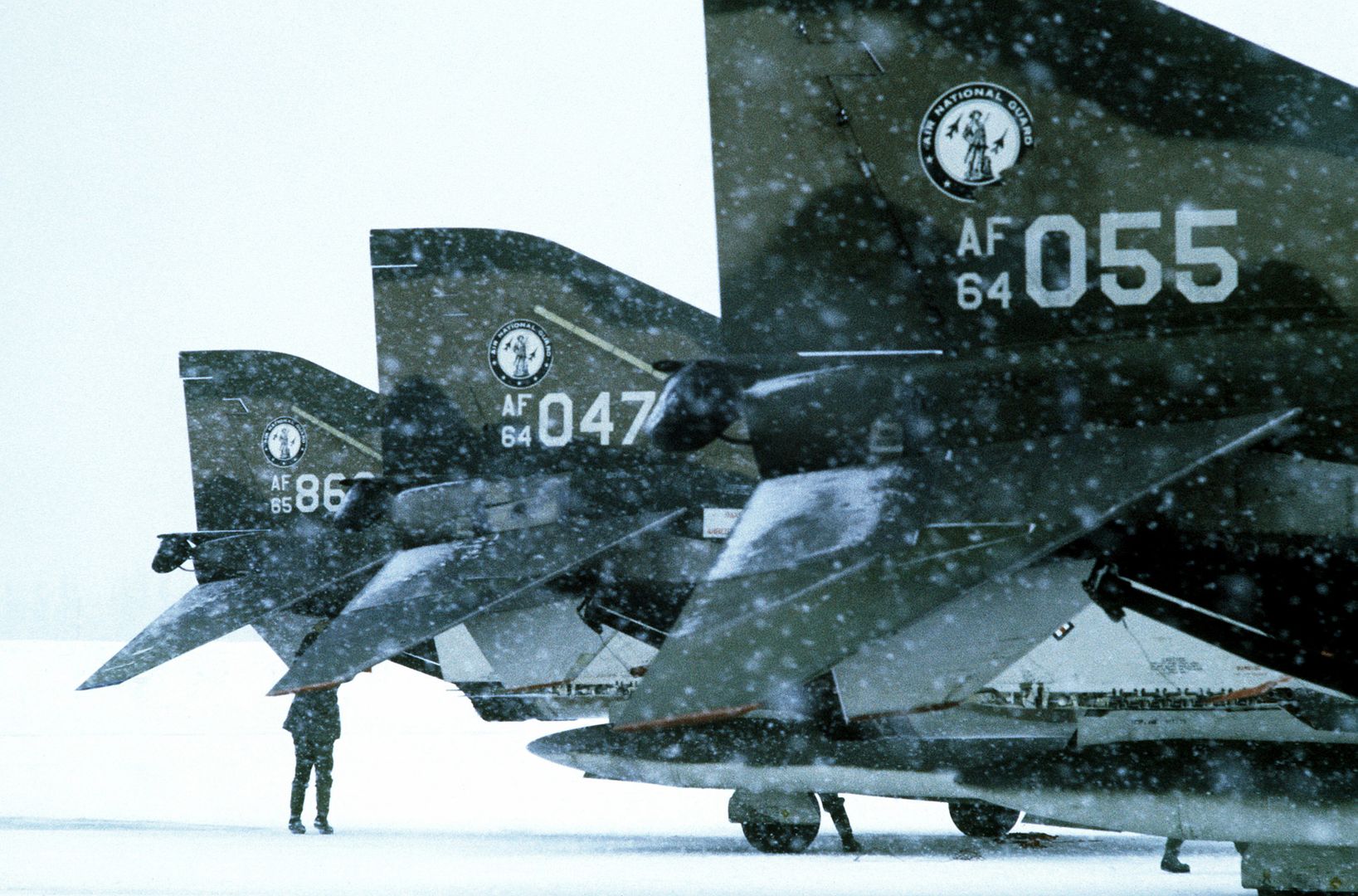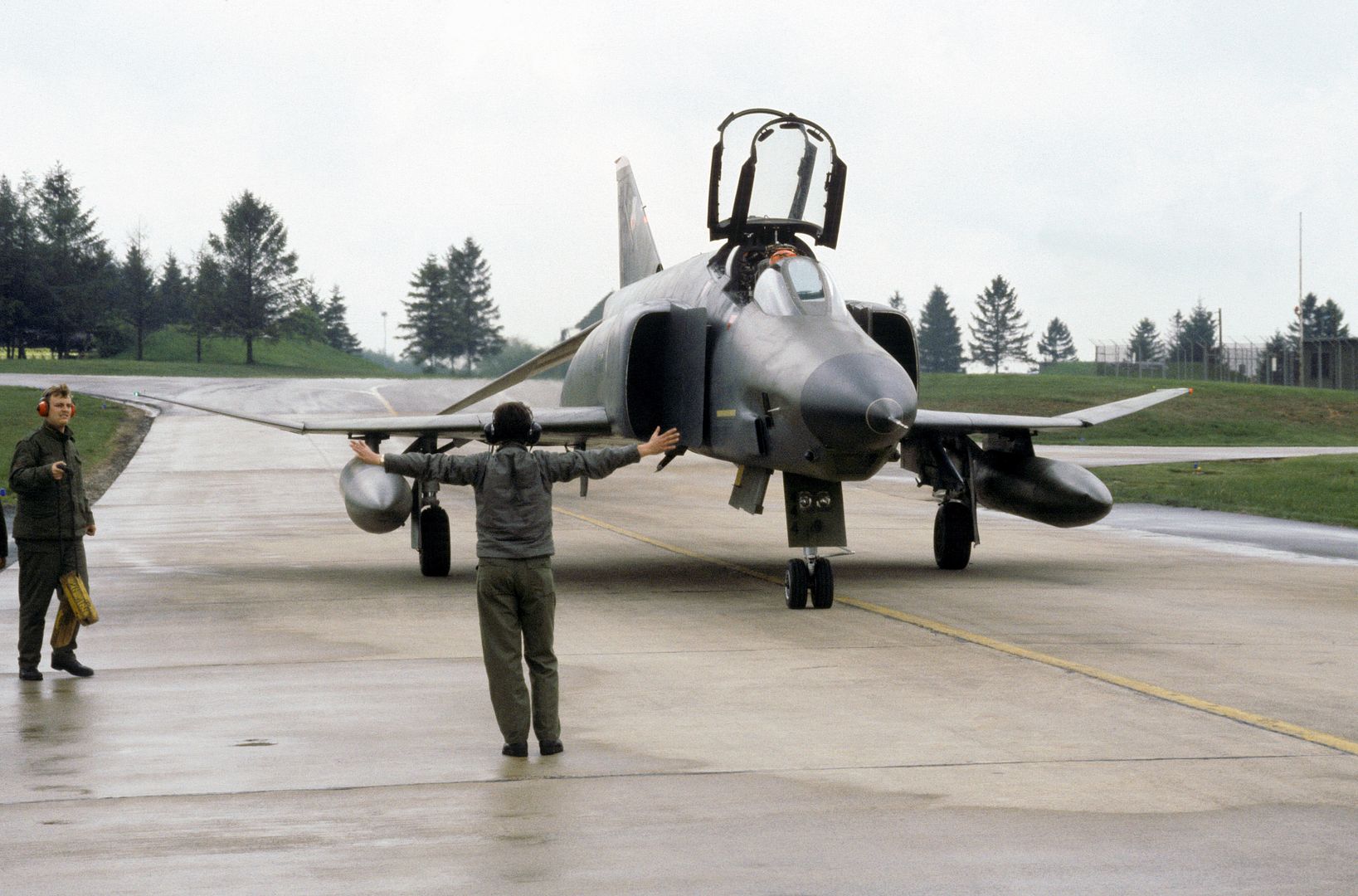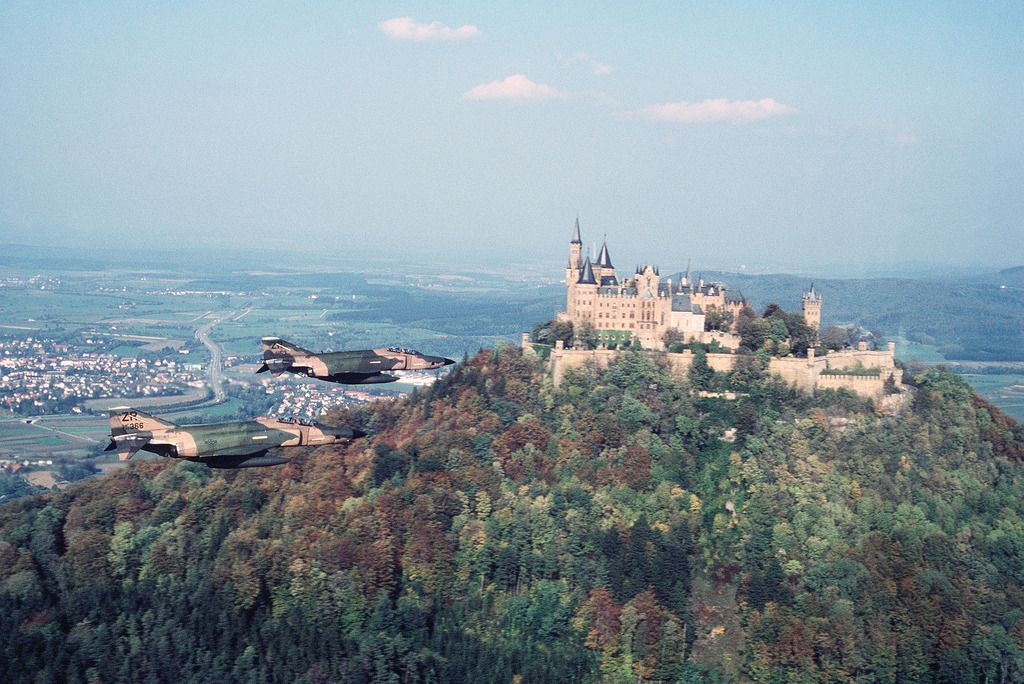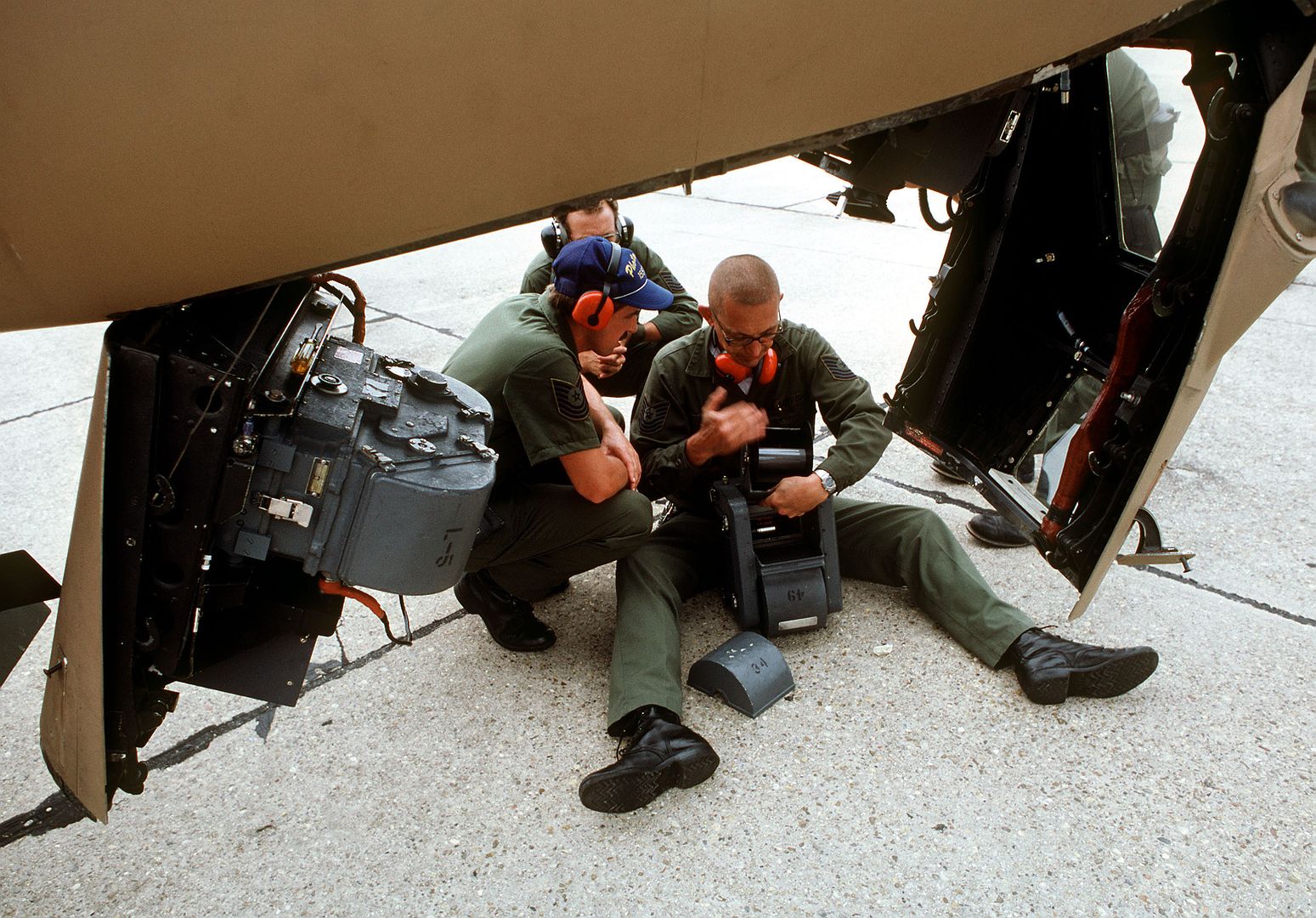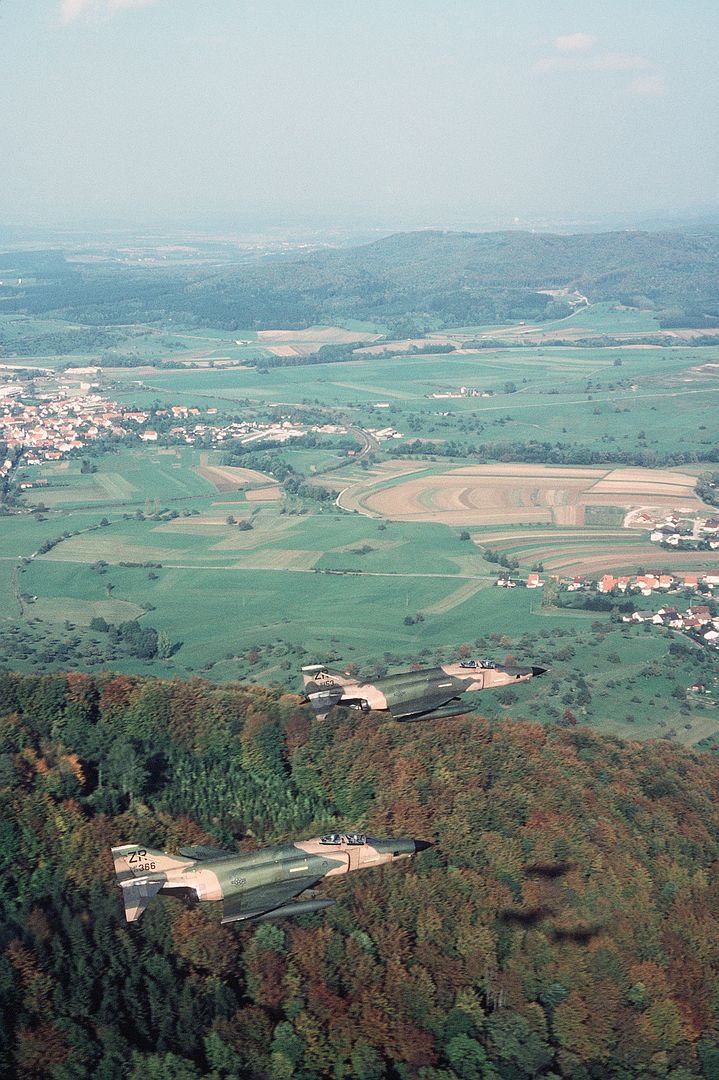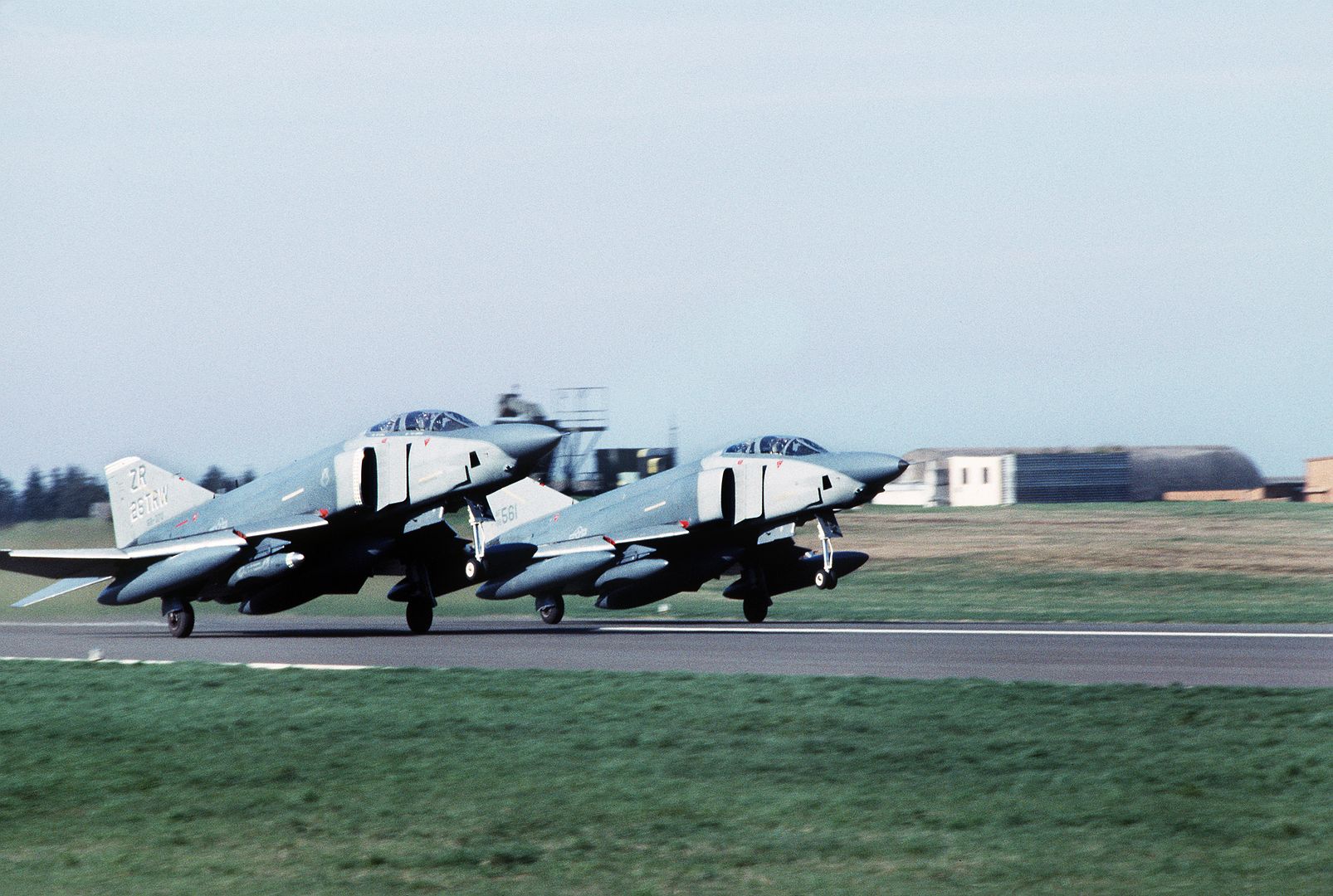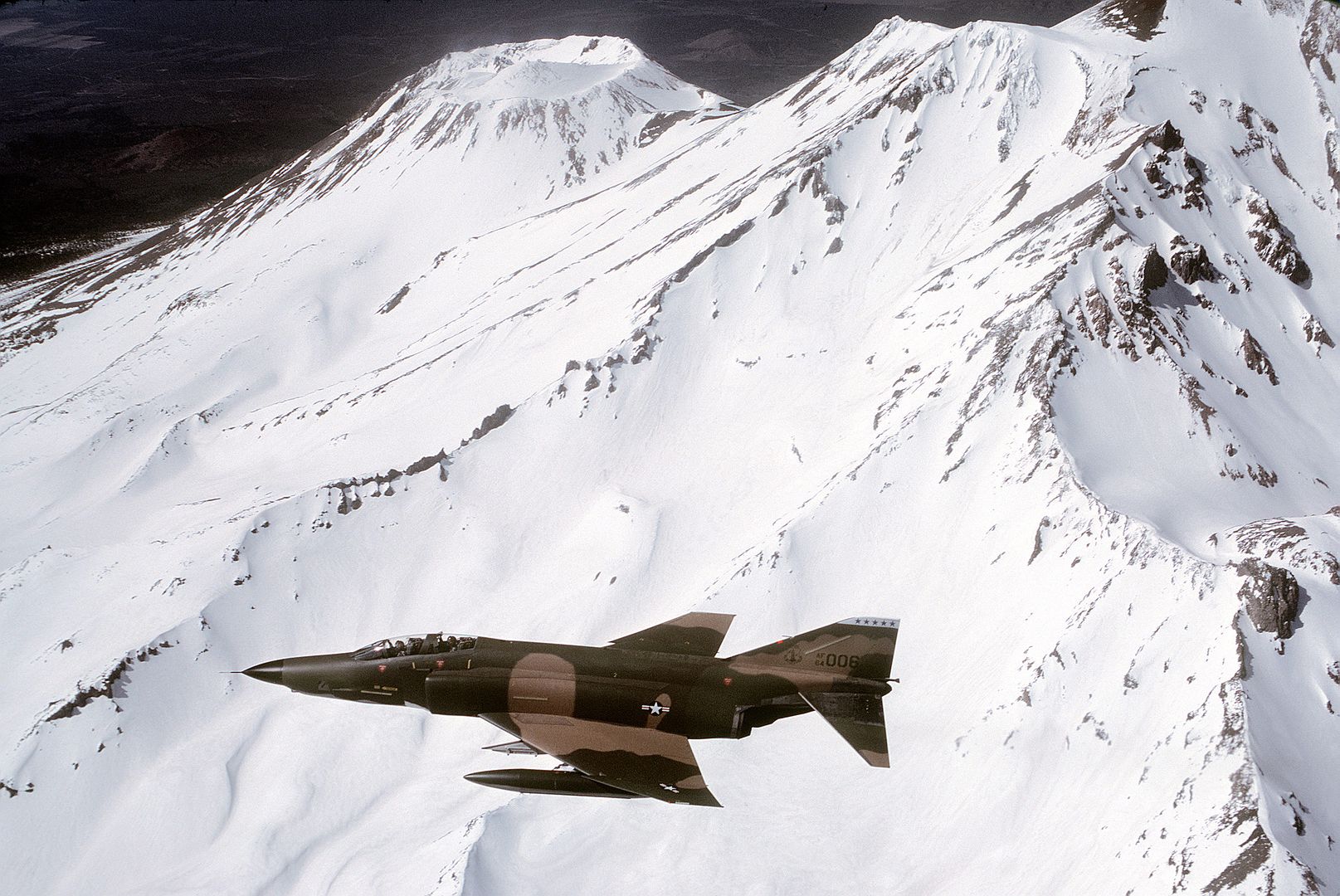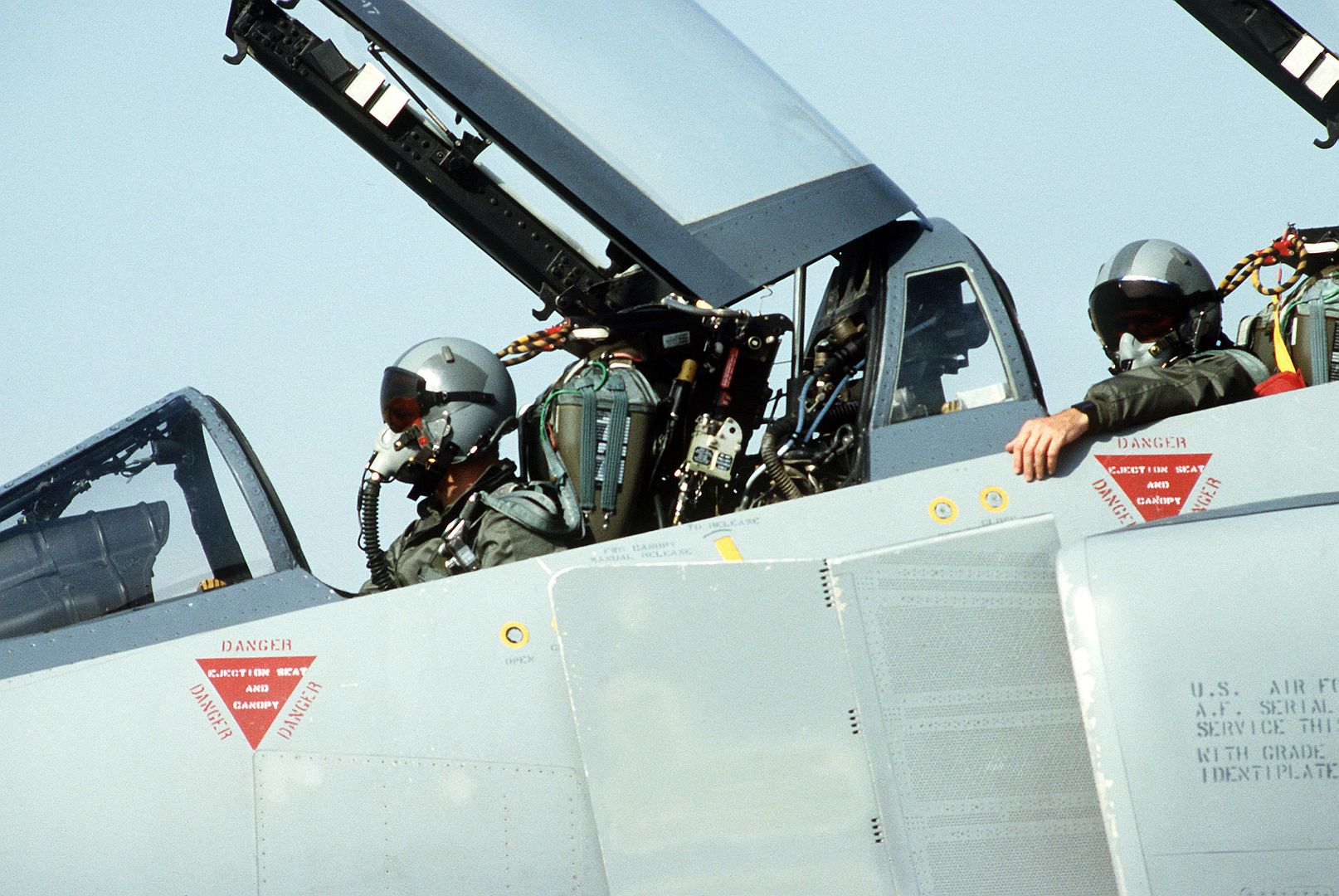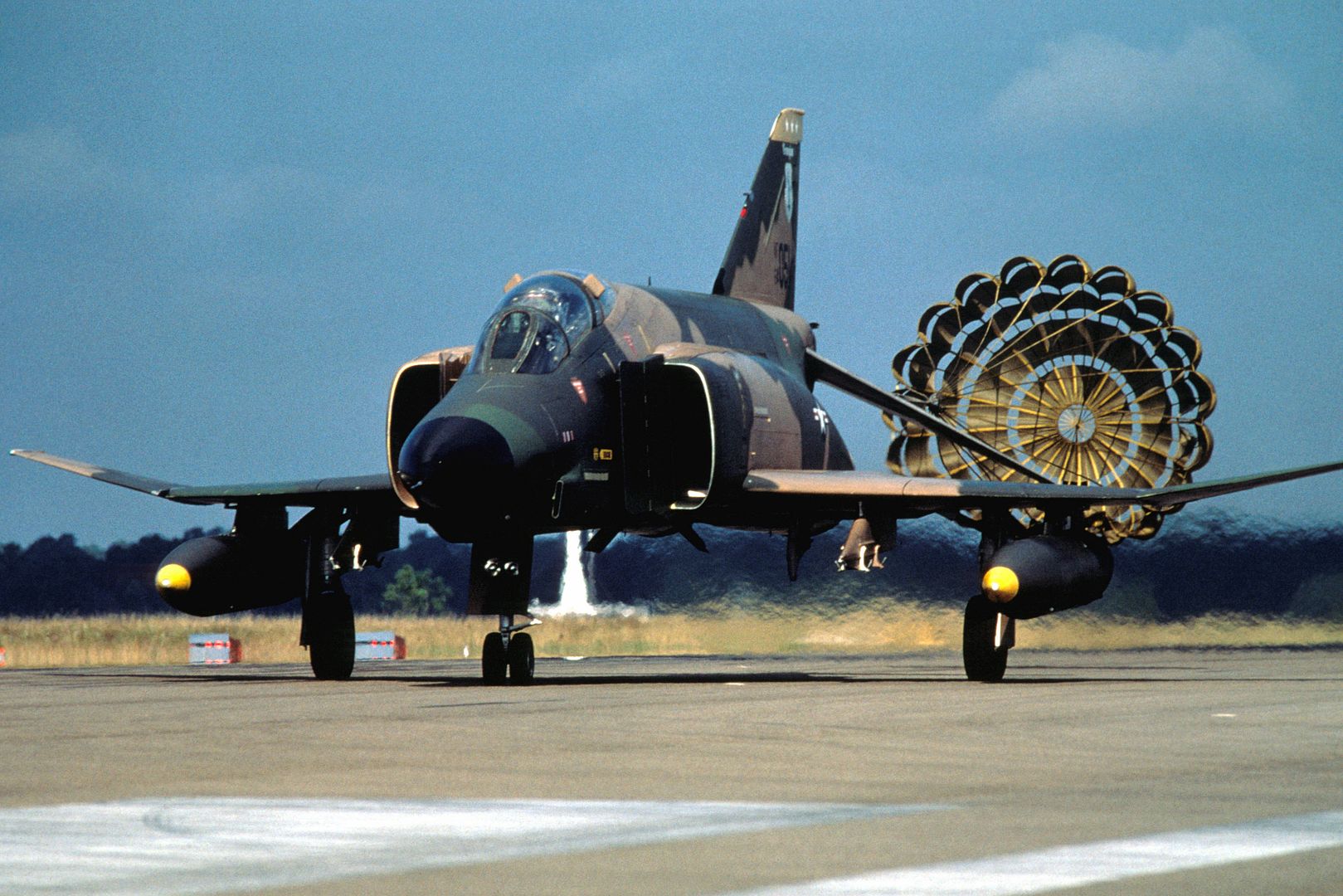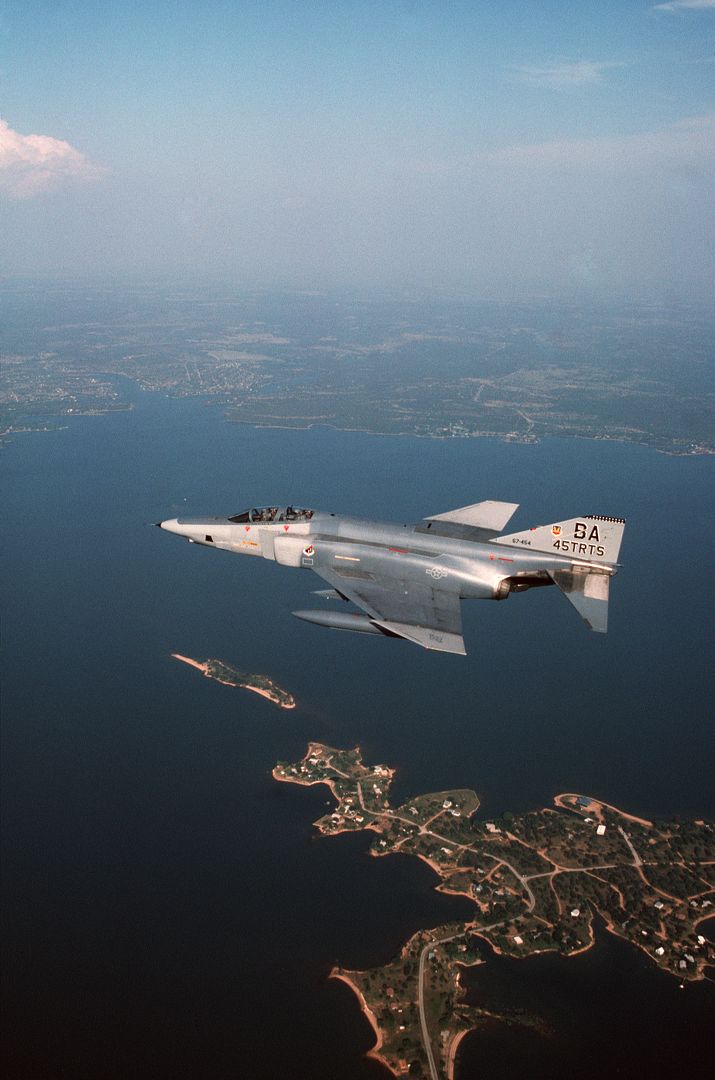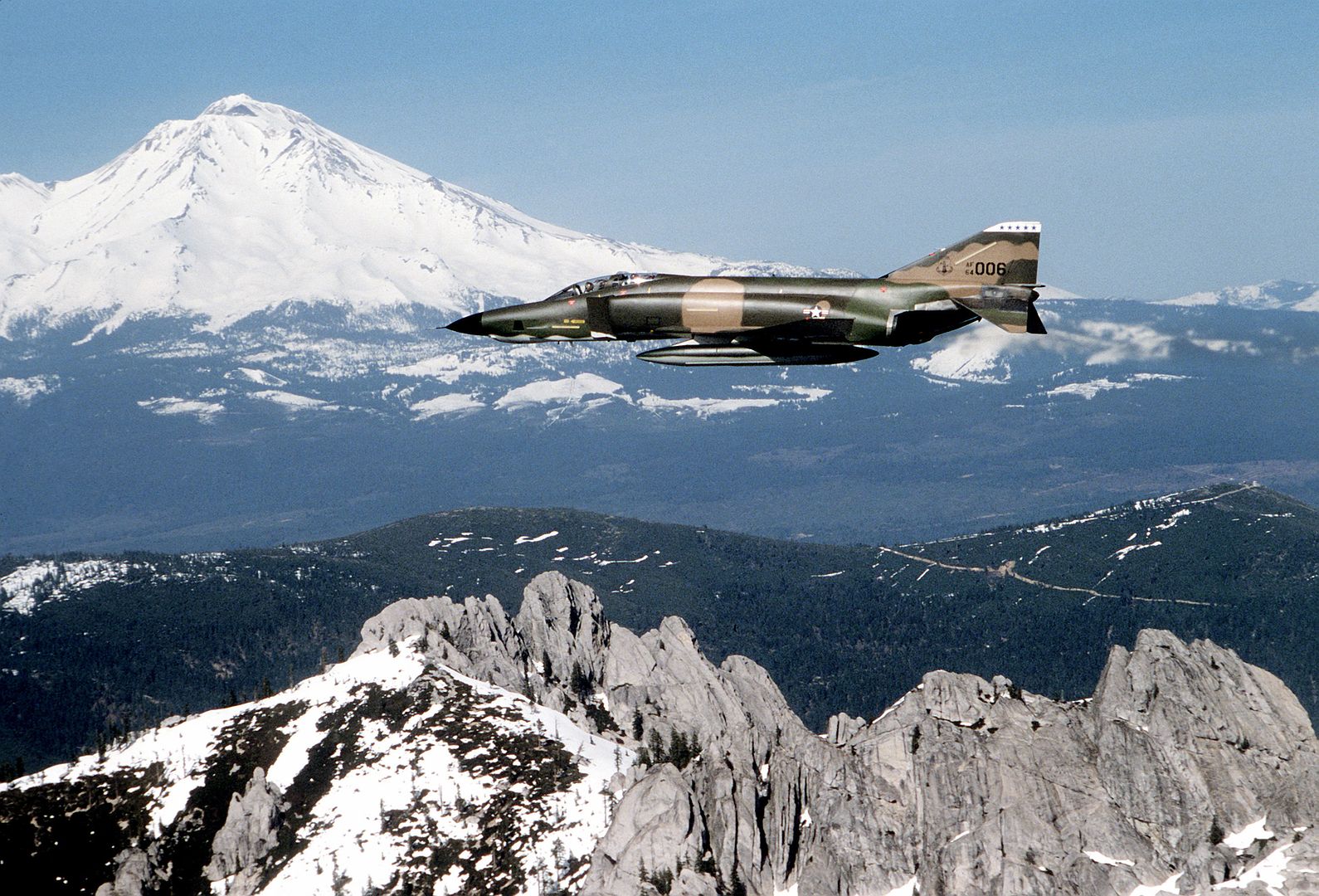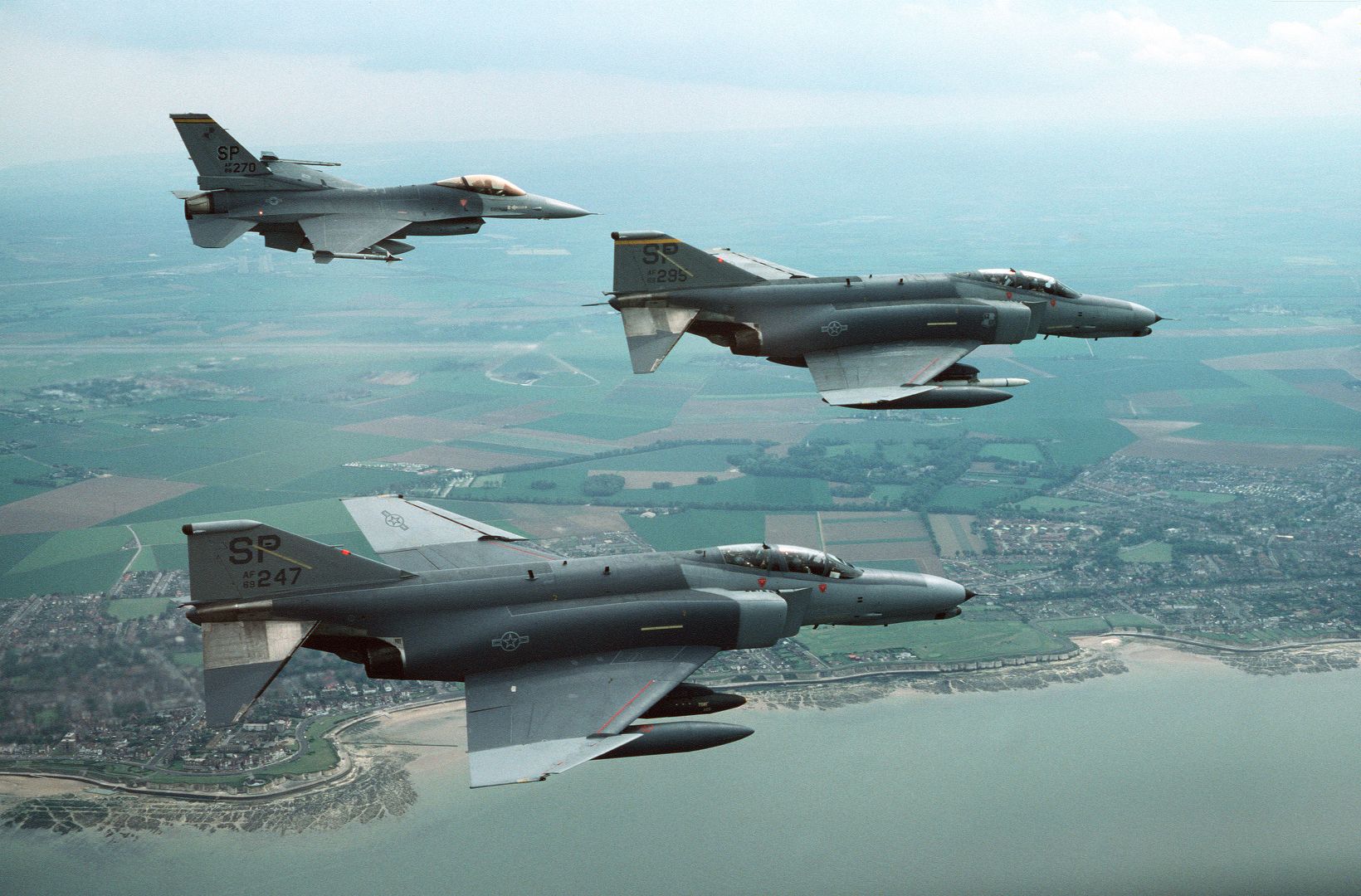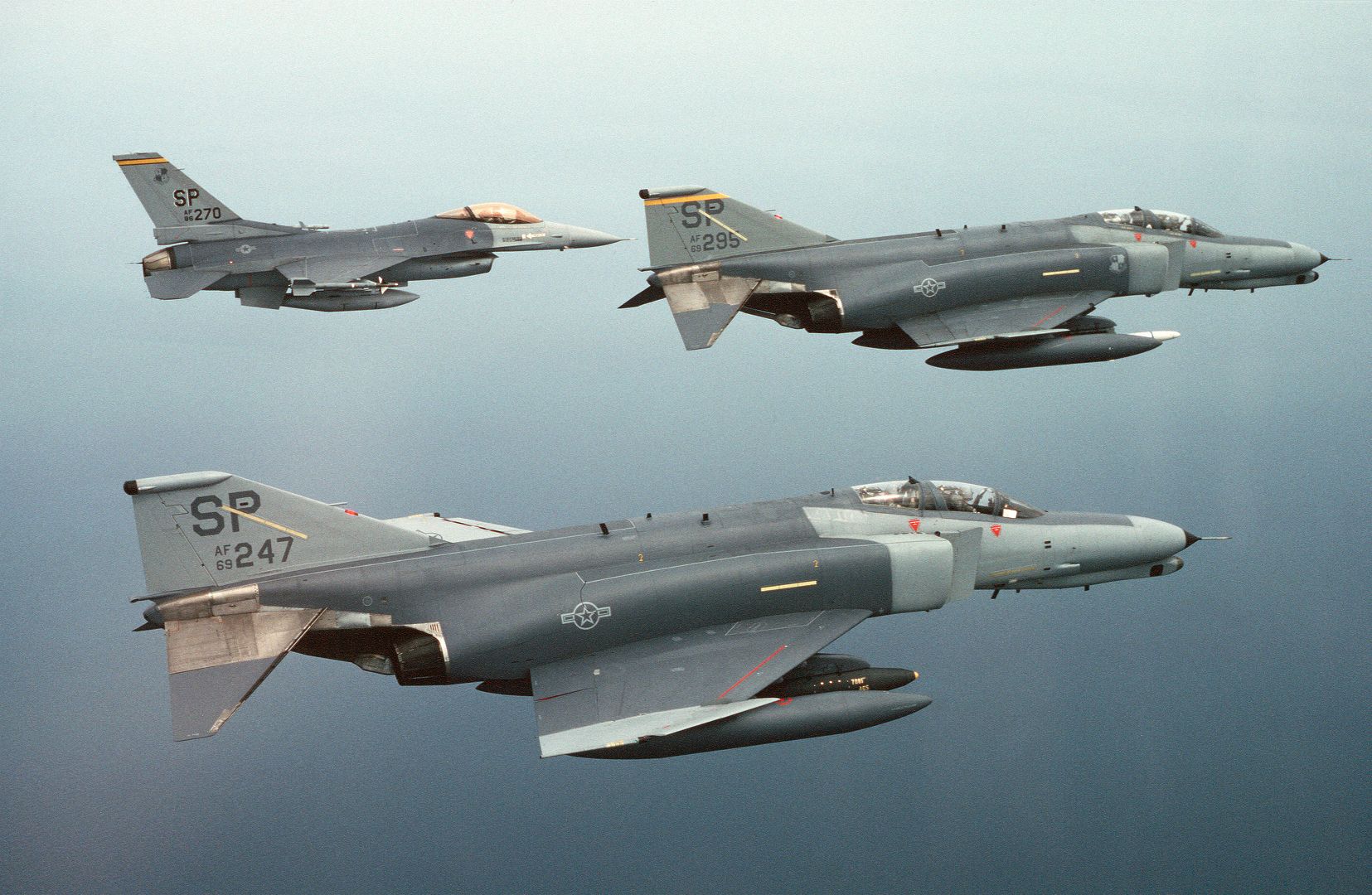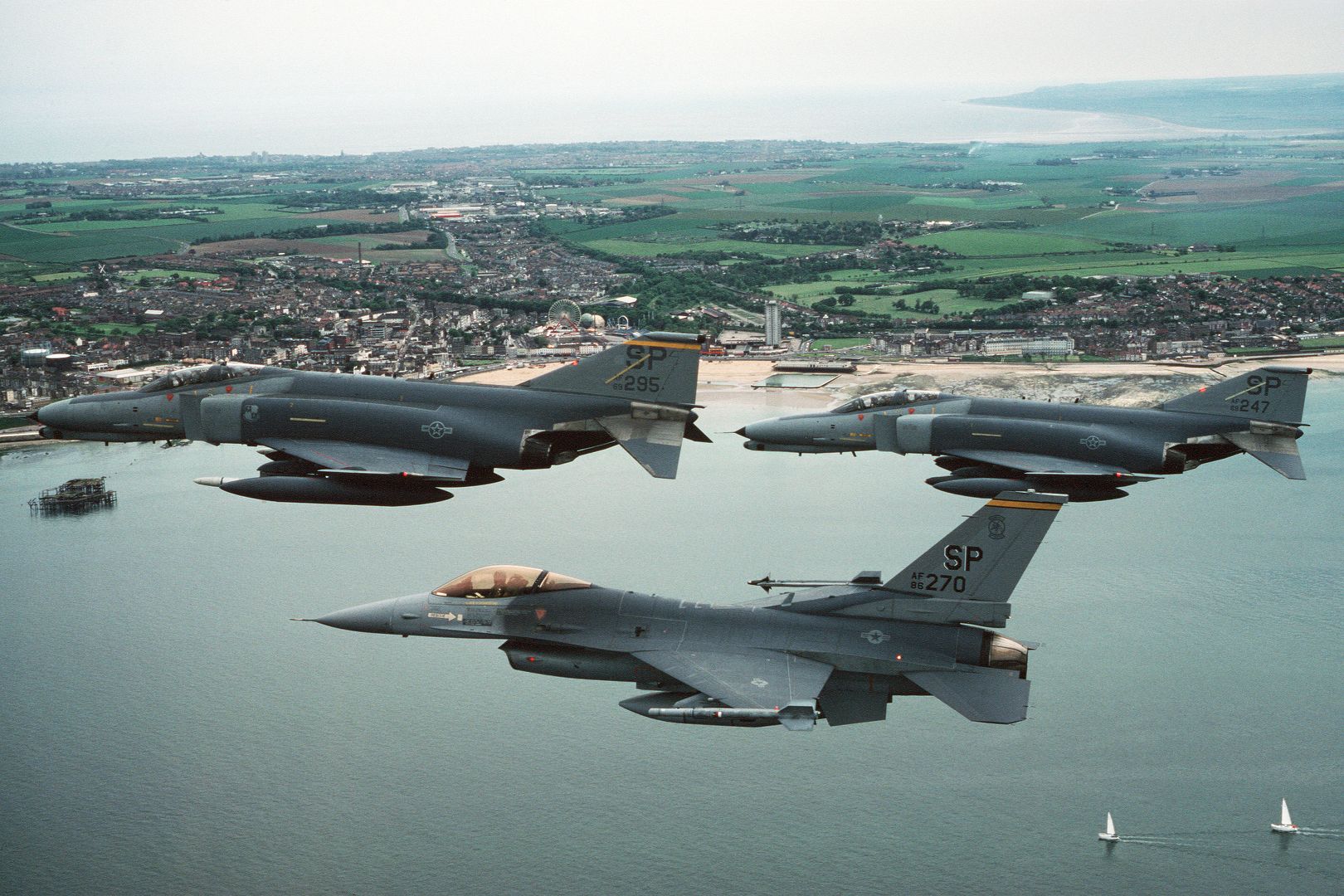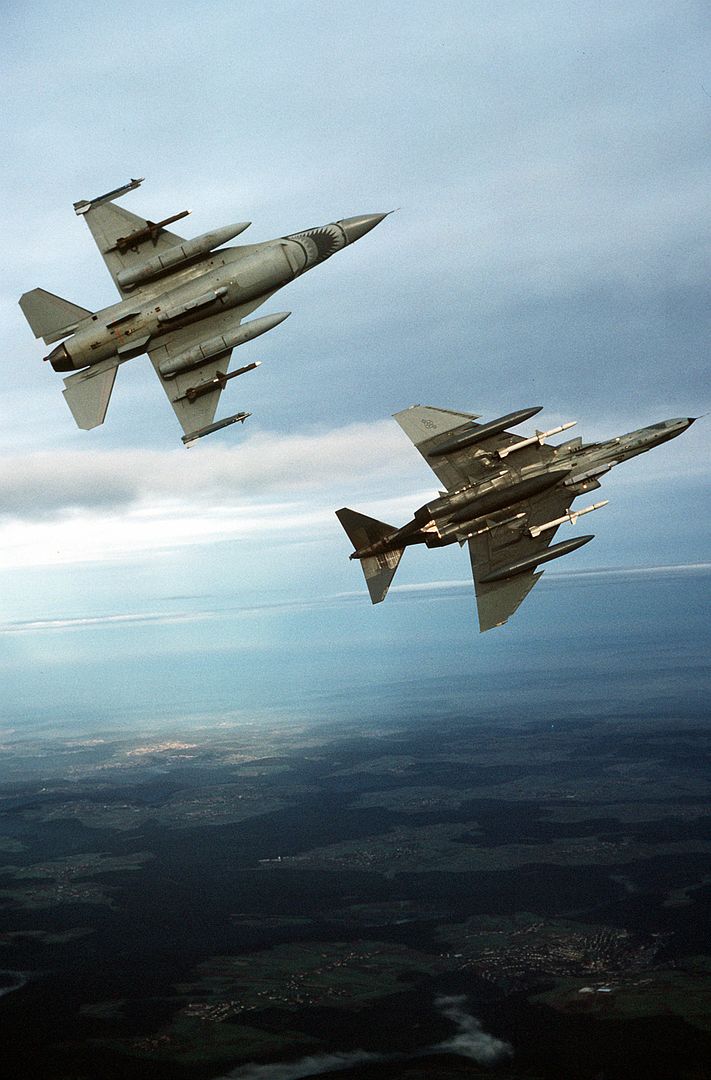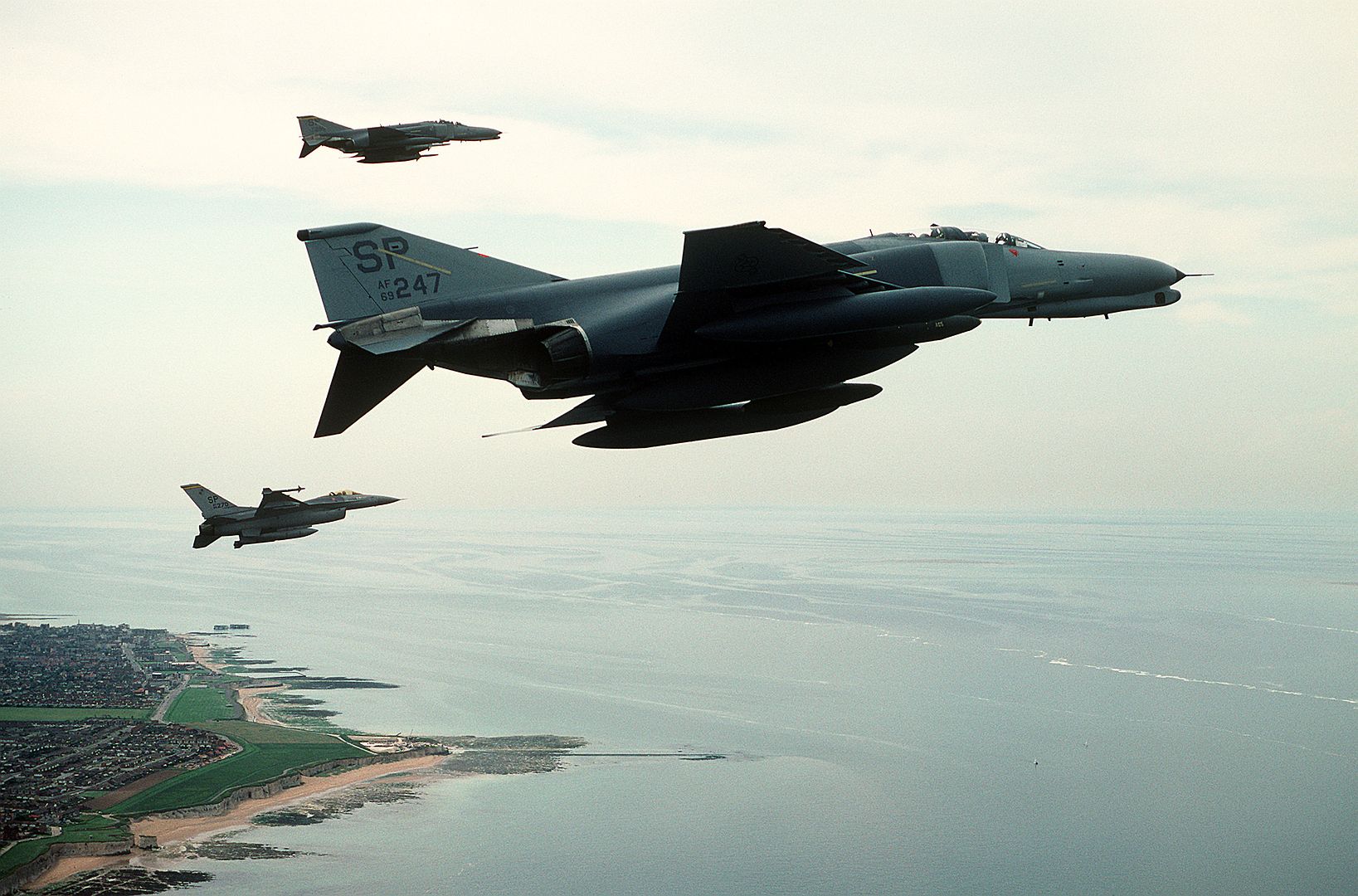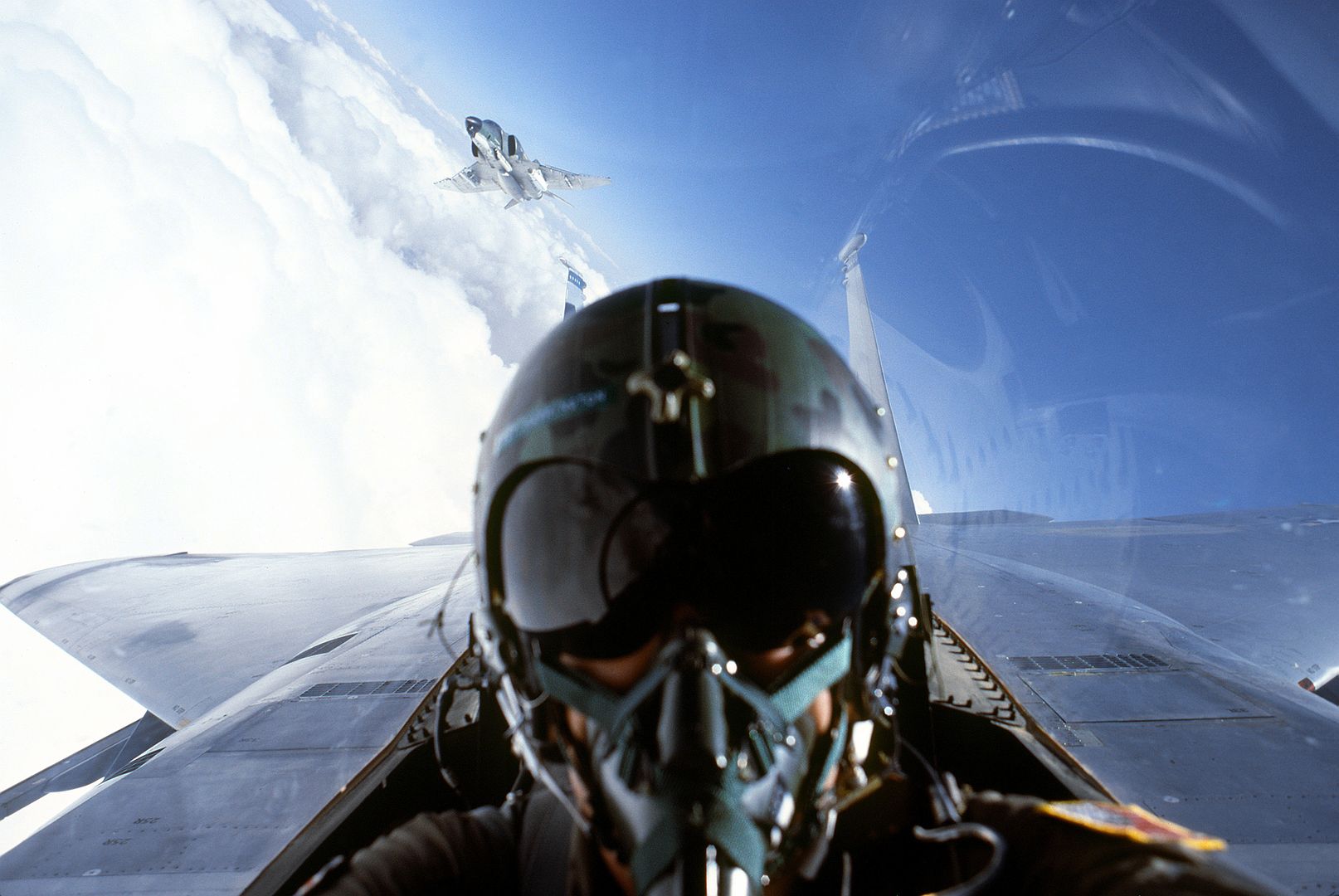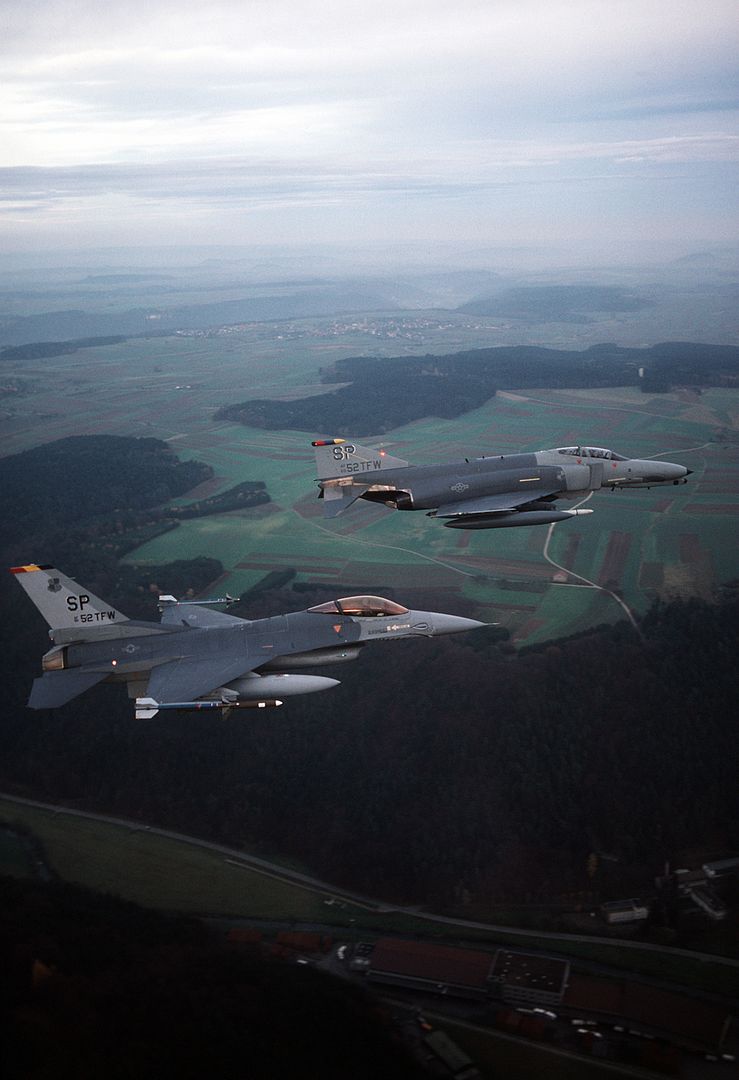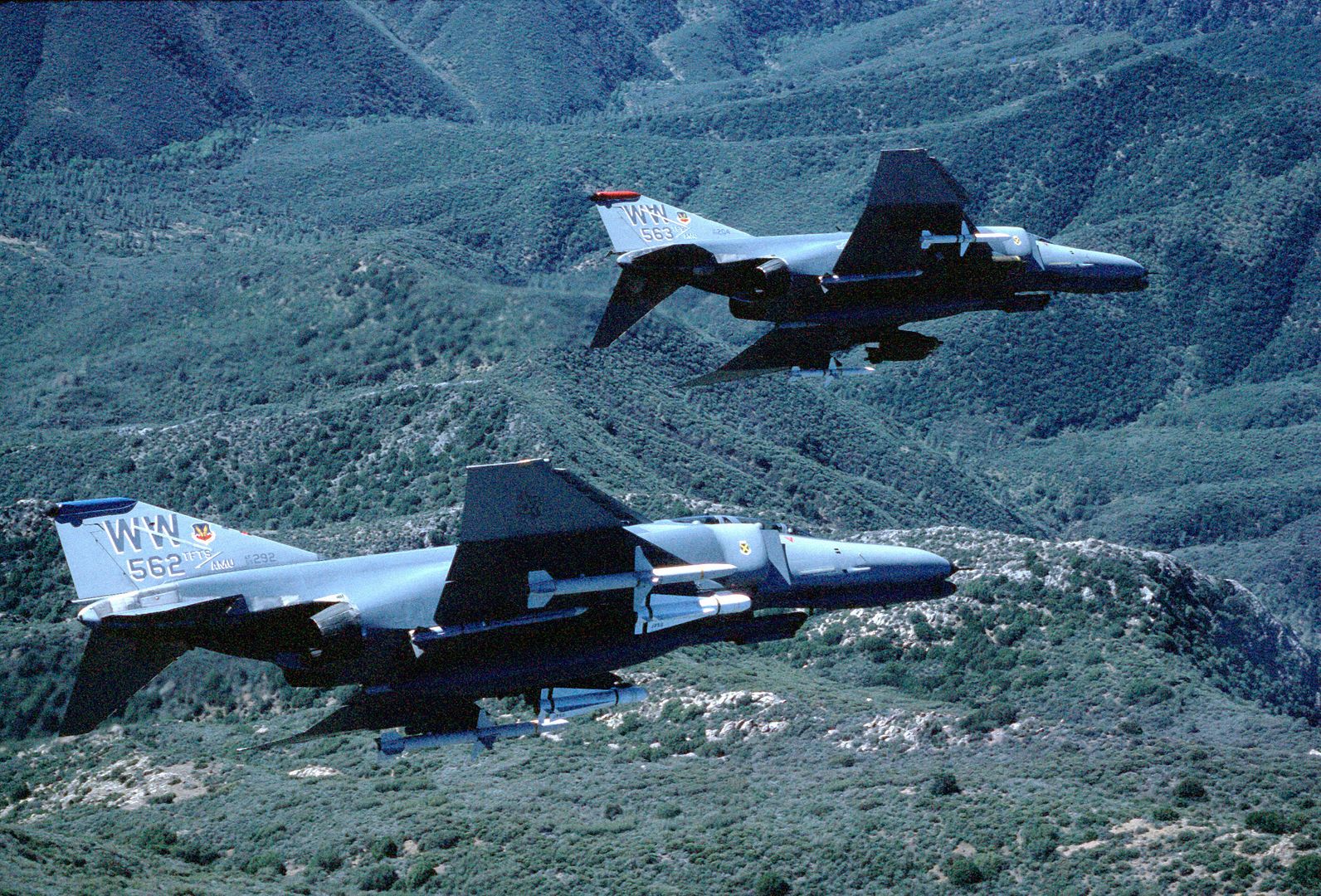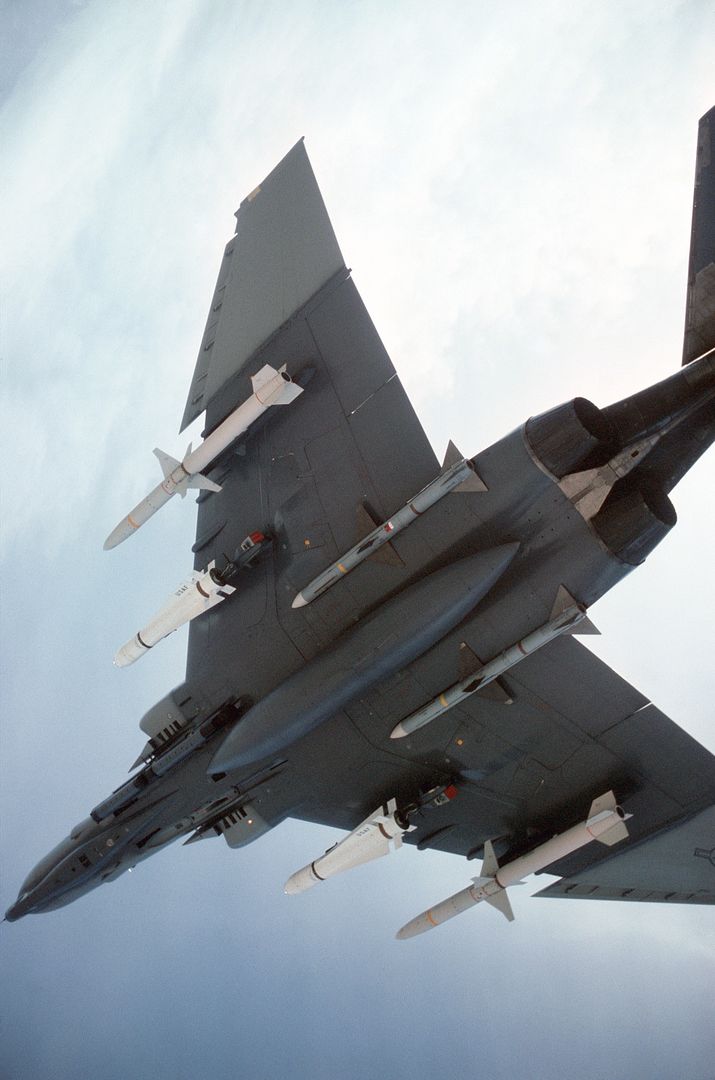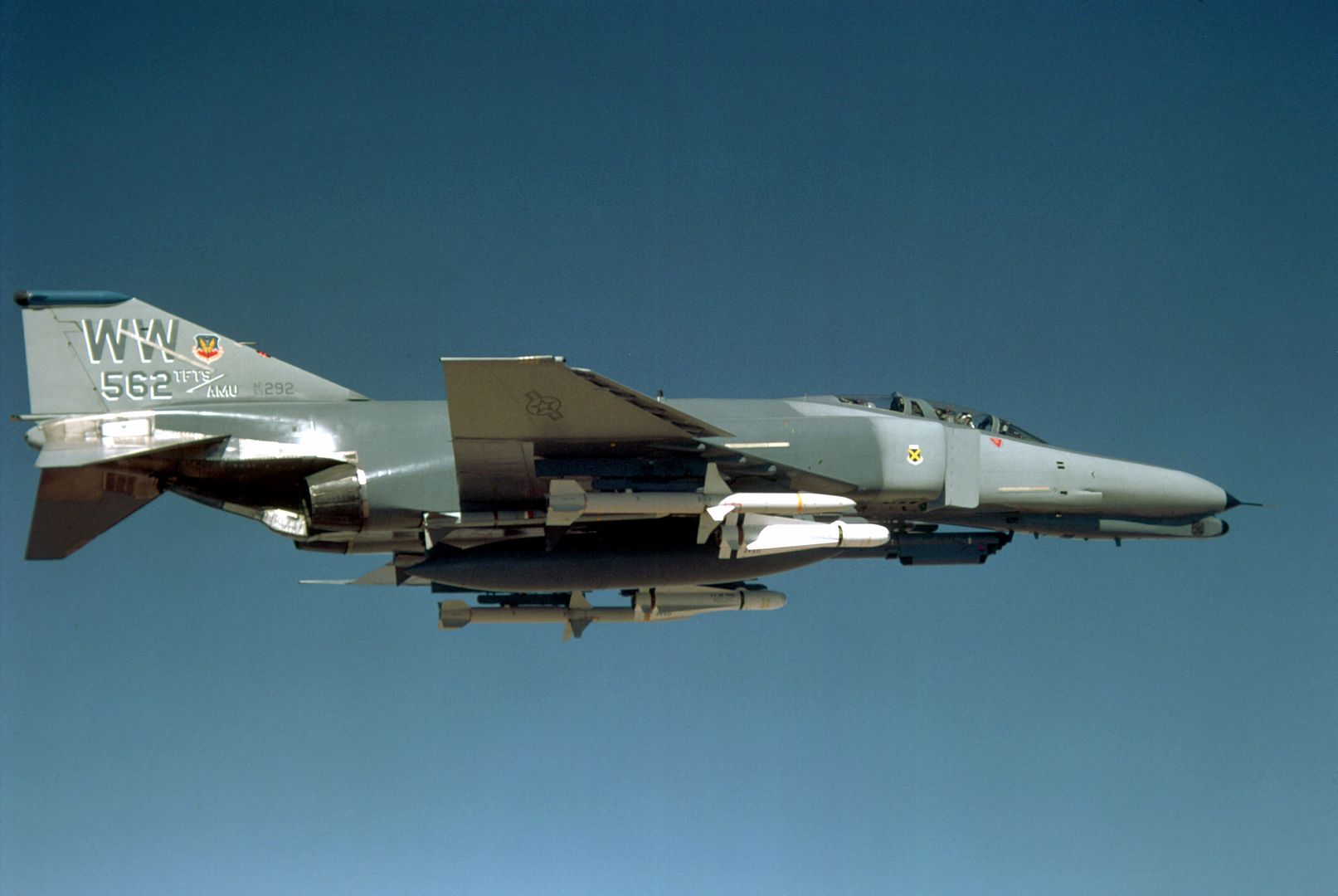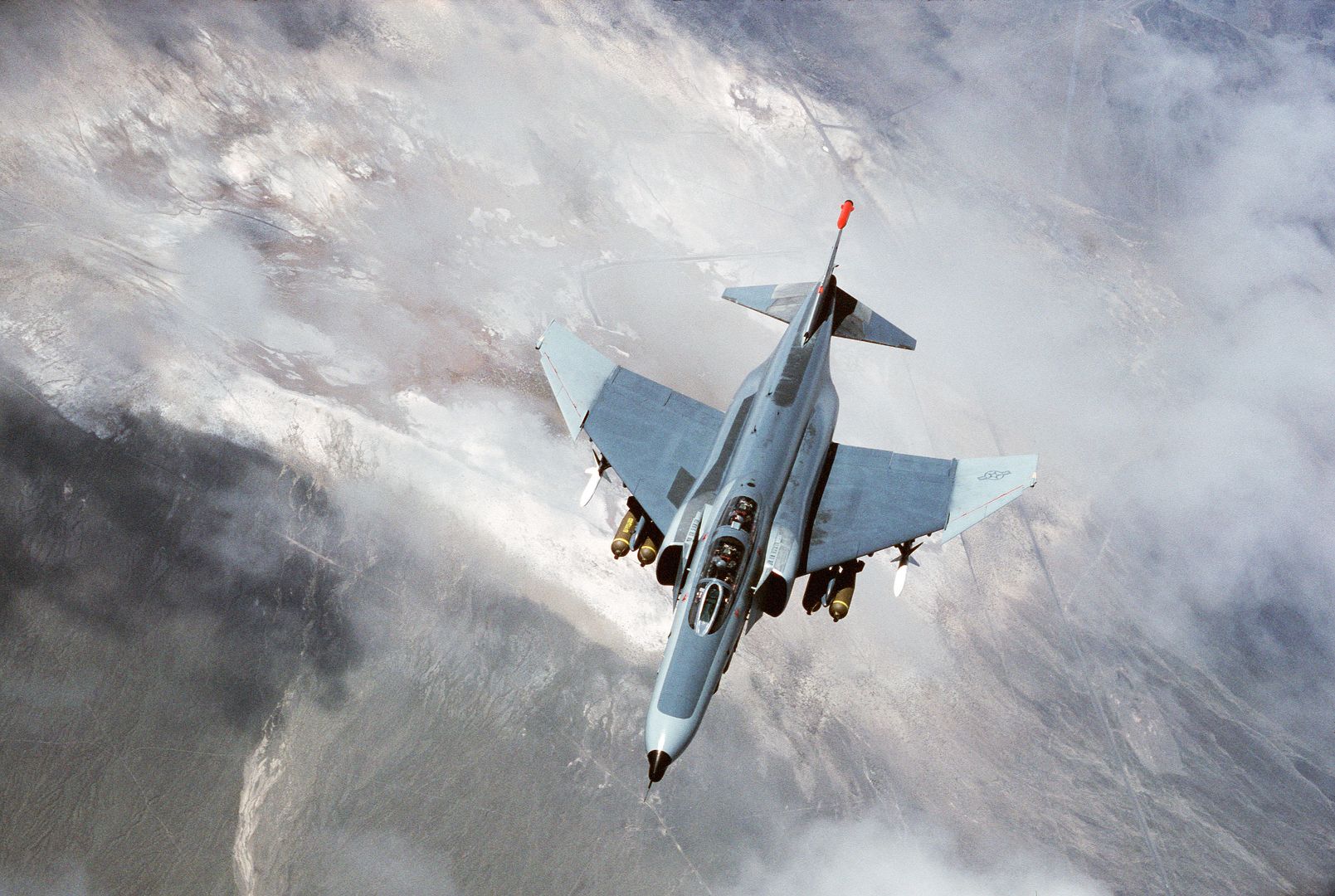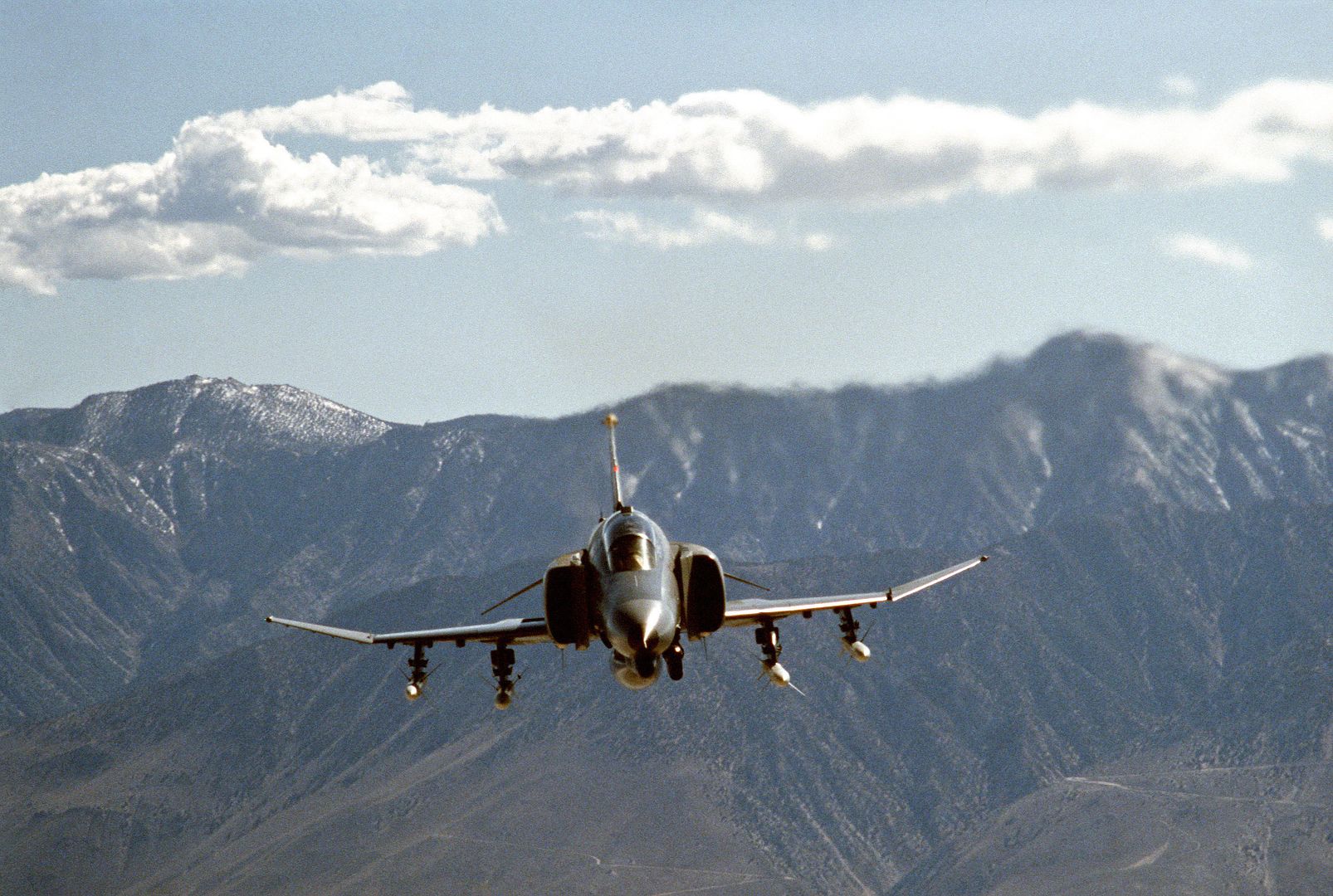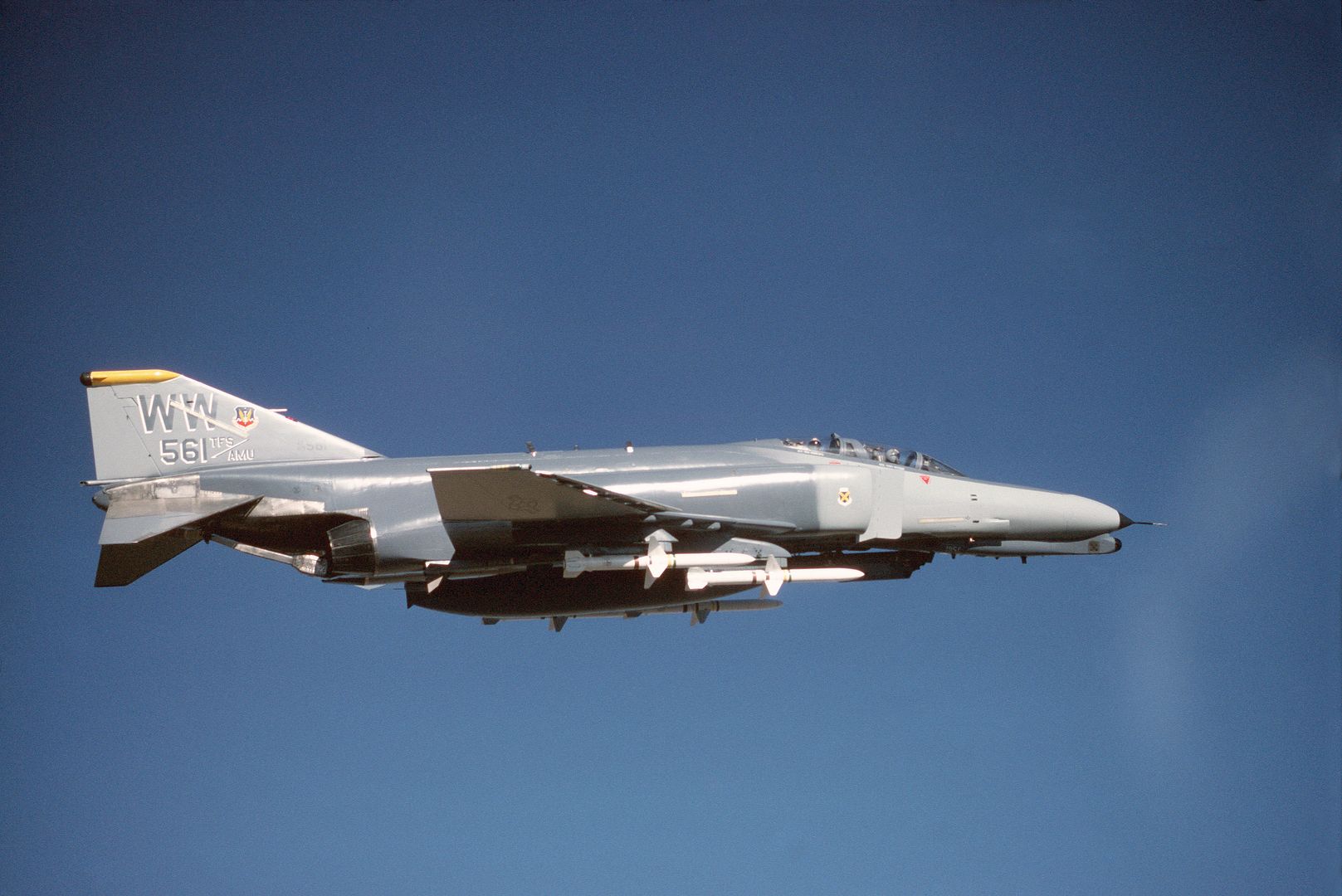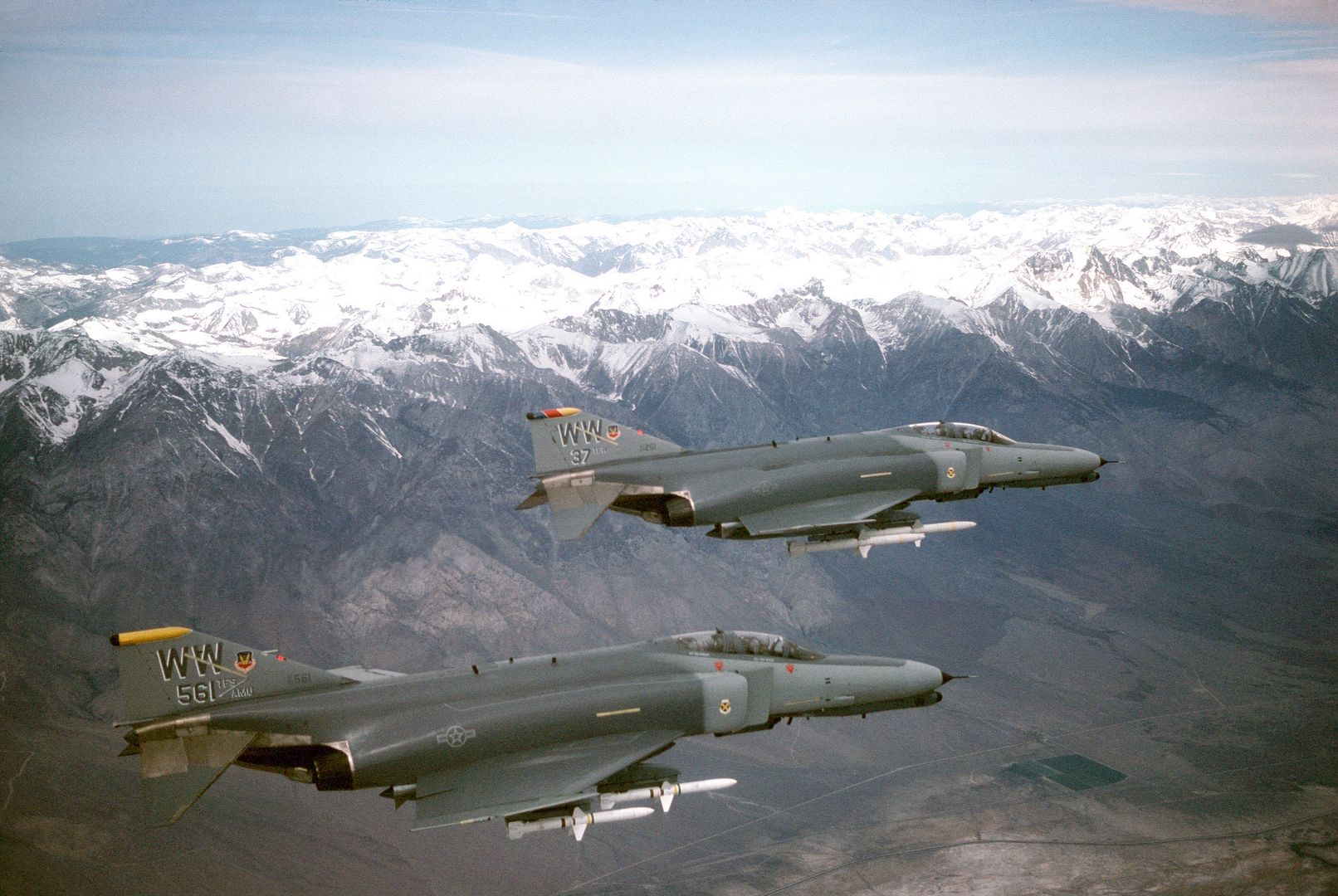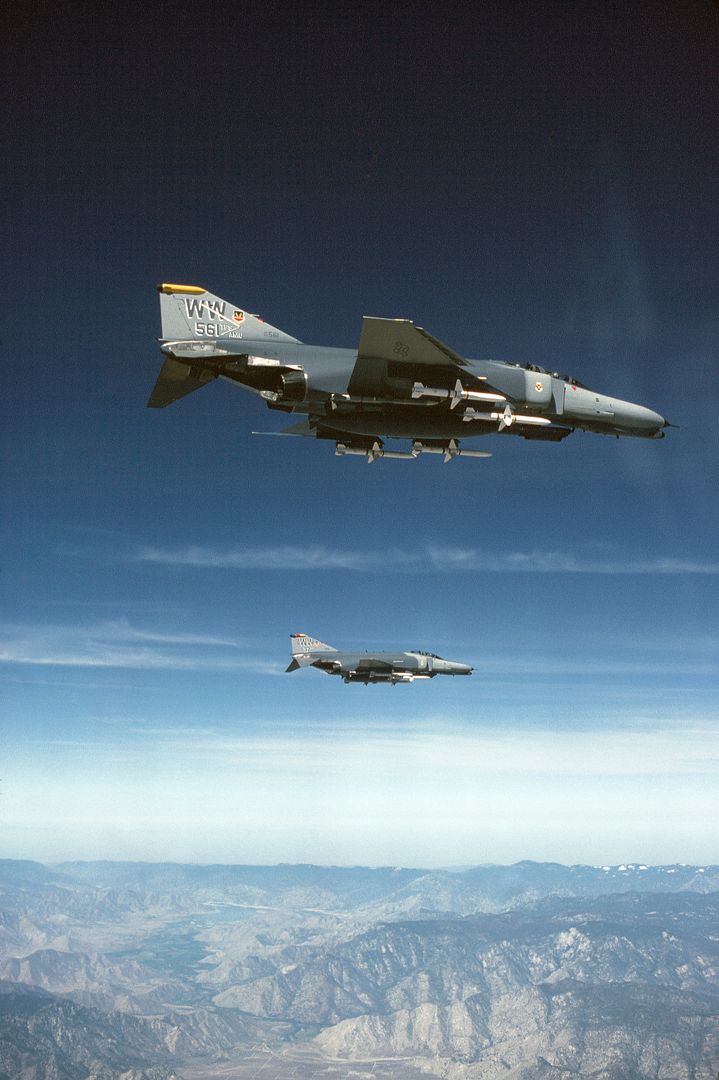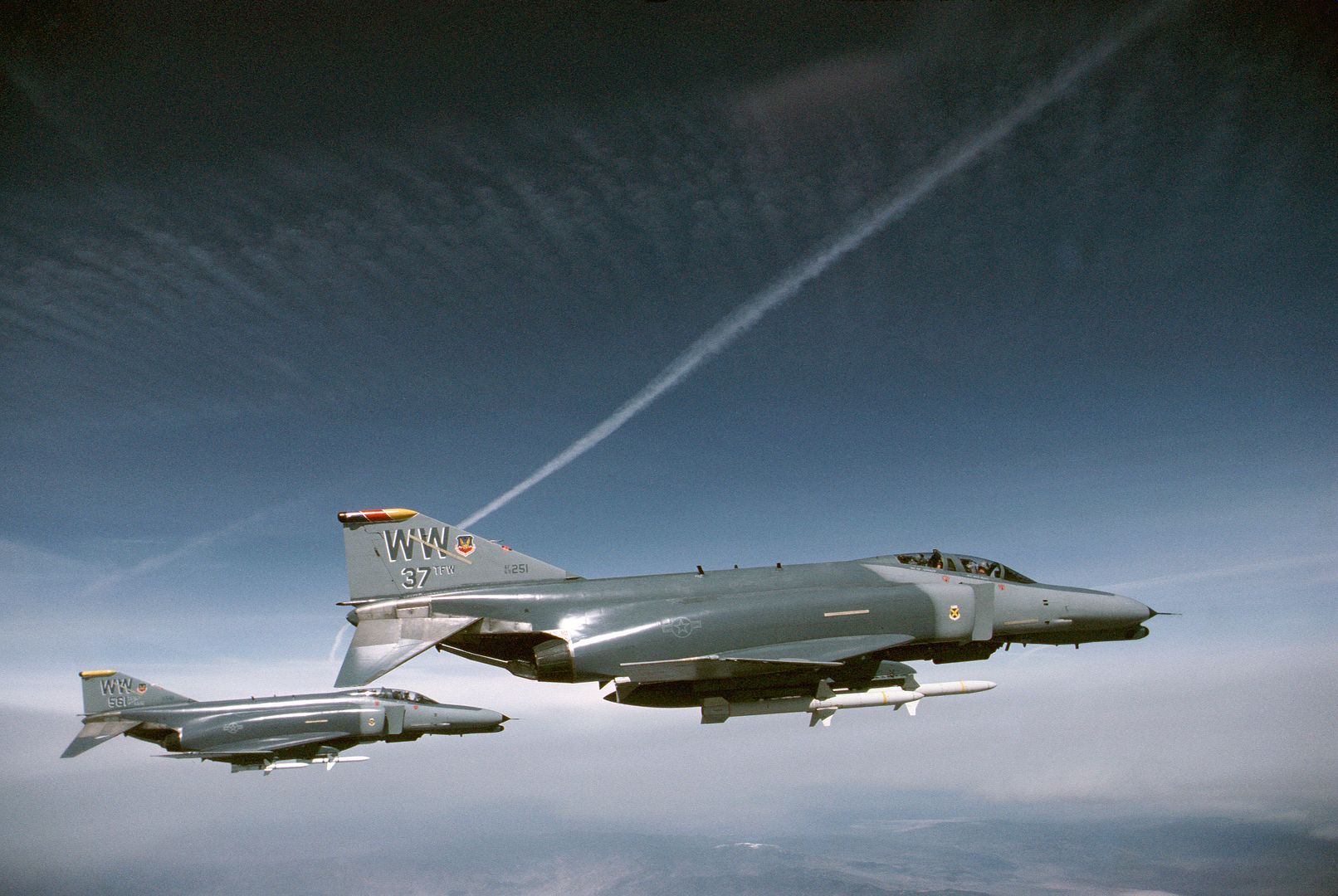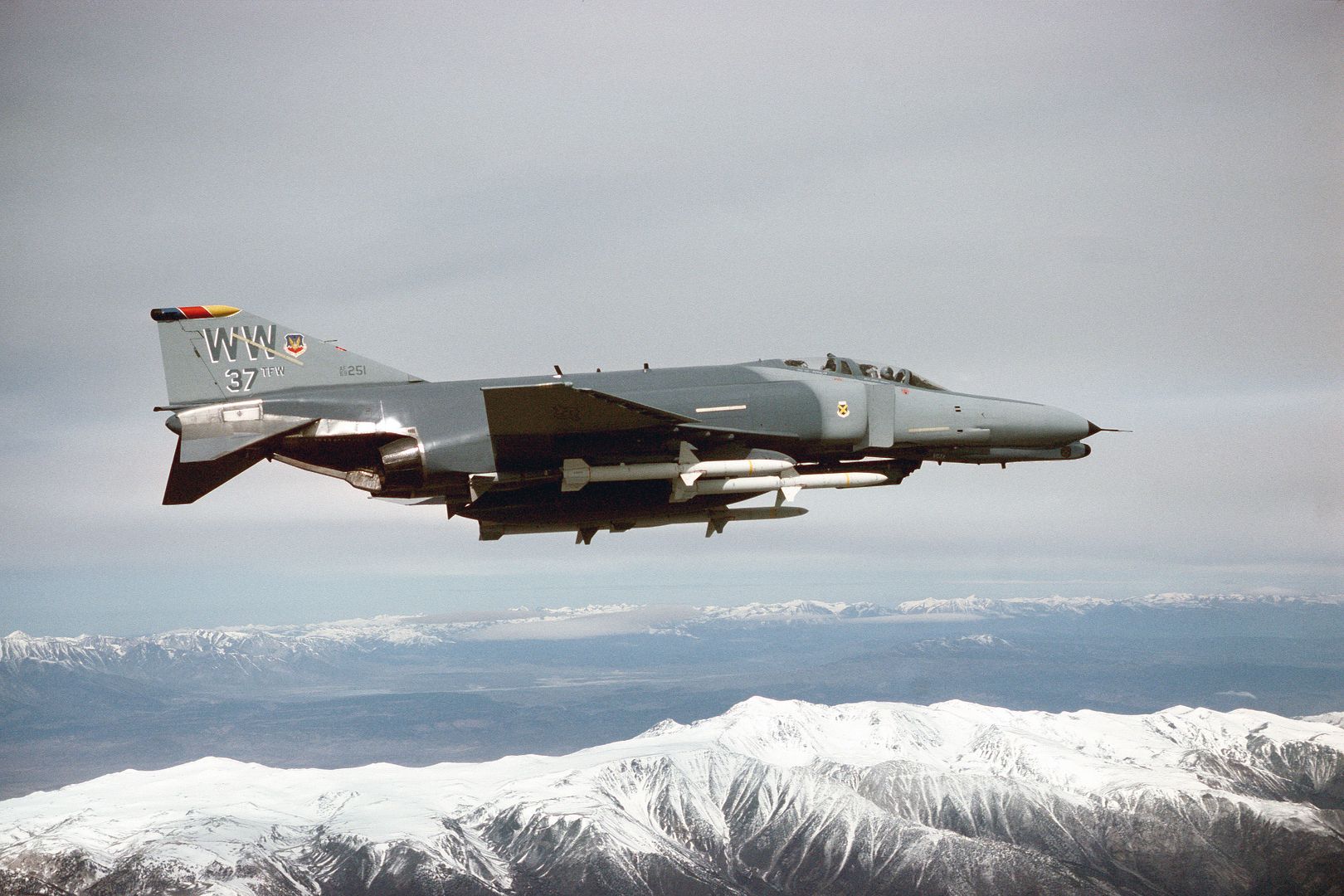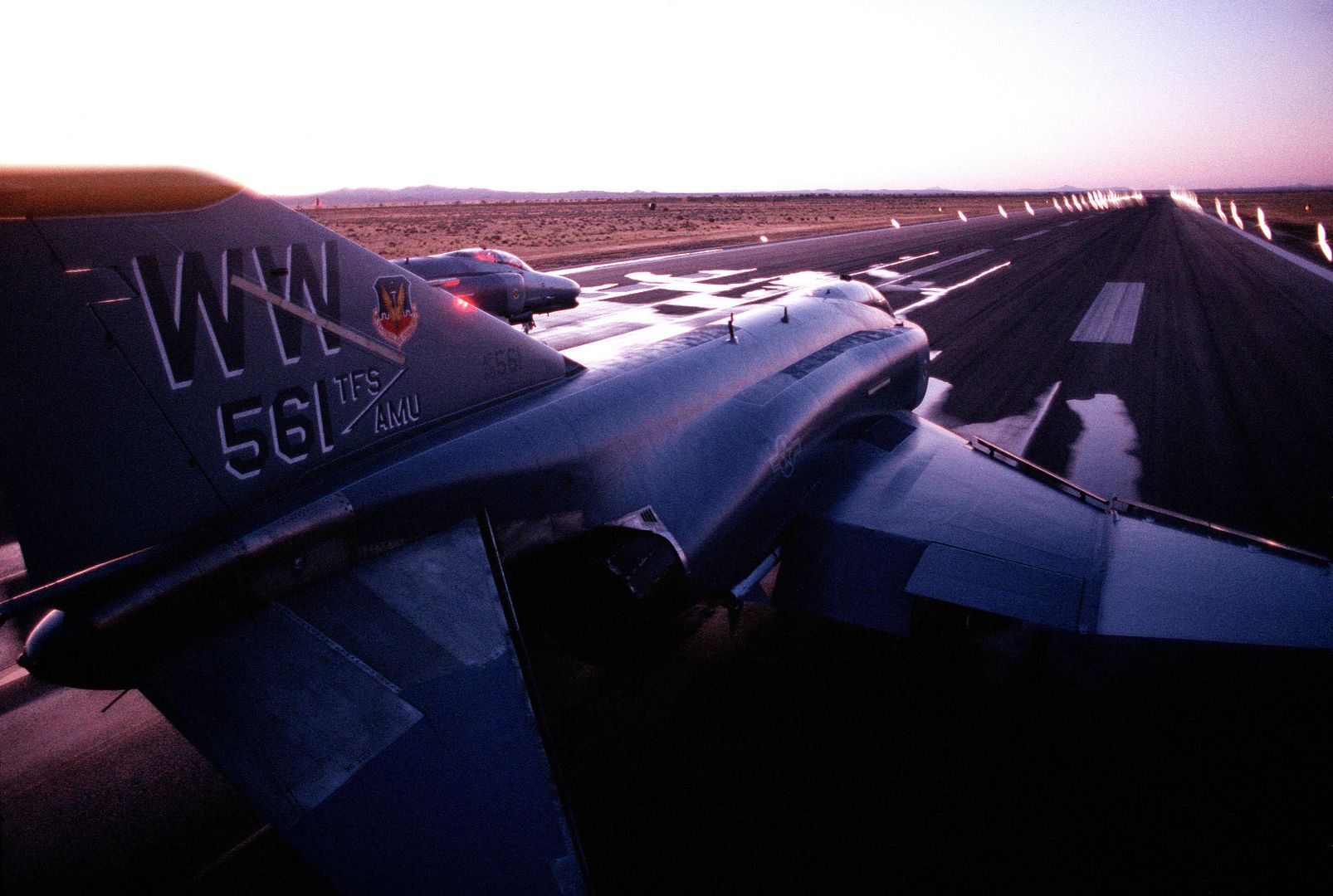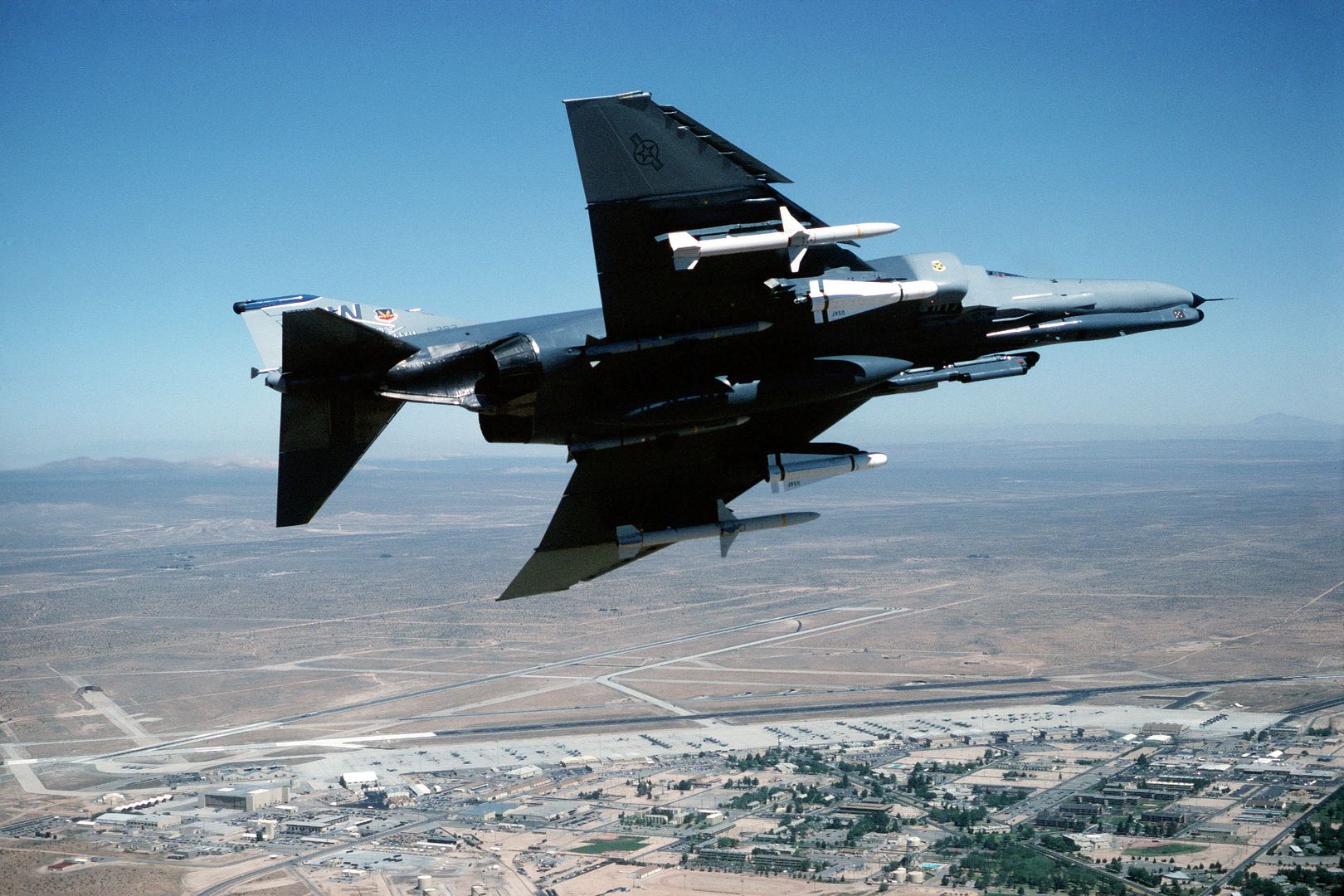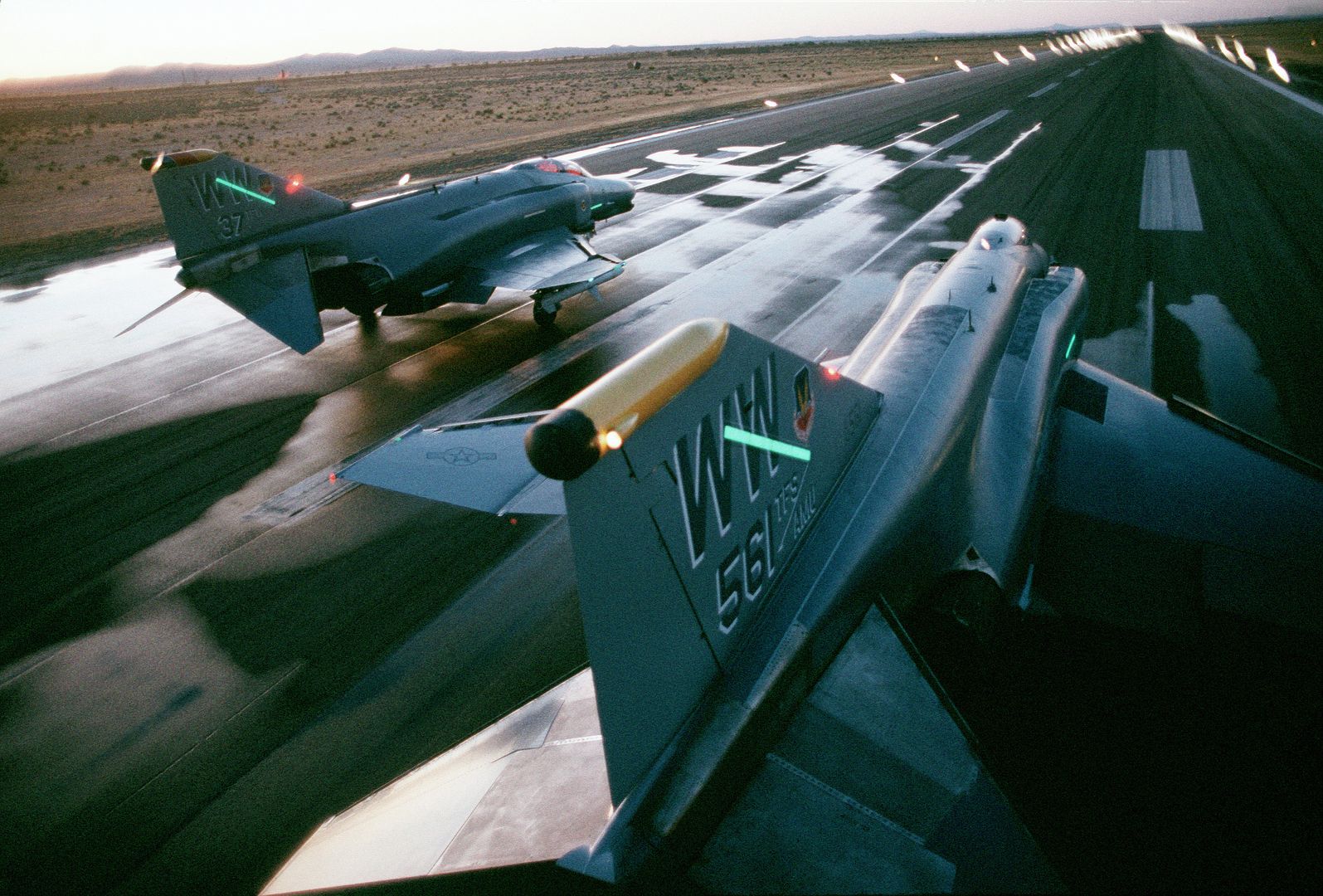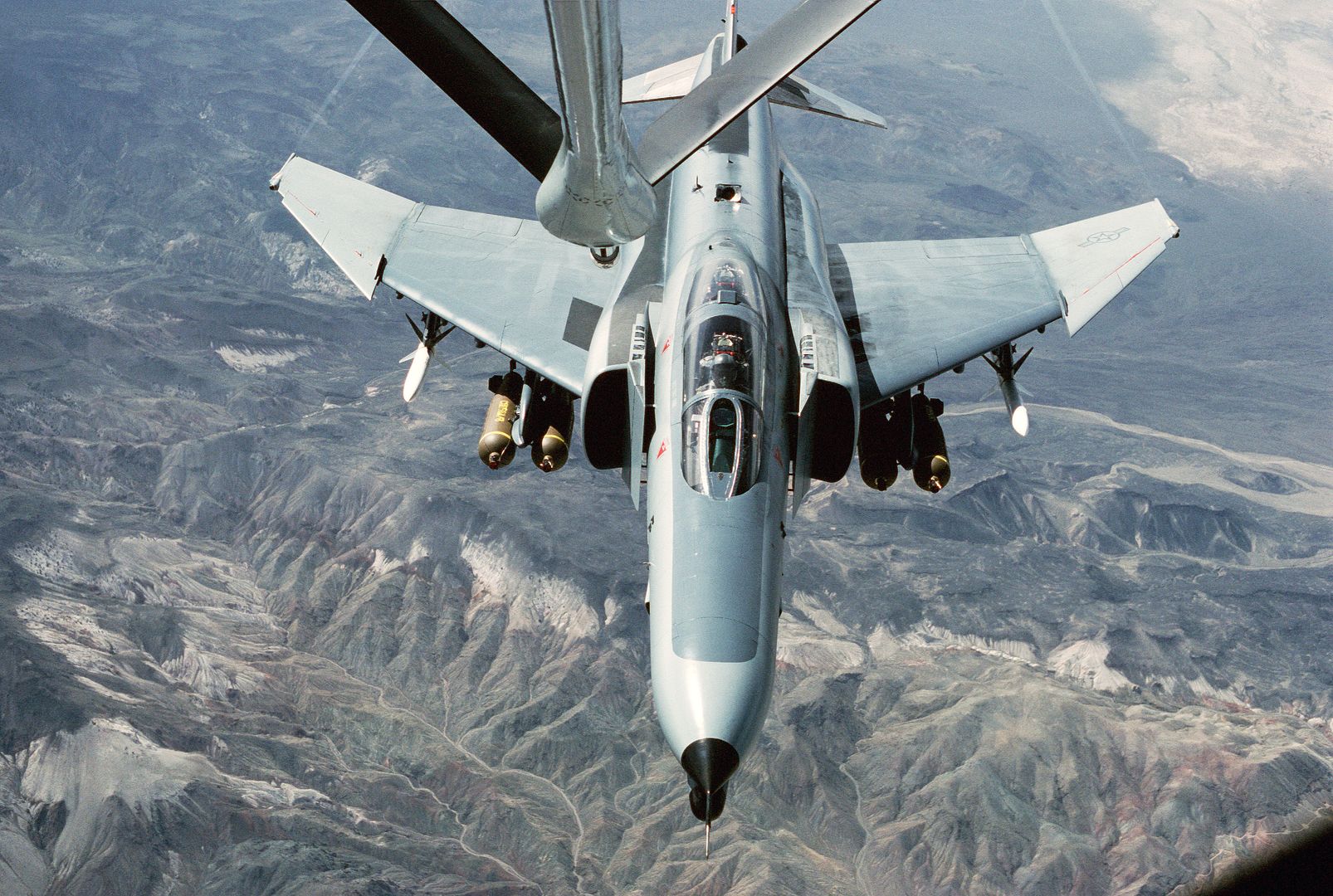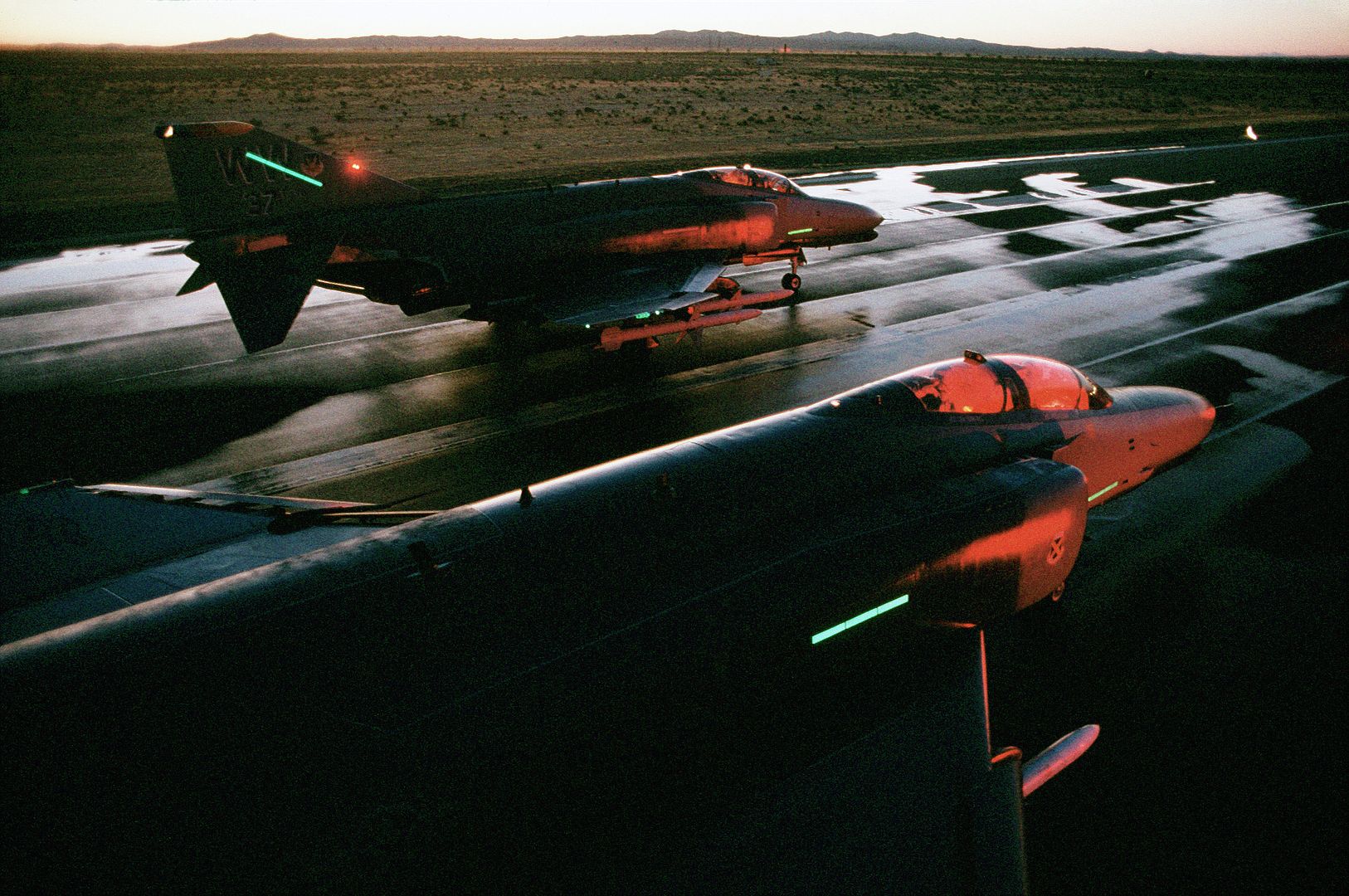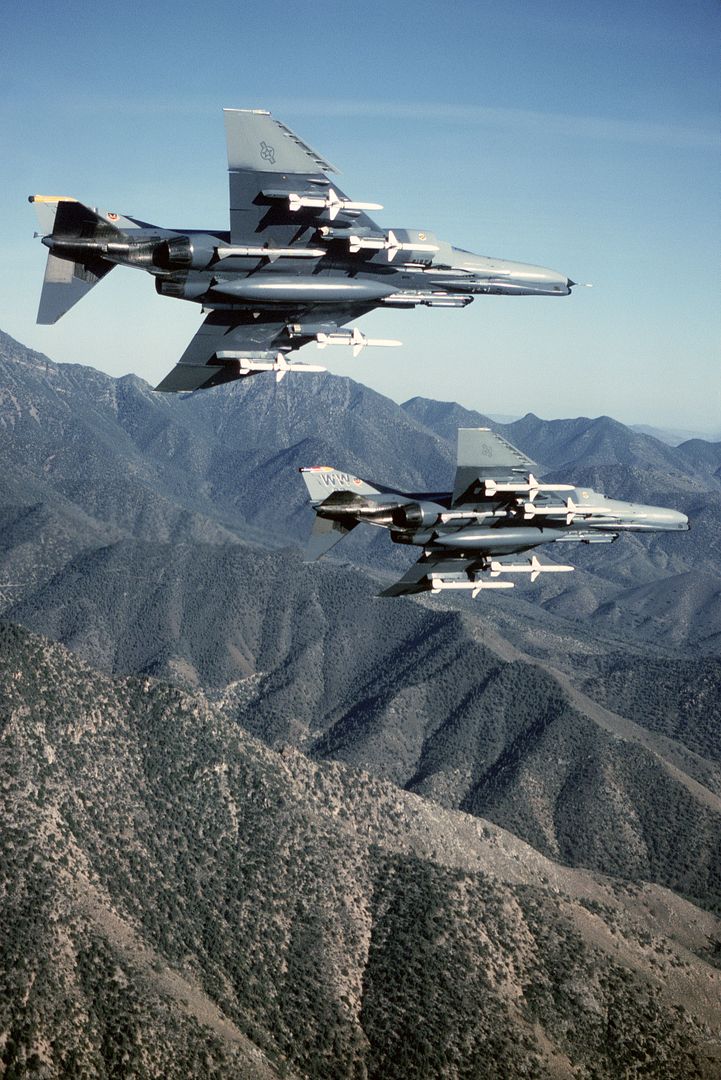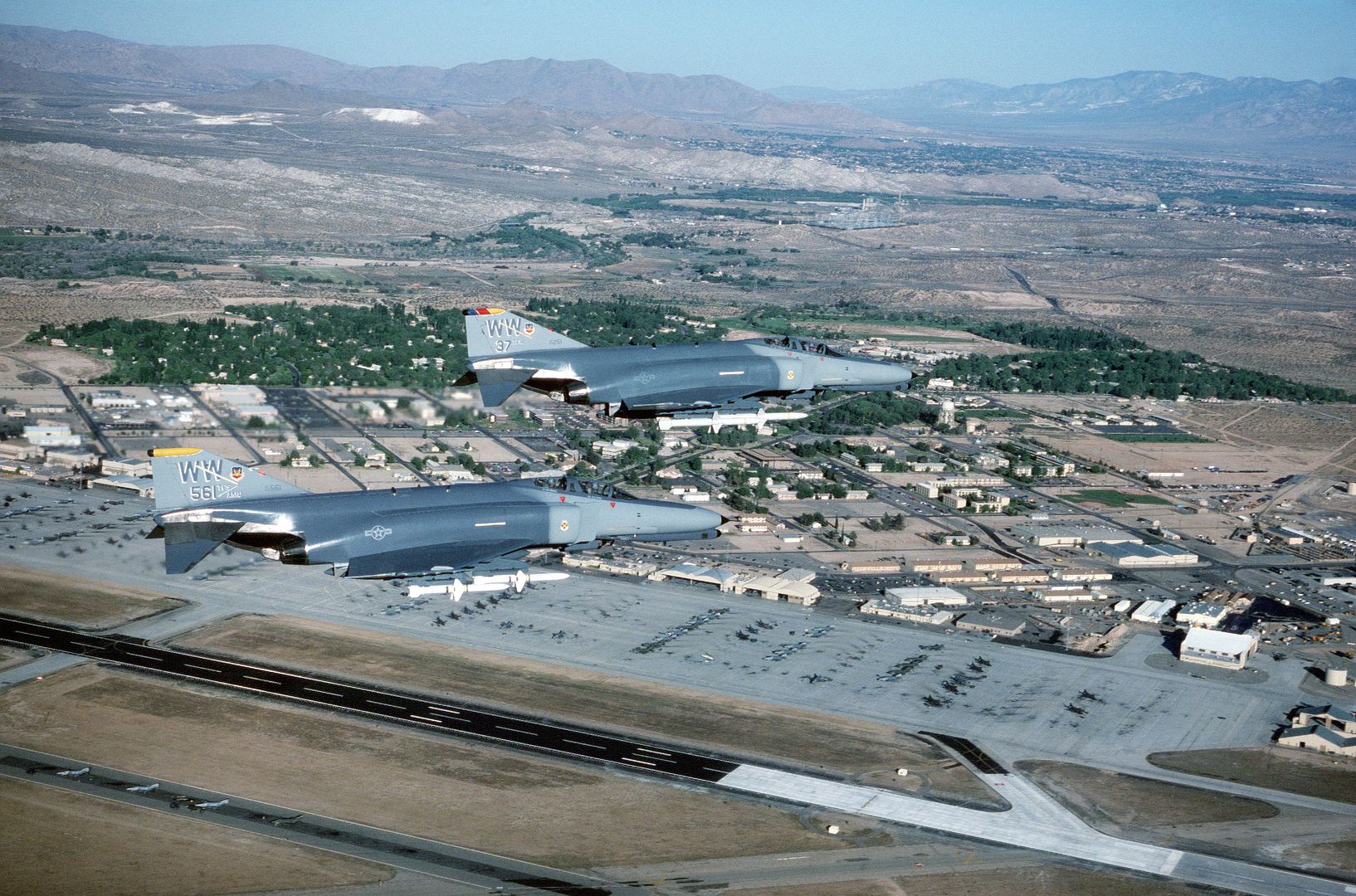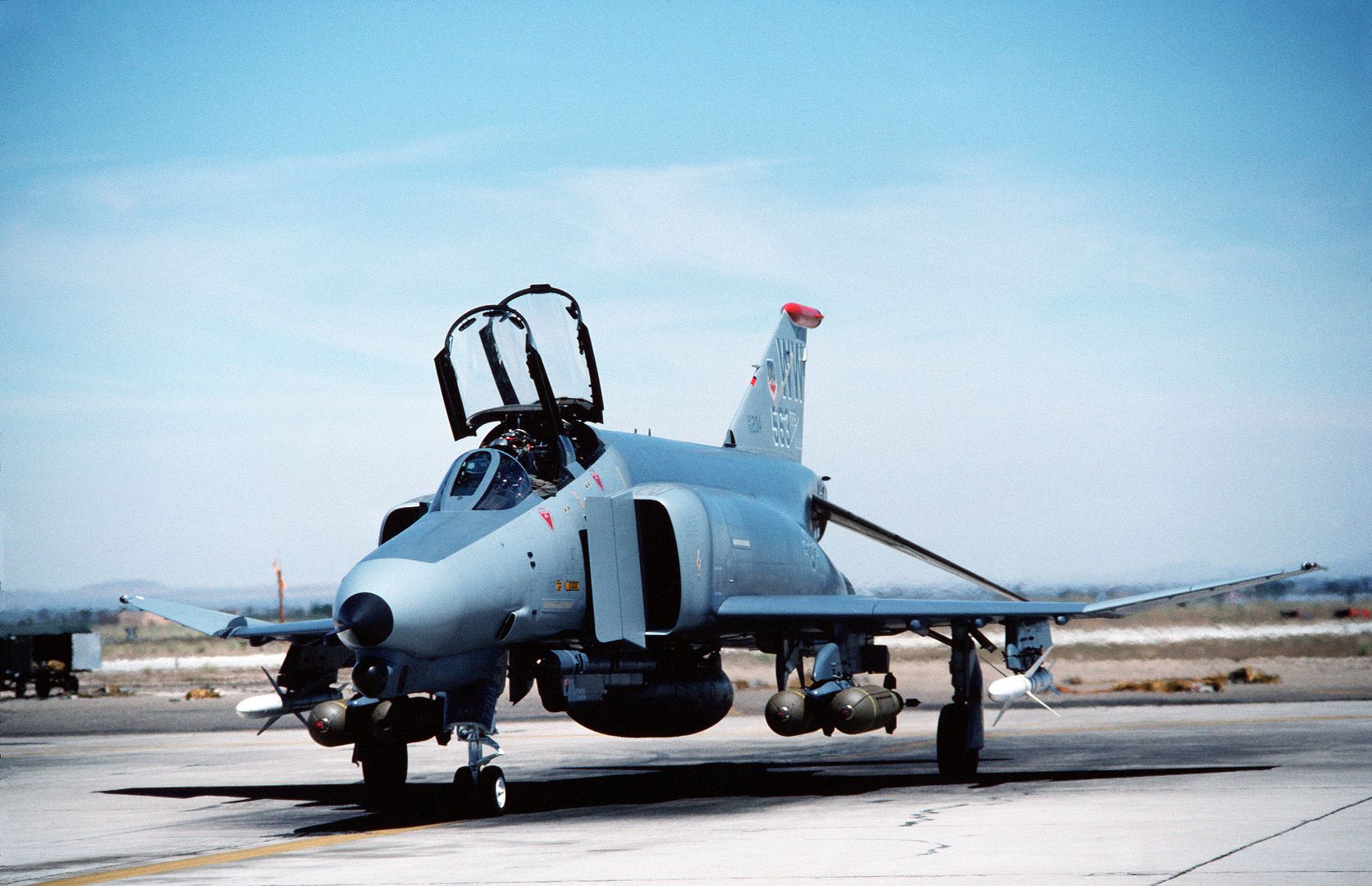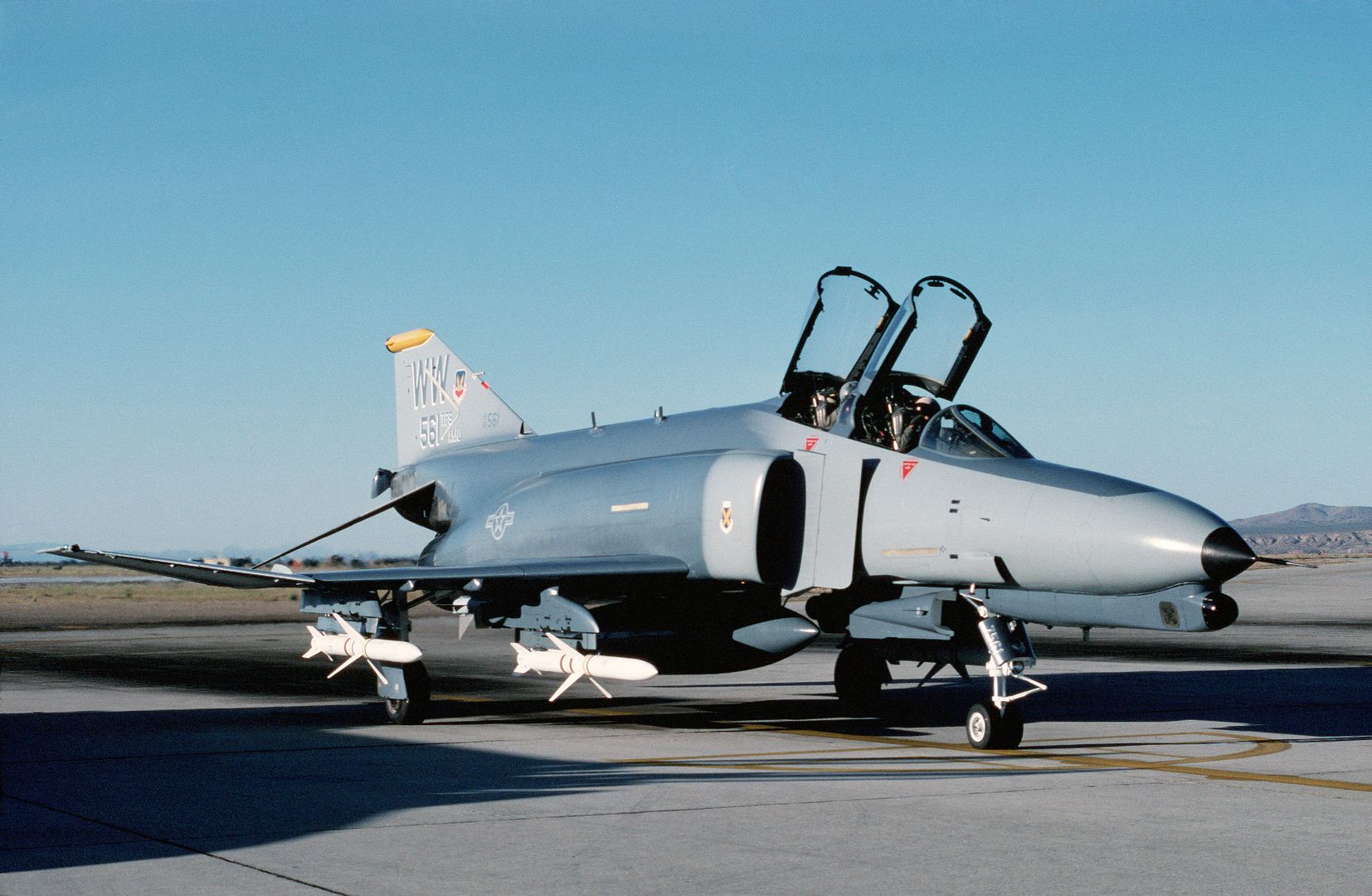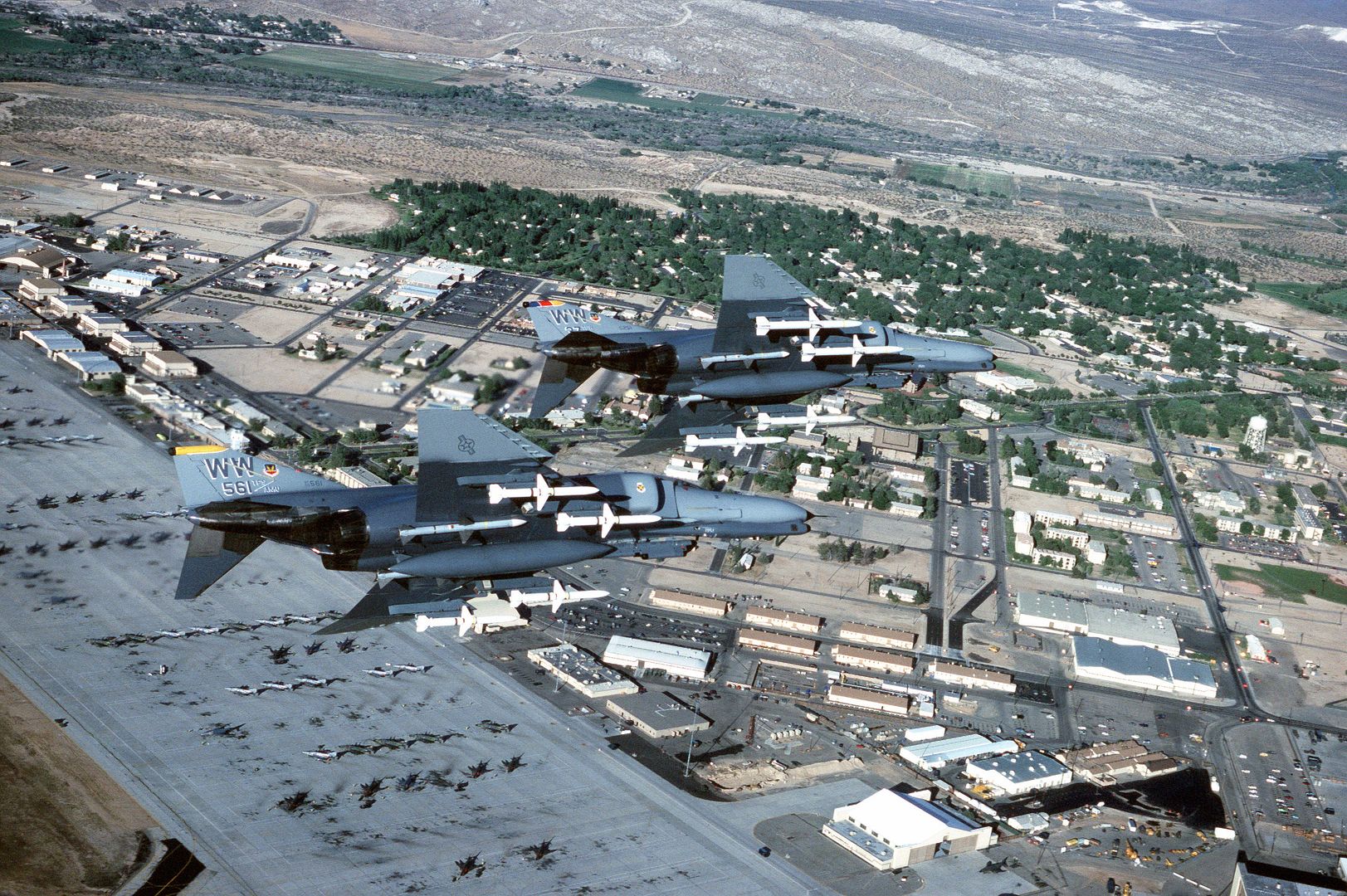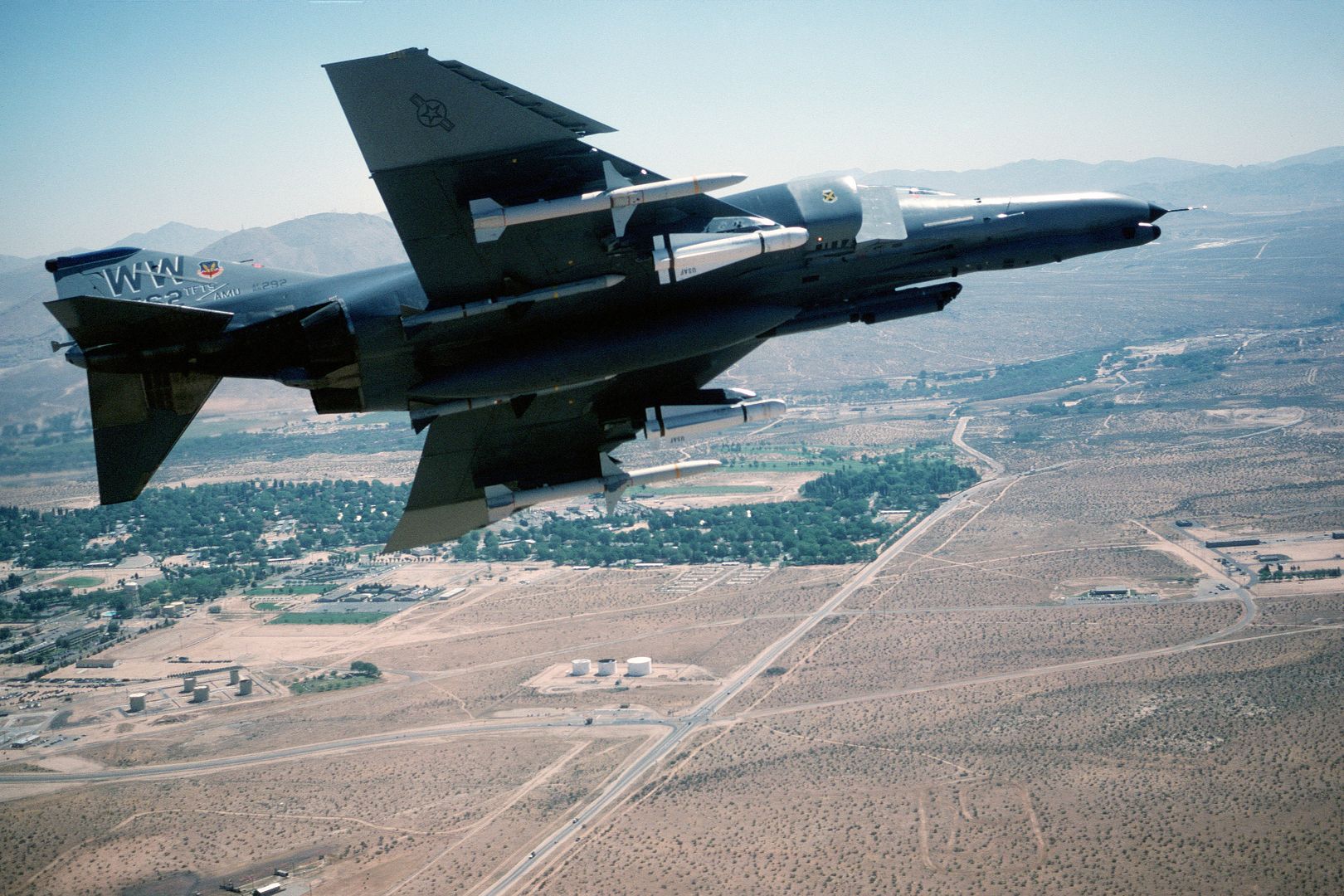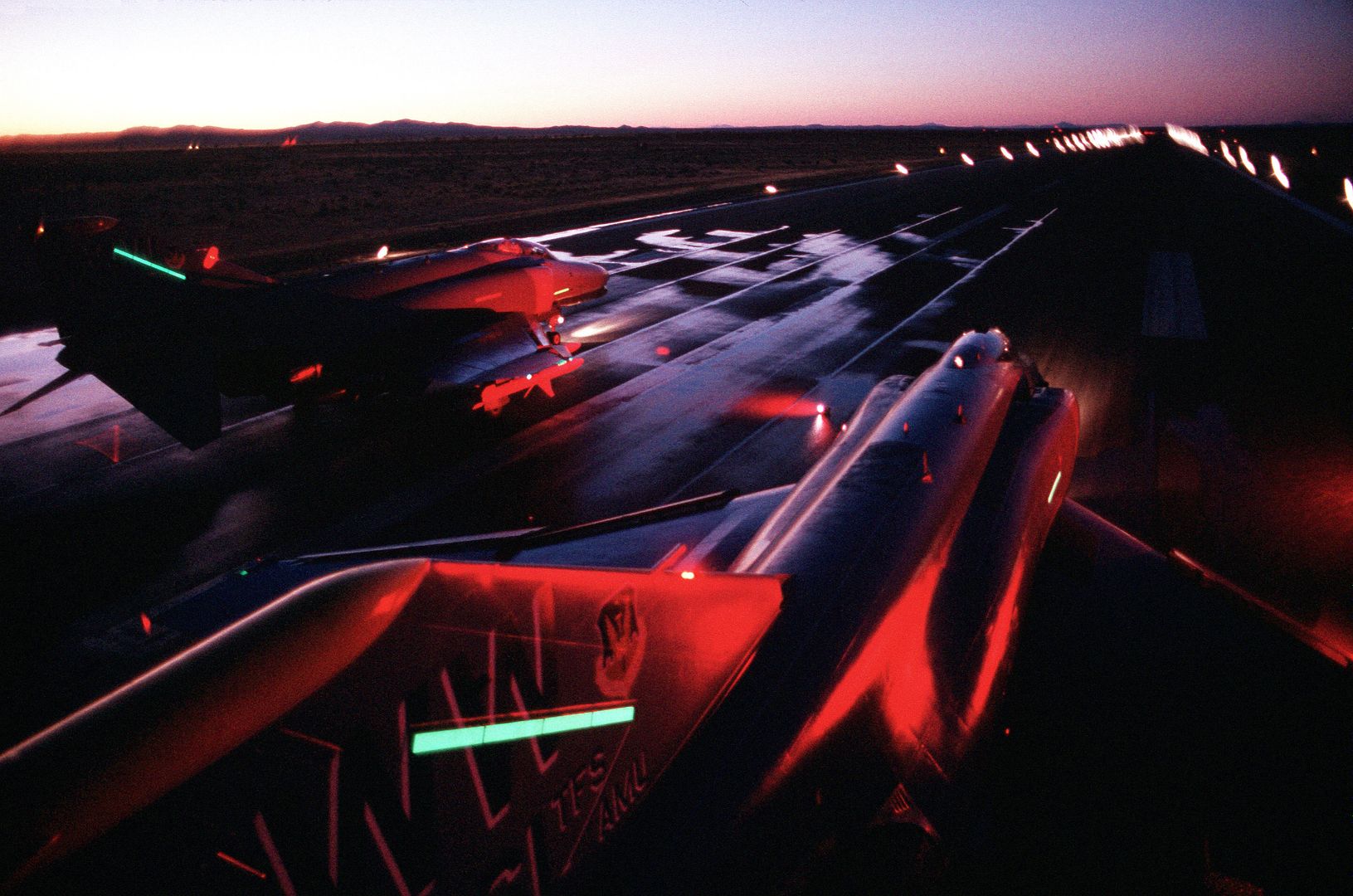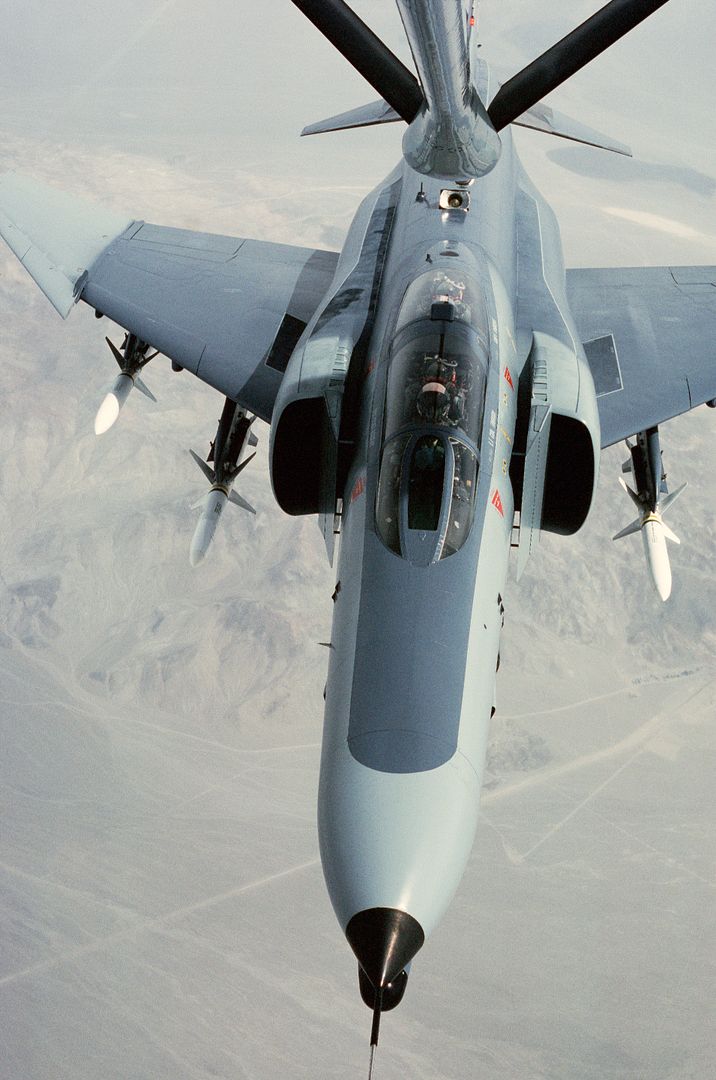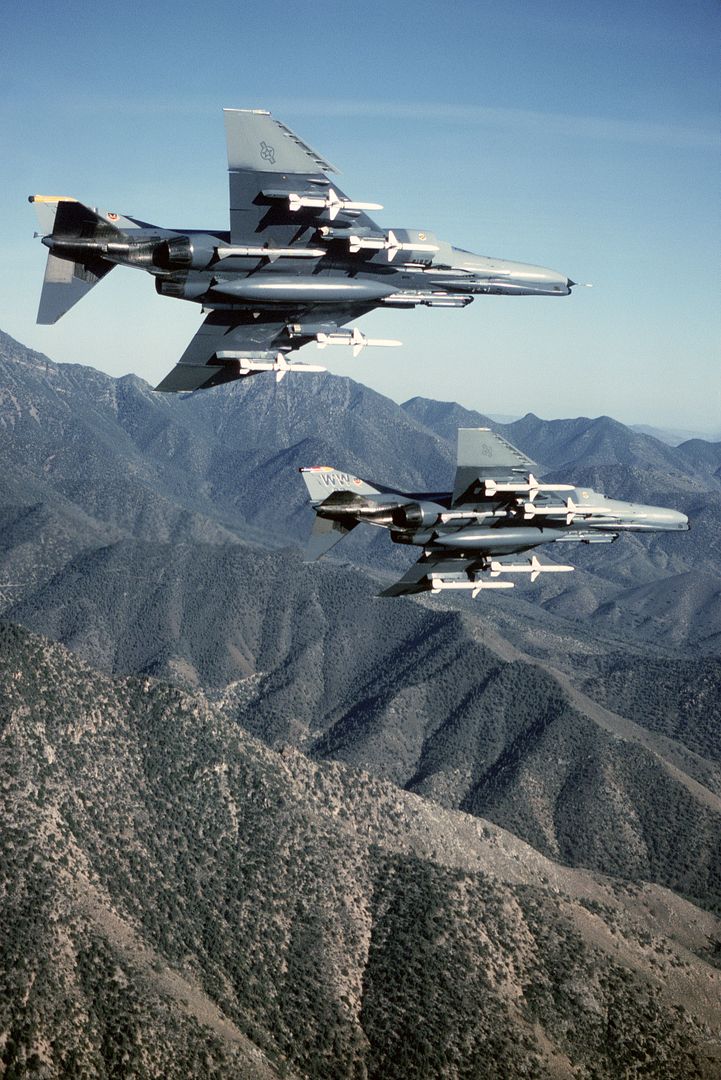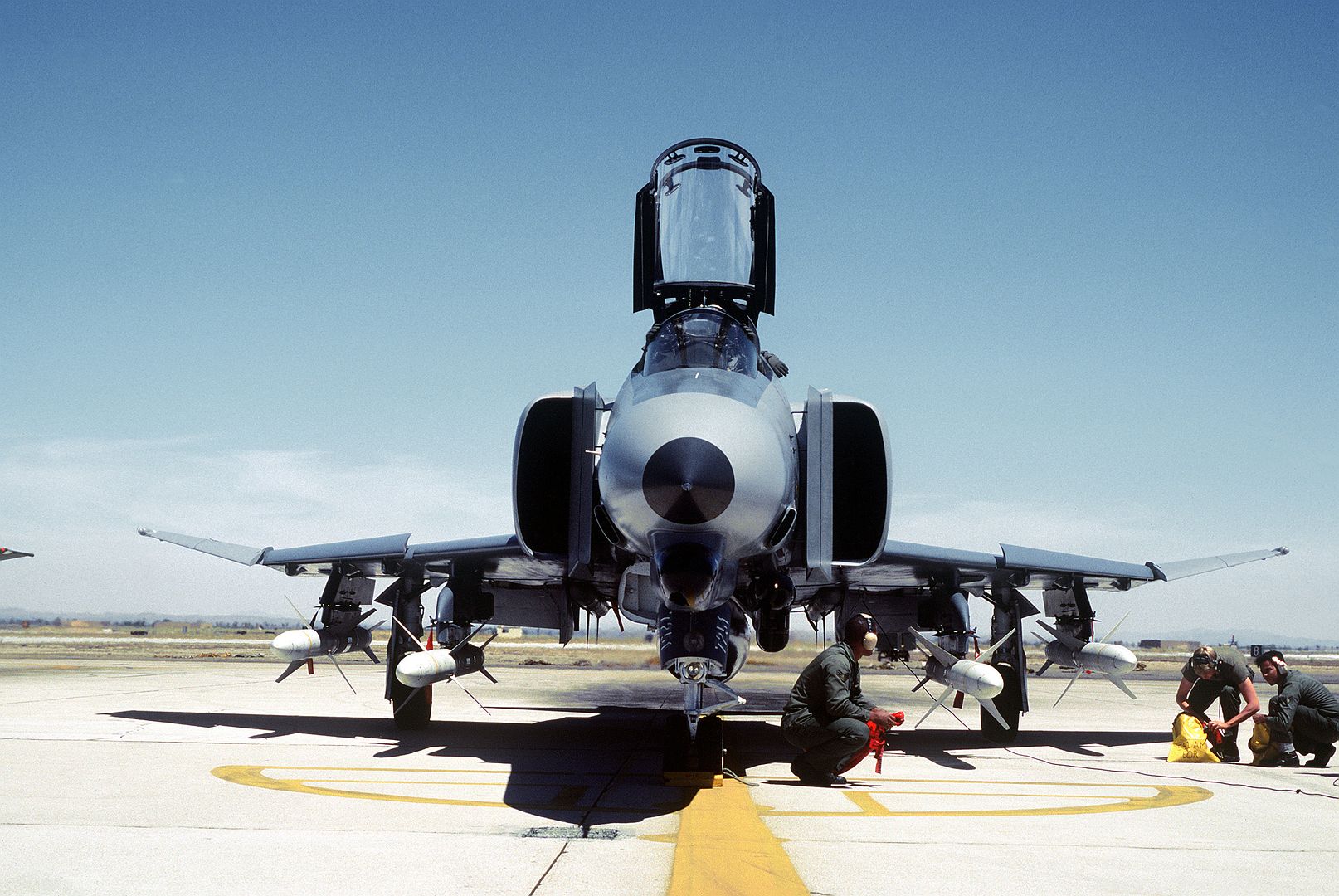Forums
- Forums
- Duggy's Reference Hangar
- USAAF / USN Library
- Phantom II
Phantom II
Post a reply
- Go to Previous topic
- Go to Next topic
- Go to Welcome
- Go to Introduce Yourself
- Go to General Discussion
- Go to Screenshots, Images and Videos
- Go to Off topic
- Go to Works in Progress
- Go to Skinning Tips / Tutorials
- Go to Skin Requests
- Go to IJAAF Library
- Go to Luftwaffe Library
- Go to RAF Library
- Go to USAAF / USN Library
- Go to Misc Library
- Go to The Ops Room
- Go to Made in Germany
- Go to Campaigns and Missions
- Go to Works in Progress
- Go to Juri's Air-Raid Shelter
- Go to Campaigns and Missions
- Go to Works in Progress
- Go to Skinpacks
- Go to External Projects Discussion
- Go to Books & Resources
-
 Main Admin
Main Admin -
 Main AdminRF-4C / RF-4B / RF-4E
Main AdminRF-4C / RF-4B / RF-4E
Although the Air Force had some entirely understandable resistance to acquiring a Navy fighter, after adopting the Phantom the USAF quickly became very enthusiastic about the type. Shortly after ordering their first production Phantom fighters, the service decided to acquire a reconnaissance variant to replace to their current McDonnell RF-101 Voodoo. The "recce" (pronounced "rekky") Phantom was originally designated the "RF-110A", but was redesignated "RF-4C" in September 1962.
The Phantom was adapted to the reconnaissance role through fit of a new forward fuselage to carry cameras and other reconnaissance gear. Initial flight of the first of two "YRF-4C" prototypes was on 8 August 1963. 505 RF-4Cs, including the two prototypes, were built into 1974.
The cameras were fitted in a new nose that stretched the aircraft's length by 84 centimeters (33 inches). The wing-mounted pitot tube was moved to the nose from the leading edge of the tailfin as well, resulting in a total increase in length of 147 centimeters (57.8 inches). As noted, a modified version of this nose was fitted to the F-4E to accommodate the M61 cannon, and resulted in the same increase in length.
The RF-4C's nose featured three camera "stations" that could be configured by ground crews with different camera fits:
"Station 1", or the "forward camera station" was just under the radome and stared forward at an angle. It could accommodate a KS-87 or KS-72 camera.
"Station 2" was behind station 1, and included a camera port staring downward, as well as camera ports staring off to each side. It could accommodate various combinations of KS-72, KS-87, or panoramic KA-56 cameras in vertical or oblique (angled to the side) mountings.
"Station 3" was behind station 2, and included two vertical ports. It could accommodate a KA-91 or KA-55A high-altitude panoramic camera; dual KS-87s with different focal lengths; or KC-1A, KC-1B, or T-11 mapping cameras.
In addition to the cameras, the RF-4C carried electronic reconnaissance gear, as well as systems to support the reconnaissance mission:
A Goodyear AN/APQ-102 "side looking airborne radar (SLAR)" that shot radar beams out to the sides of the aircraft and recorded the echoes on a long film strip, giving an all-weather view of the terrain alongside the aircraft's flight path.
The AN/APQ-102 also had a "moving target indicator (MTI)" capability that picked out any vehicle moving at more than 9.25 KPH (5.75 MPH or 5 knots) perpendicular to the aircraft's flight path, highlighting the target on the film strip. The SLAR was mounted under the pilot's position, with the SLAR antennas fitted unobtrusively into the fuselage at that location, forward of the engine intake ramps.
An AN/AAS-18 infrared line scanner was mounted under the back-seat position and stared out of the belly vertically. It recorded infrared imagery on a film strip to provide a thermal map of the terrain below the aircraft's flight path.
An AN/ALR-17 "radar homing and warning system (RHAWS)" that located, identified, and targeted adversary radar stations, marking them on film imagery. RHAWS antennas were mounted on either side of station 1 and on the wingtips.
An "auxiliary data annotation set (ADAS)" that marked camera film with such useful data as date & time, radar and barometric altitude, latitude & longitude, heading, pitch, roll, drift angle, and unit identification.
Two photoflash cartridge dispensers were fitted underneath the fuselage at the tail for night photography.
The RF-4C could also be fitted with electronic intelligence (ELINT) systems carried in pods on stores pylons.
The RF-4C was not kitted up to get into fights. Fire control systems were deleted; the recesses for Sparrow missiles under the fuselage were faired over, since the RF-4C didn't have the radar to guide the Sparrows; and the pilot's weapons sight was replaced by an LA-313 optical viewfinder to help target camera shots.
Instead of an AN/APQ-100 radar set, the RF-4C was fitted with a more compact Texas Instruments AN/APQ-99 forward-looking radar set, intended to support air navigation instead of combat. The AN/APQ-99 provided a ground mapping capability, along with terrain-following and terrain-avoidance modes. The RF-4C also featured an improved AN/ASN-56 INS, and a long-range HF communications system. Although in Air Force terminology the back-seater was still known as WSO, since the RF-4C didn't have any weapons, he was more often known simply as the "navigator".
Following the Vietnam War, USAF RF-4Cs were given various upgrades to keep them up to date, the most important being fit of the AN/ALQ-125 ELINT system.
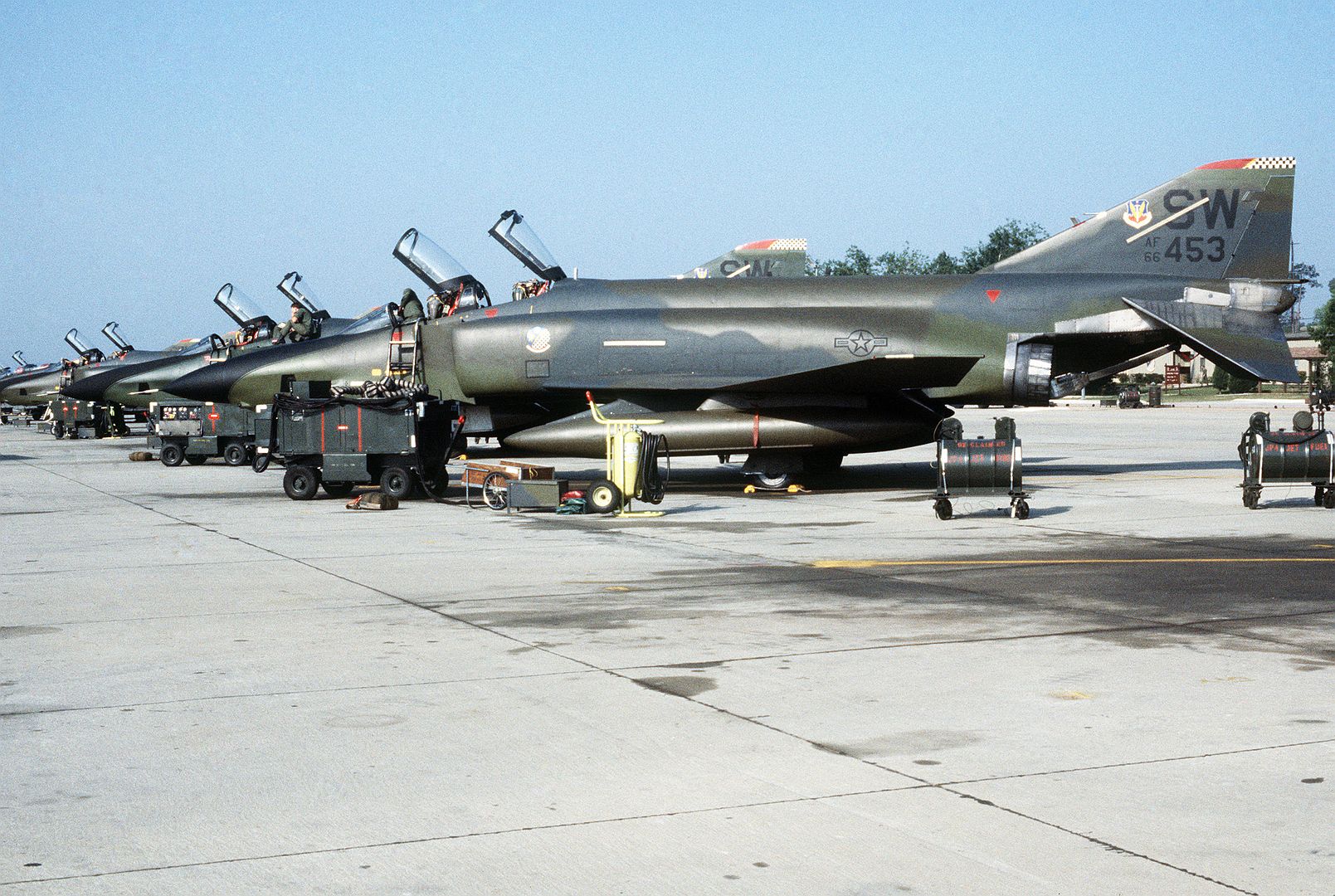

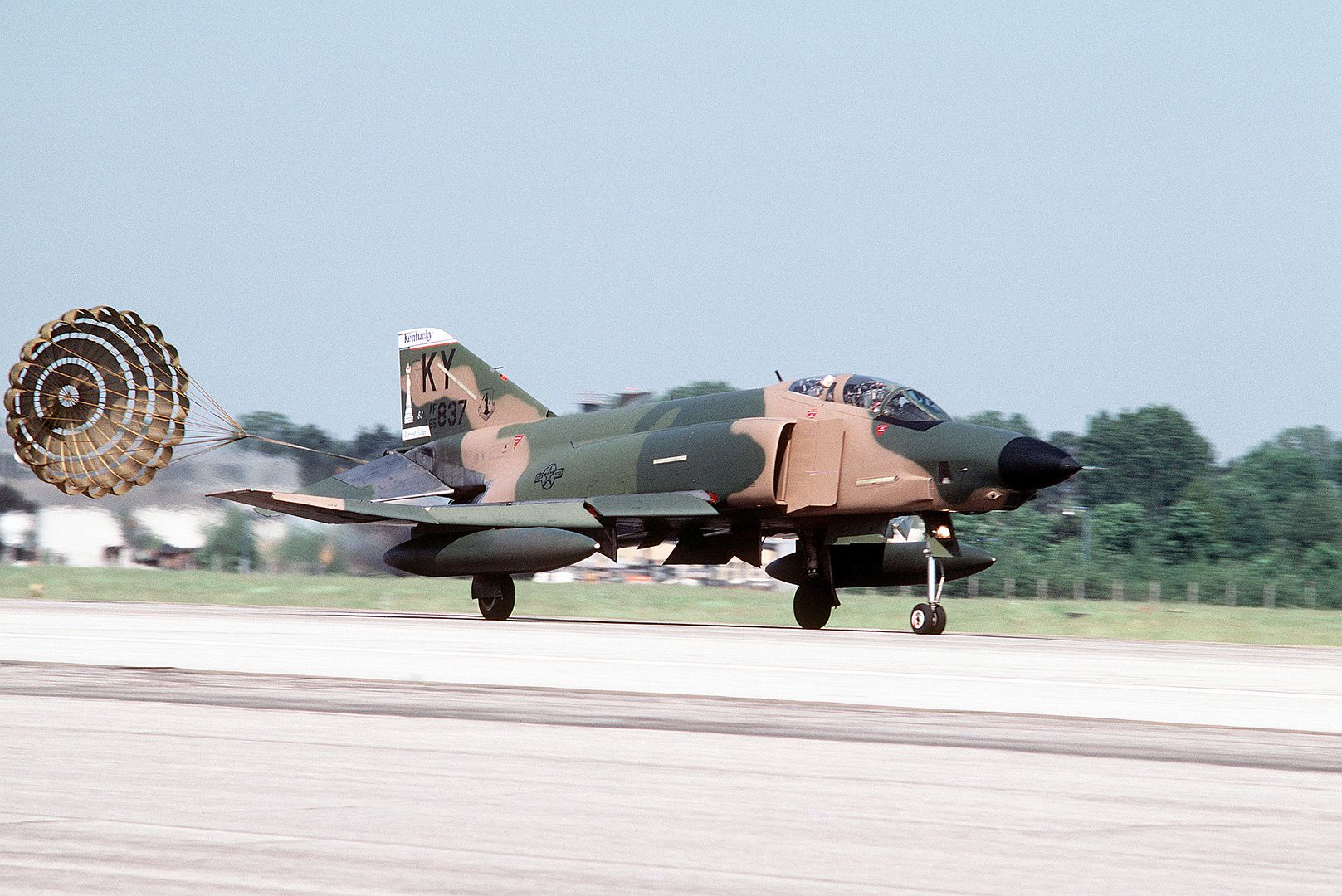


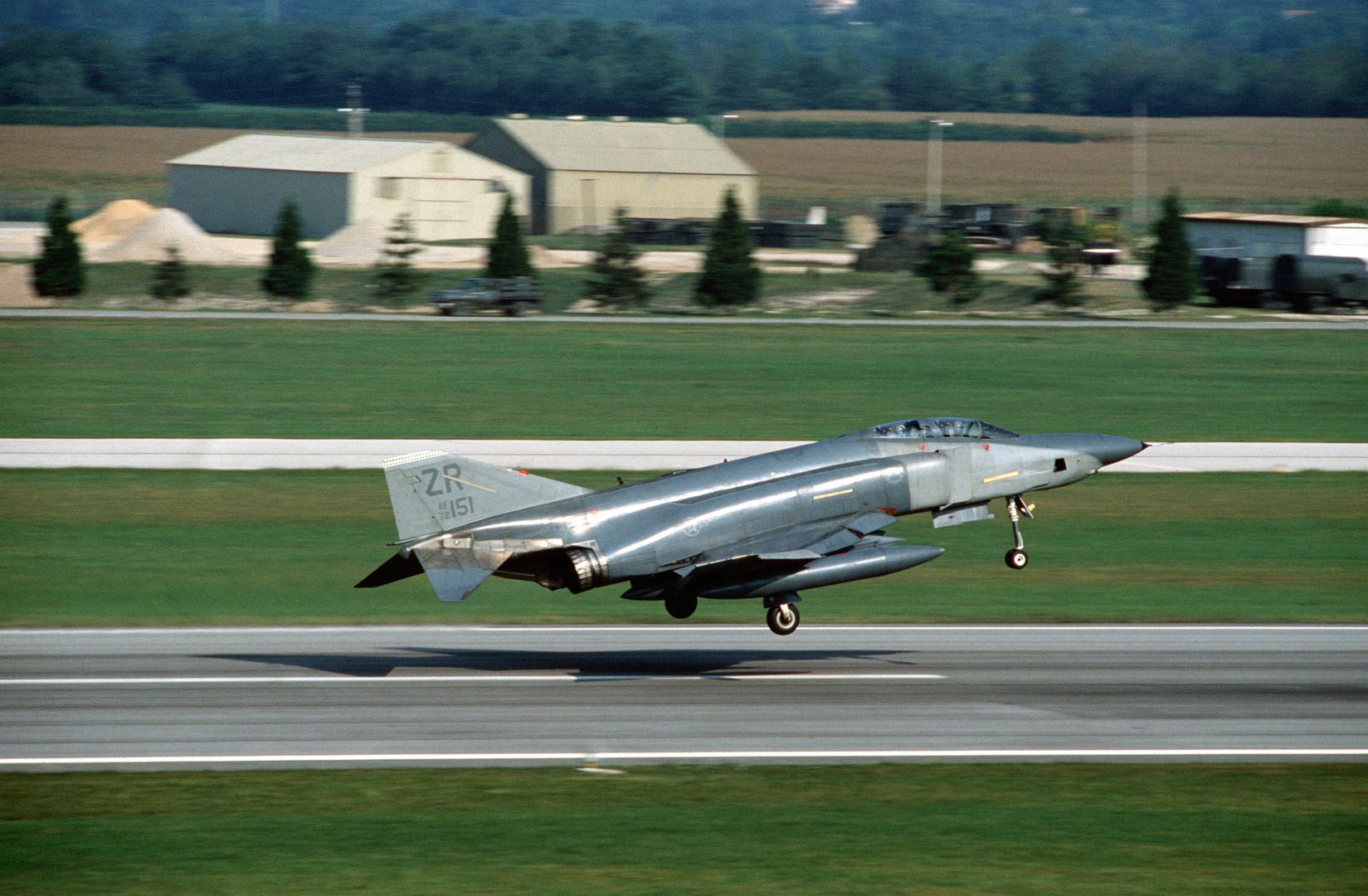

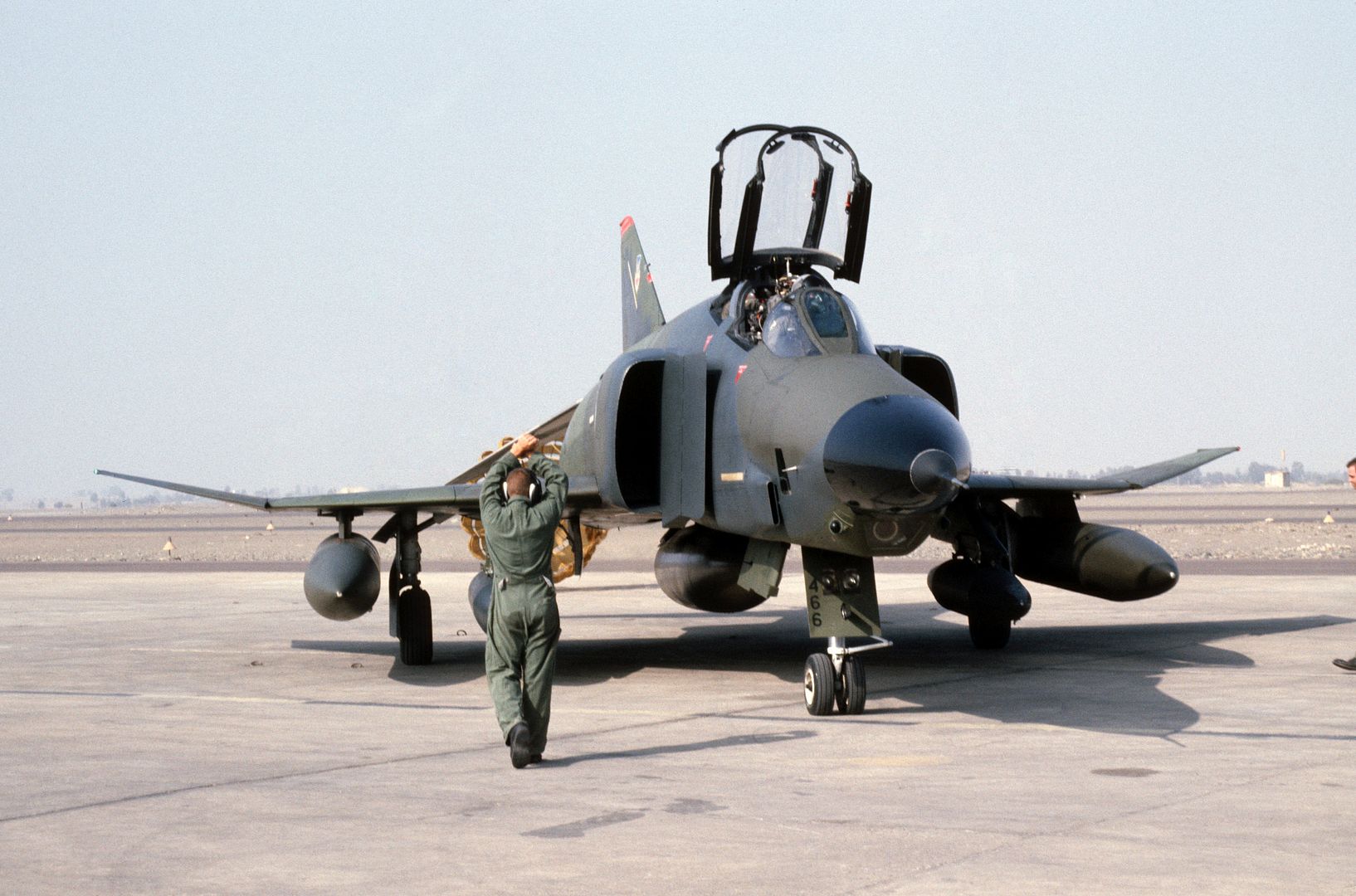
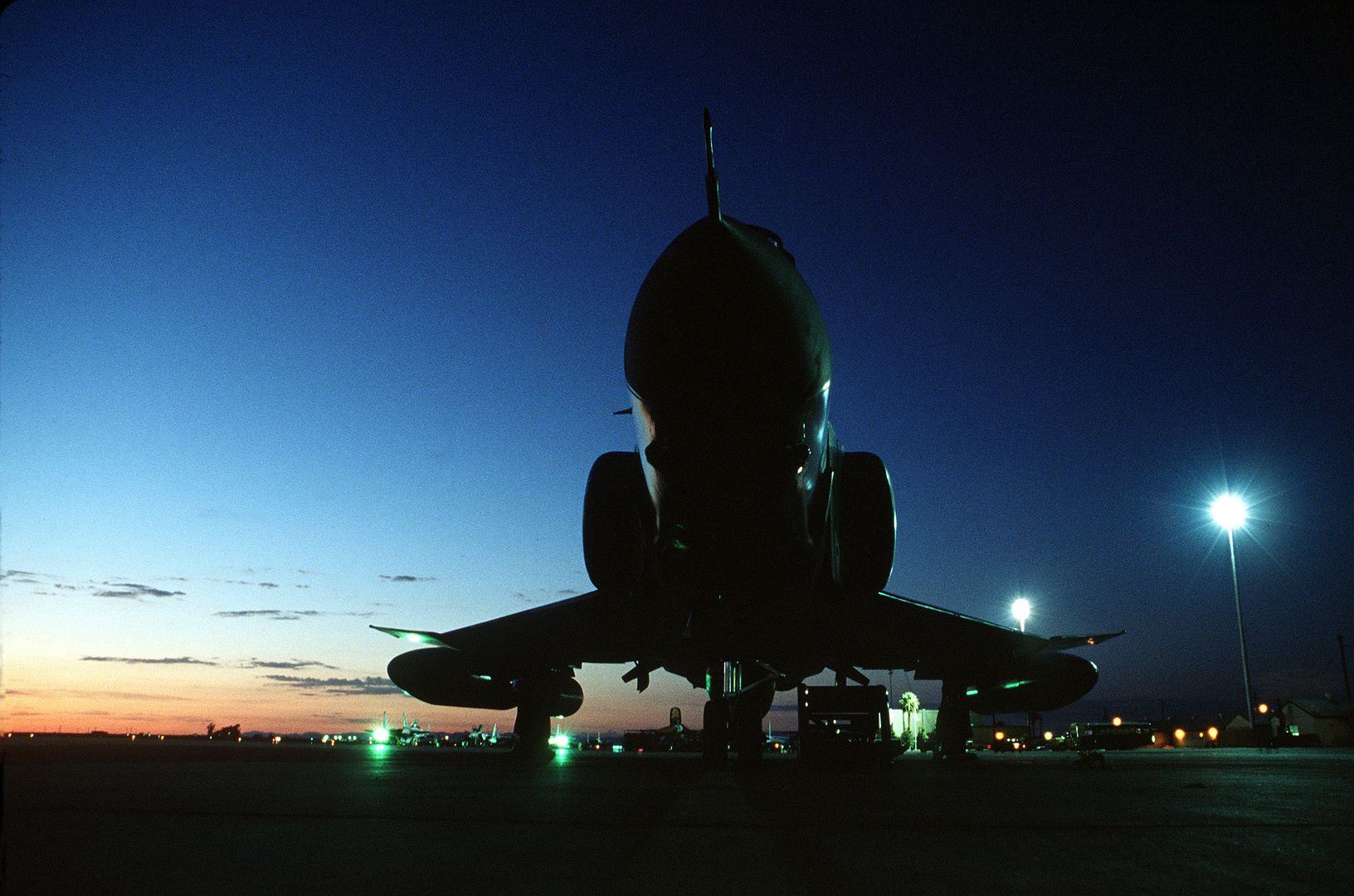
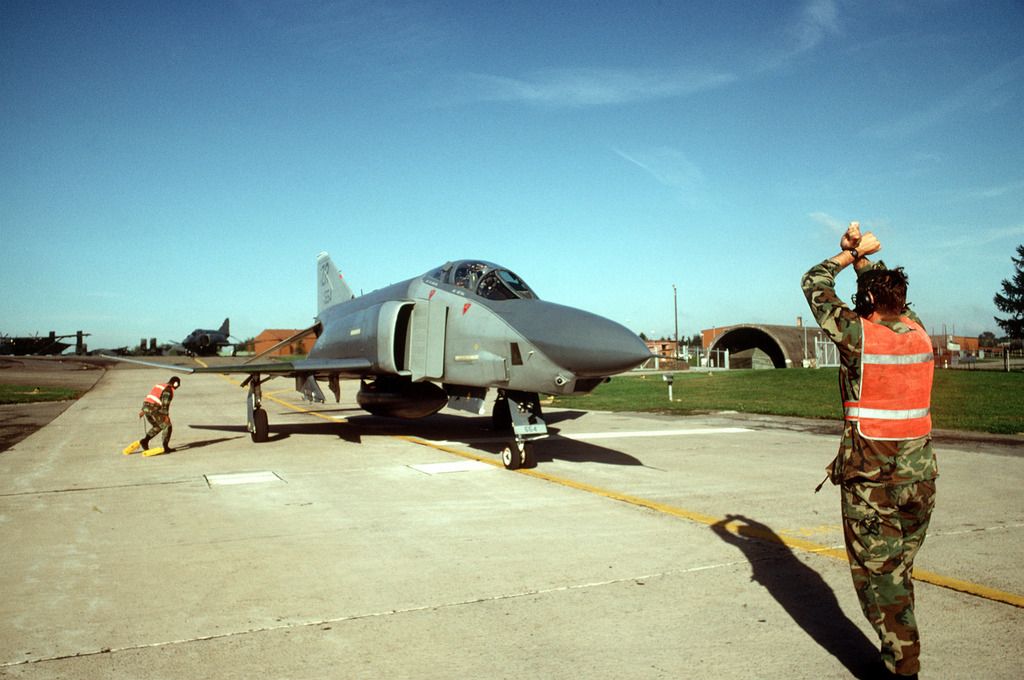
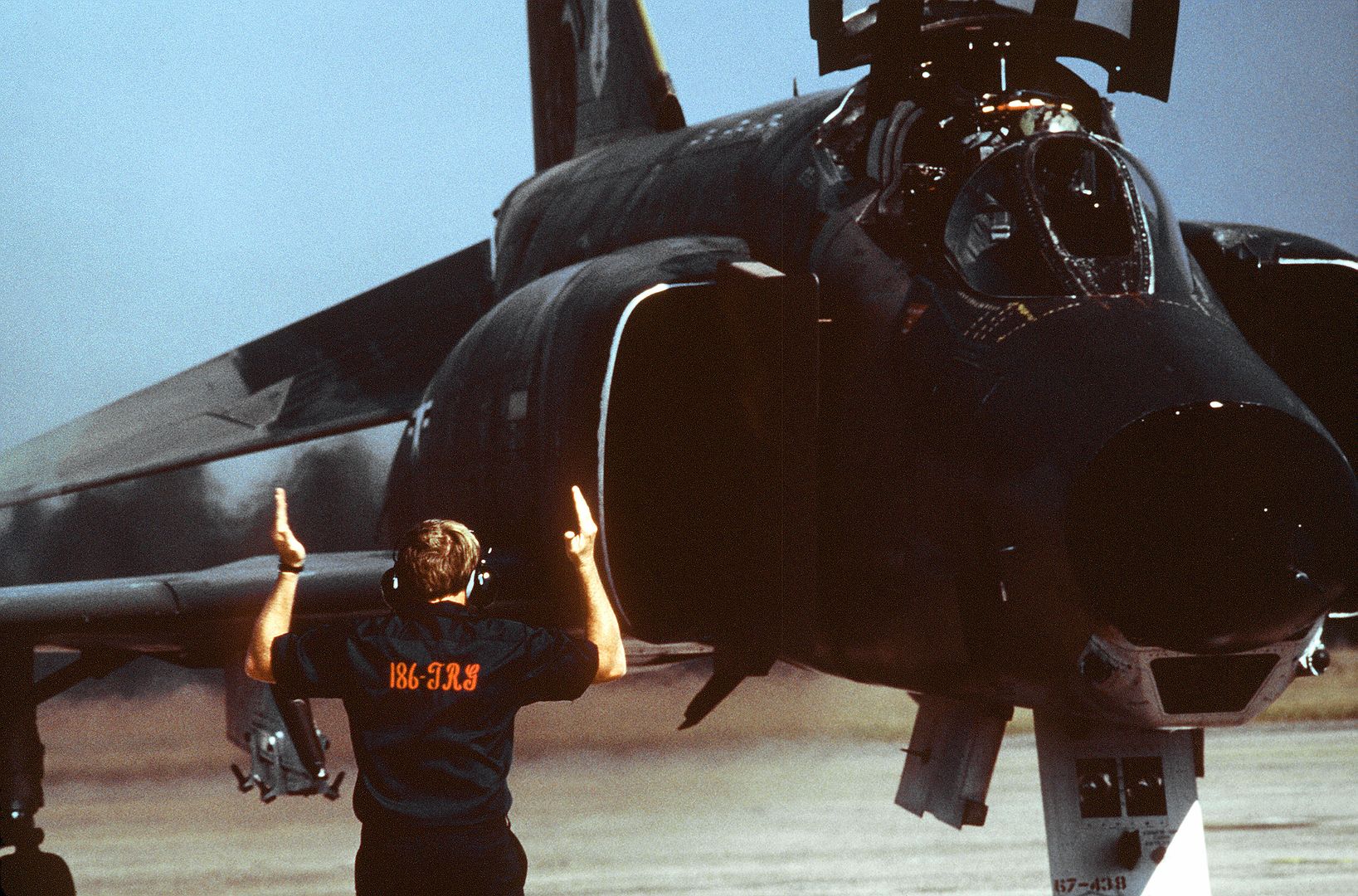
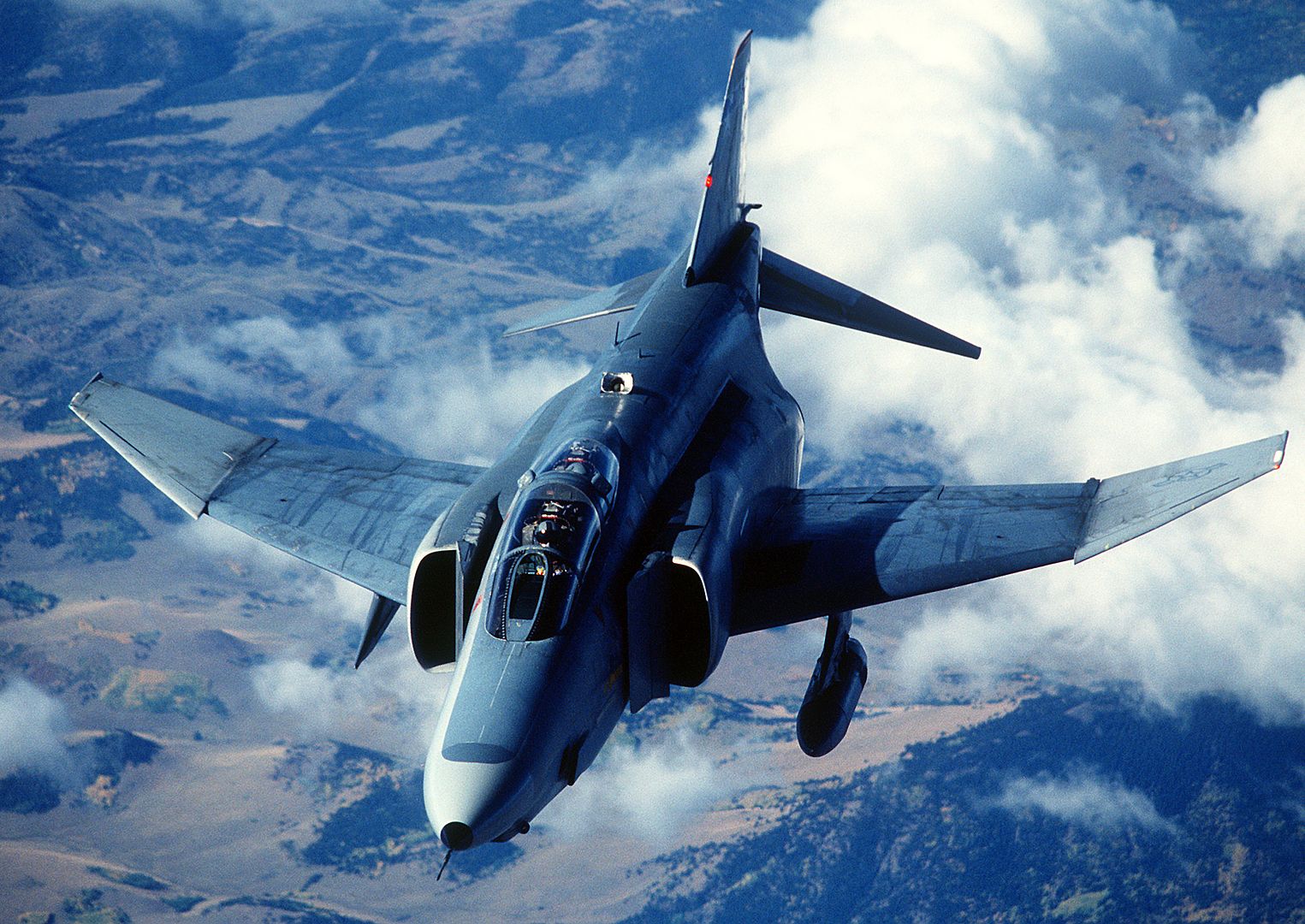

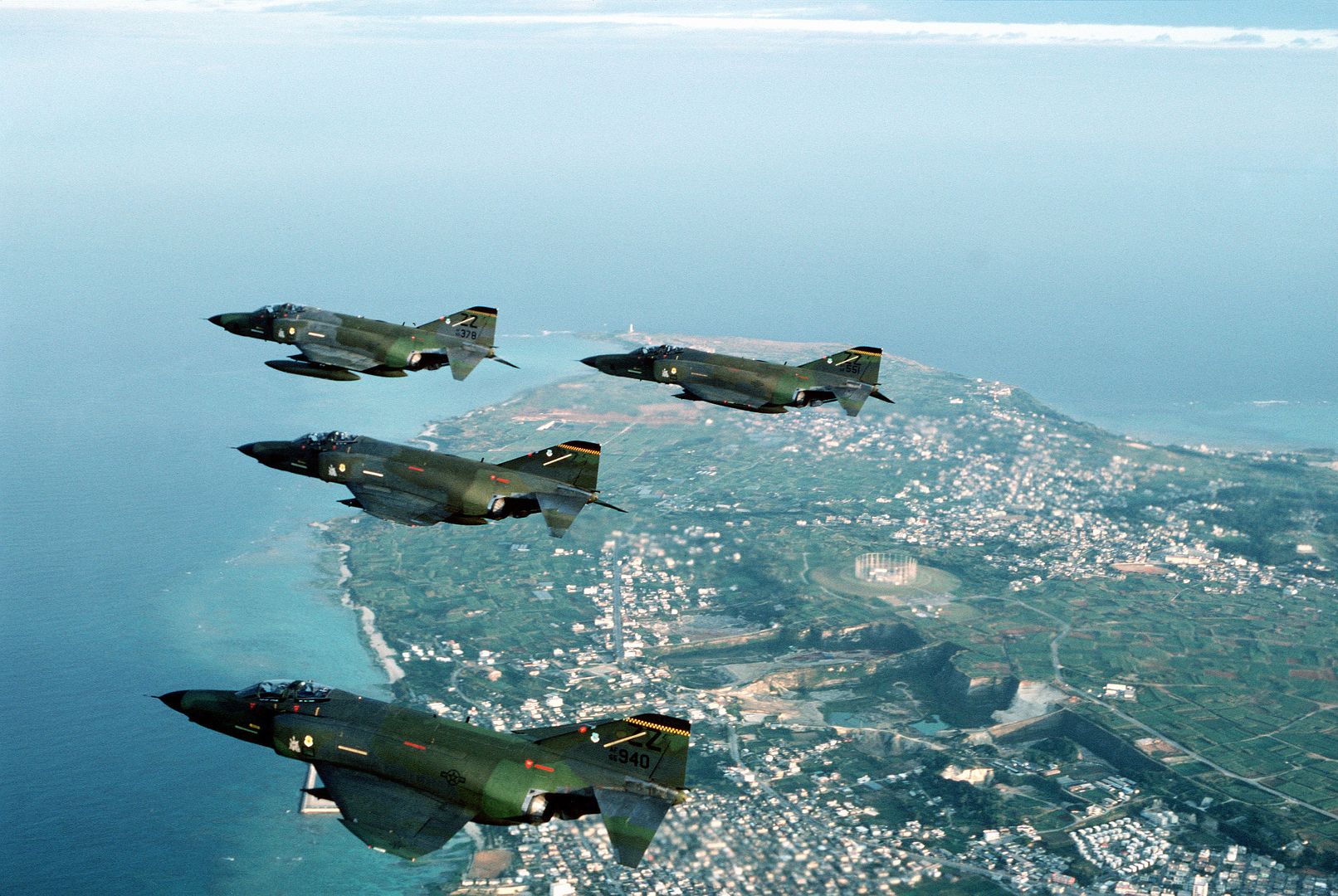
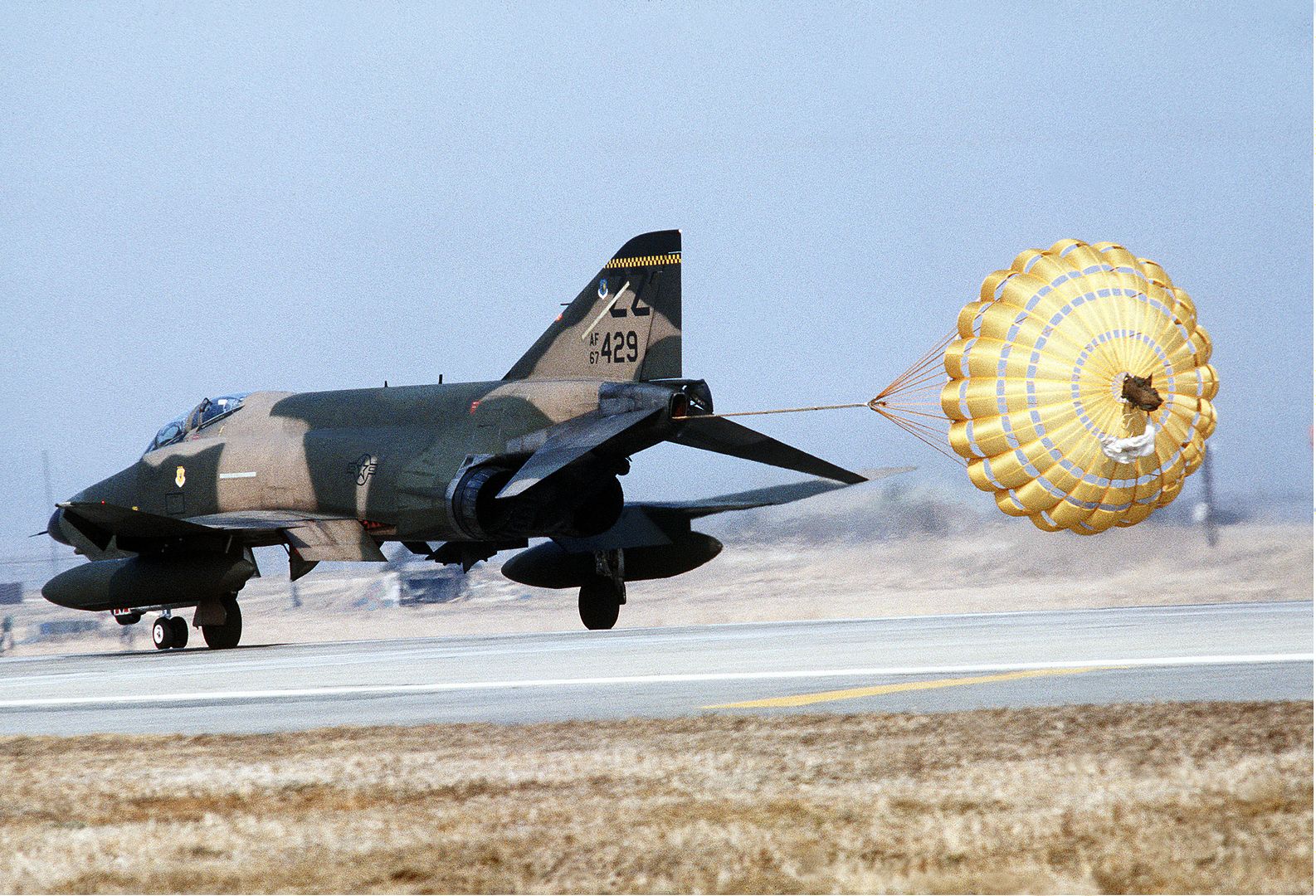

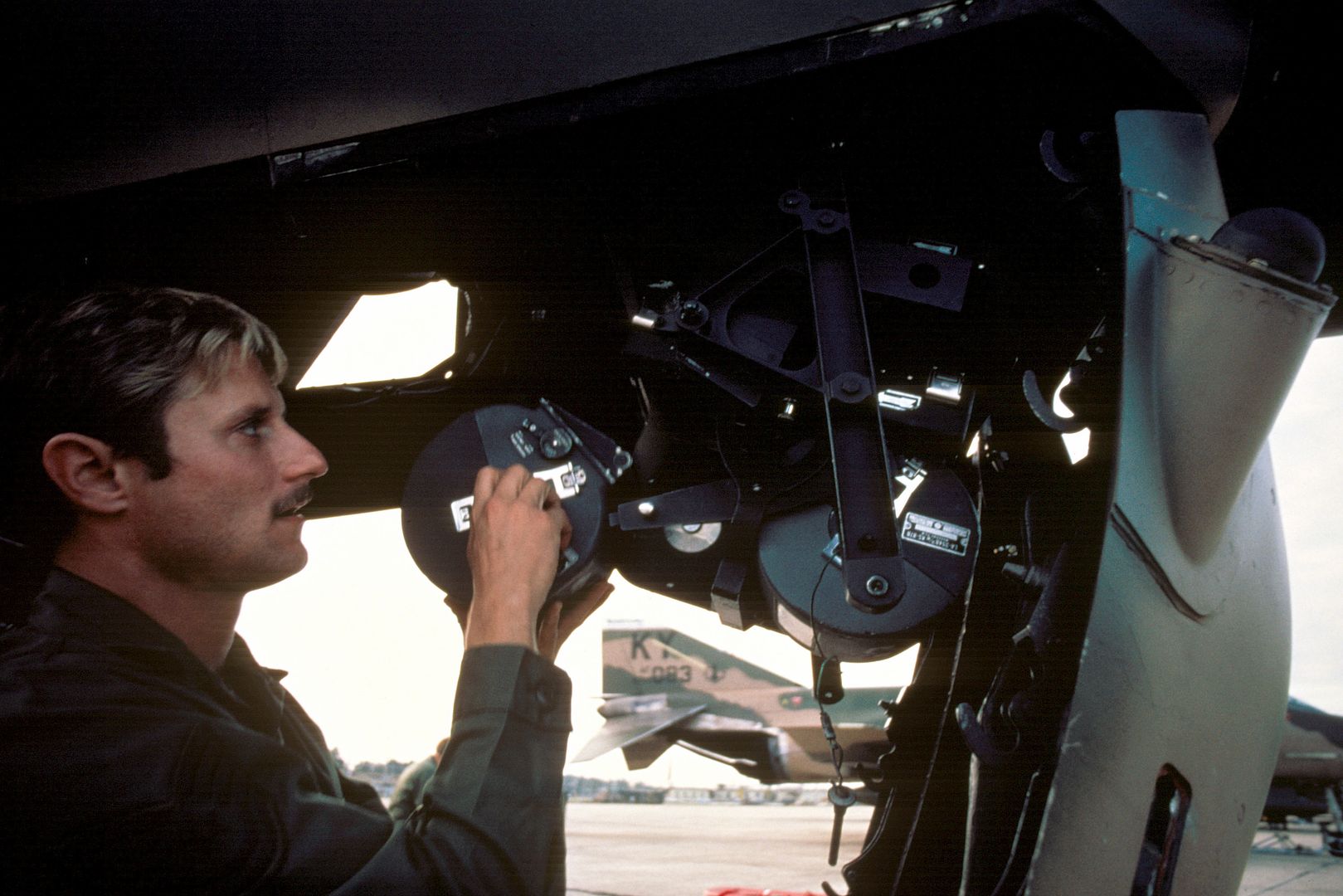

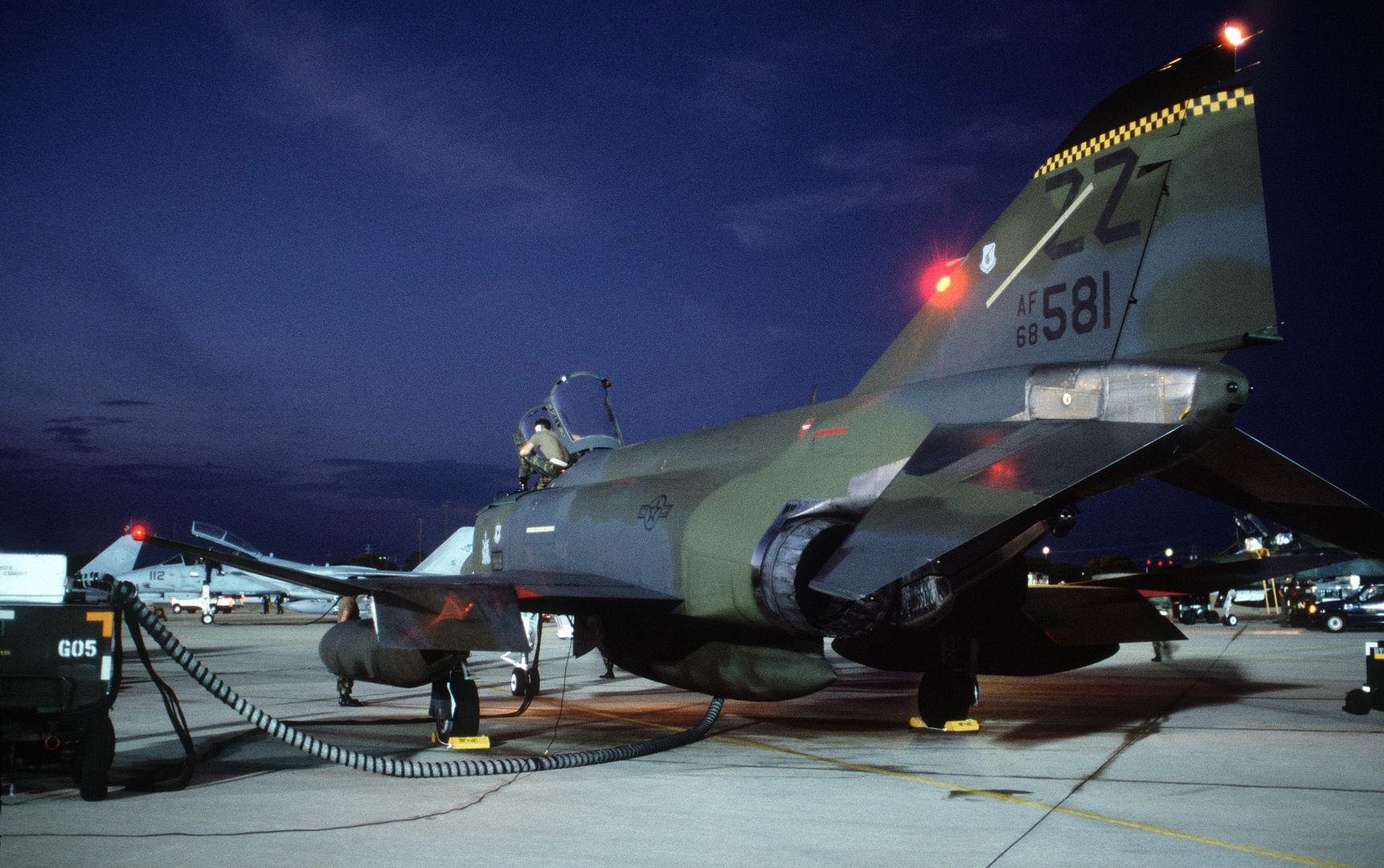
-
 Main Admin
Main Admin -
 Main Admin
Main Admin -
 Main Admin
Main Admin -
 Main Admin
Main Admin -
 Main AdminThe RF-4C's nose and reconnaissance gear was fitted to the F-4B airframe to yield the "RF-4B" for the US Marine Corps, with initial flight on 12 March 1965, leading to operational introduction in May 1965. The equipment fit differed slightly from the RF-4C's in that the station 2 cameras could be rotated in flight.
Main AdminThe RF-4C's nose and reconnaissance gear was fitted to the F-4B airframe to yield the "RF-4B" for the US Marine Corps, with initial flight on 12 March 1965, leading to operational introduction in May 1965. The equipment fit differed slightly from the RF-4C's in that the station 2 cameras could be rotated in flight.
The RF-4B actually followed the F-4C into service, reversing the usual sequence of subvariant codes. The RF-4B was strictly a Marine machine; the Navy did not use the type since that service had no requirement for it, relying on the RF-8A Crusader and RA-5C Vigilante for the reconnaissance role. 46 RF-4Bs were built. The last ten were odd hybrids, with the original RF-4B nose, RF-4C fuselage and tail, and F-4J wings. In the last half of the 1970s, the RF-4Bs were given a substantial update under Project SURE, involving structural strengthening, new reconnaissance systems, a datalink, defensive countermeasures, and other avionics.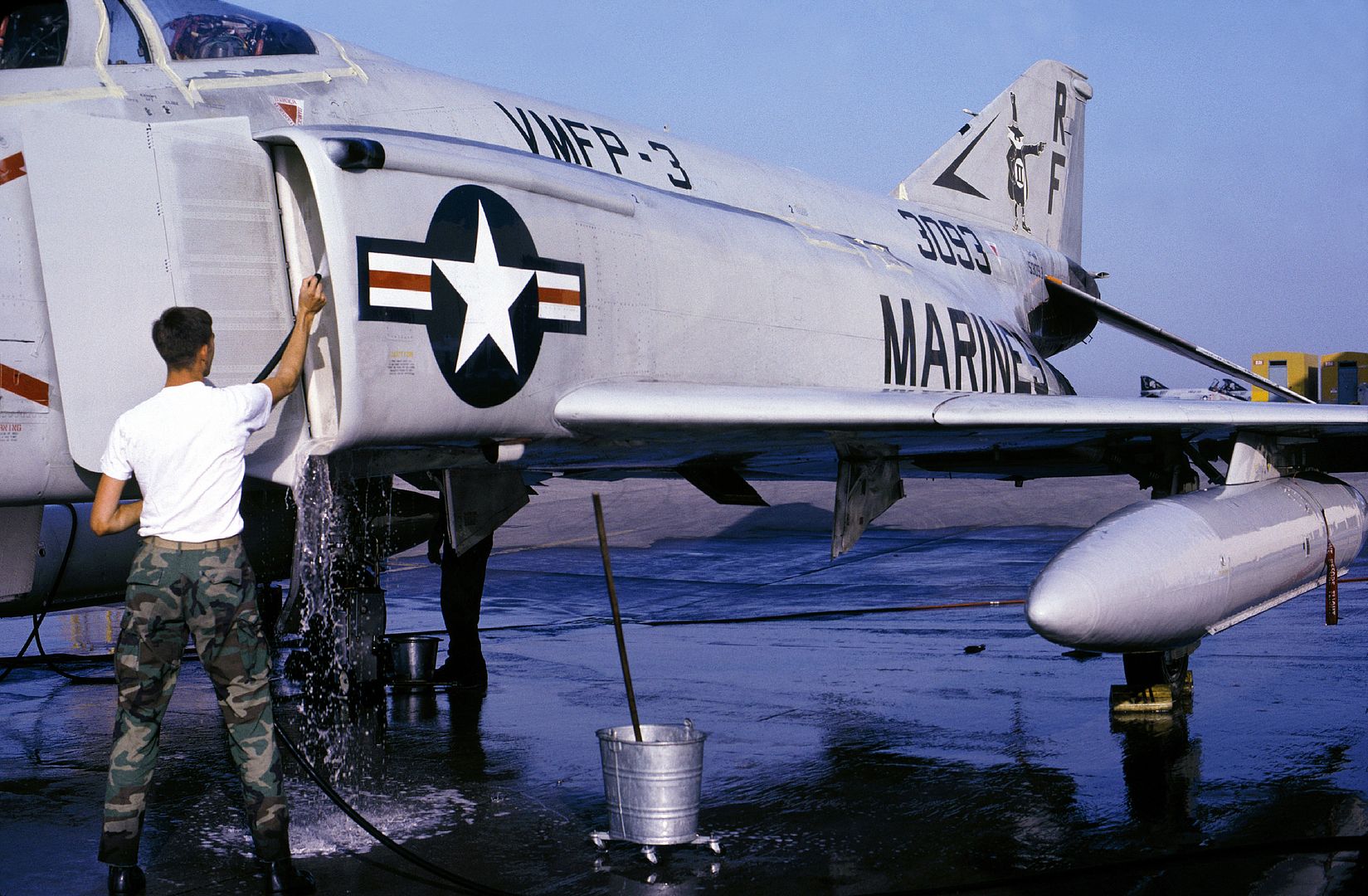
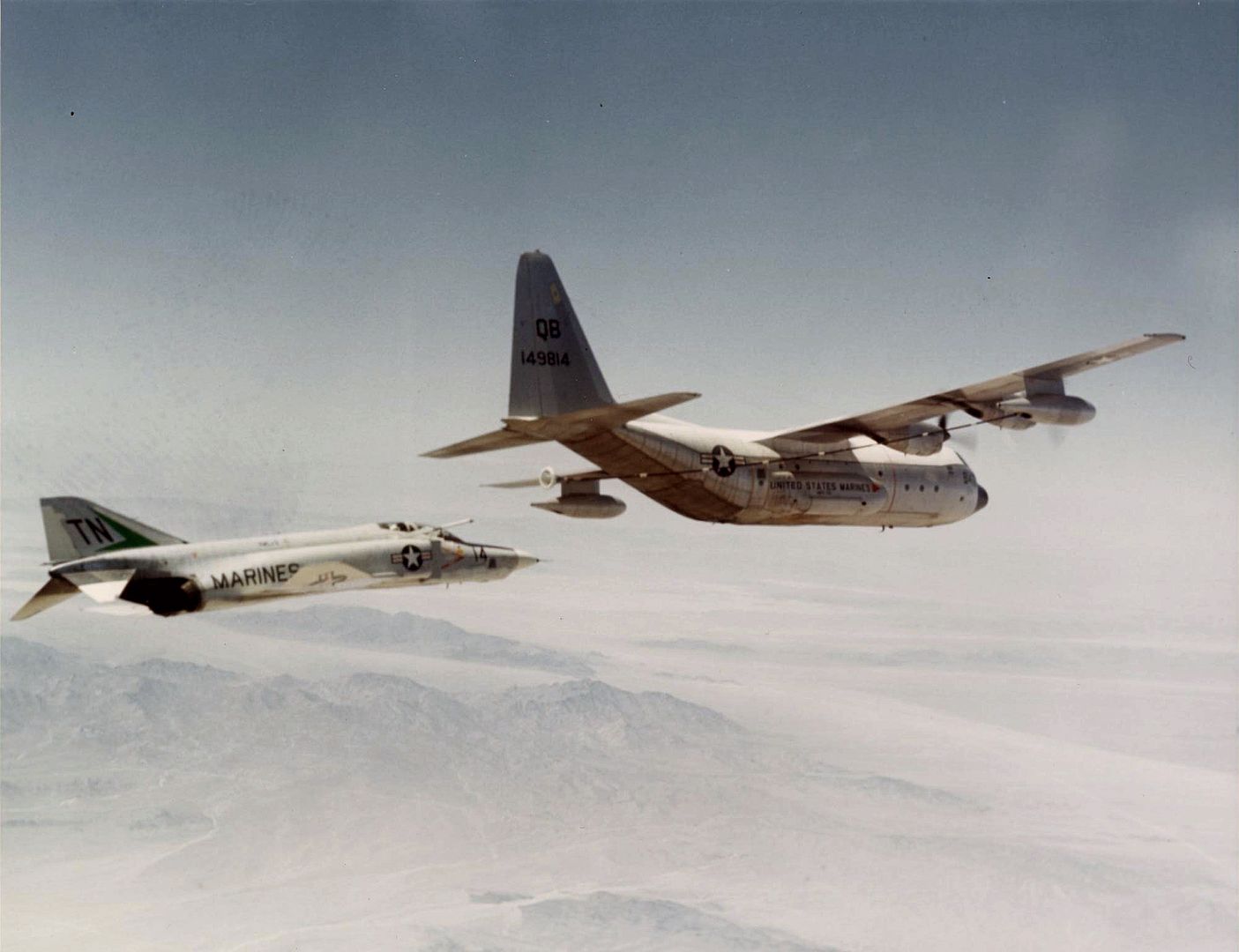

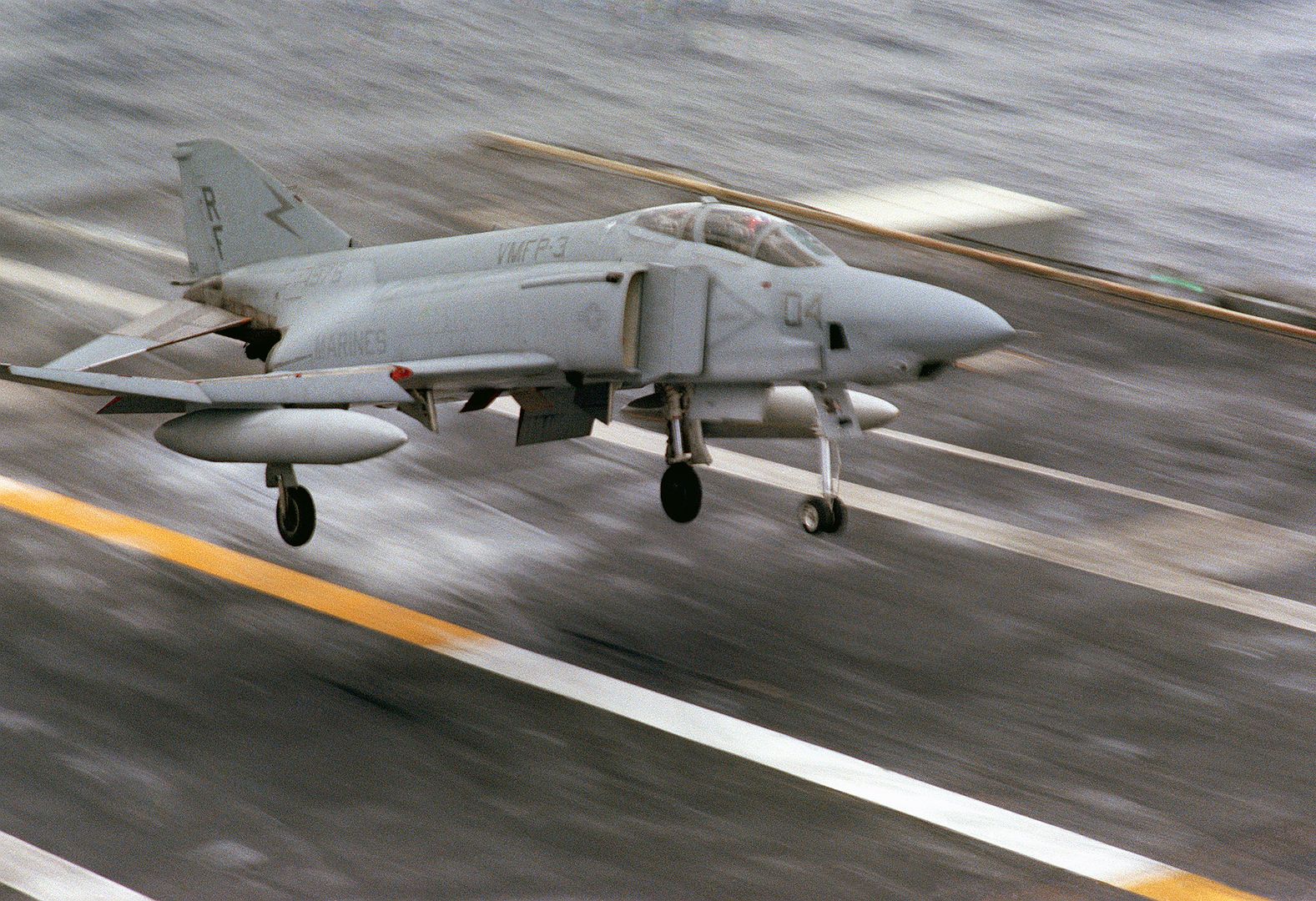

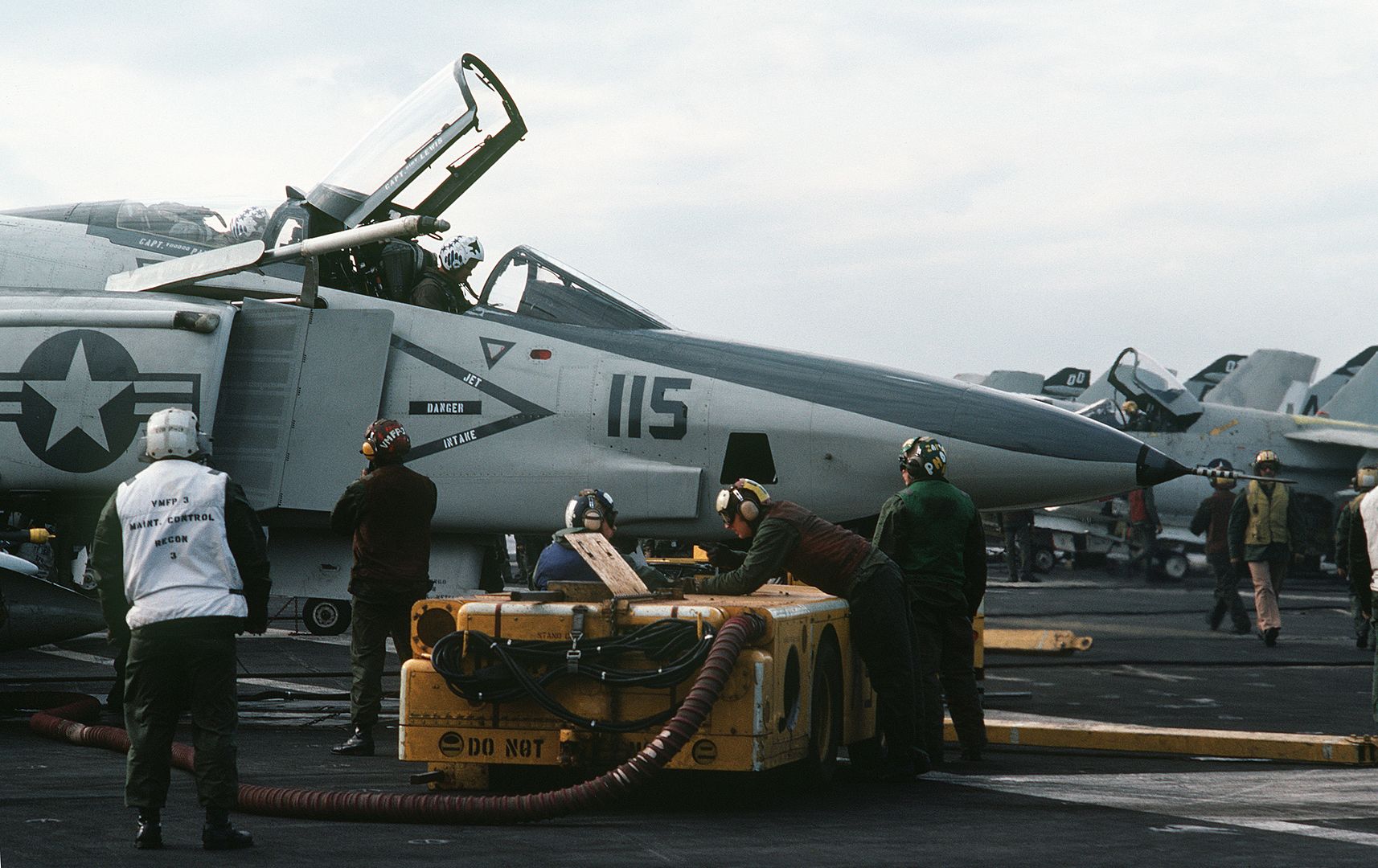
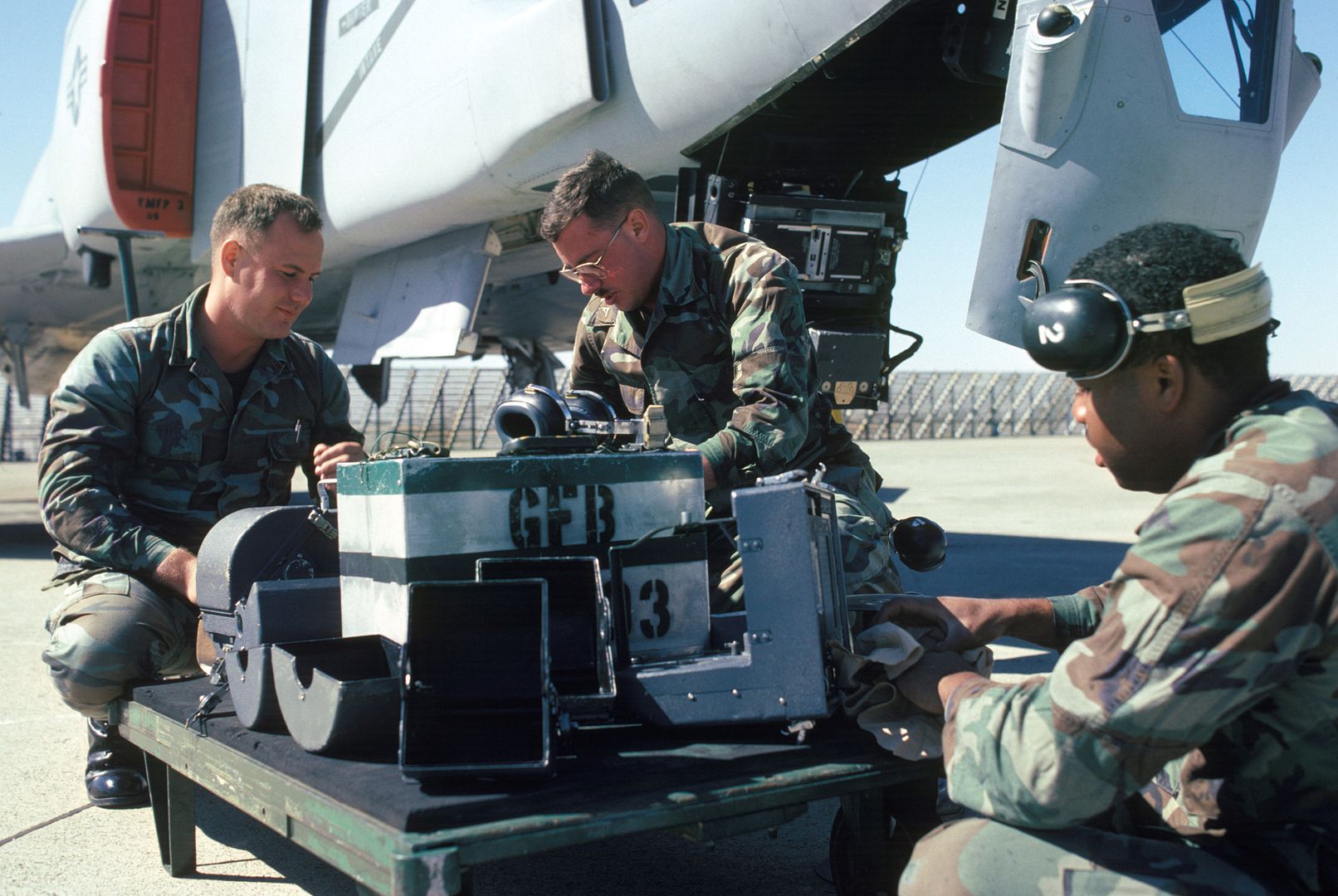

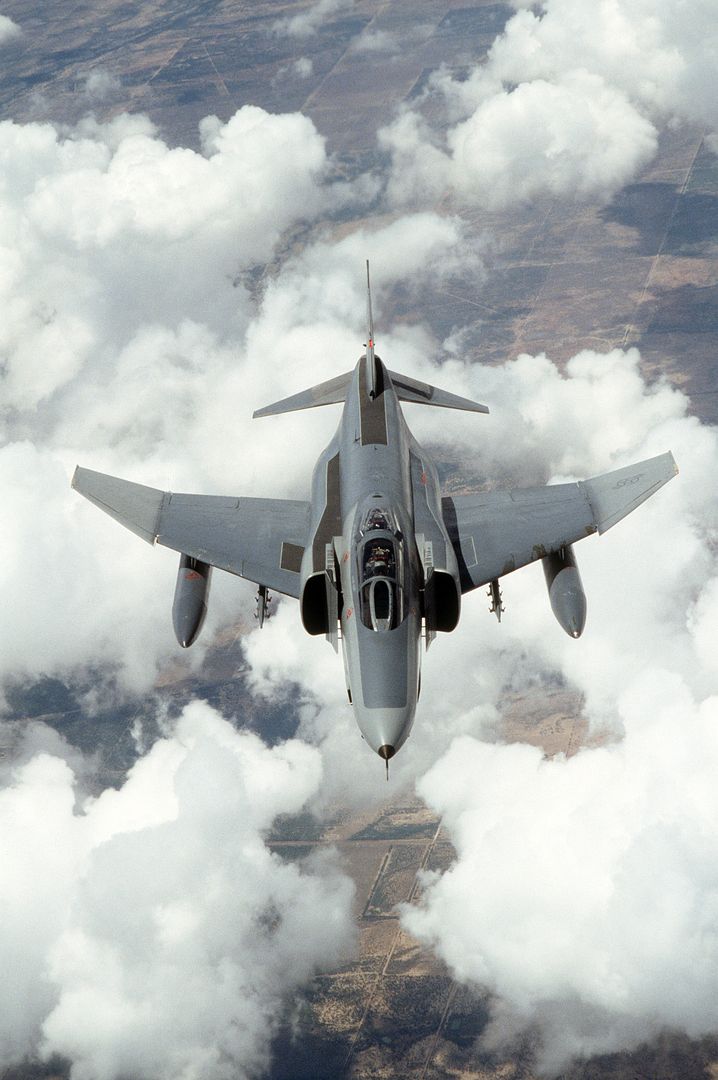
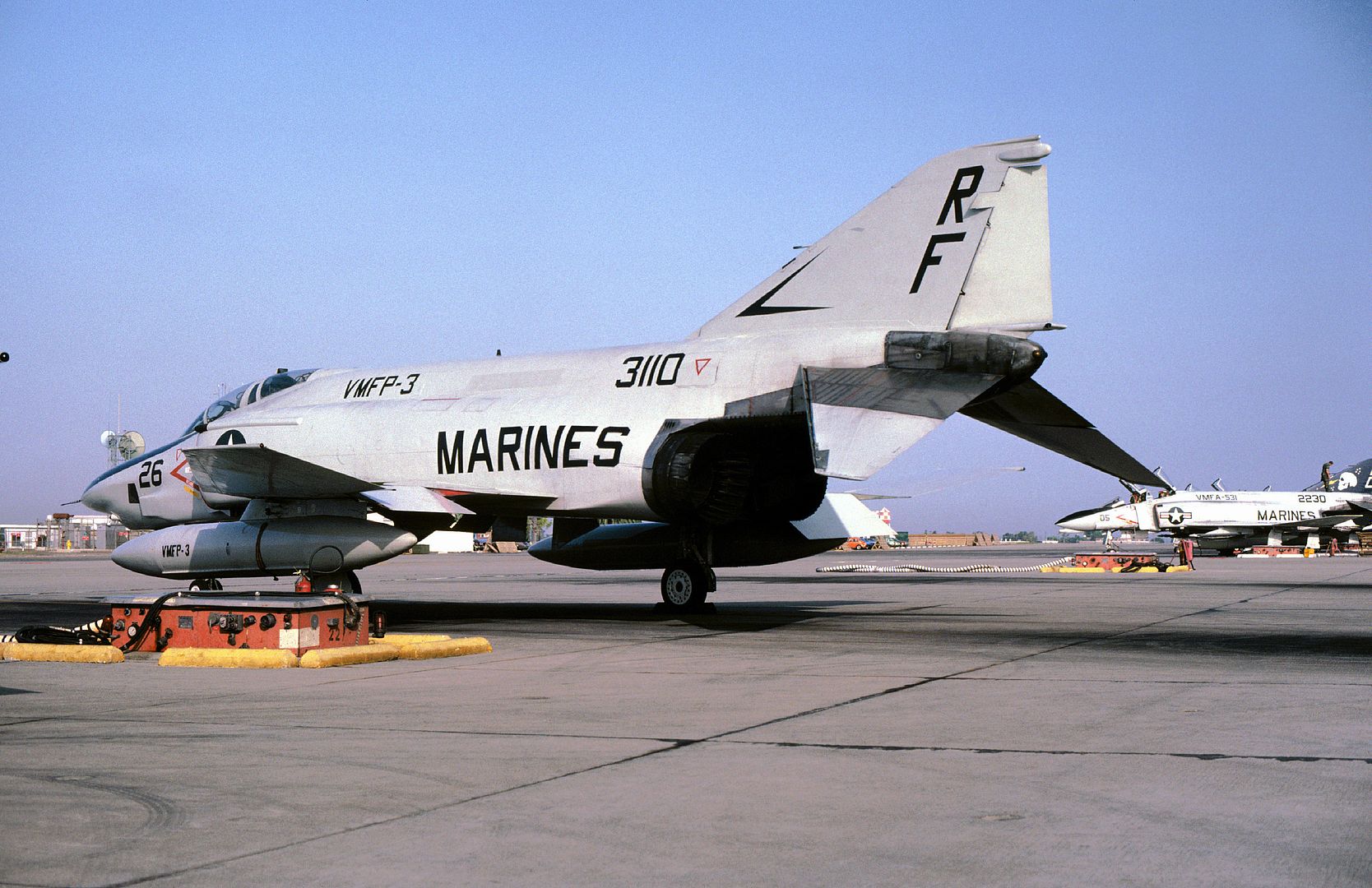
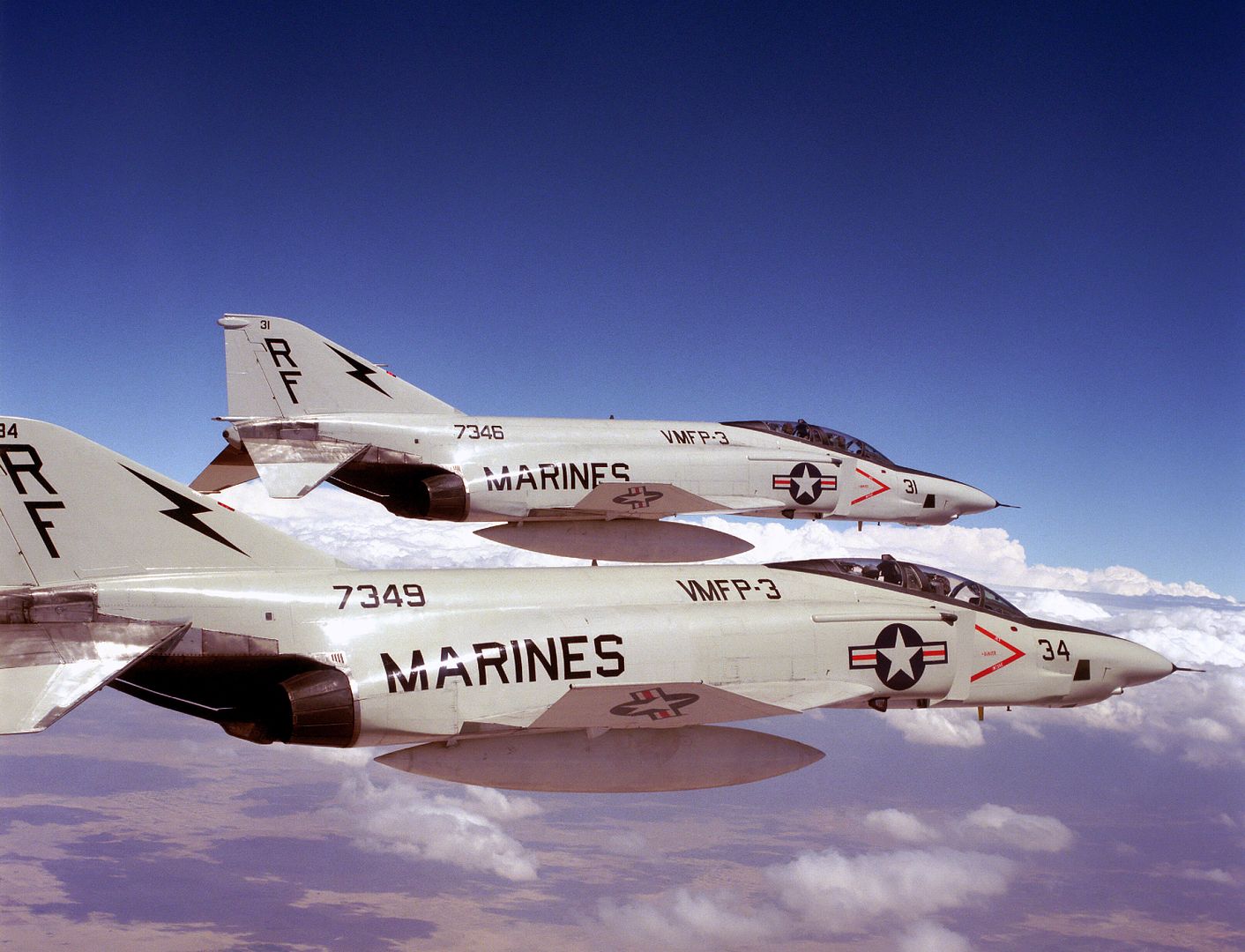
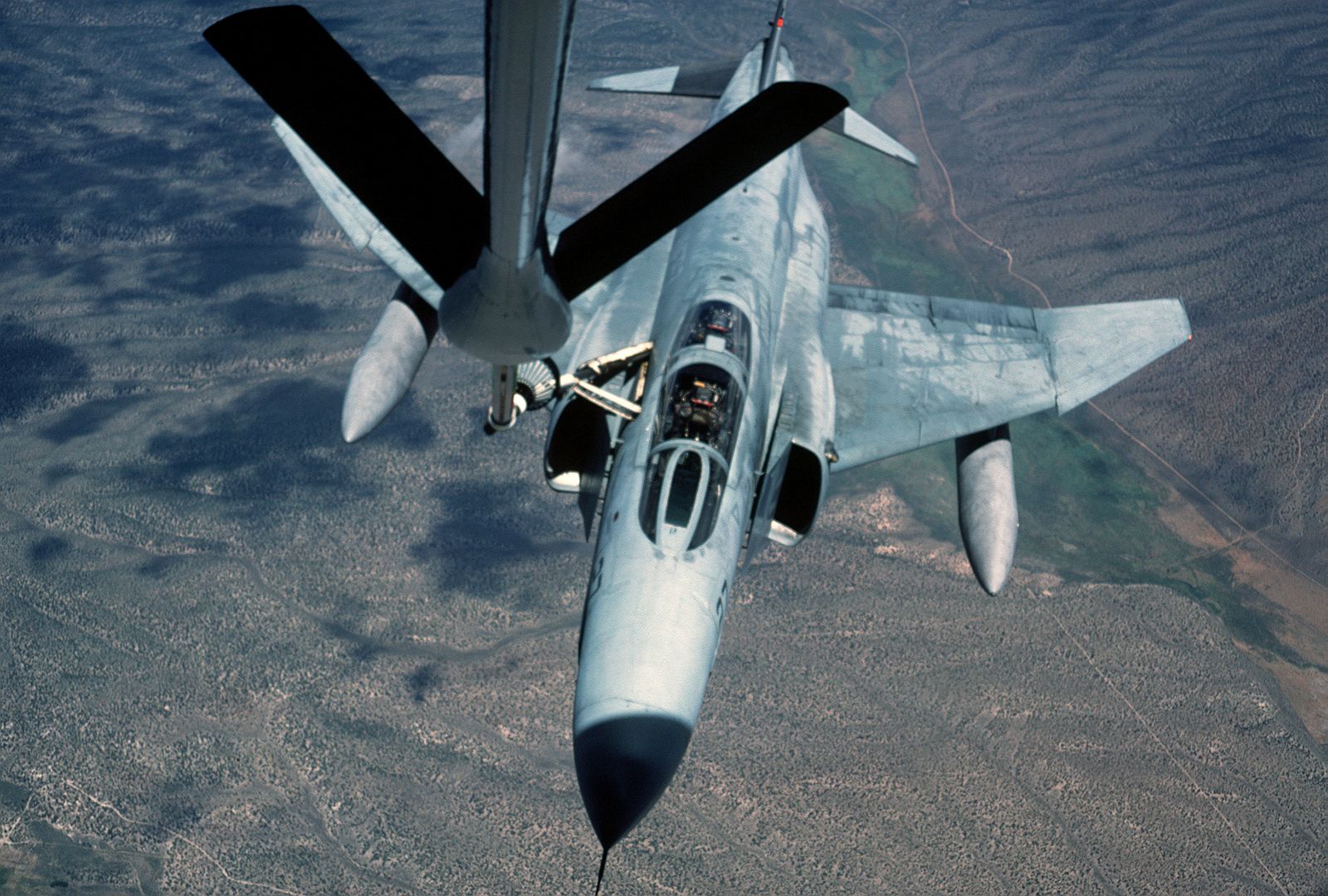

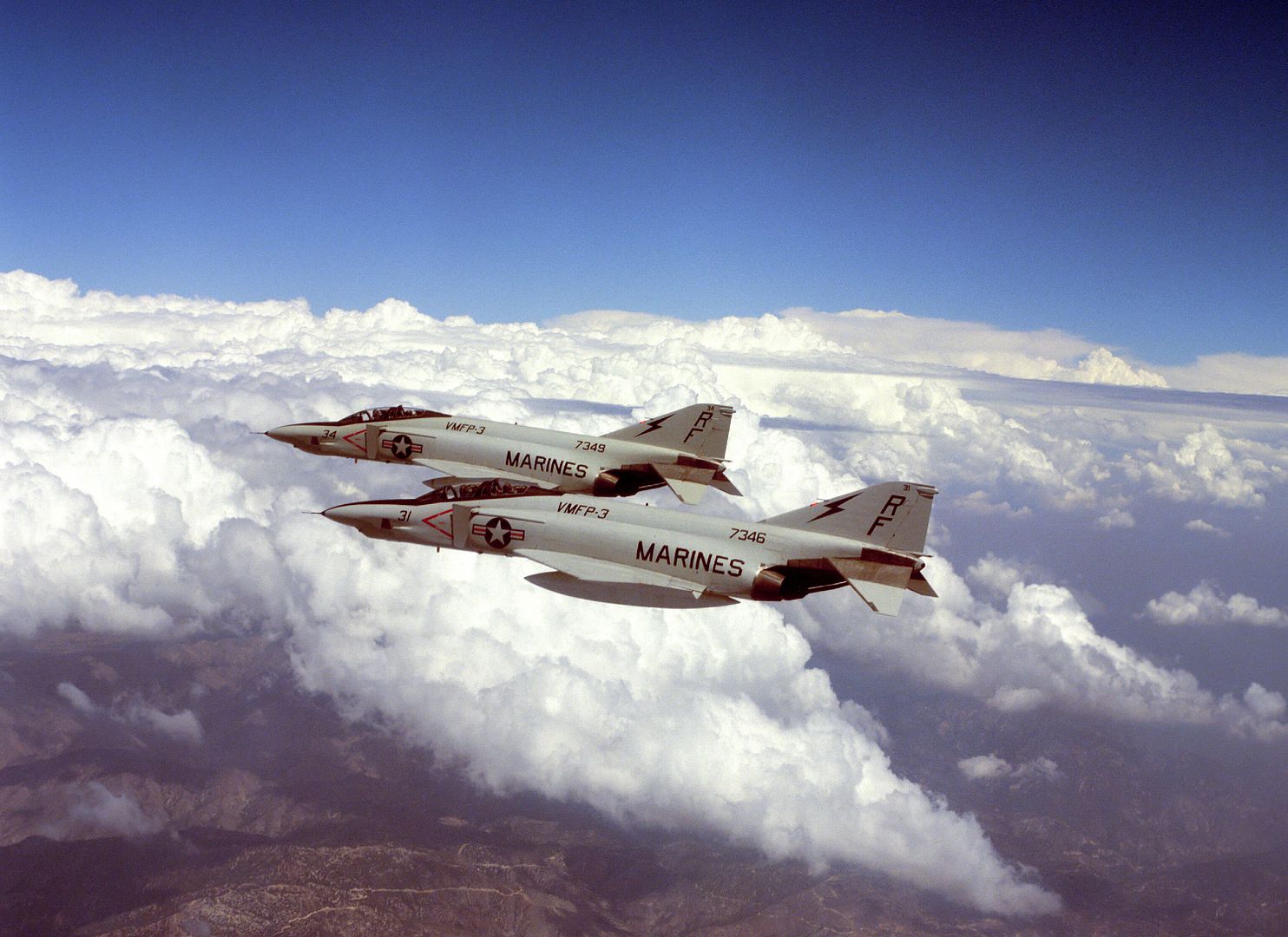
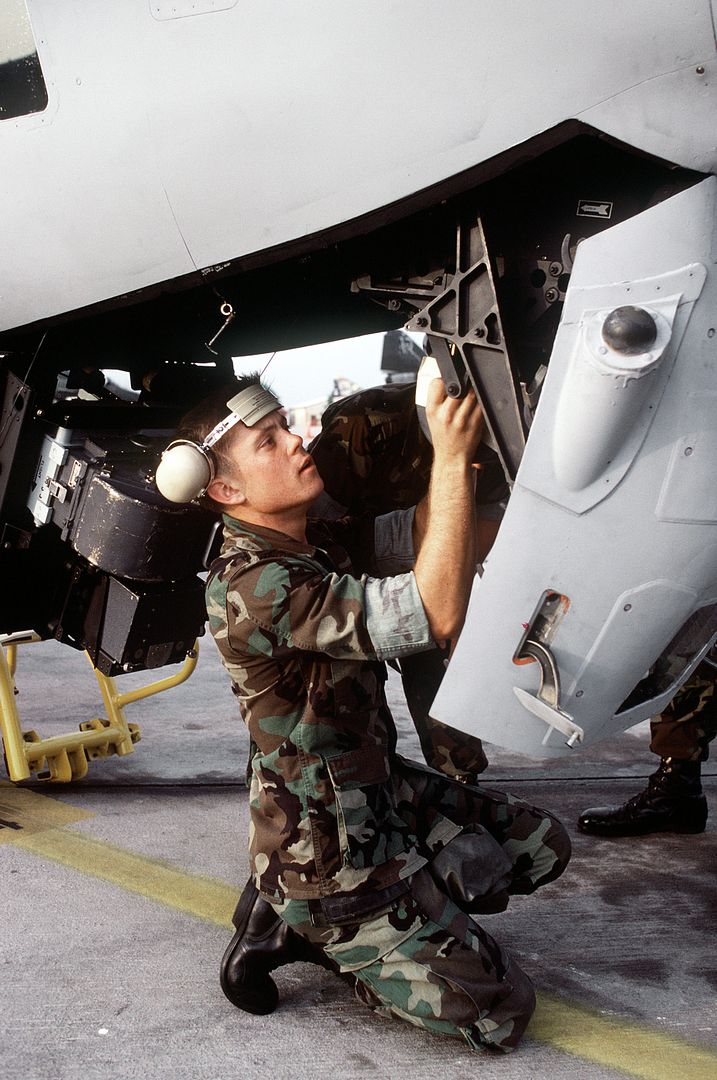

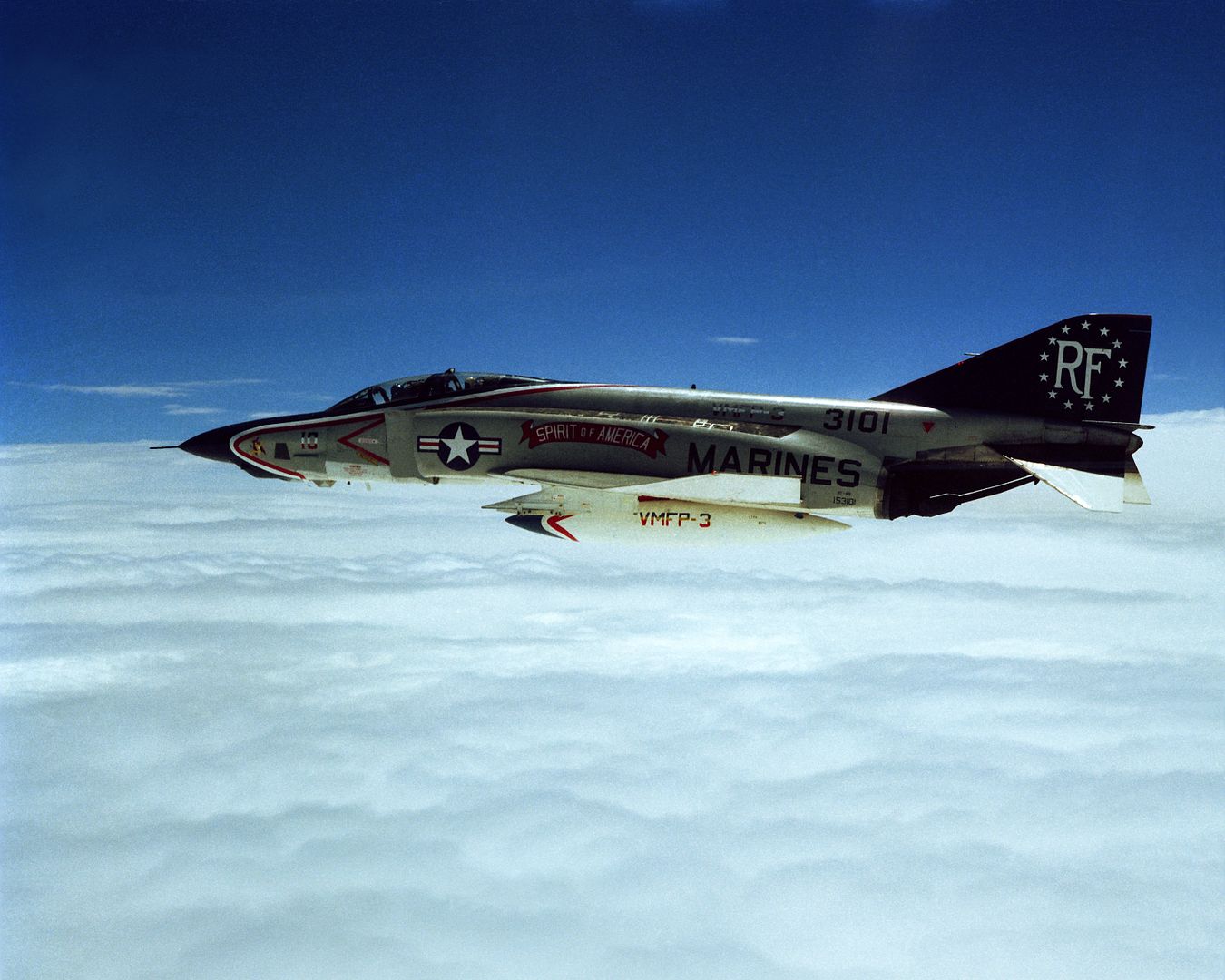
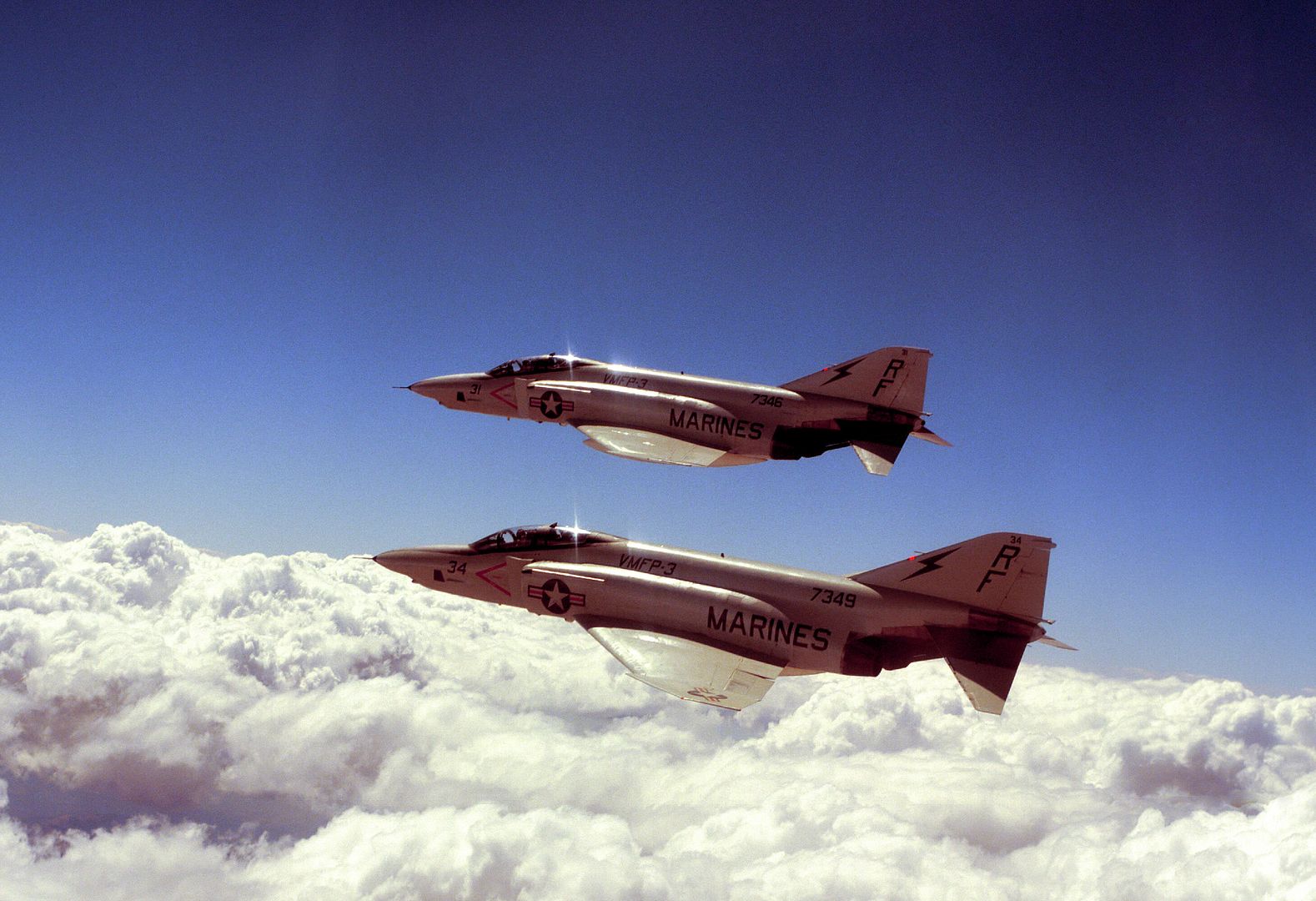
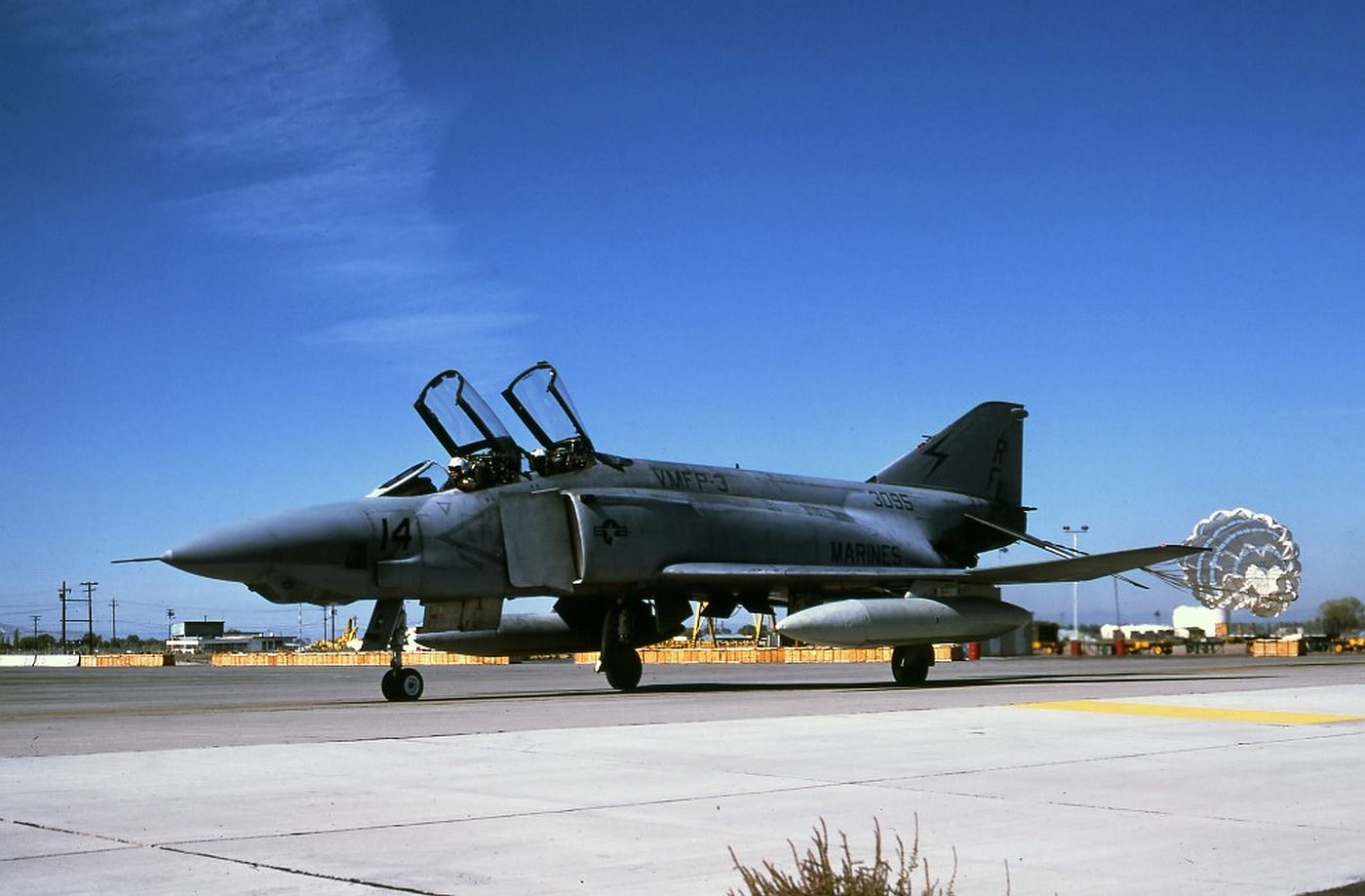
The F-4E was fitted with a recce nose to yield the "RF-4E". Initial flight of the prototype was on 15 September 1970, and 146 were built, strictly for the export market. Late production F-4Es had a modified nose that was less angular than earlier recce Phantoms. RF-4Es also had slight variations in equipment fit for their specific customers. -
 Main AdminThe last Phantom was rolled out of the McDonnell Douglas factory at Saint Louis on 26 October 1979, after manufacture of 5,057 of the type there, not counting 138 assembled or built in Japan, as discussed later. However, given the widespread use of the type, that was by no means the end of the story.
Main AdminThe last Phantom was rolled out of the McDonnell Douglas factory at Saint Louis on 26 October 1979, after manufacture of 5,057 of the type there, not counting 138 assembled or built in Japan, as discussed later. However, given the widespread use of the type, that was by no means the end of the story.
One of the nasty surprises encountered by the US military in Vietnam was the effectiveness of North Vietnamese air defenses, and so developing counter-defenses was a high priority. One possible counter-defense was a "defense suppression" aircraft that could target air-defense radars and attack SAM sites, and this led to the "Wild Weasel" series of "defense-suppression" aircraft.
The original "Wild Weasel I" was a modified tandem-seat F-100F Super Sabre, but this aircraft could not keep with strike packages and amounted to a proof-of-concept system. It was followed into service by the "Wild Weasel II", a modified F-105F Thunderchief, and then a more optimized F-105F modification, the F-105G "Wild Weasel III", which performed the burden of defense suppression over North Vietnam.
Late in the war, about 36 F-4Cs were modified to the "Wild Weasel IV" configuration, carrying radar detection and targeting systems along with the AGM-45 "Shrike" anti-radar missile (ARM), which was a Sparrow with a radar seeking head. The Wild Weasel IV conversion left something to be desired, and after the war 116 F-4Es were converted into the "Wild Weasel V" or "Advanced Wild Weasel", which was given the "vacant" designation "F-4G".
The nose cannon was deleted, with the space occupied taken up by gear for an AN/APR-38 RHAWS, with 52 antennas littered over the fuselage. Combat avionics systems were retained. The AN/APR-38 could not only locate and identify radar emitters, it could also target them for attack with ARMs, or cluster bombs and other munitions. At first, the F-4G carried the Shrike, but in the early 1980s this missile was generally replaced by the Texas Instruments AGM-88 "High Speed Anti-Radiation Missile (HARM)", more or less a scaled-up Shrike with a better seeker system. The HARM would become the F-4G's most characteristic weapon.
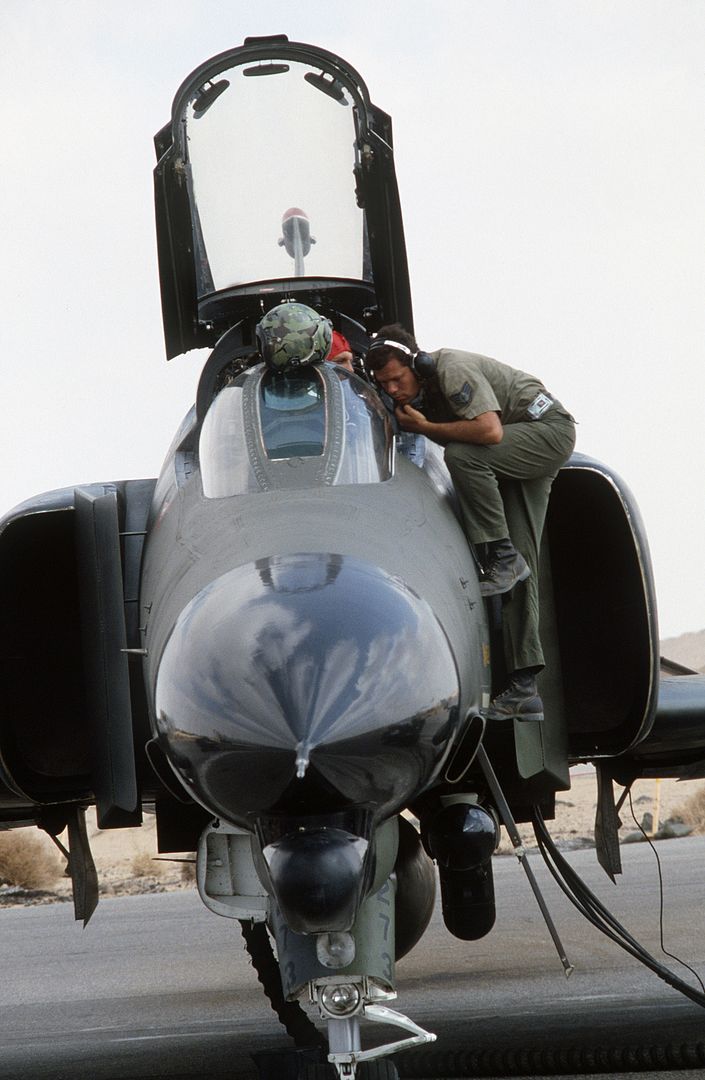

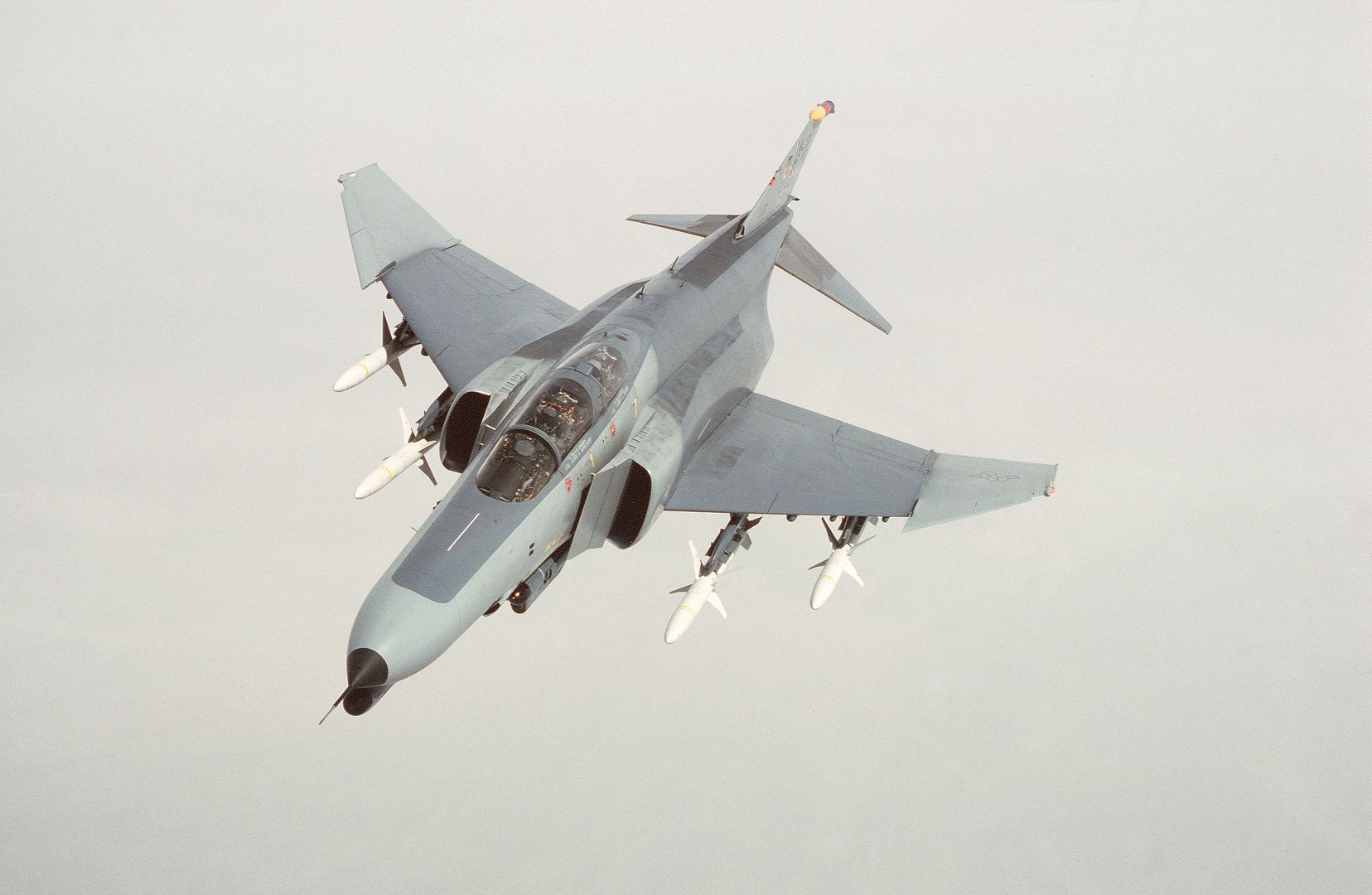

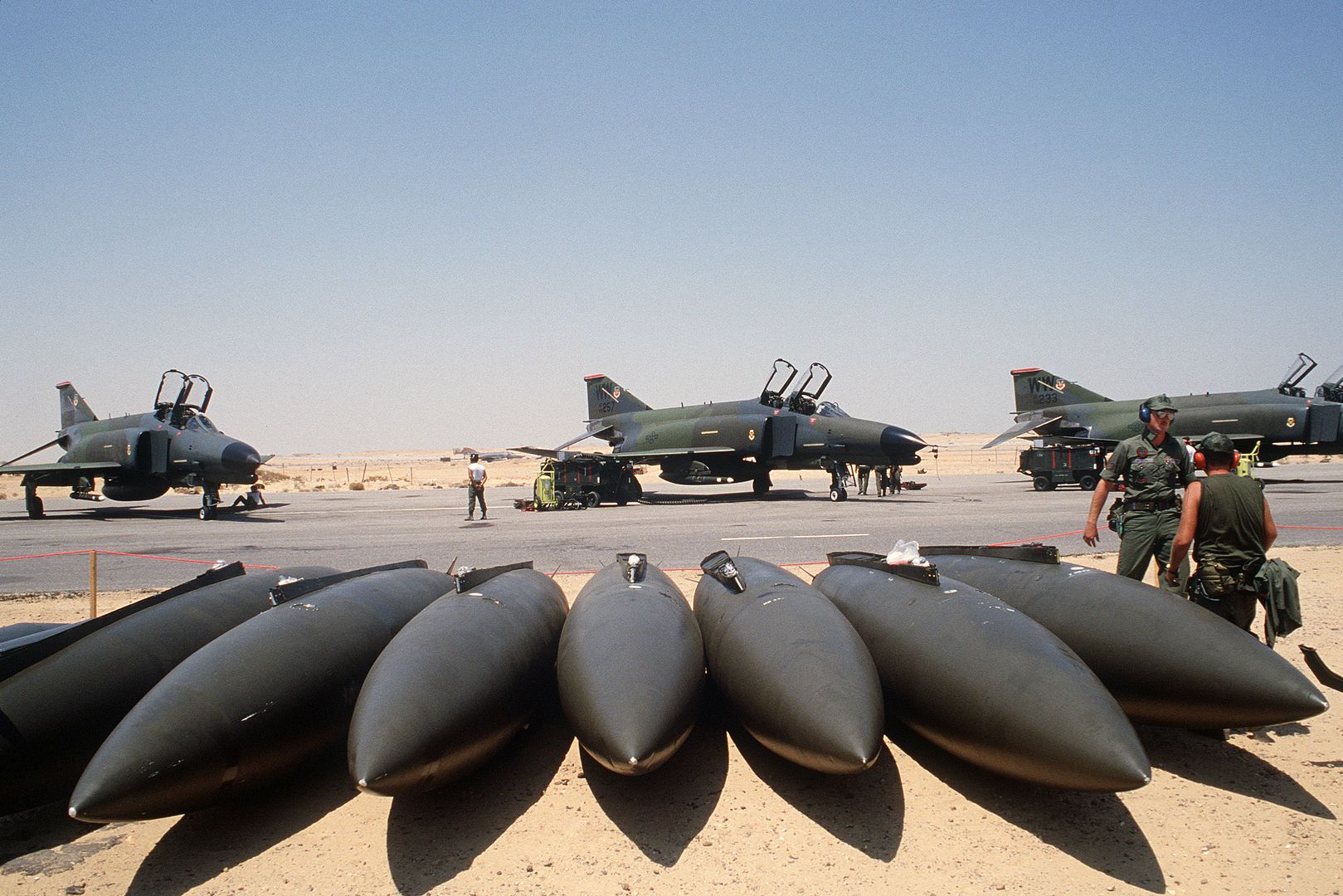
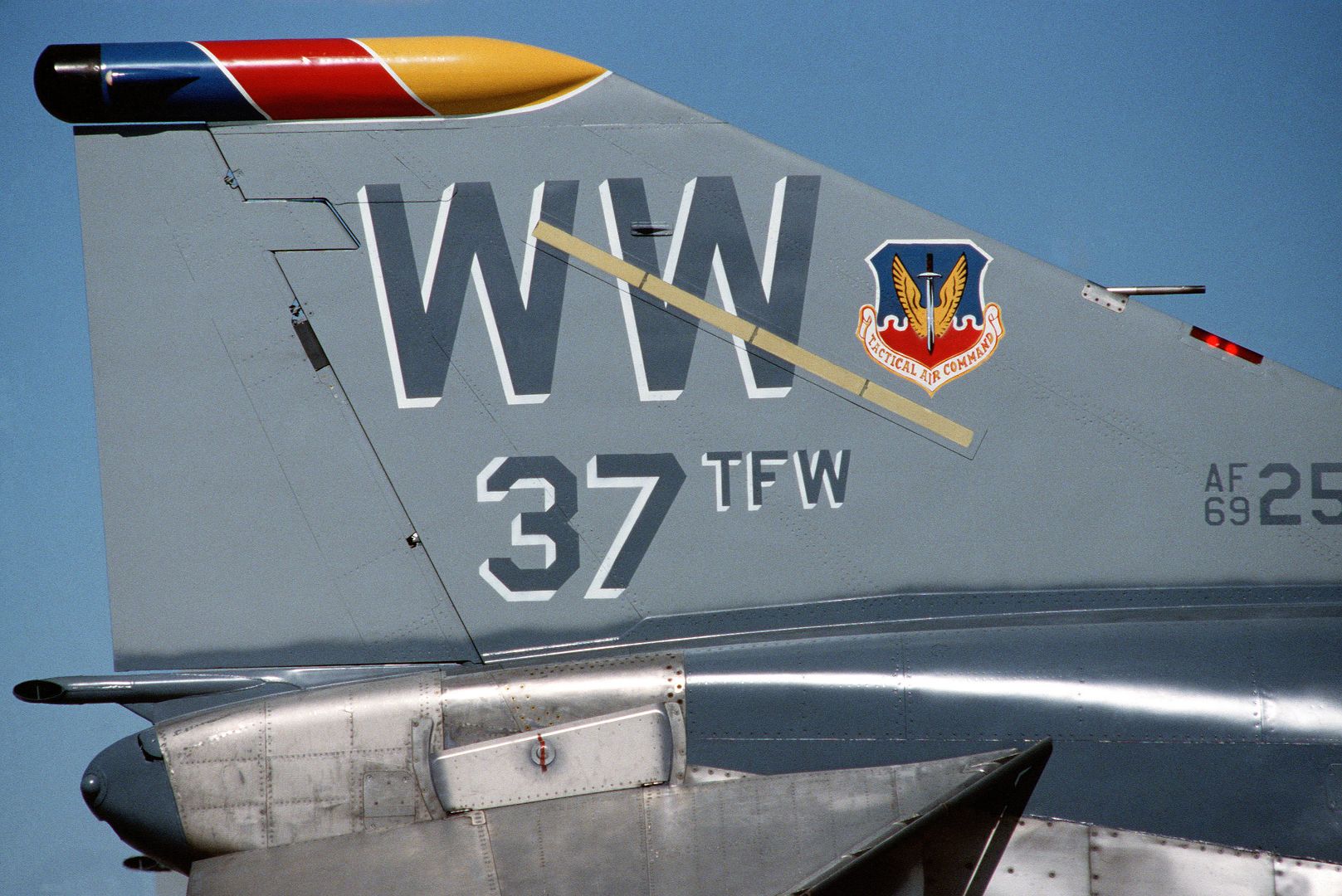
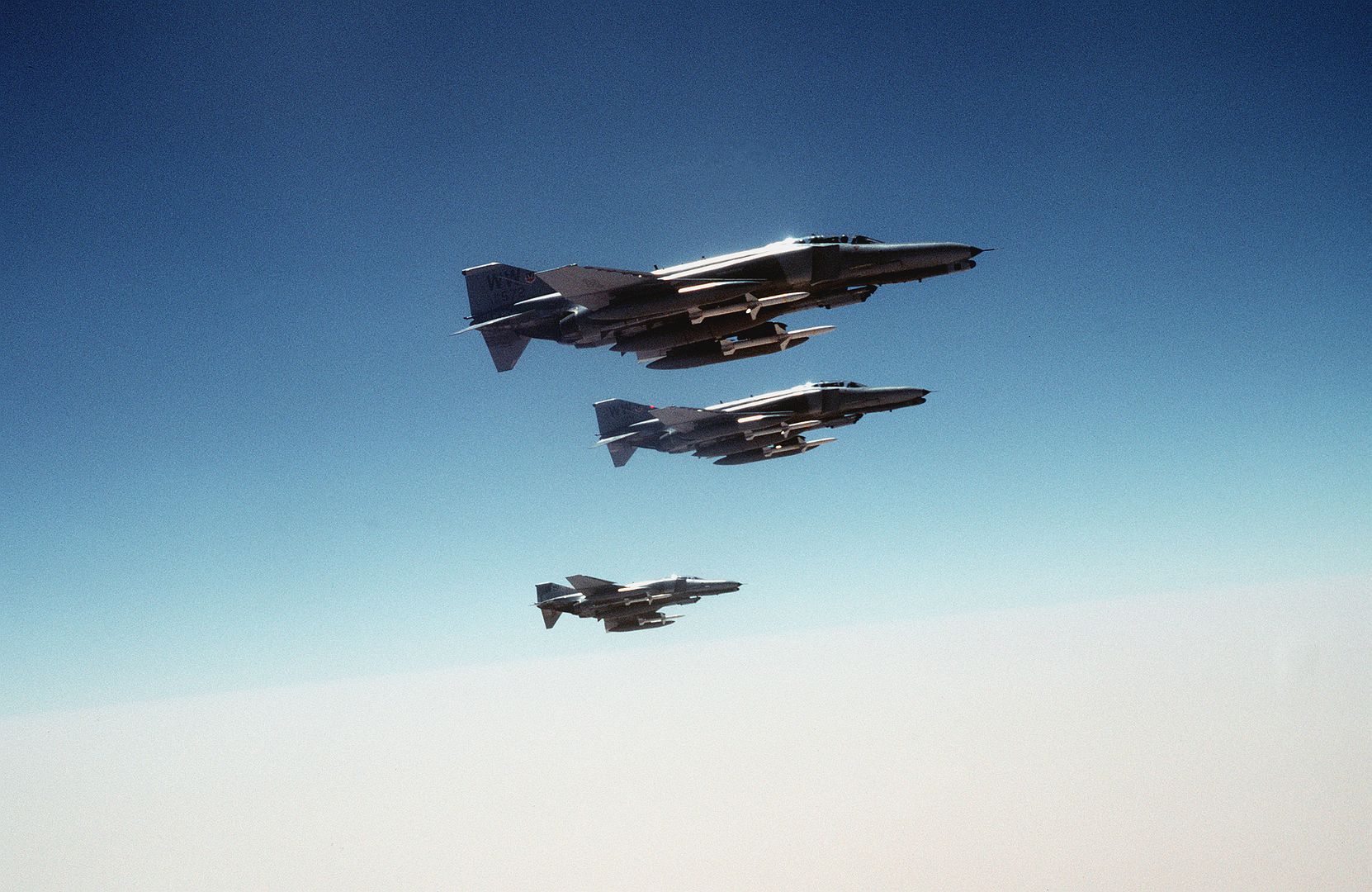


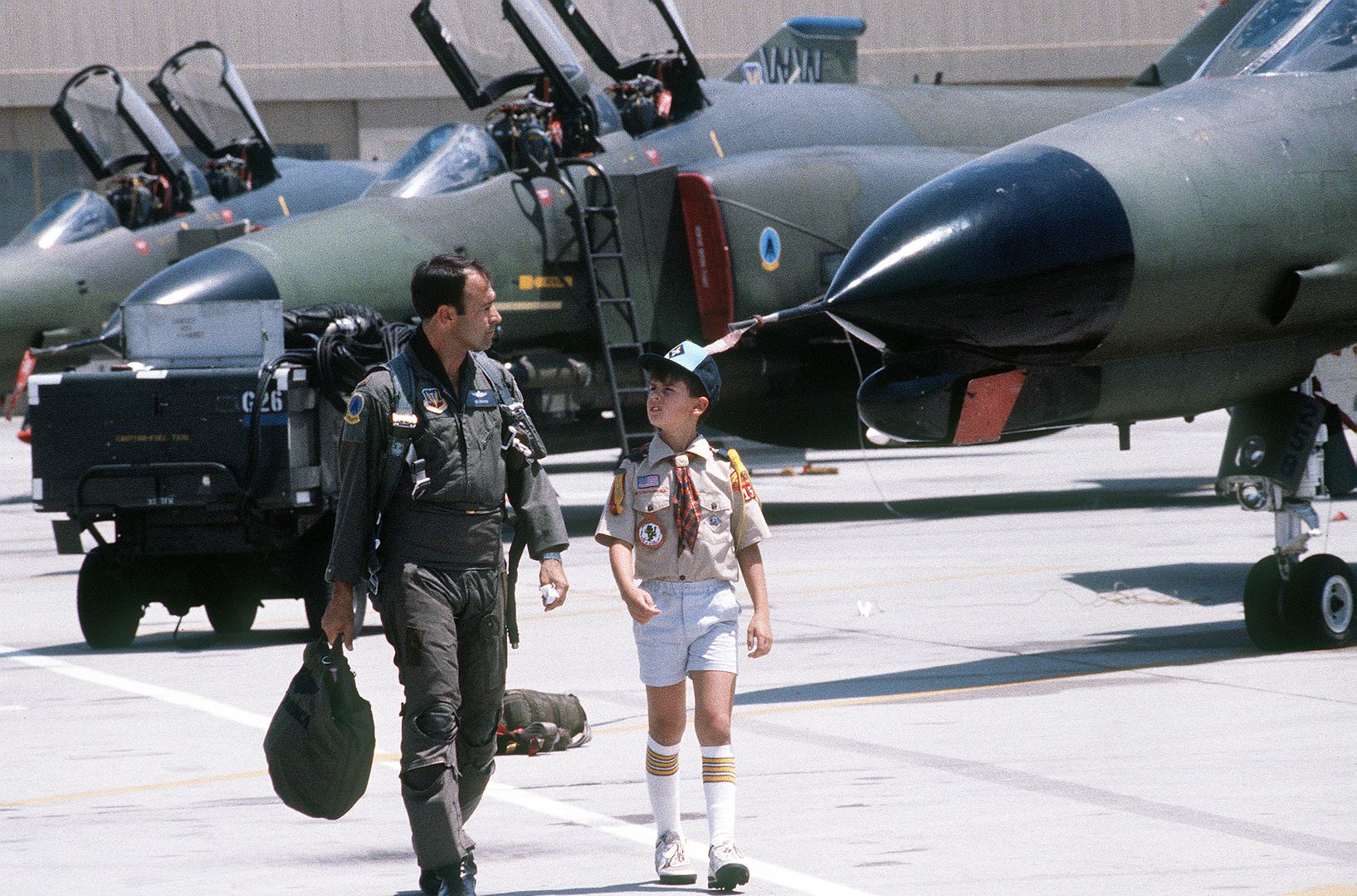
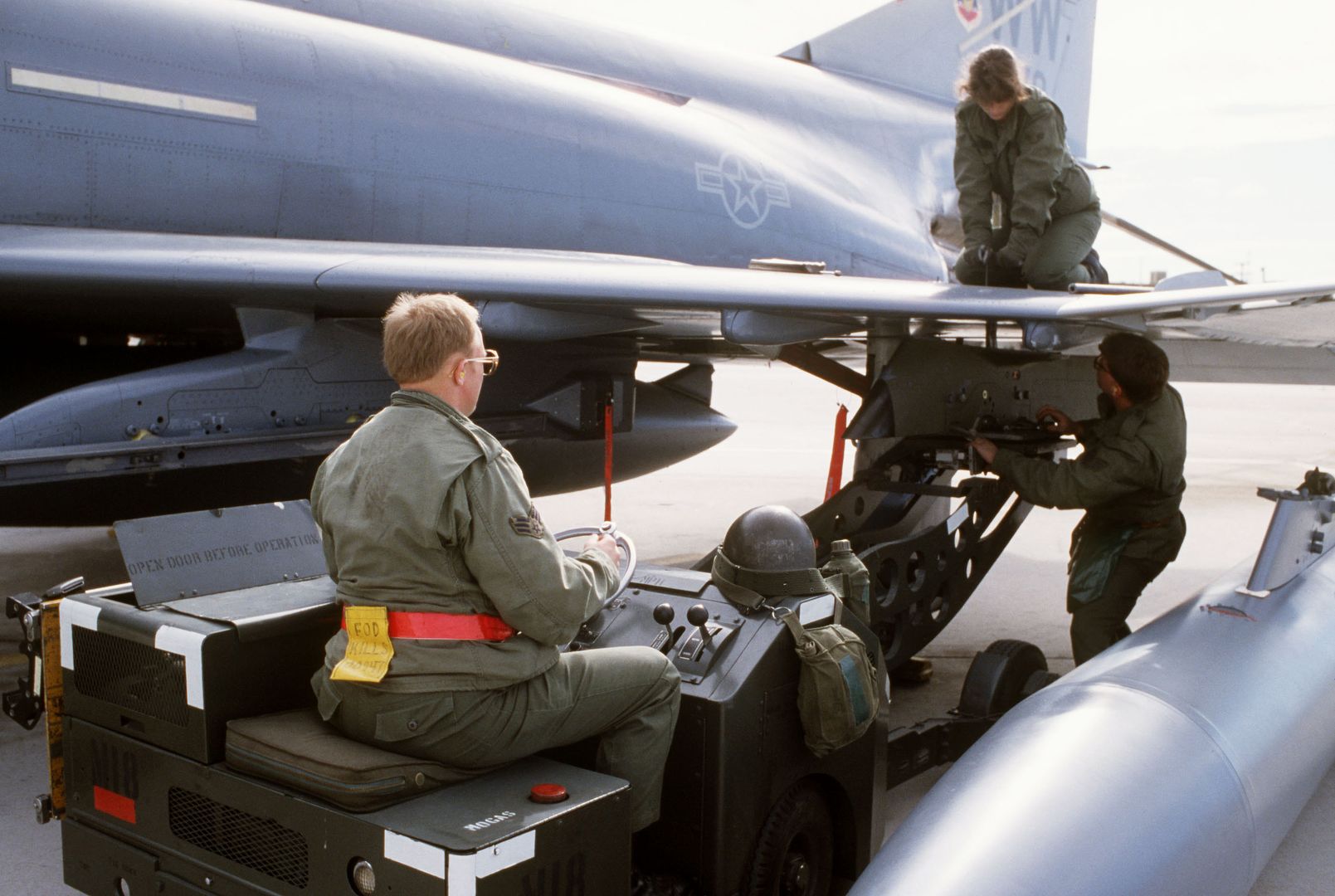
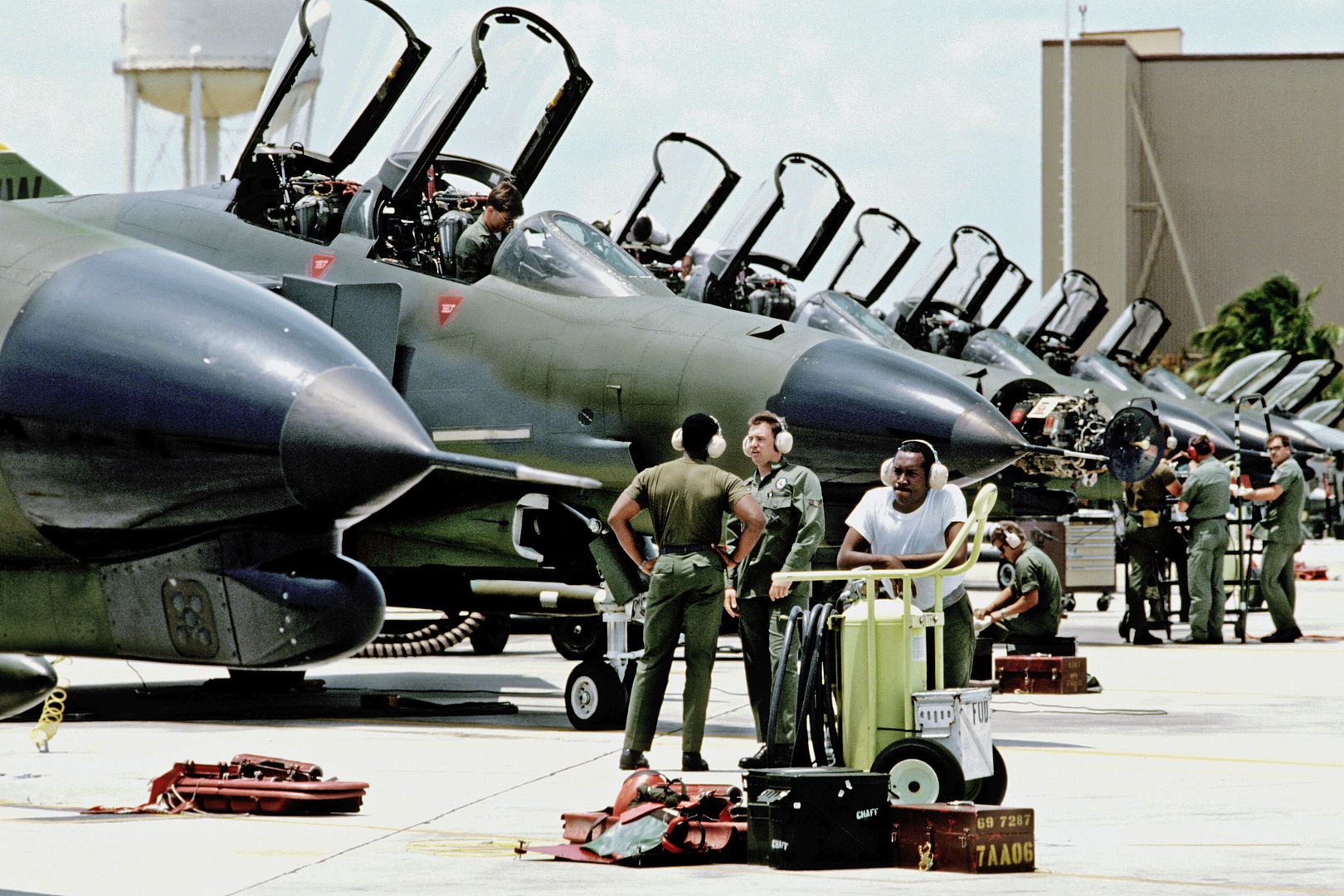
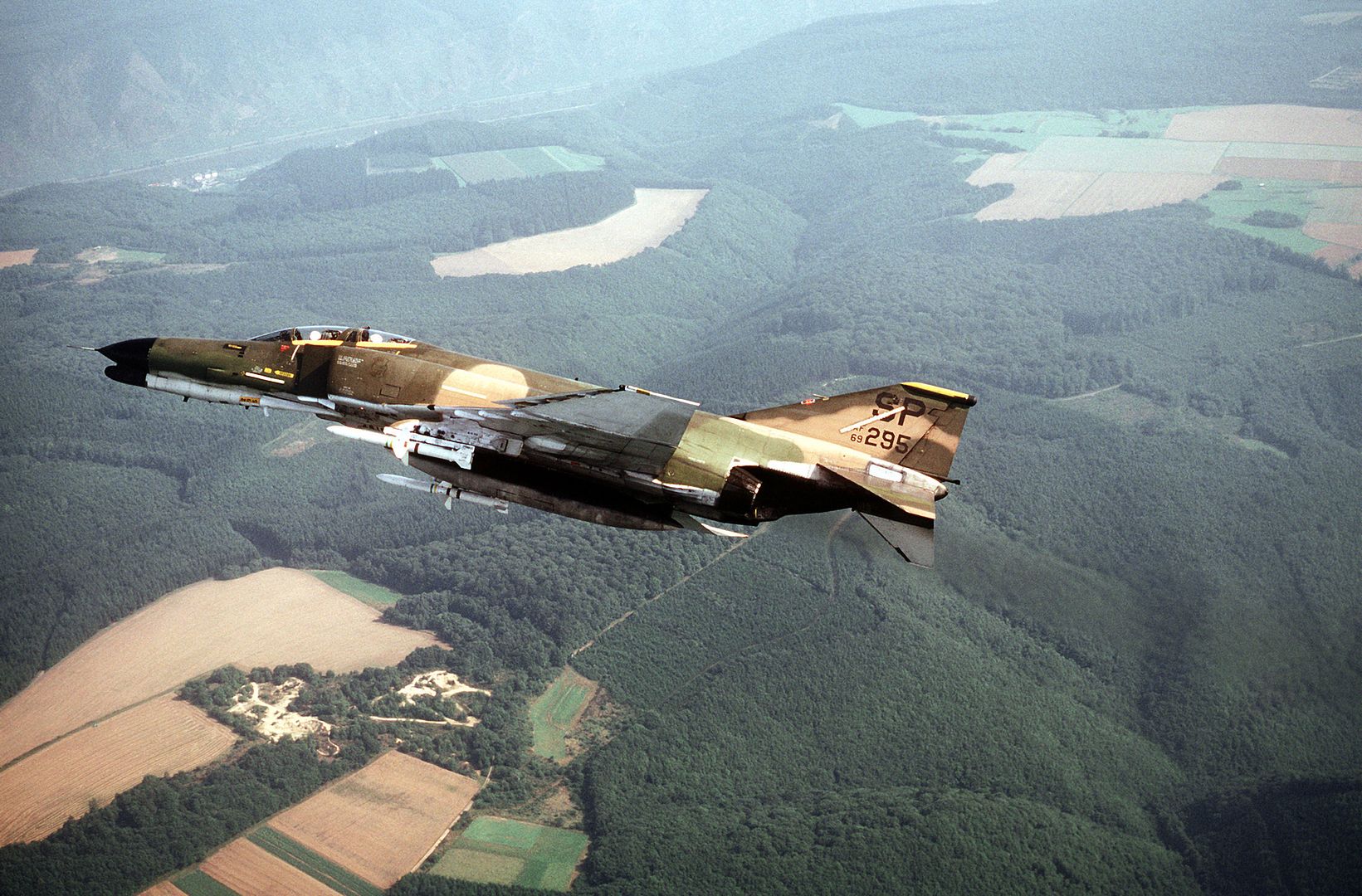
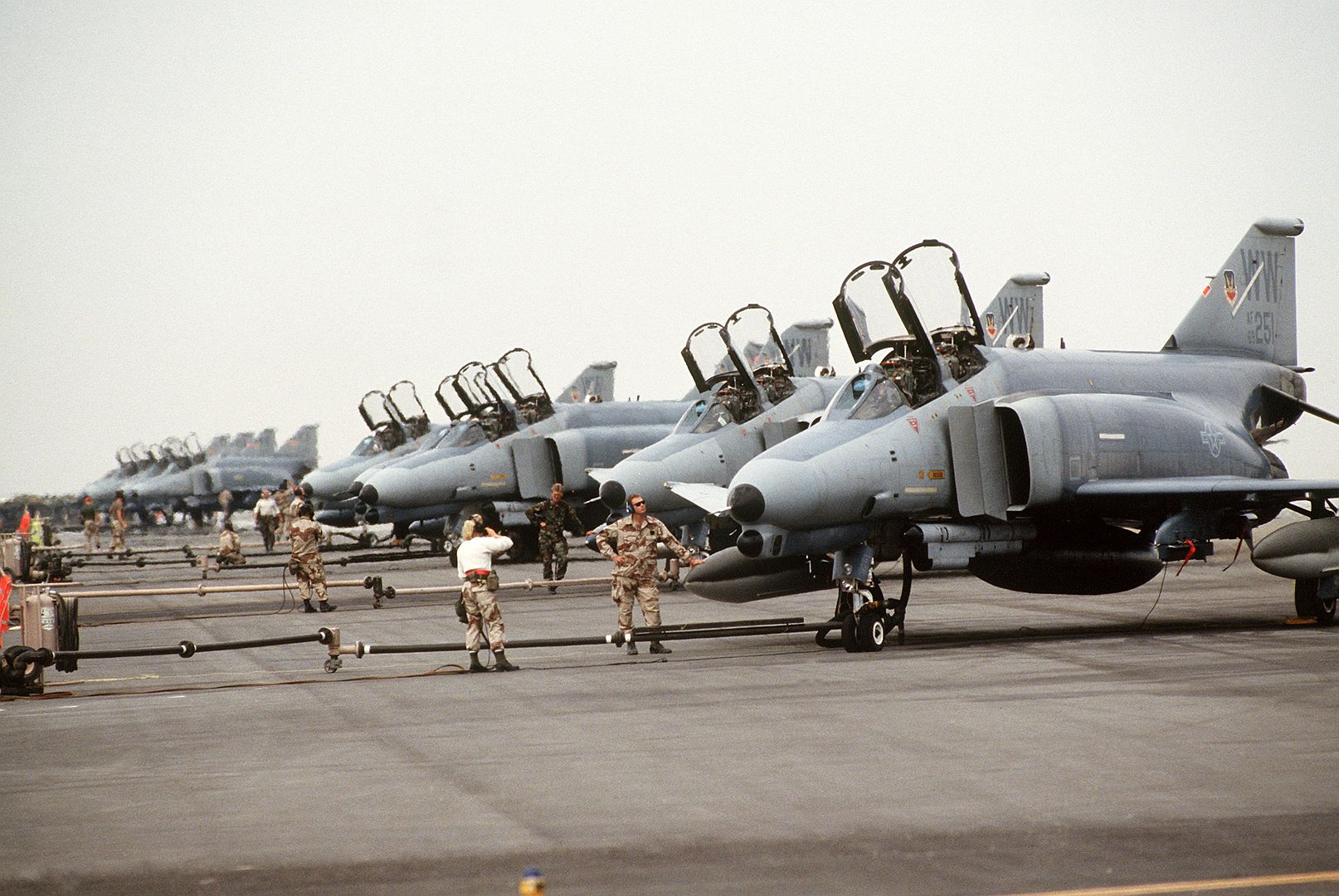

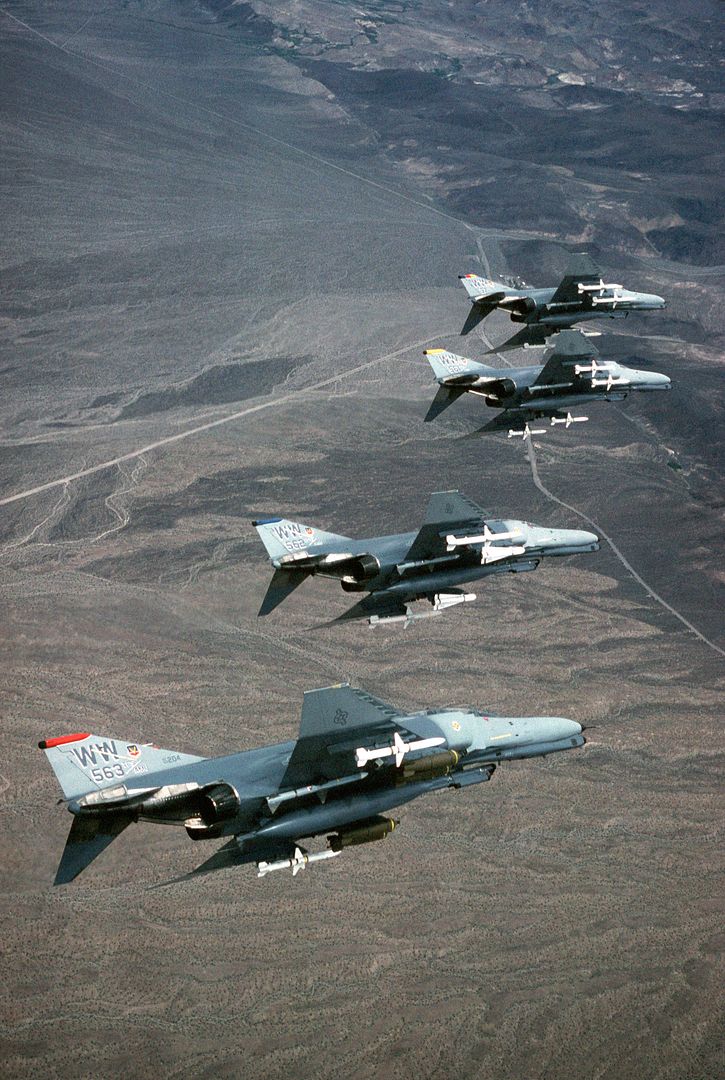
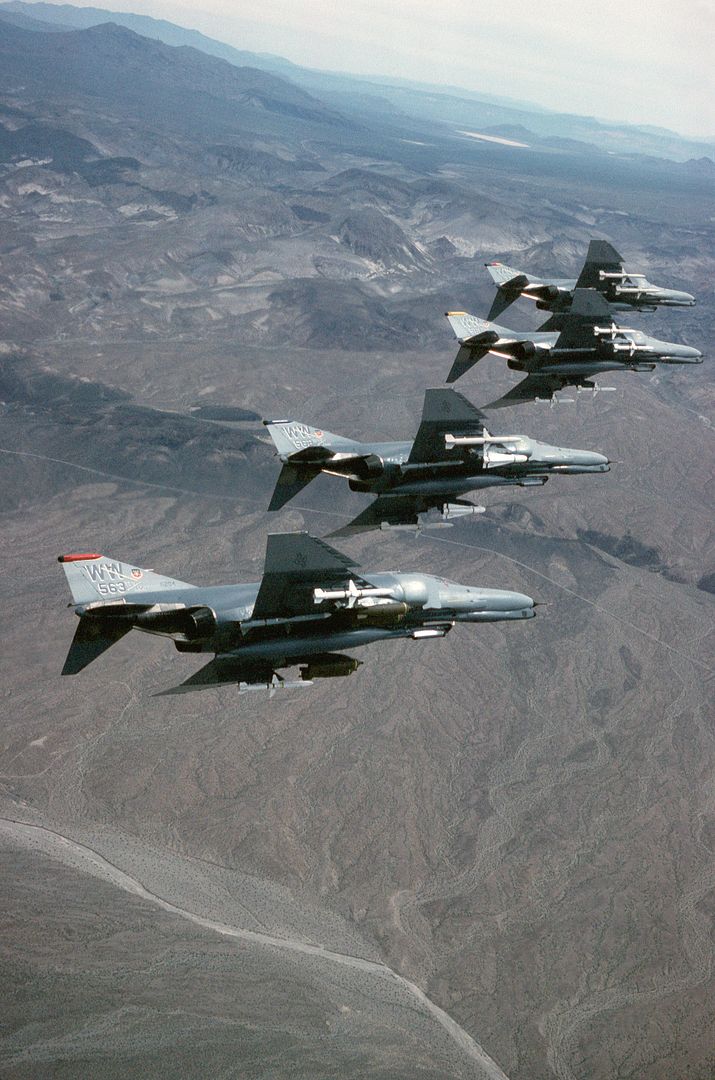
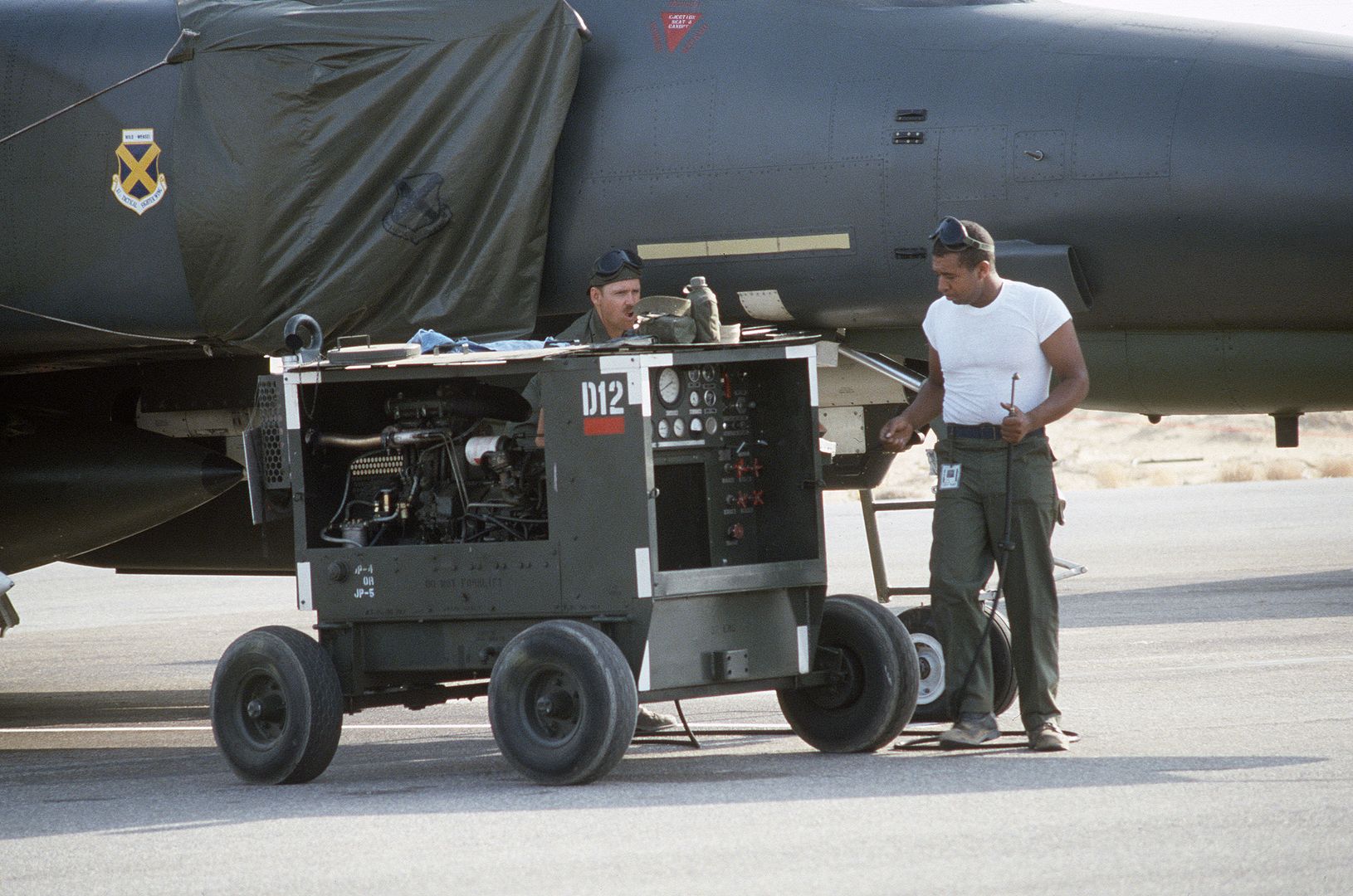
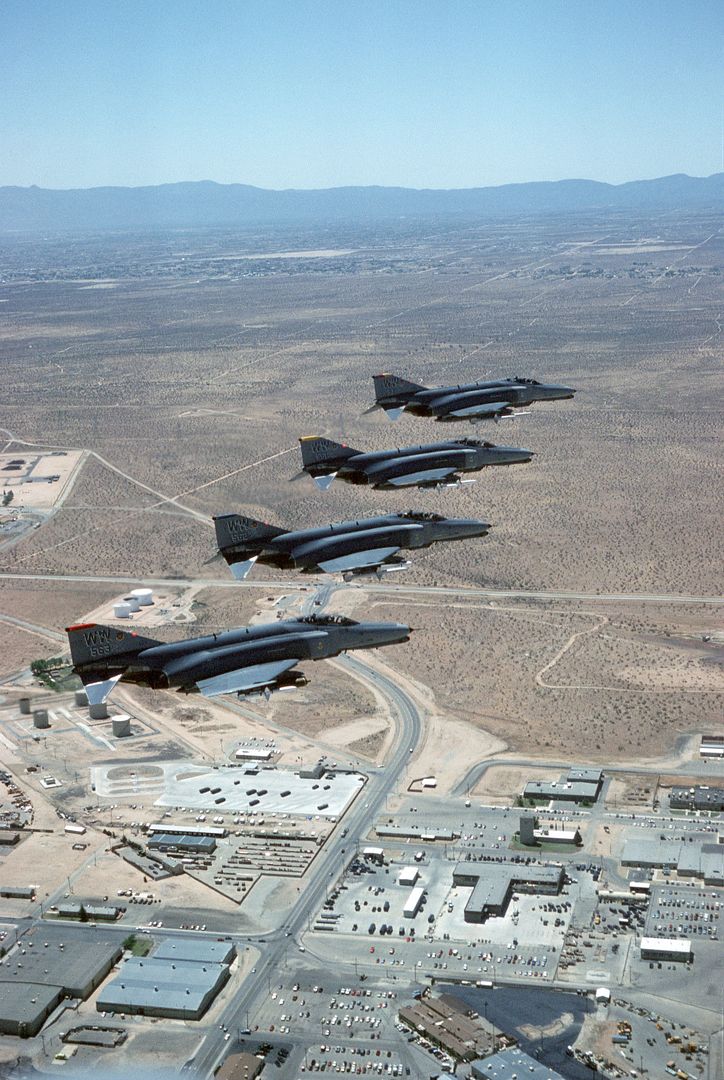
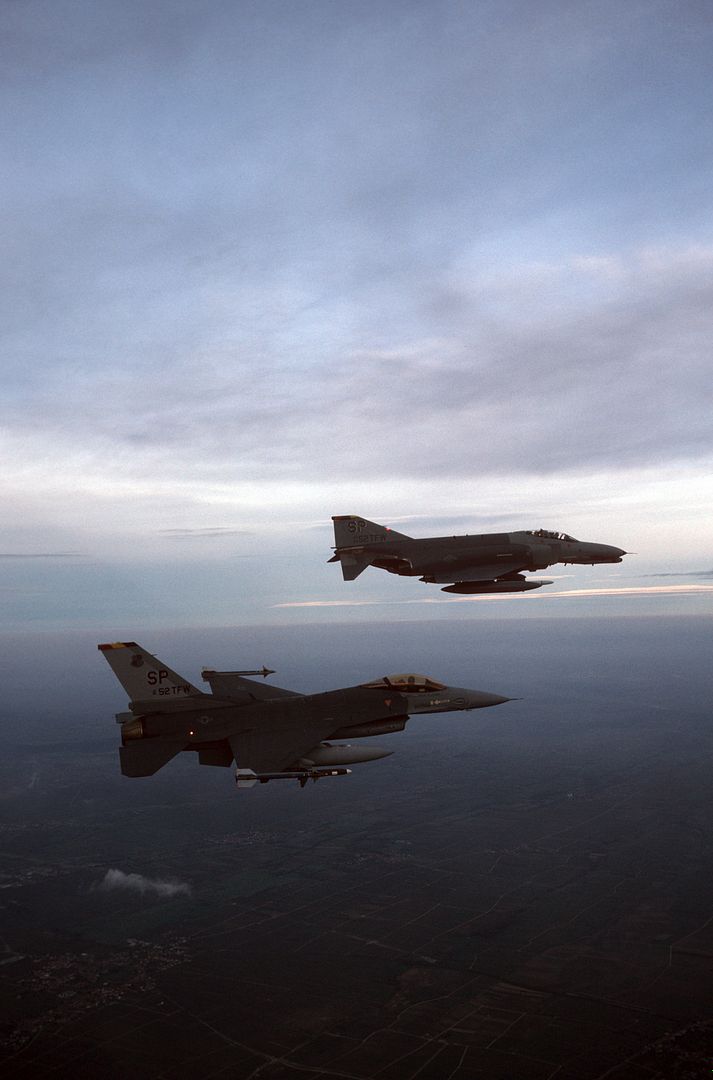
-
 Main Admin
Main Admin -
 Main Admin
Main Admin
Post a reply
- Go to Previous topic
- Go to Next topic
- Go to Welcome
- Go to Introduce Yourself
- Go to General Discussion
- Go to Screenshots, Images and Videos
- Go to Off topic
- Go to Works in Progress
- Go to Skinning Tips / Tutorials
- Go to Skin Requests
- Go to IJAAF Library
- Go to Luftwaffe Library
- Go to RAF Library
- Go to USAAF / USN Library
- Go to Misc Library
- Go to The Ops Room
- Go to Made in Germany
- Go to Campaigns and Missions
- Go to Works in Progress
- Go to Juri's Air-Raid Shelter
- Go to Campaigns and Missions
- Go to Works in Progress
- Go to Skinpacks
- Go to External Projects Discussion
- Go to Books & Resources
